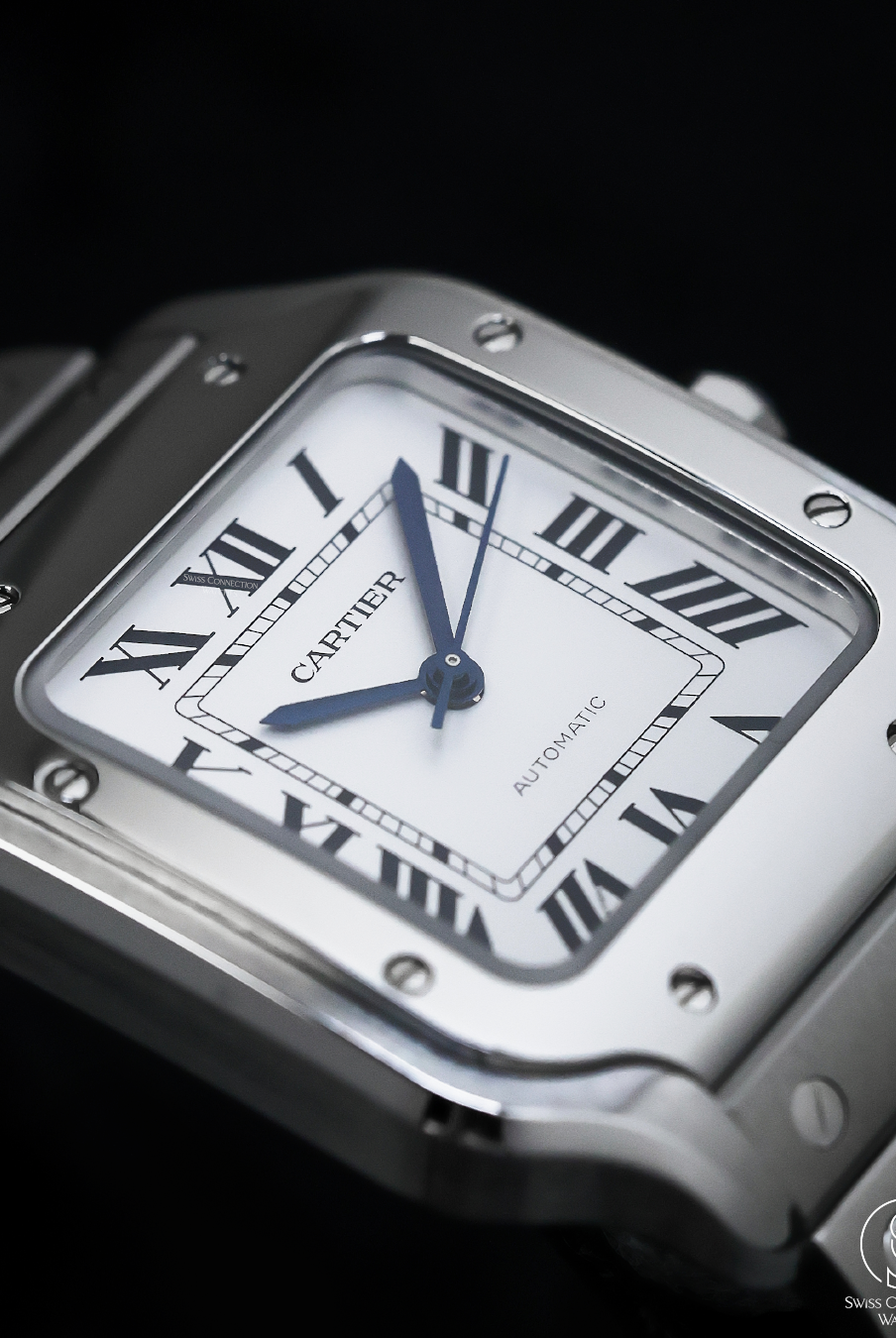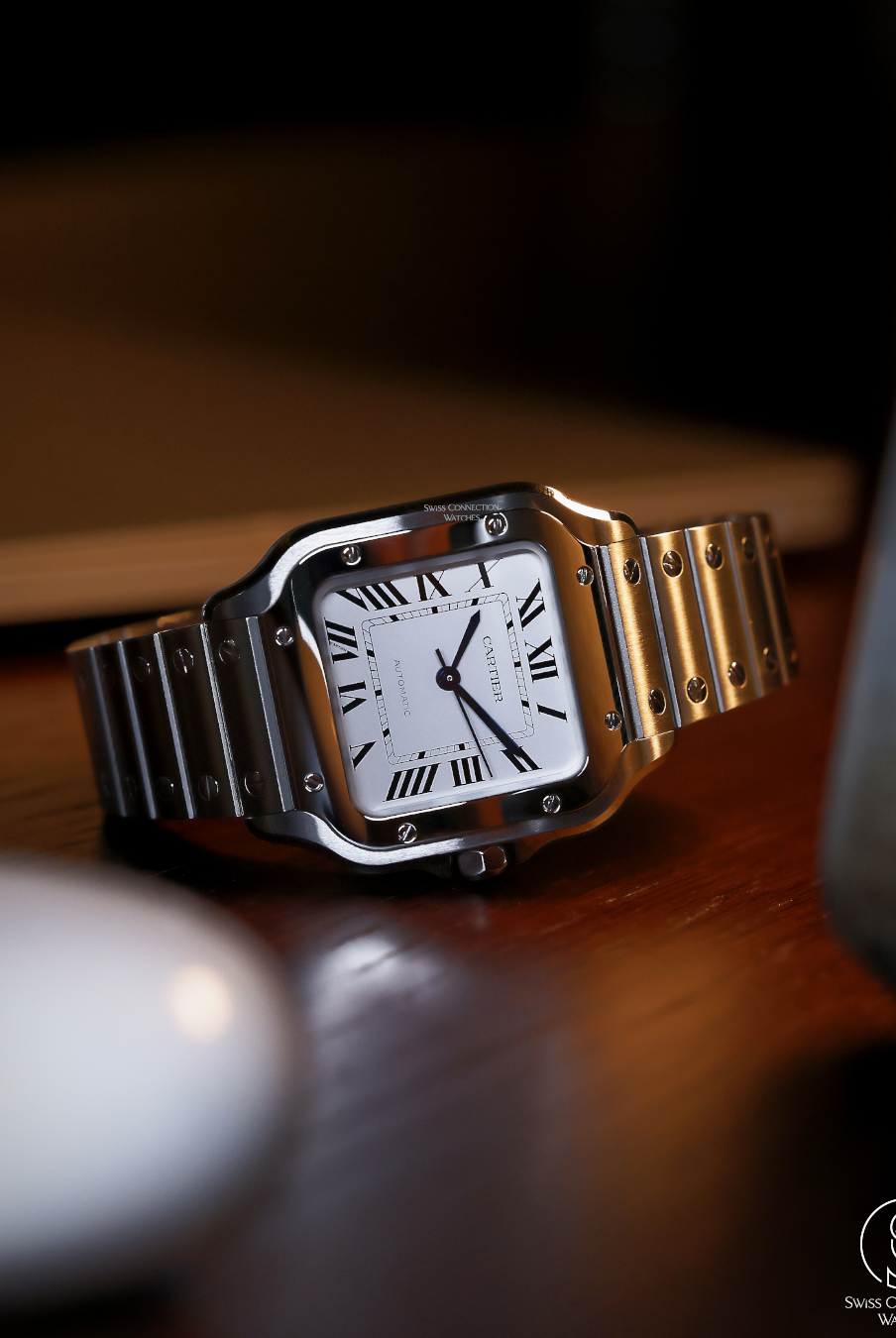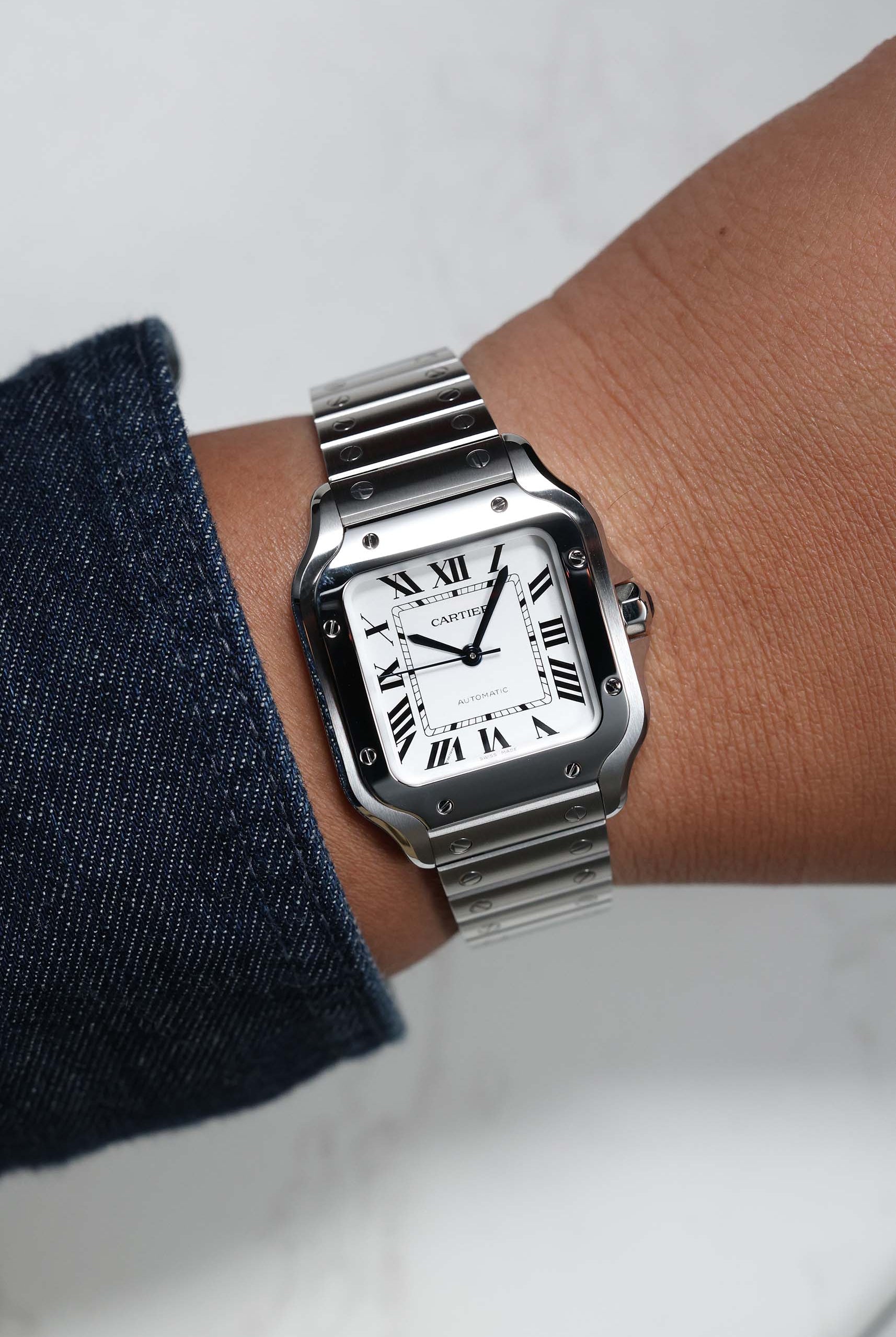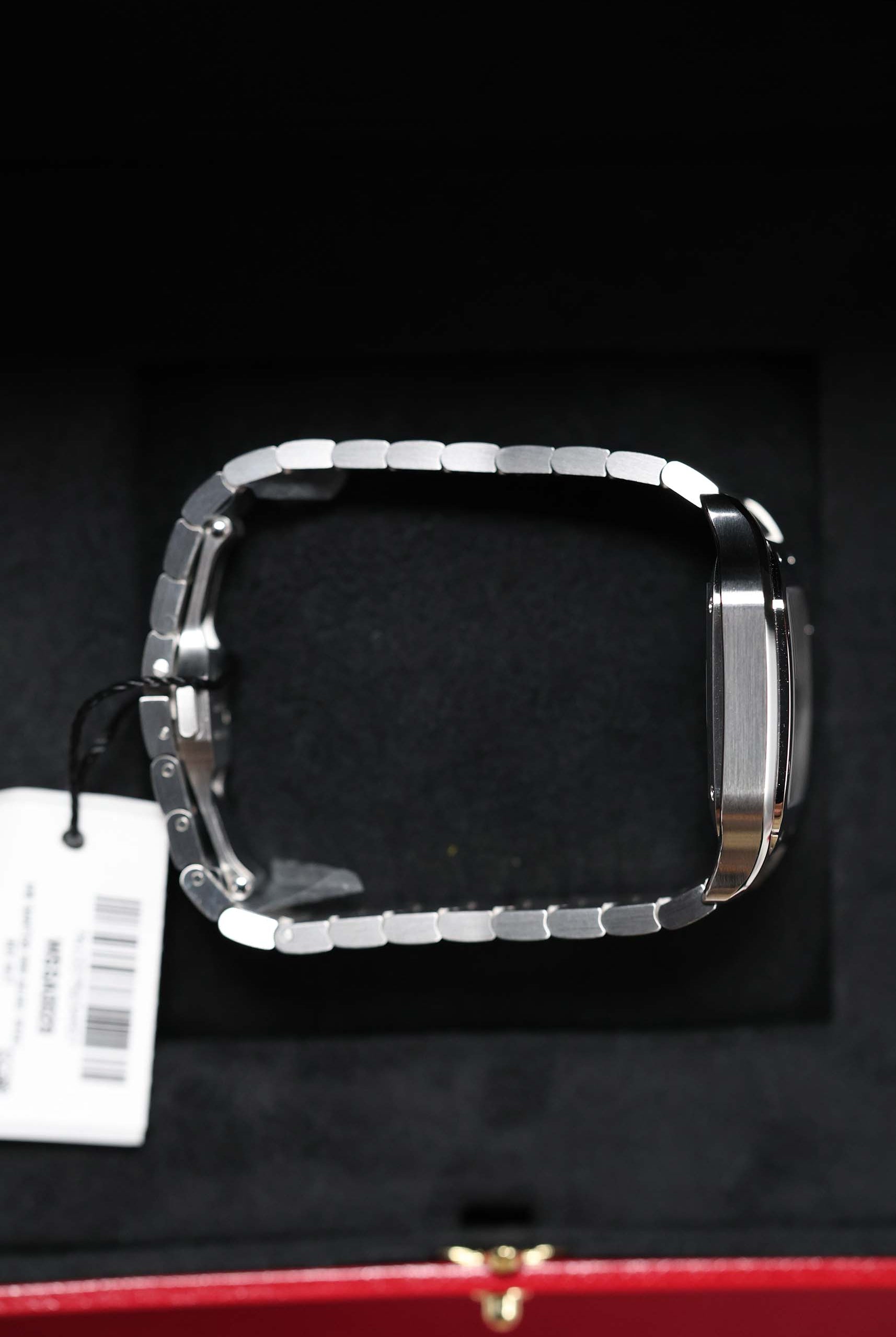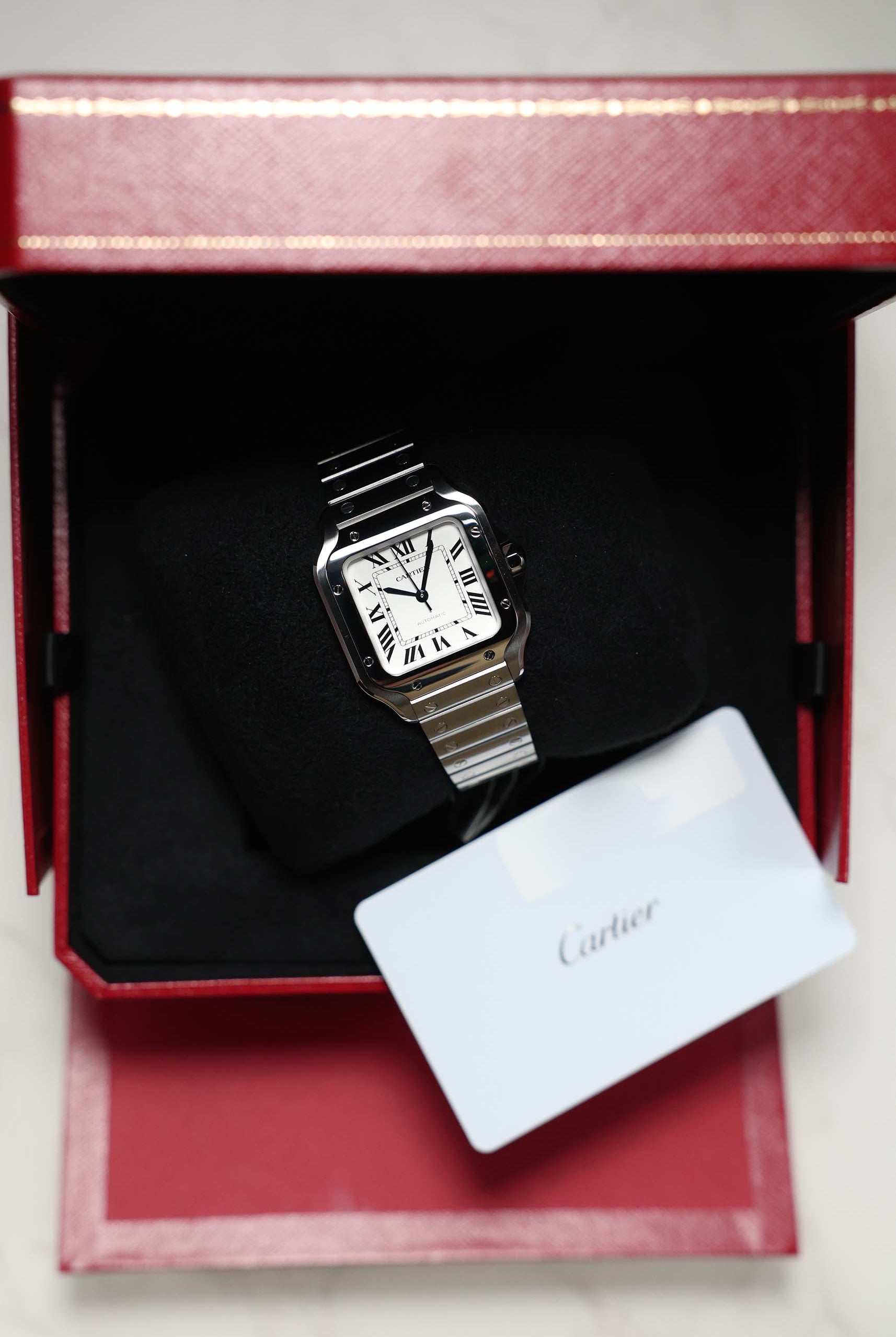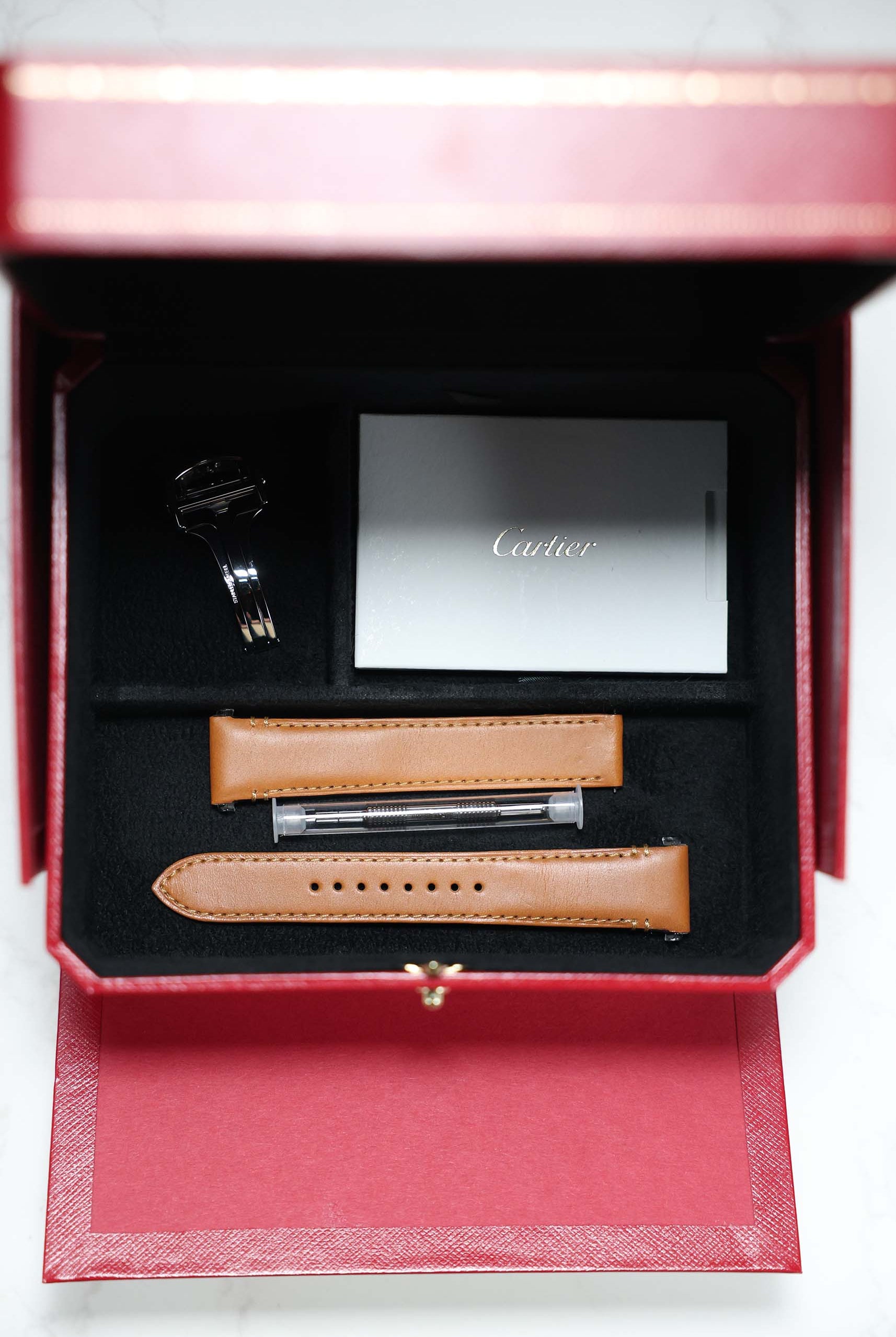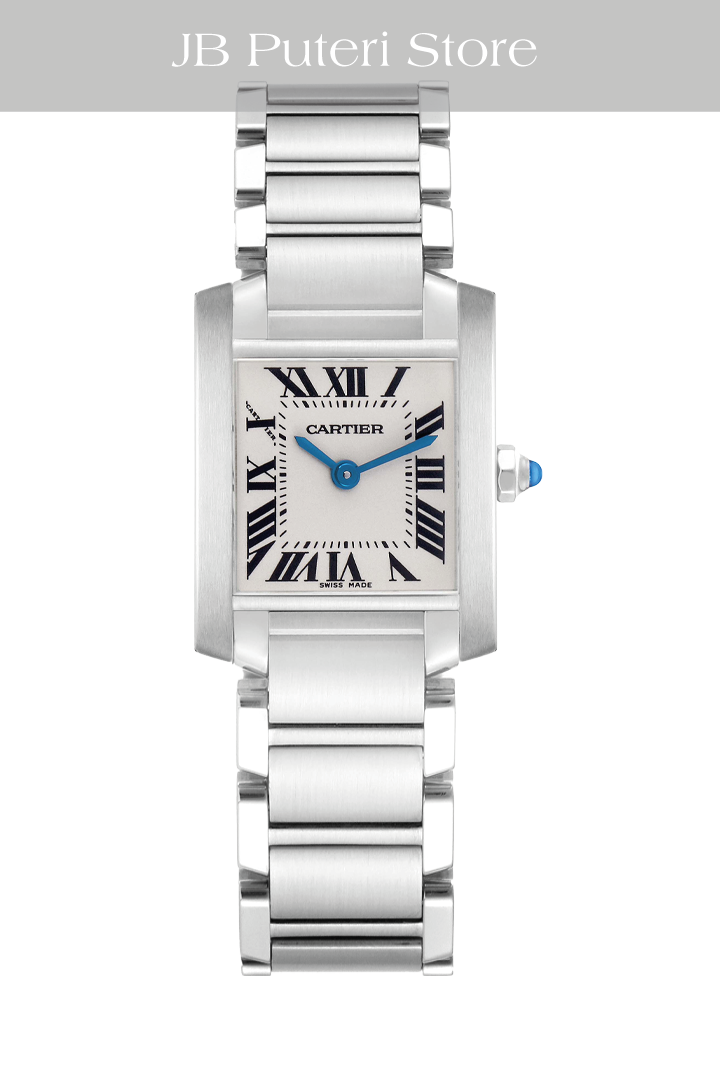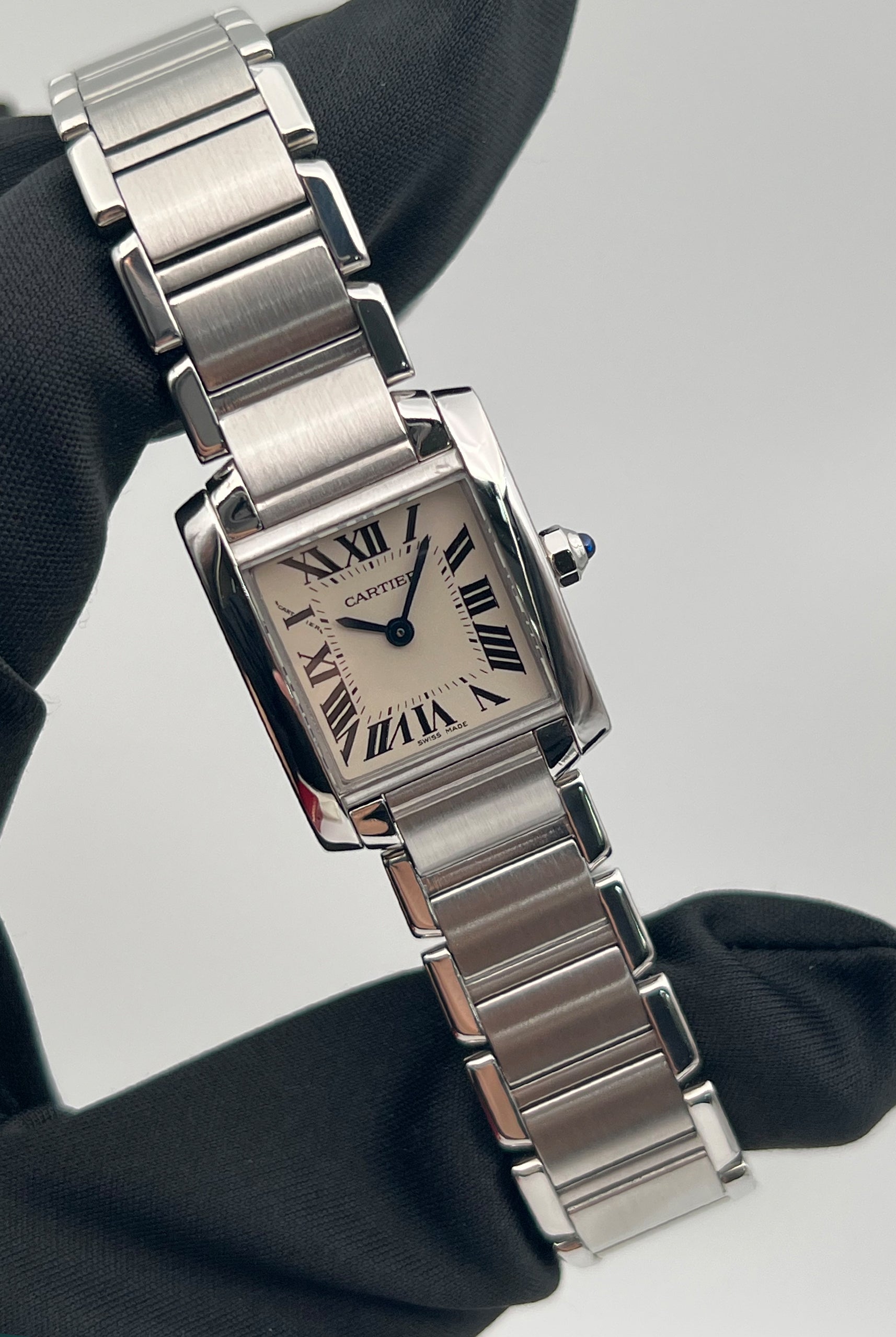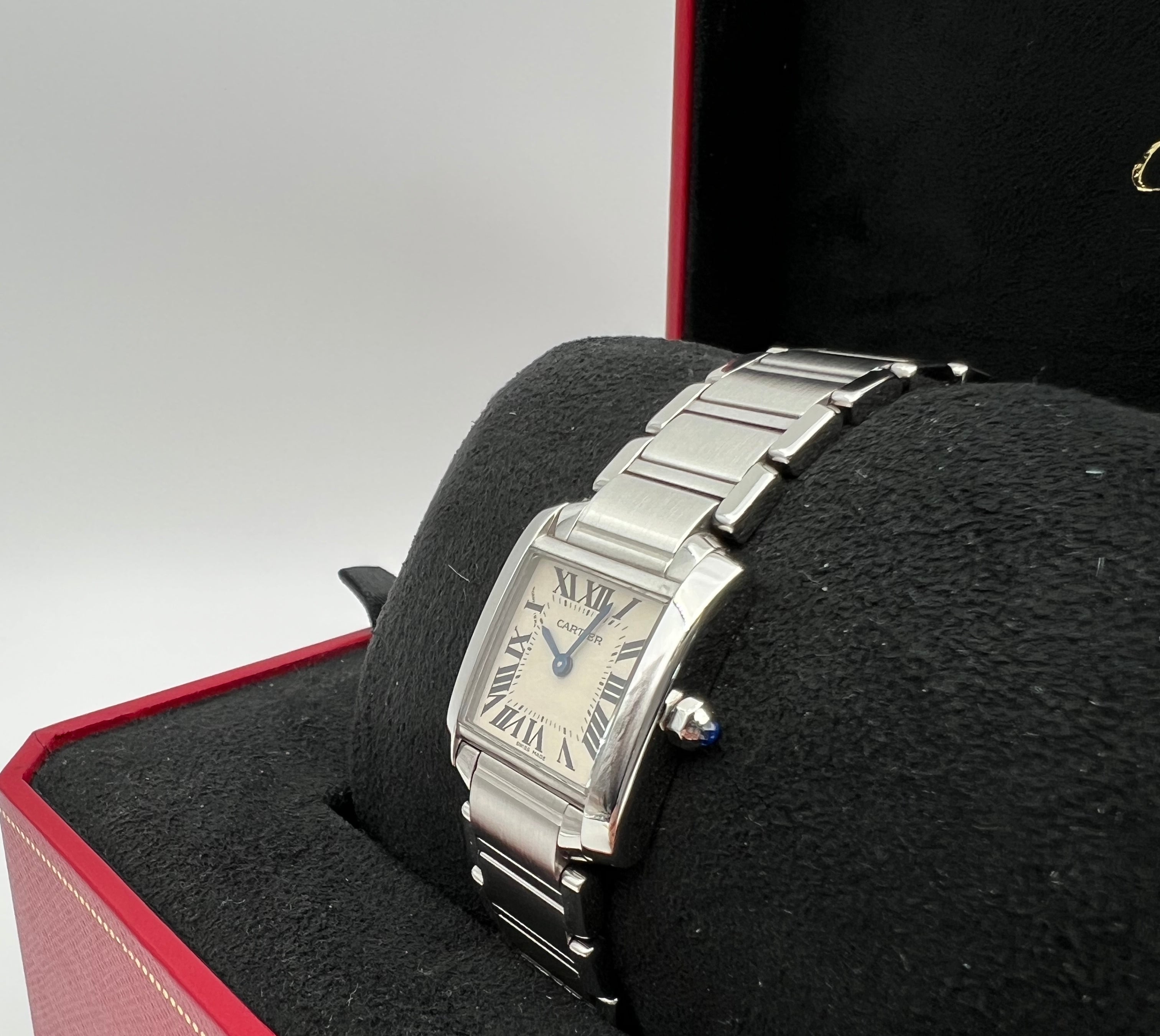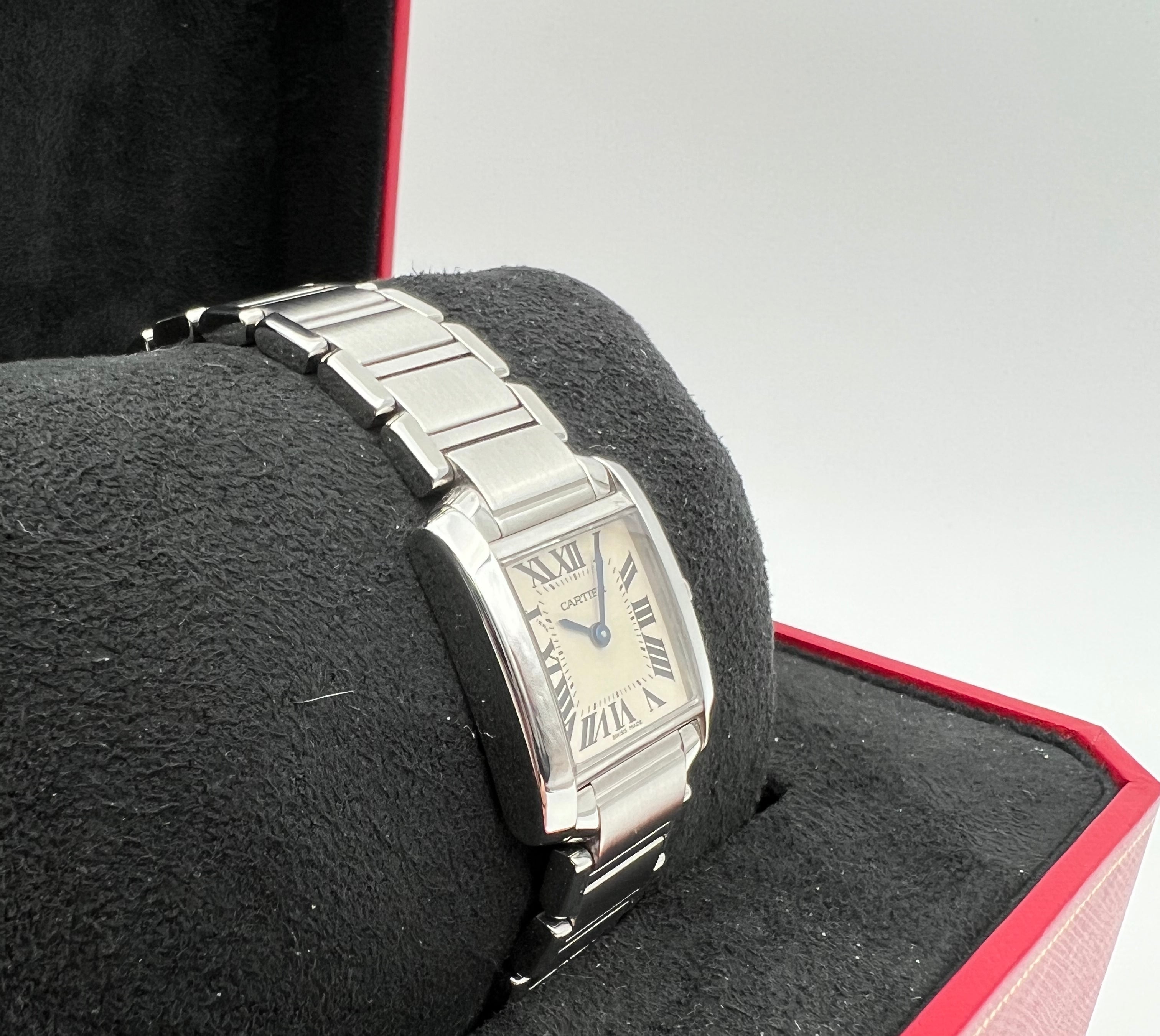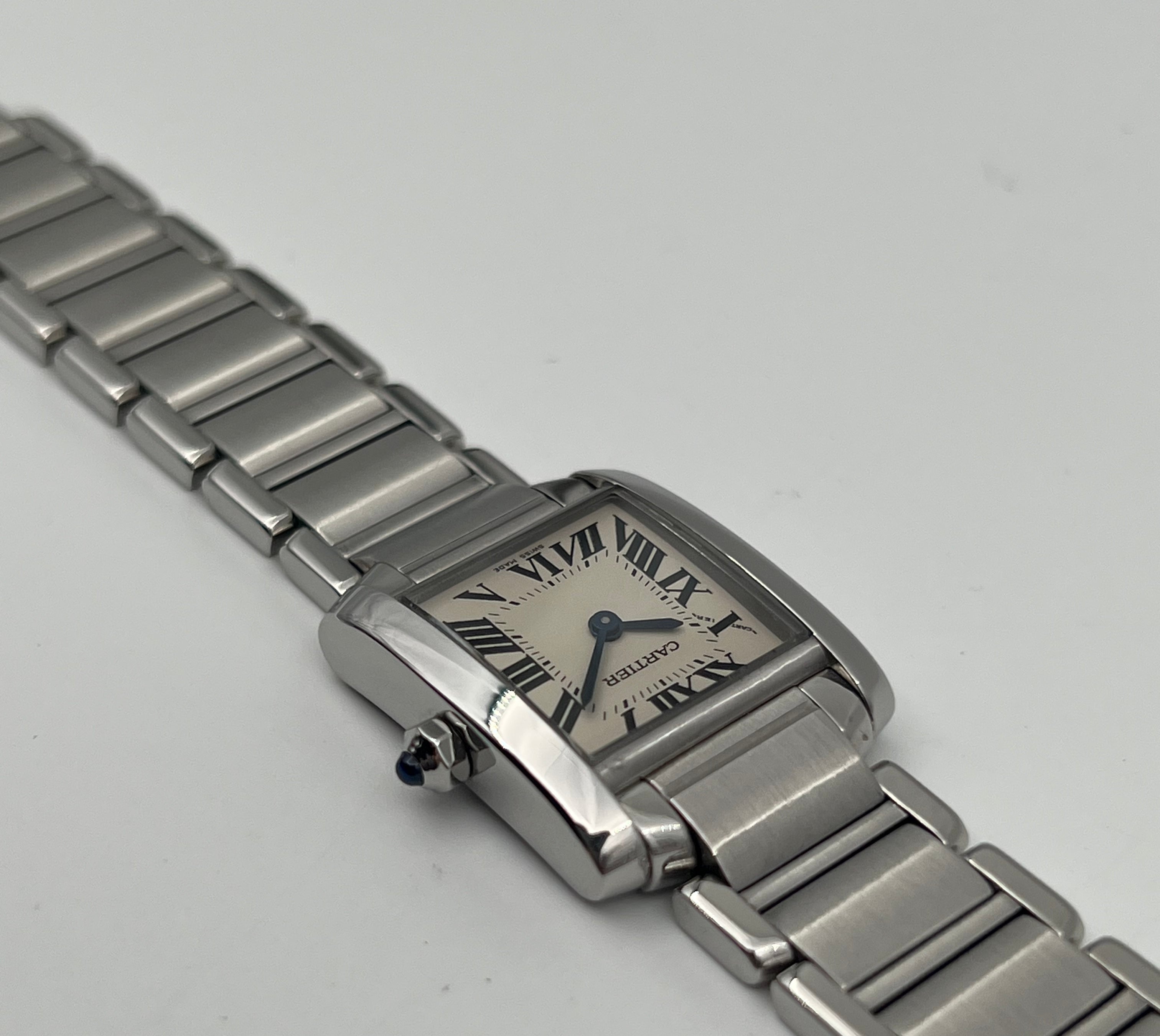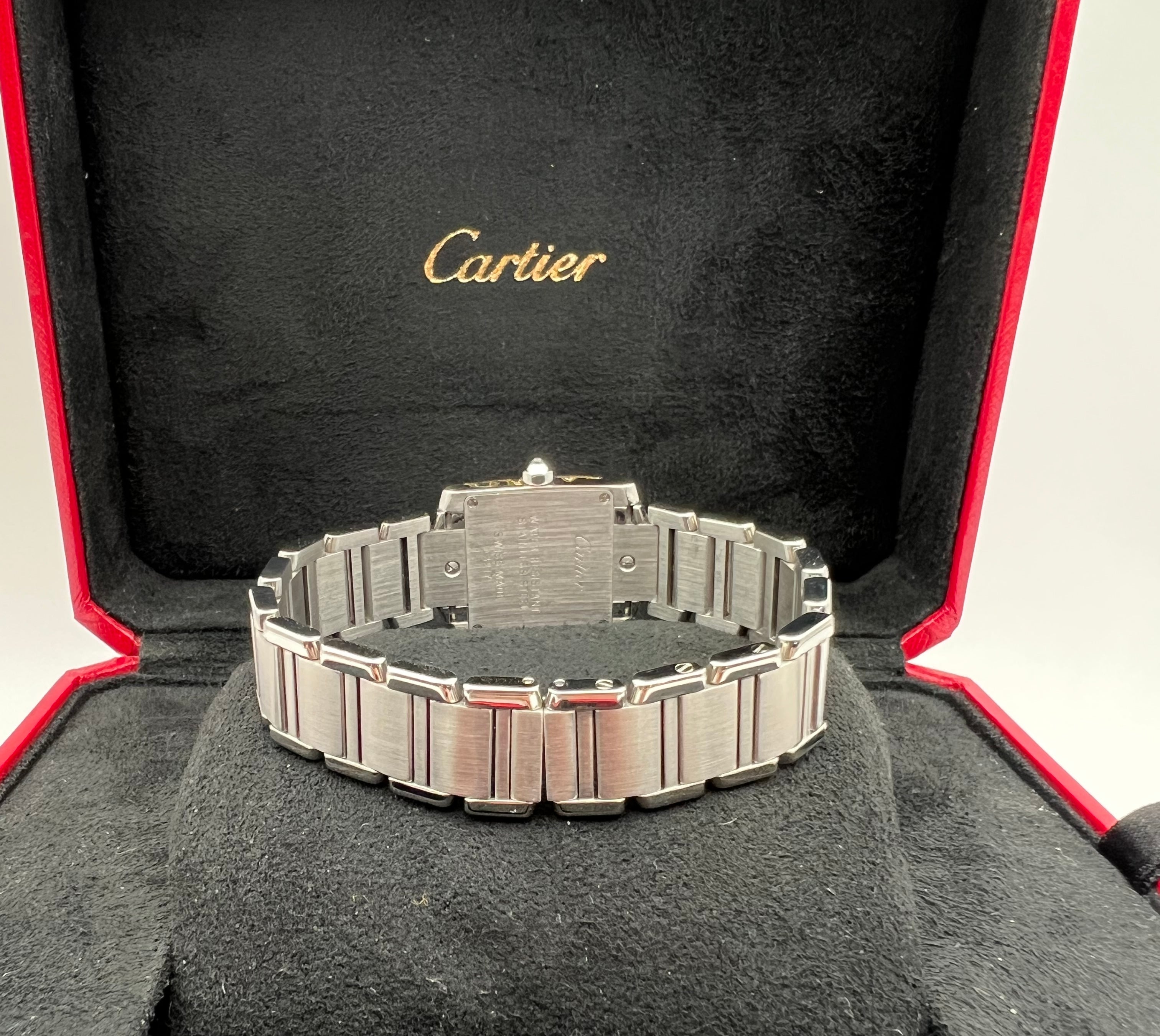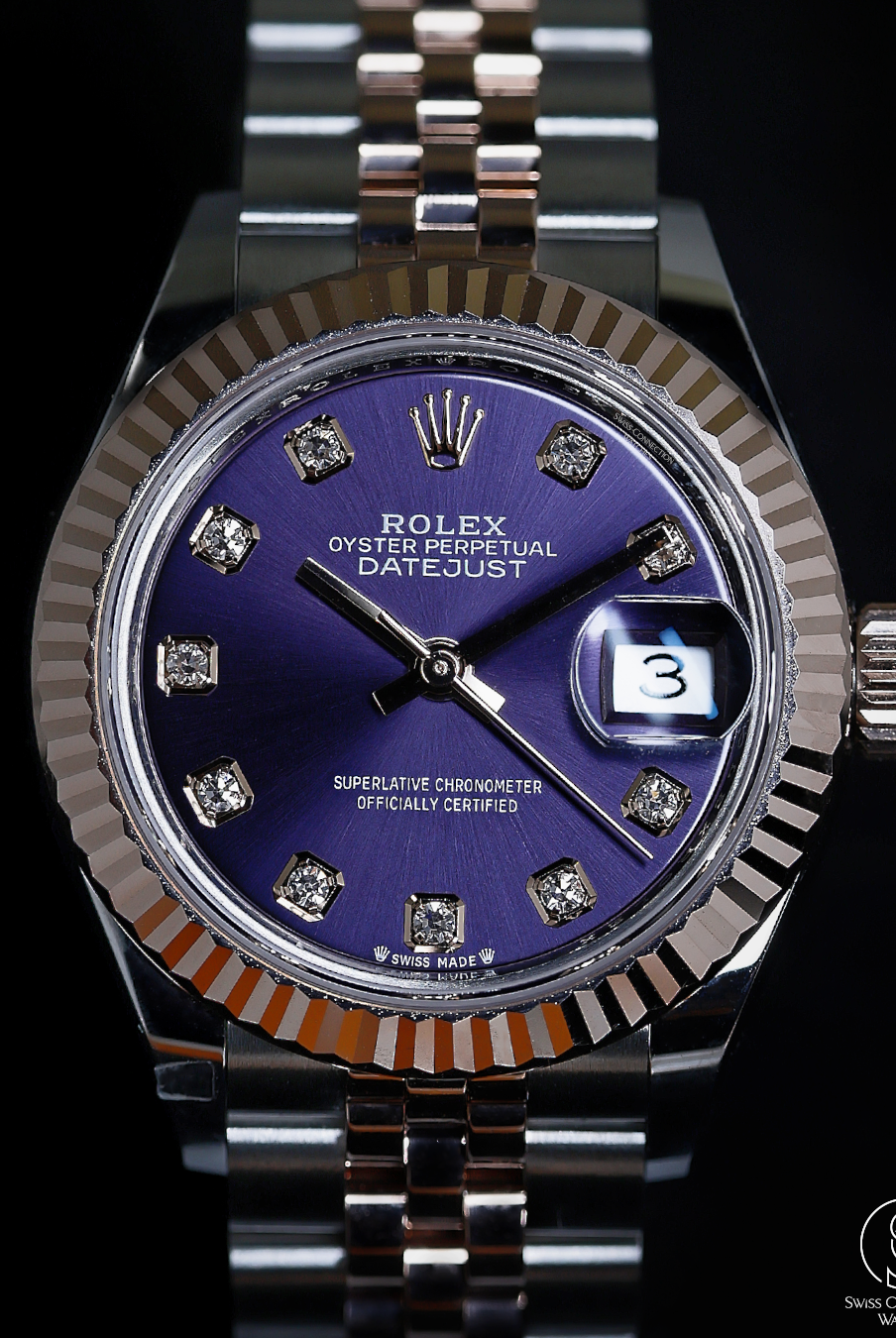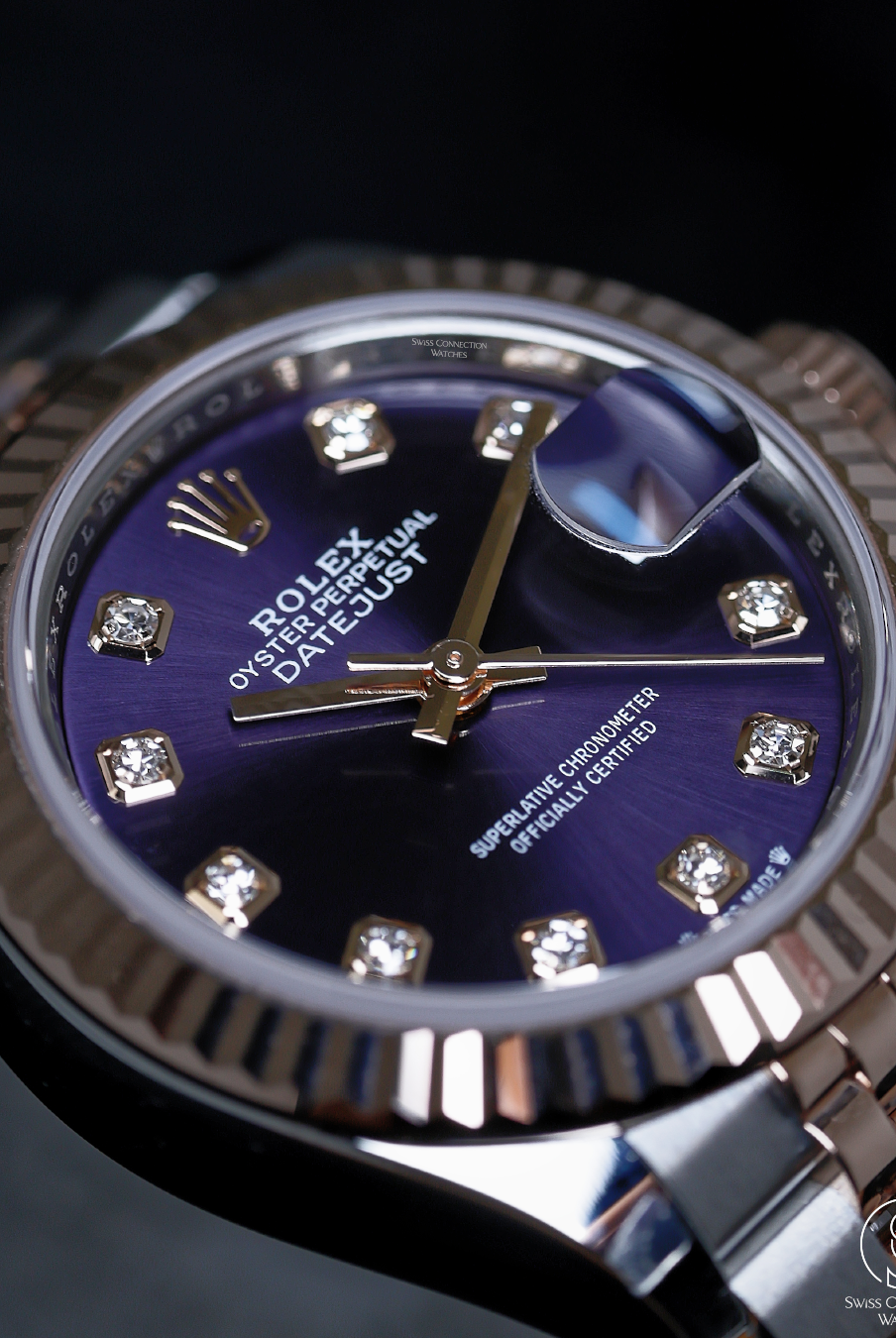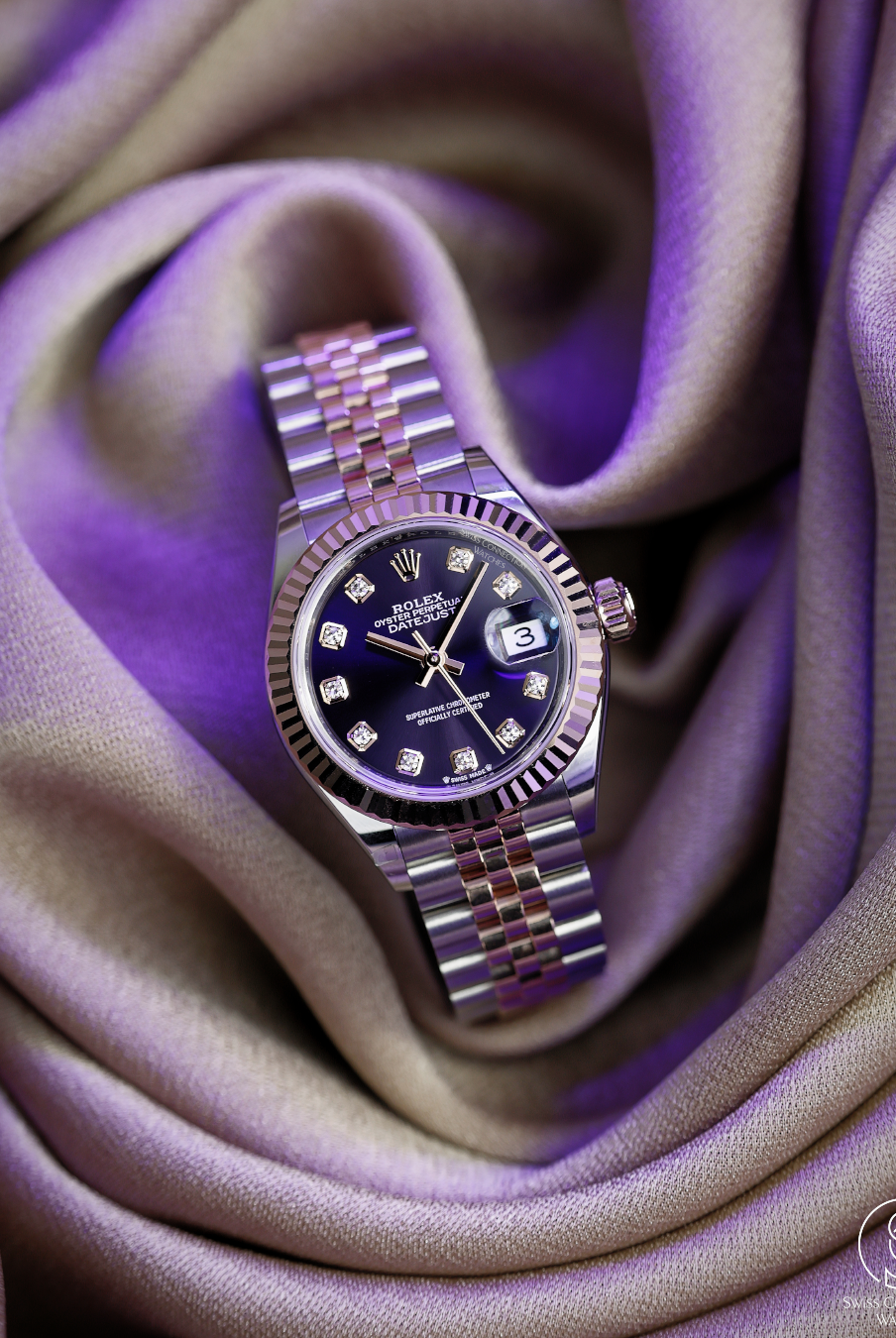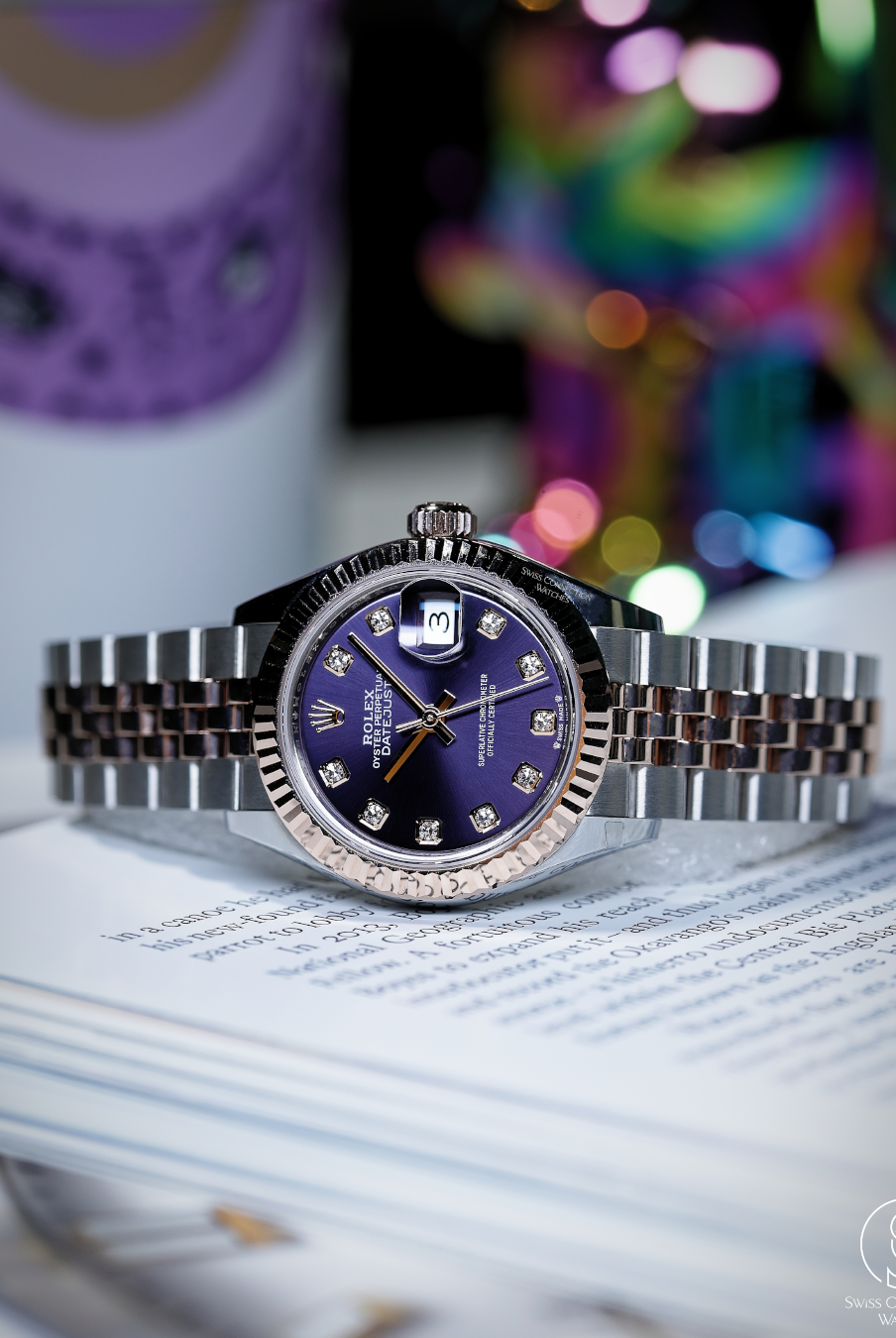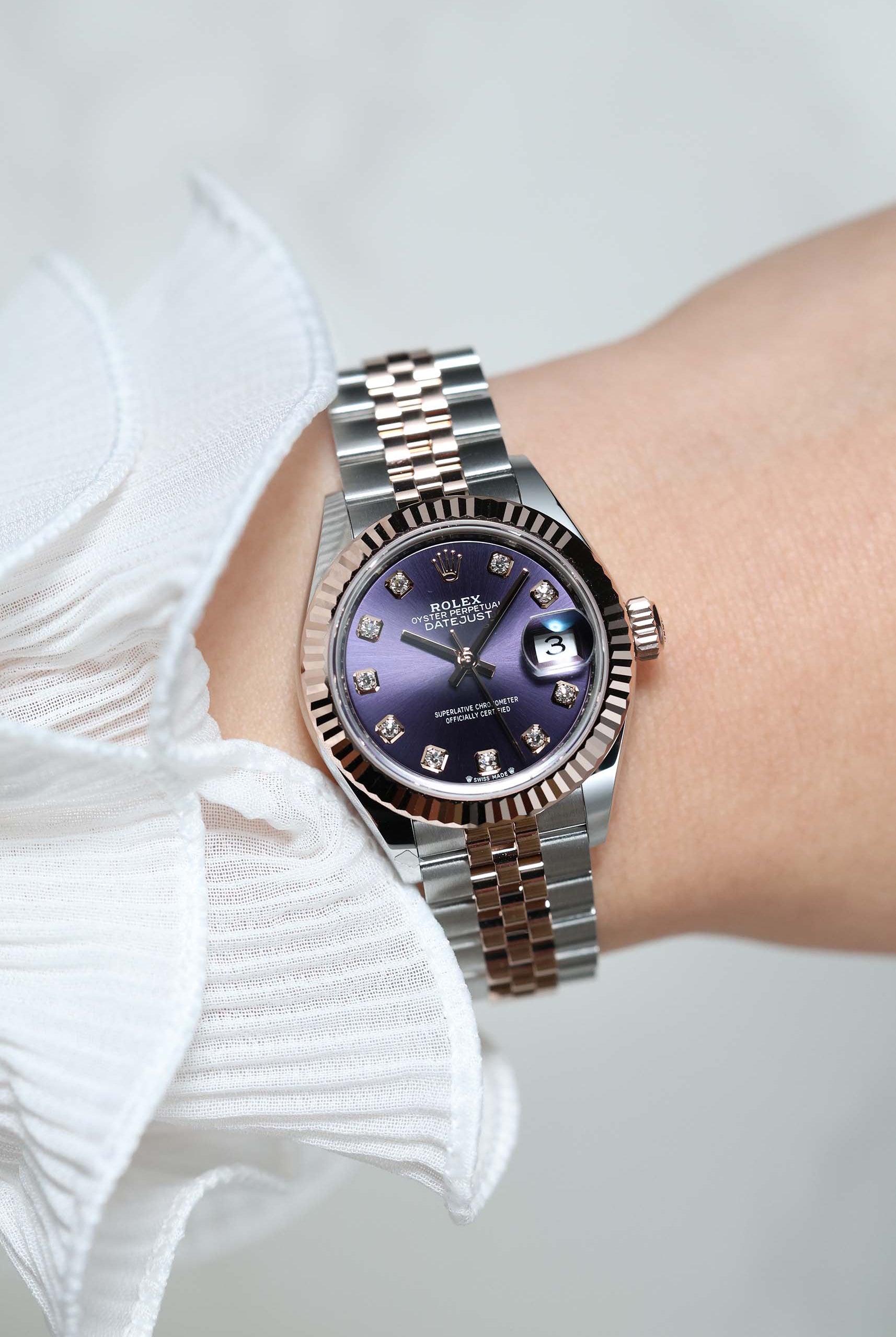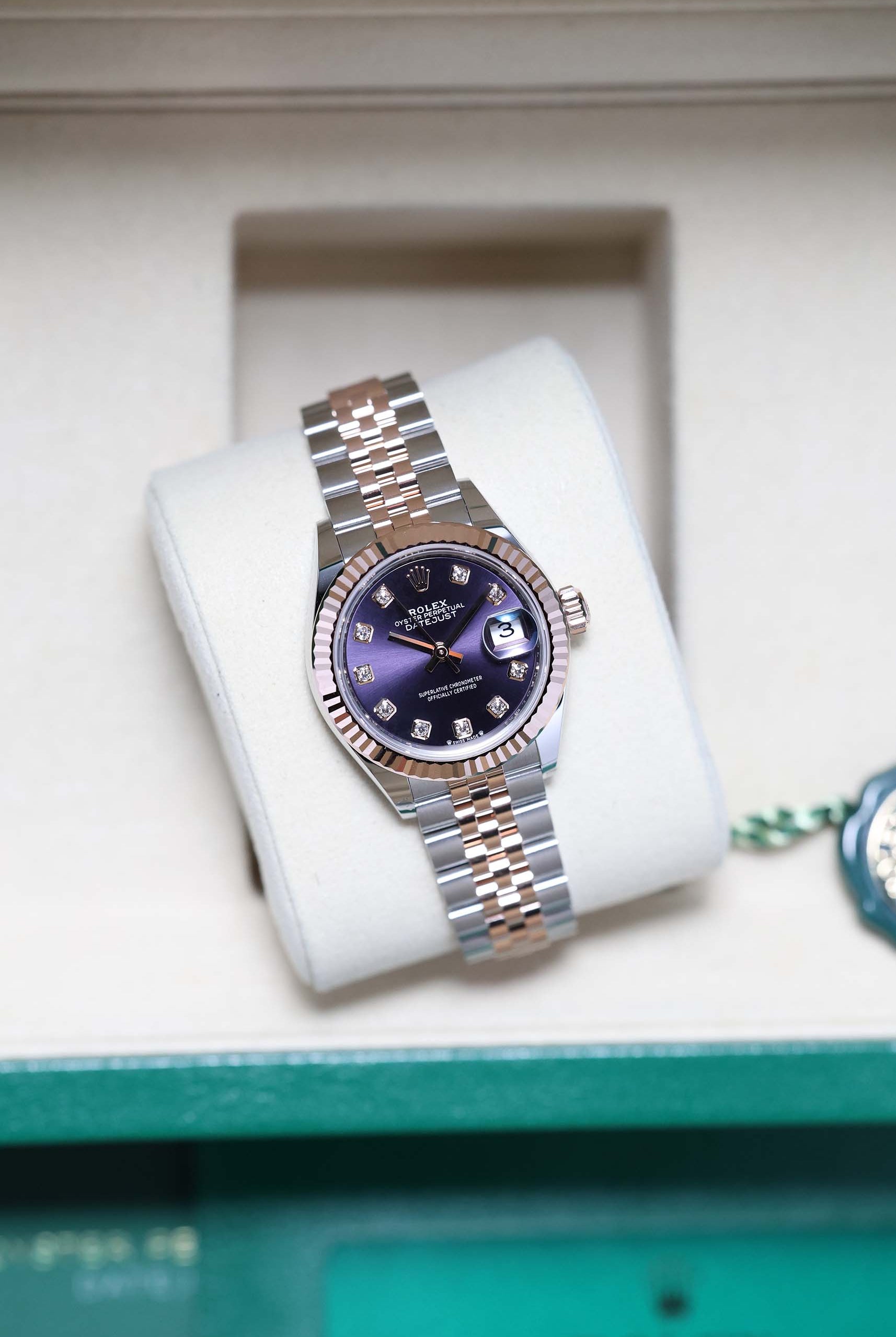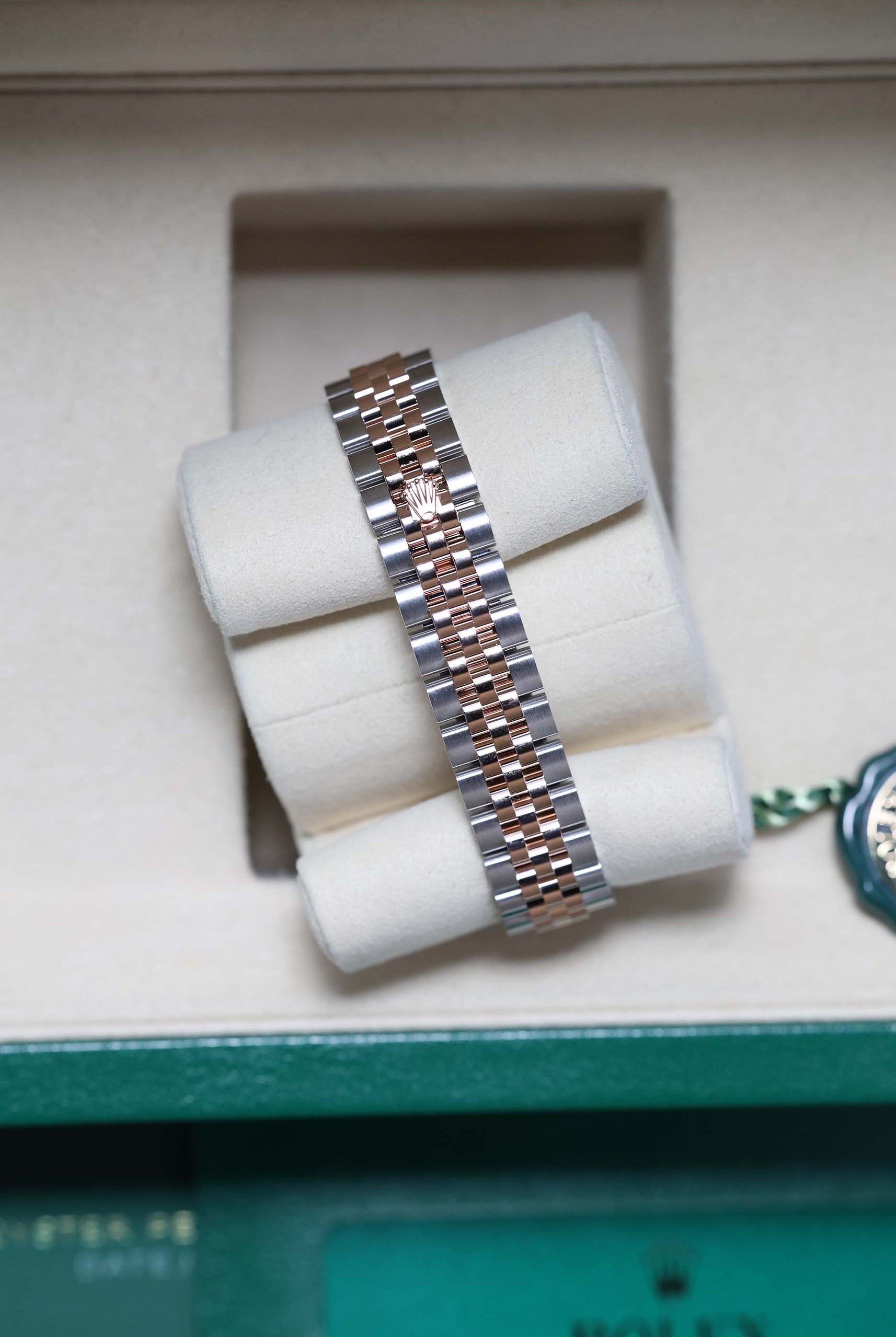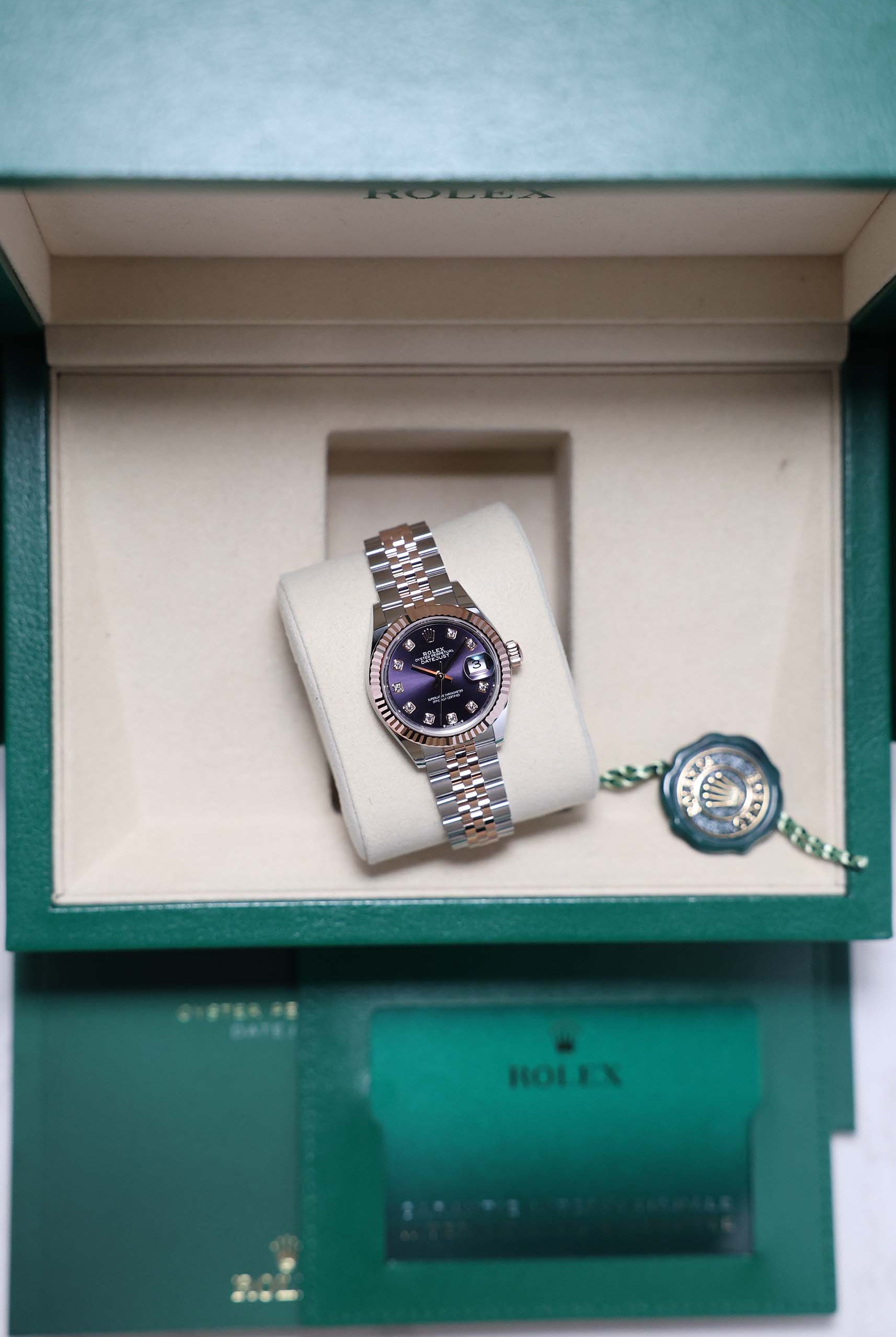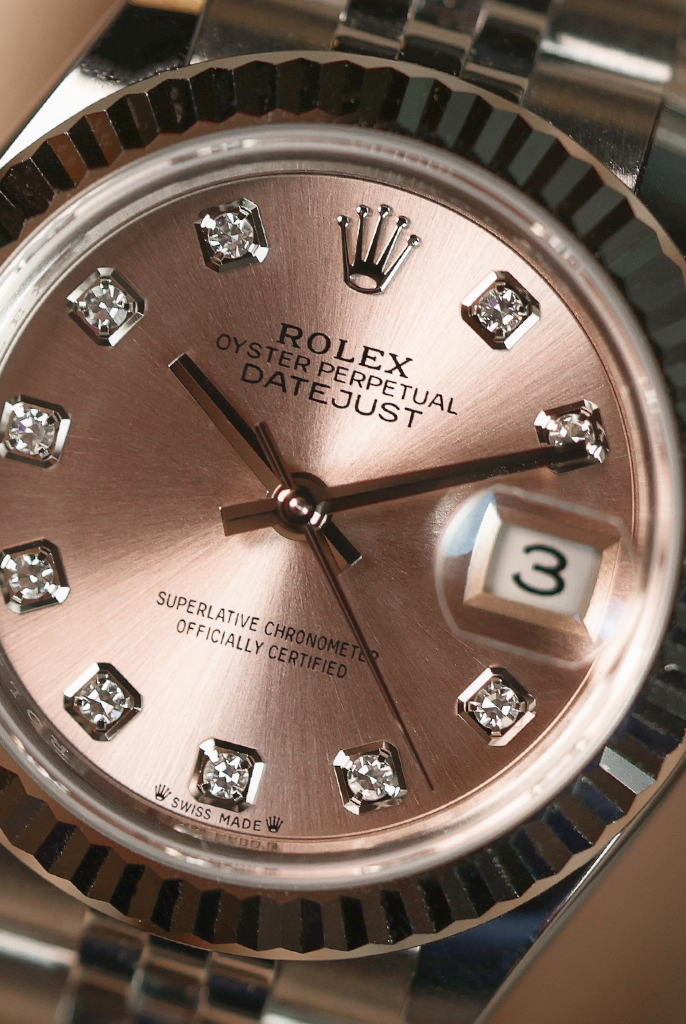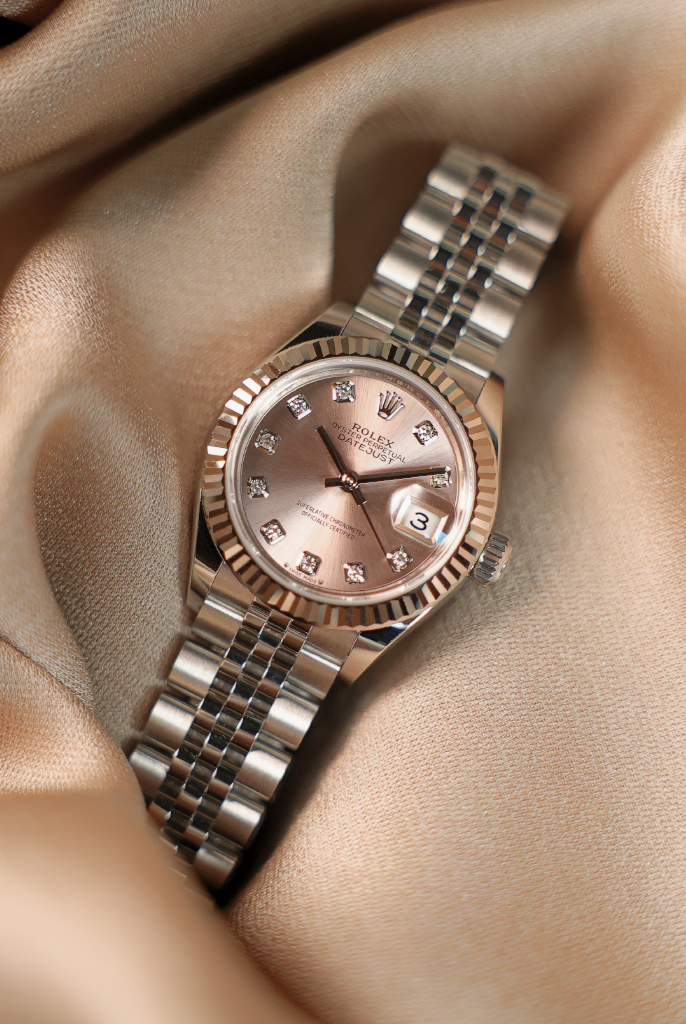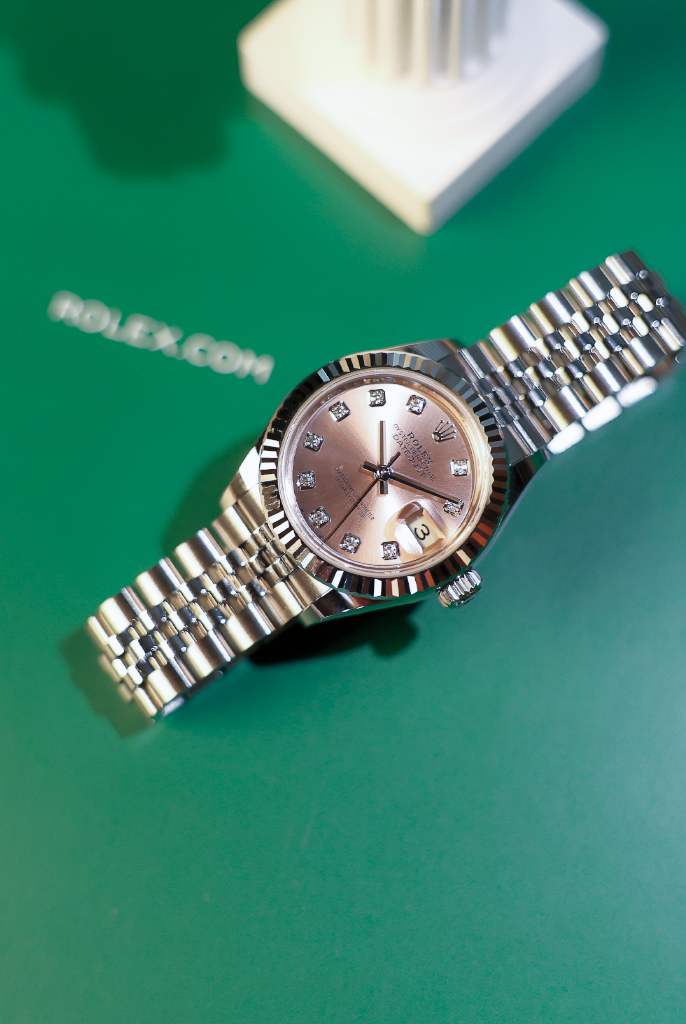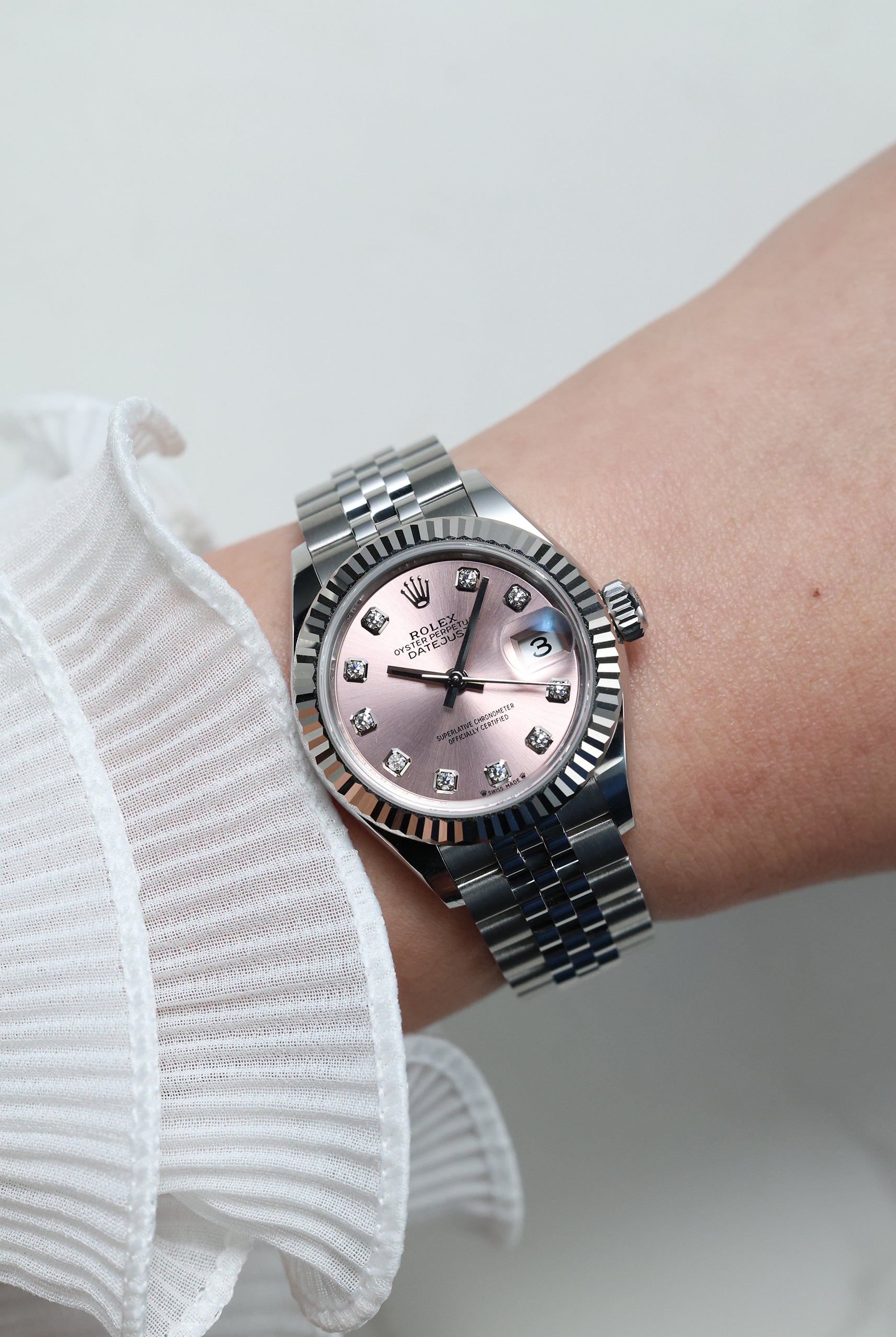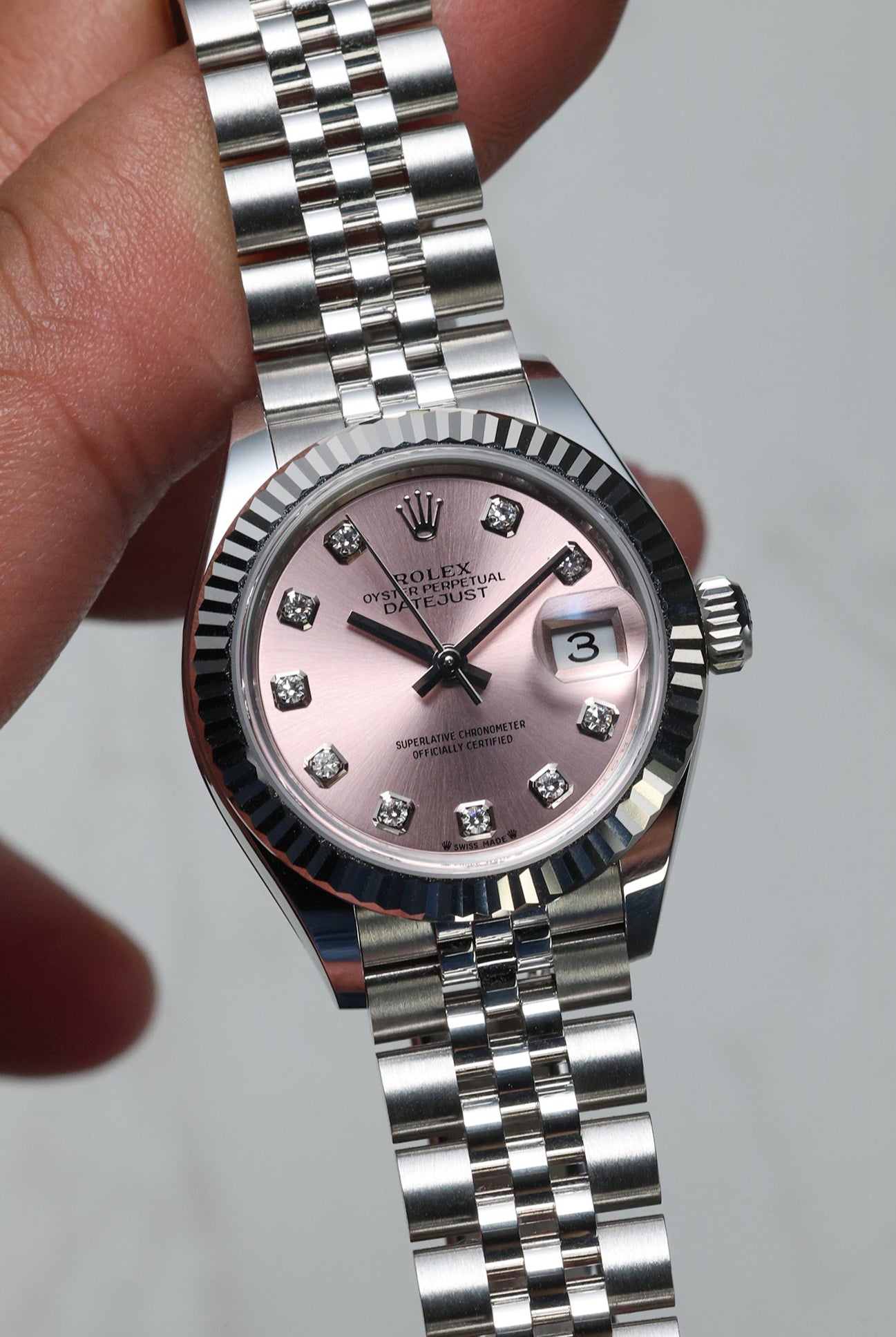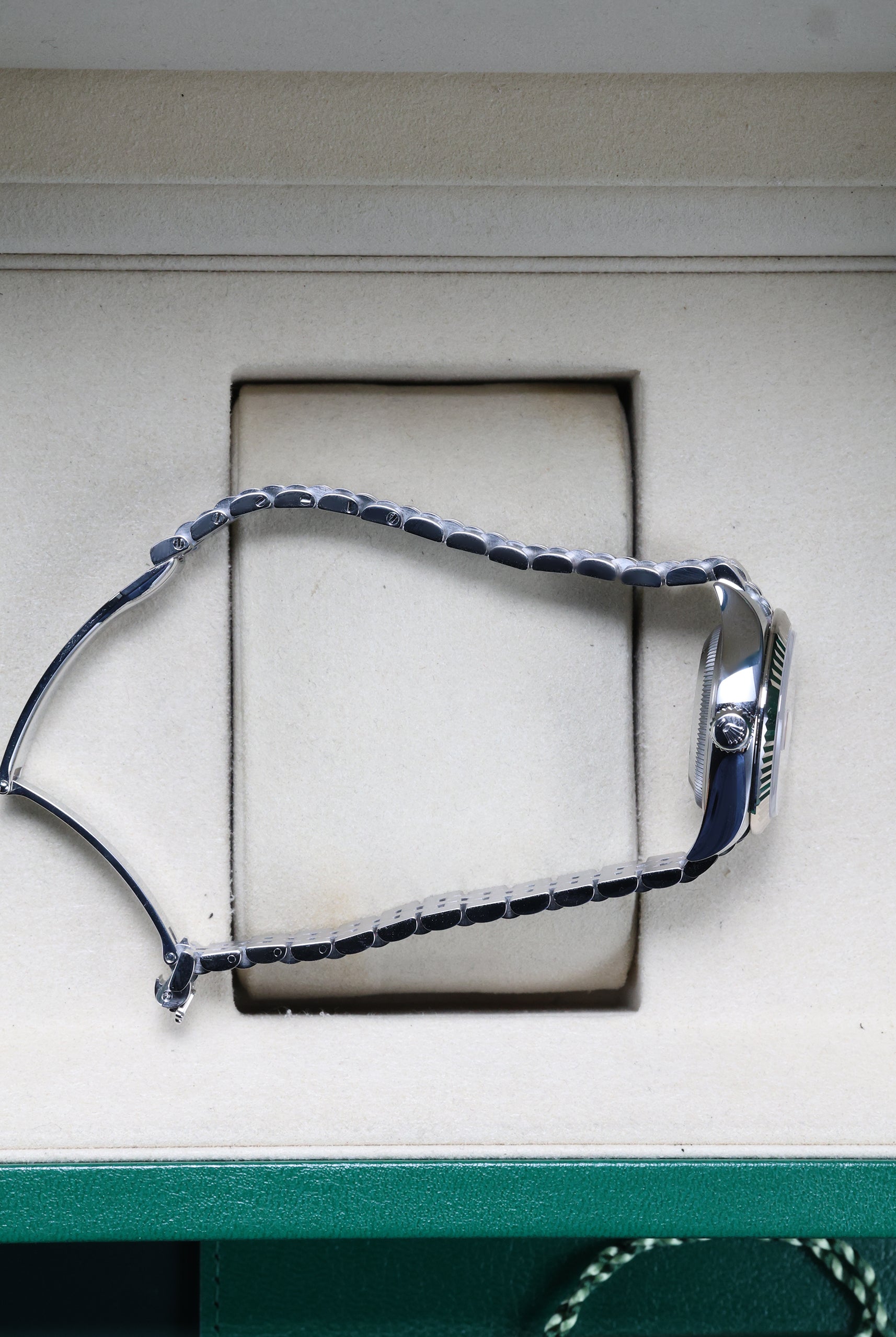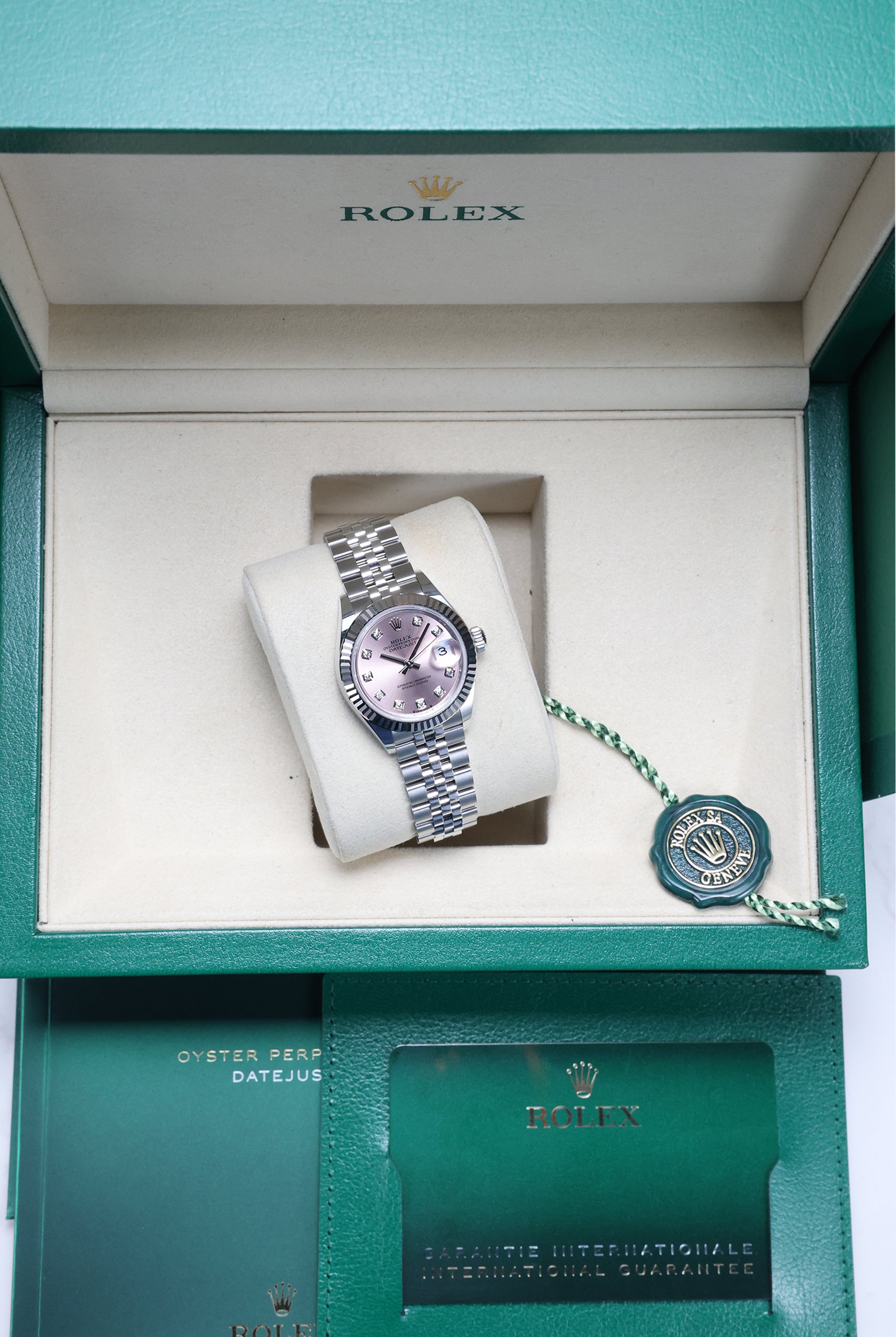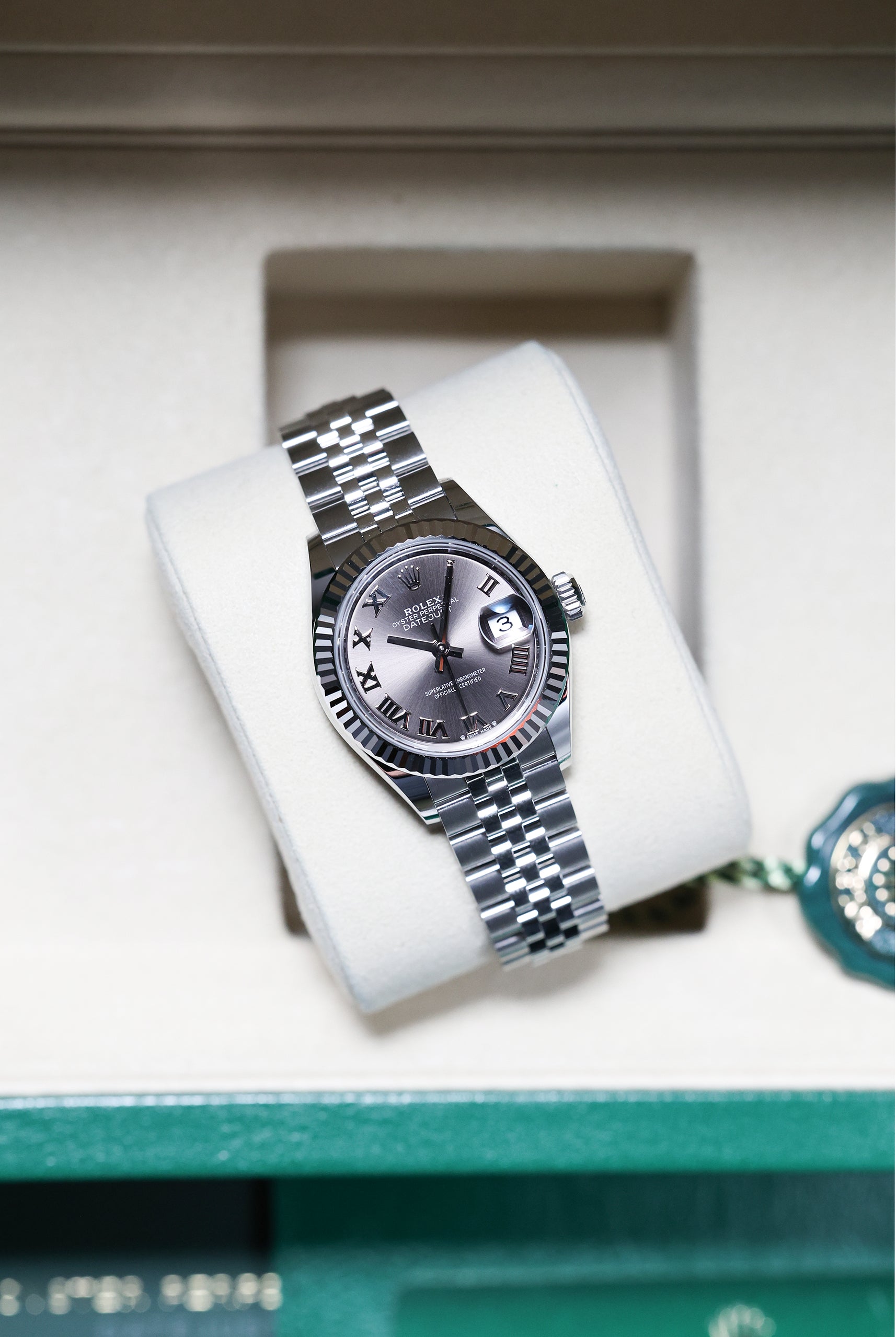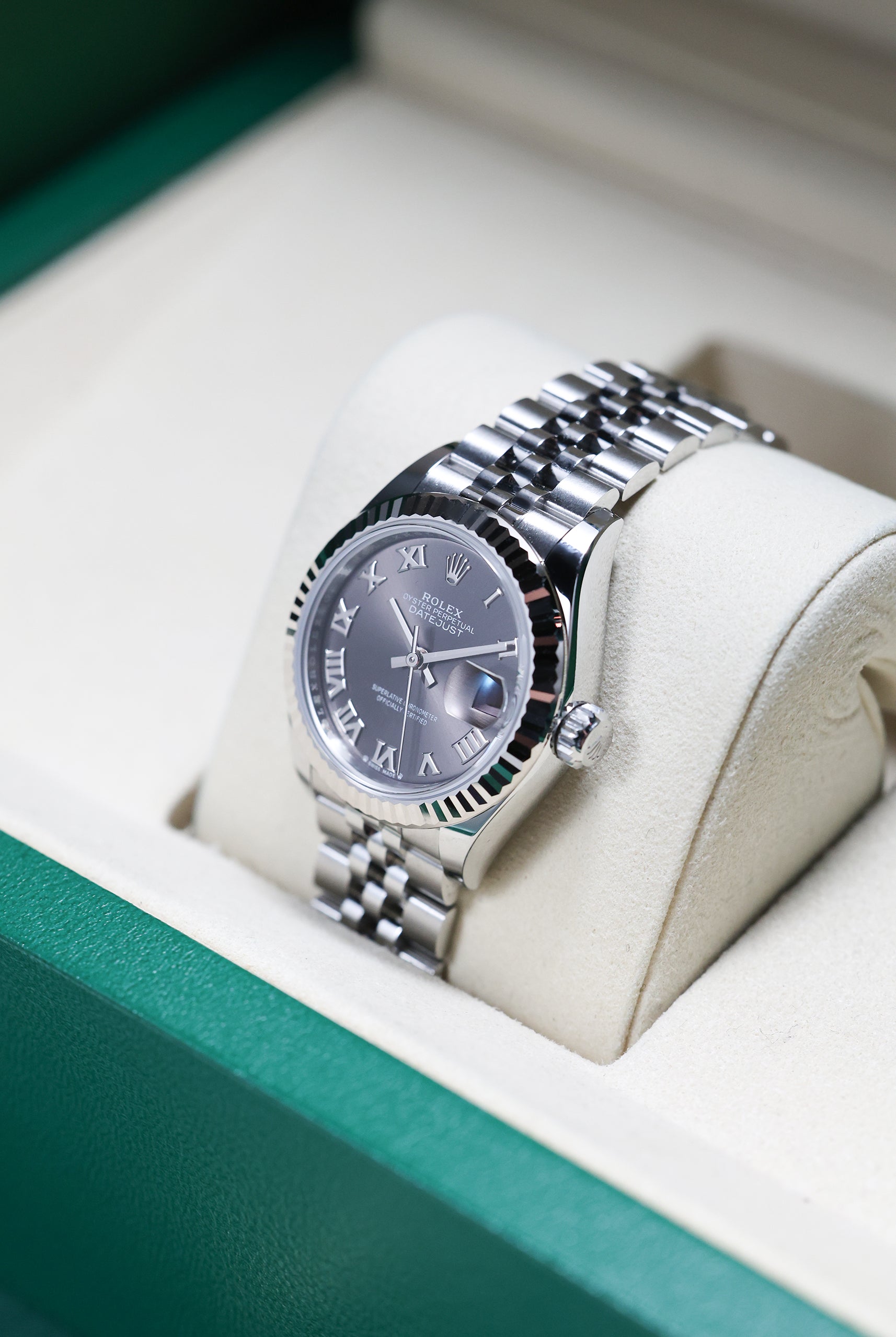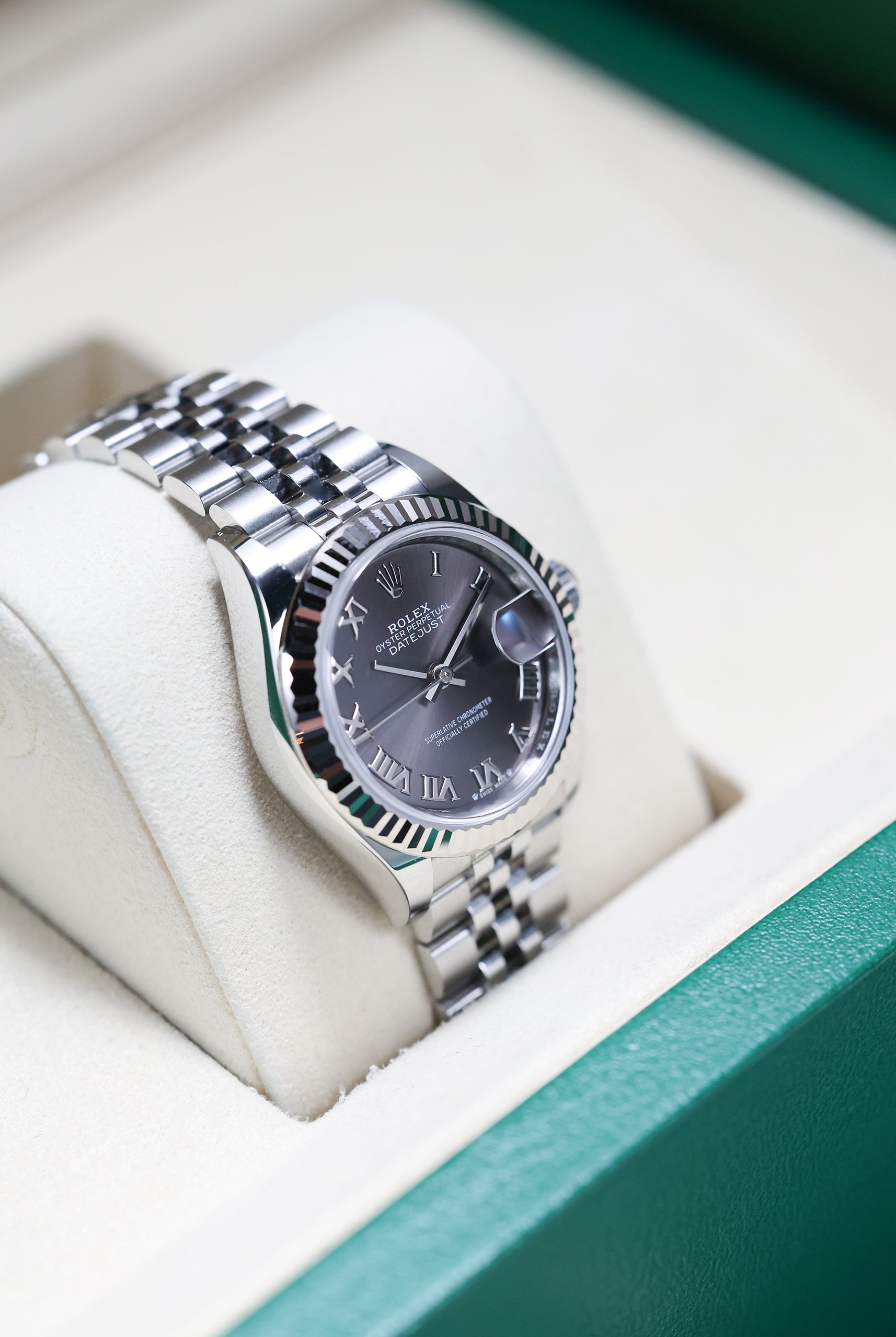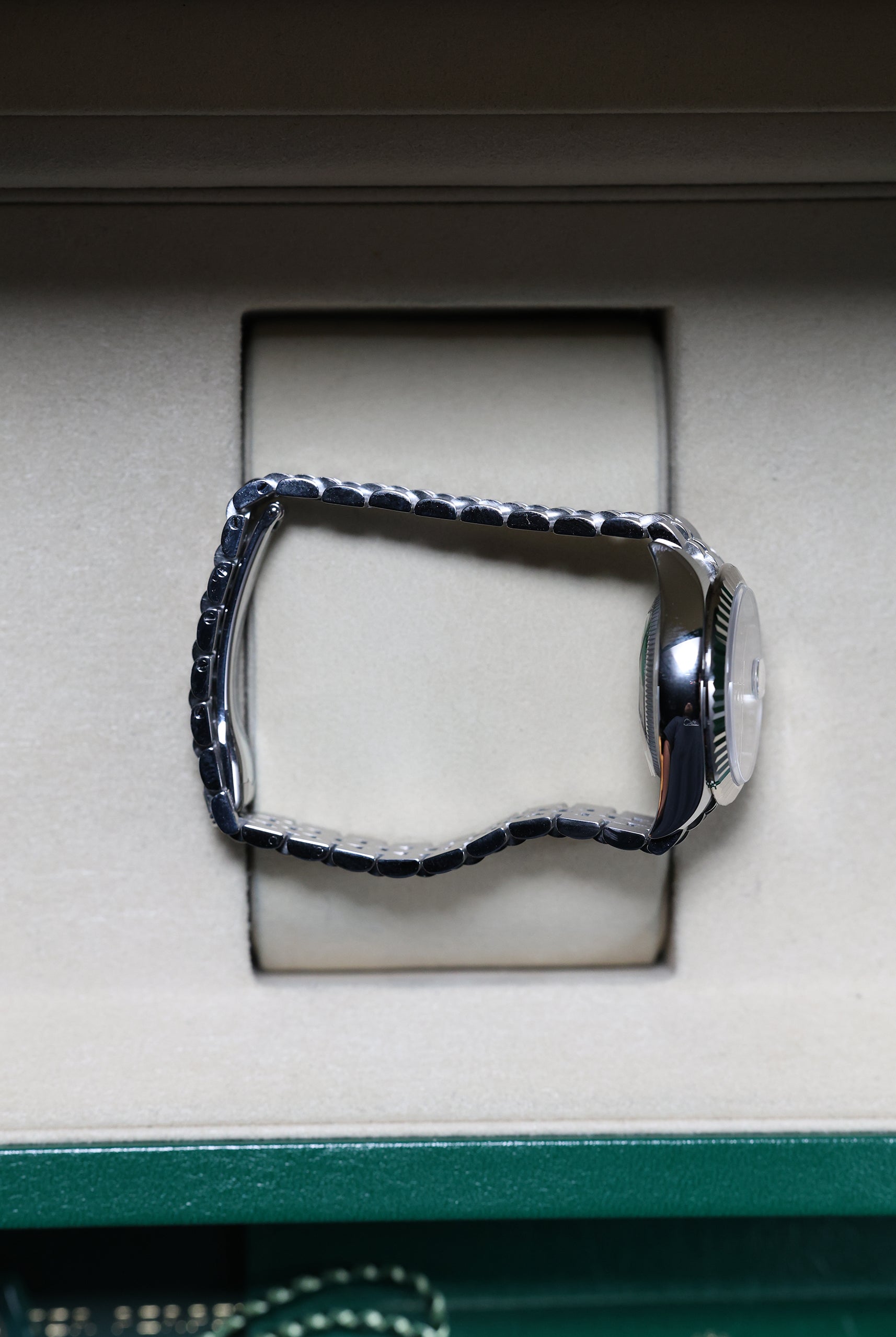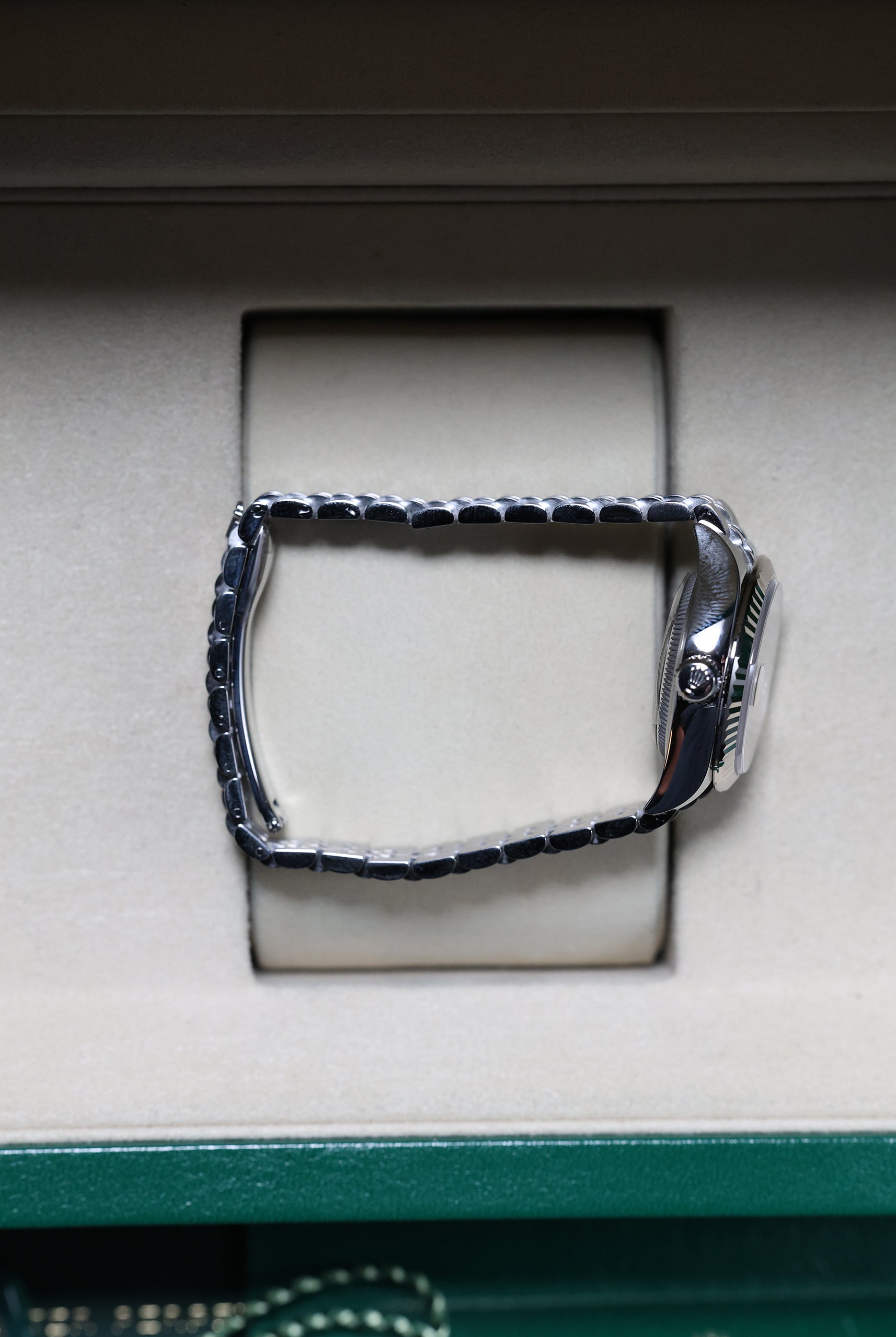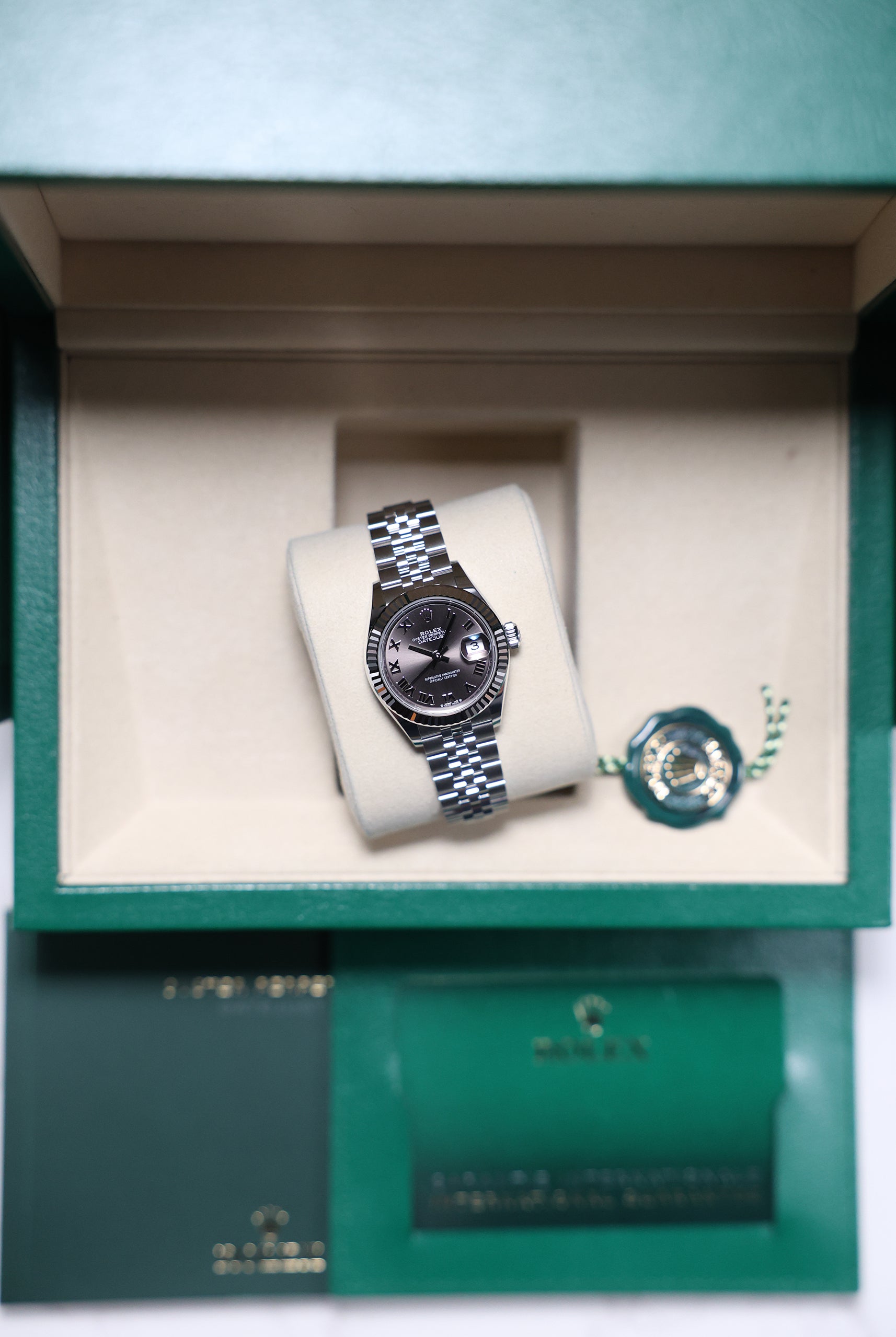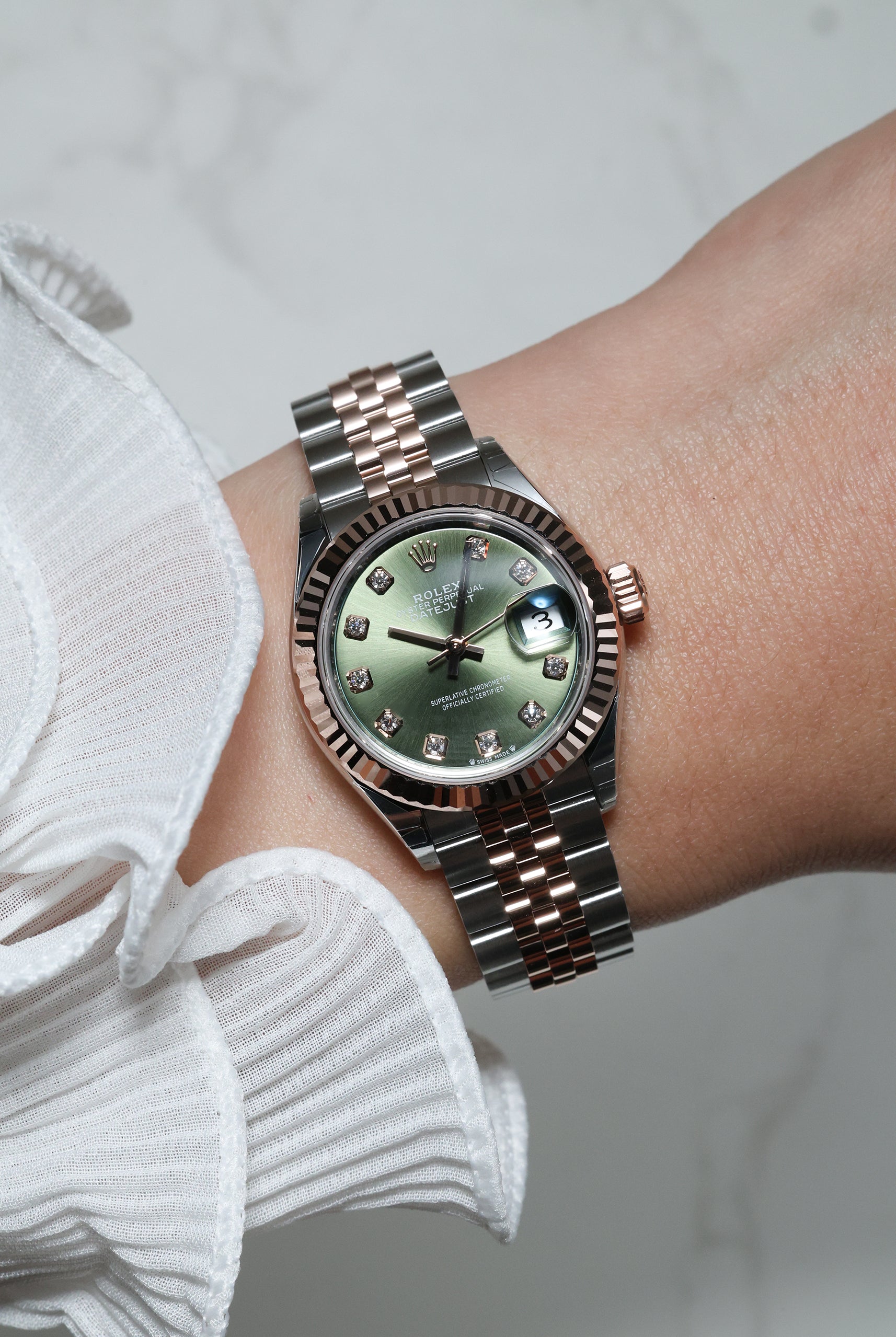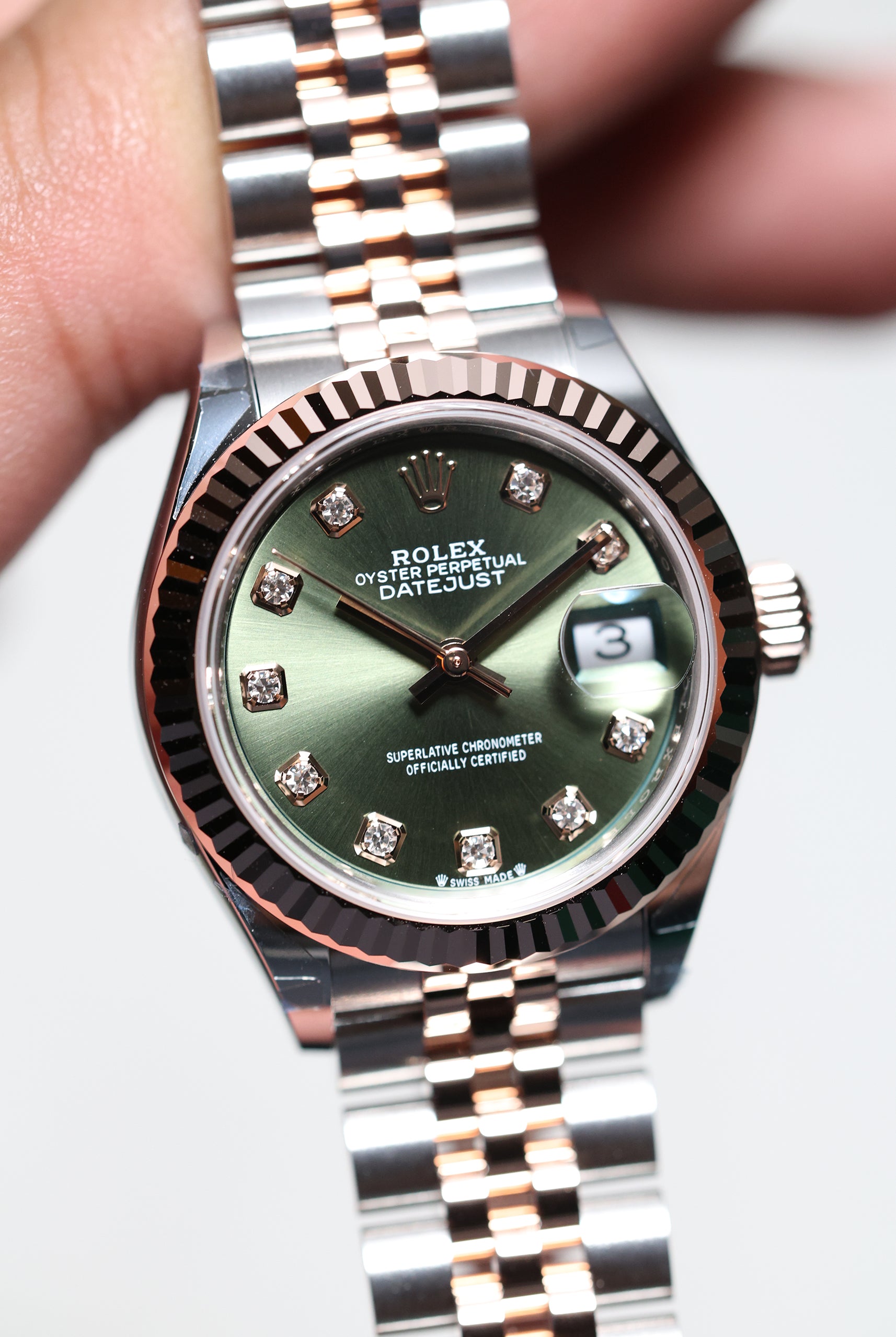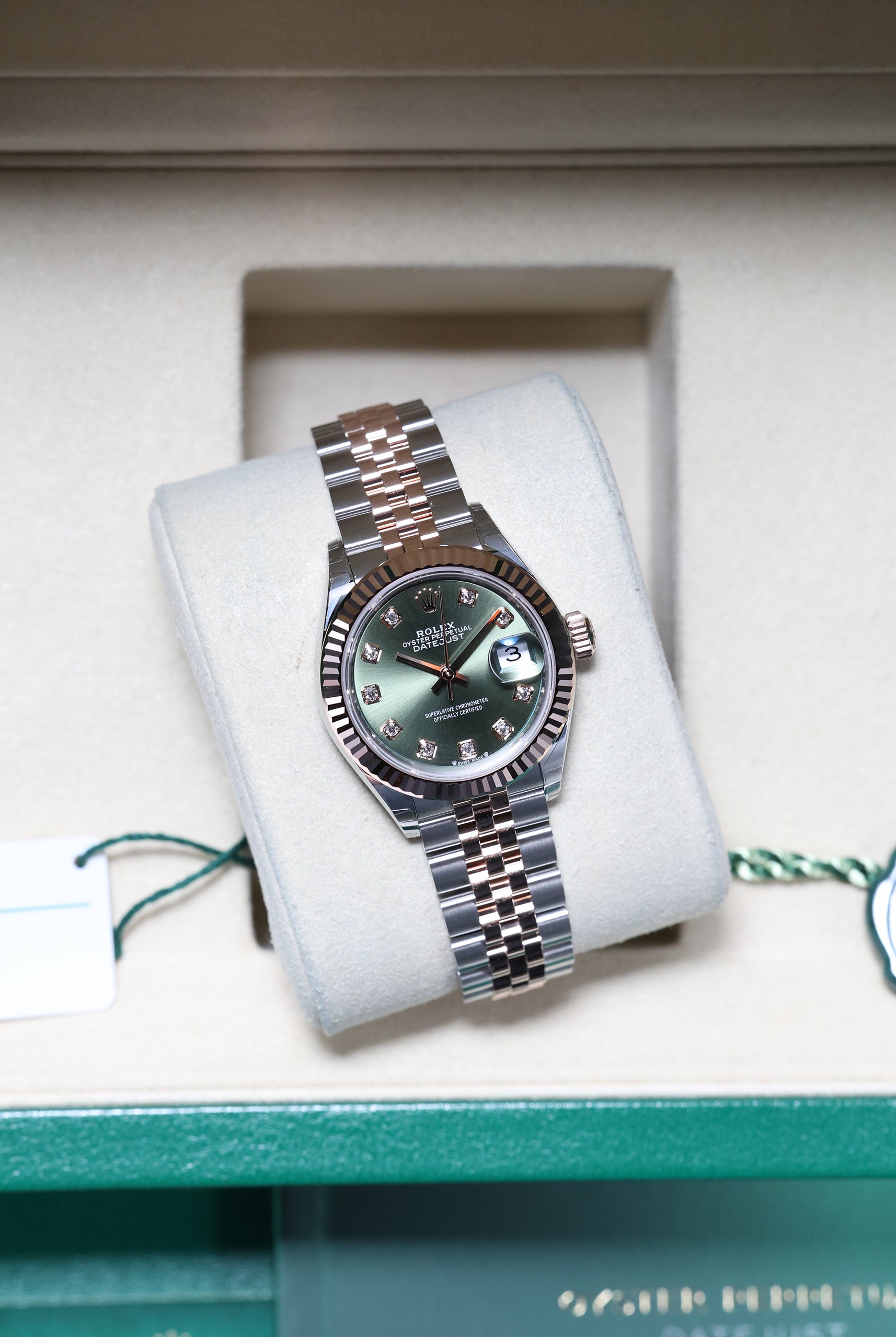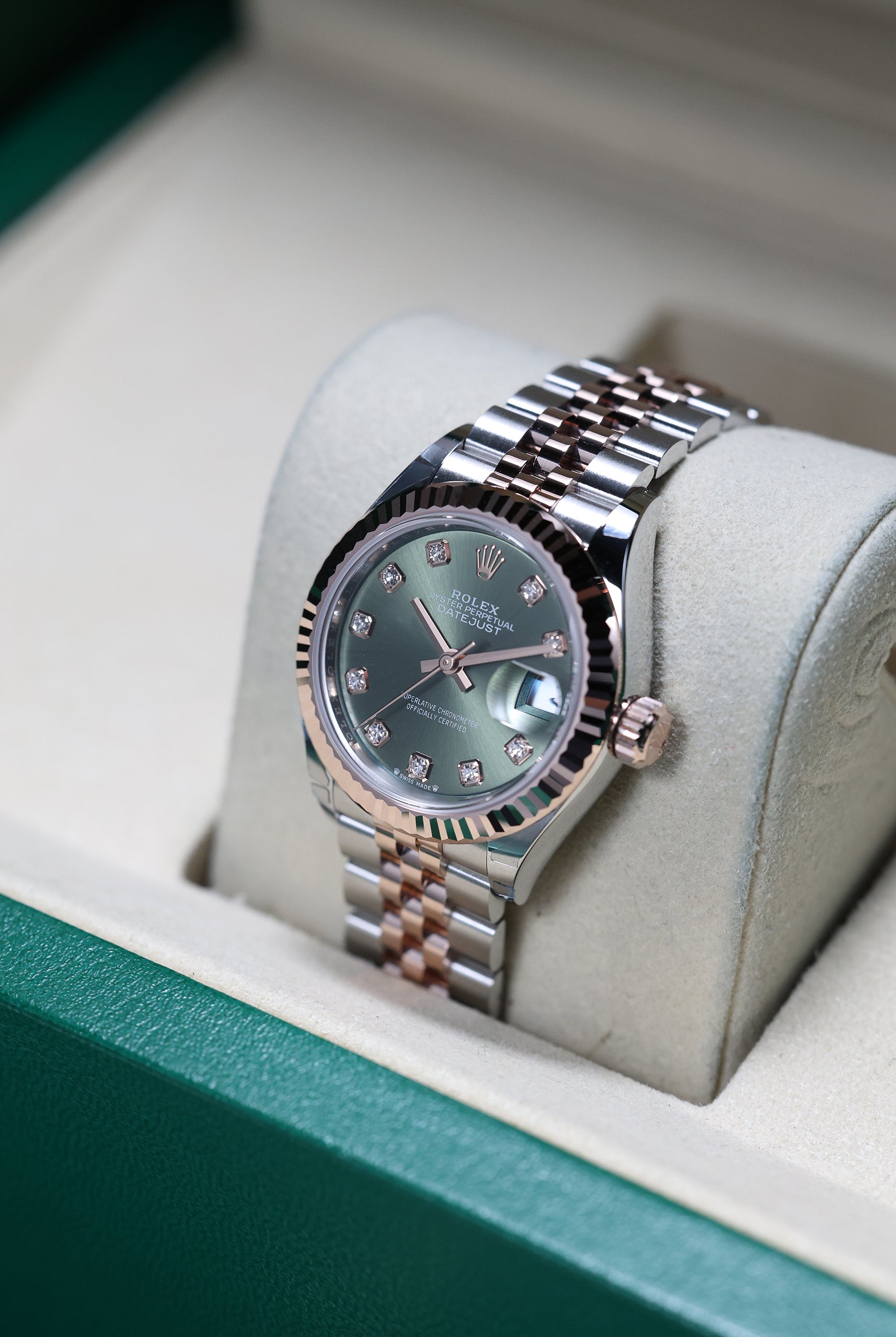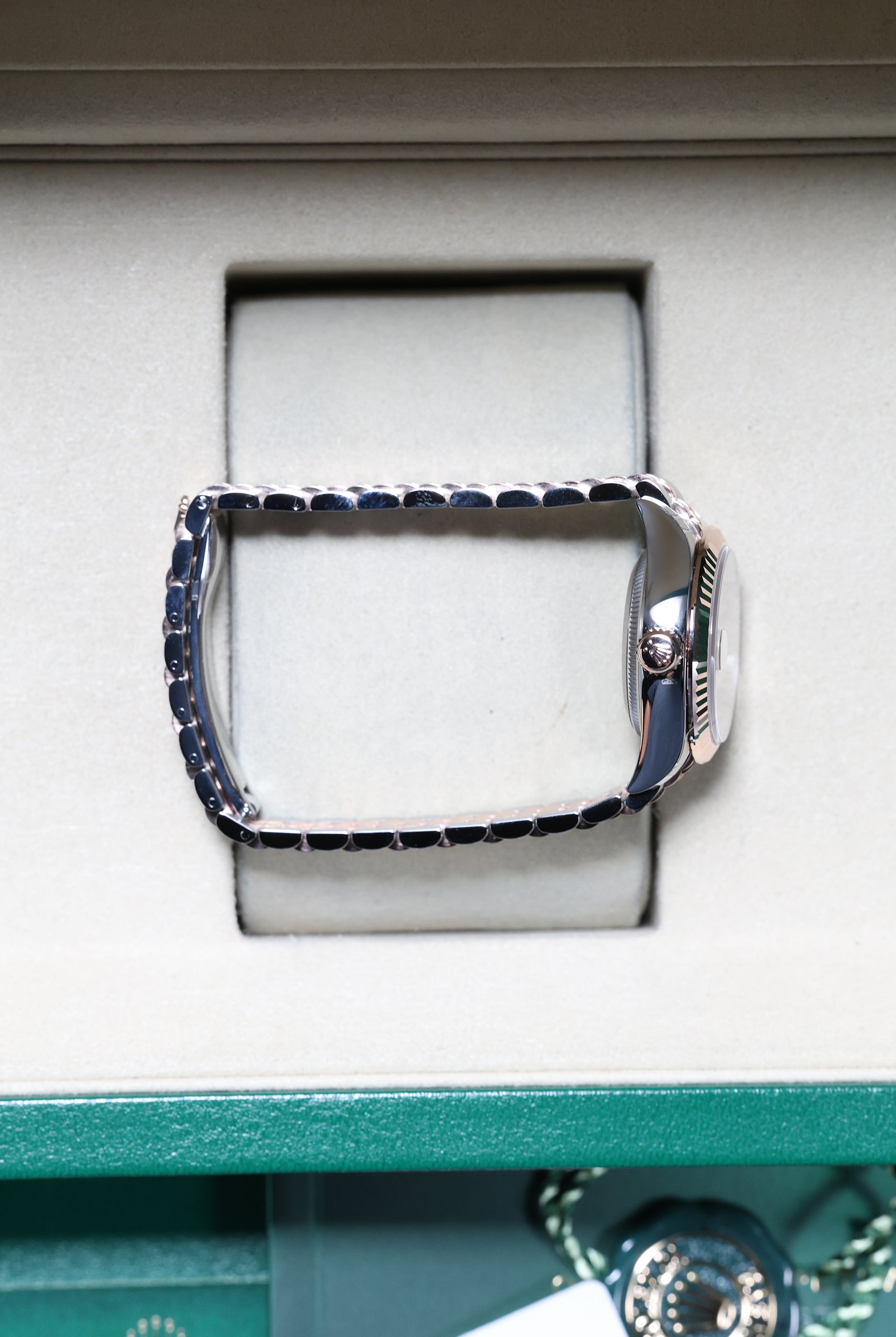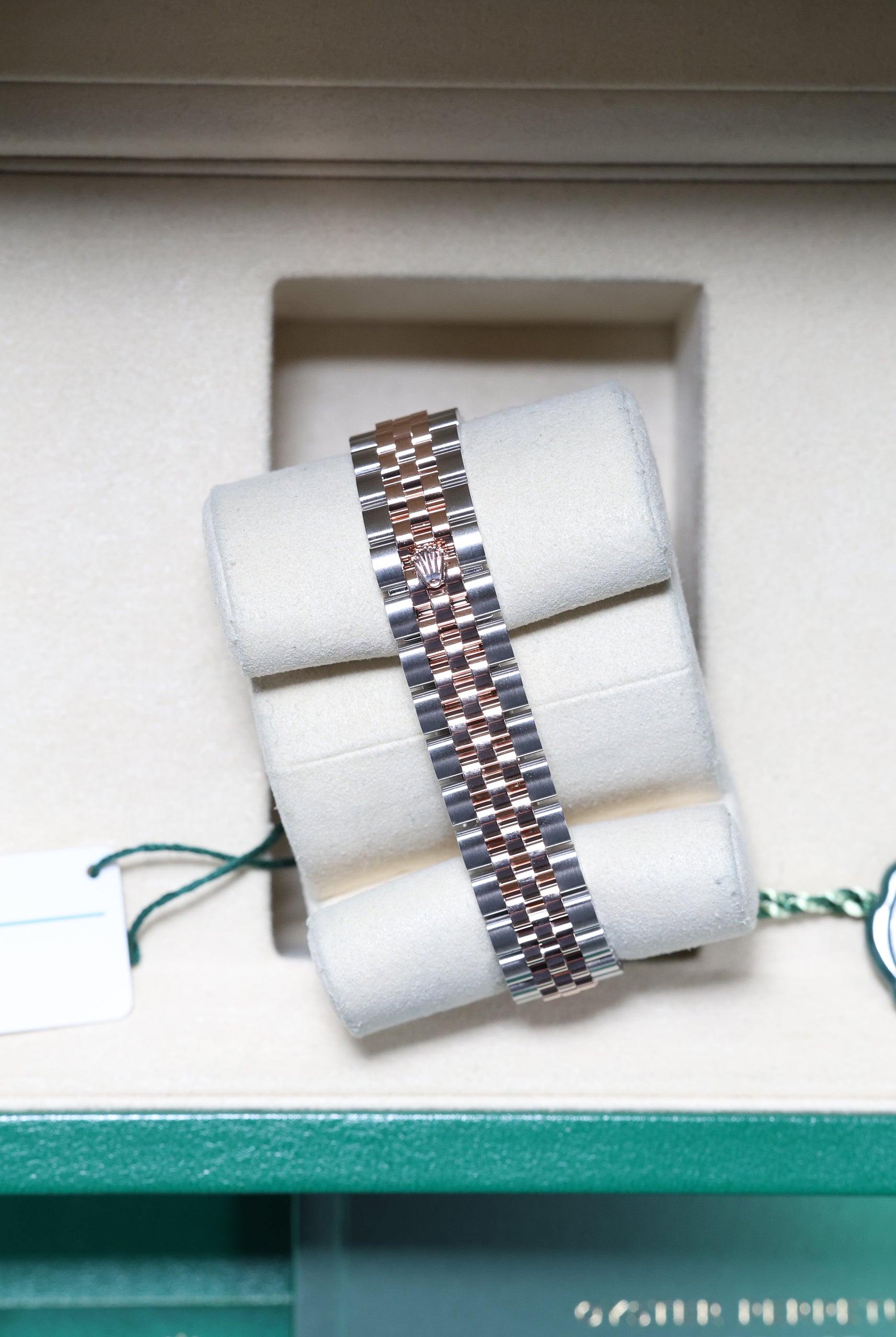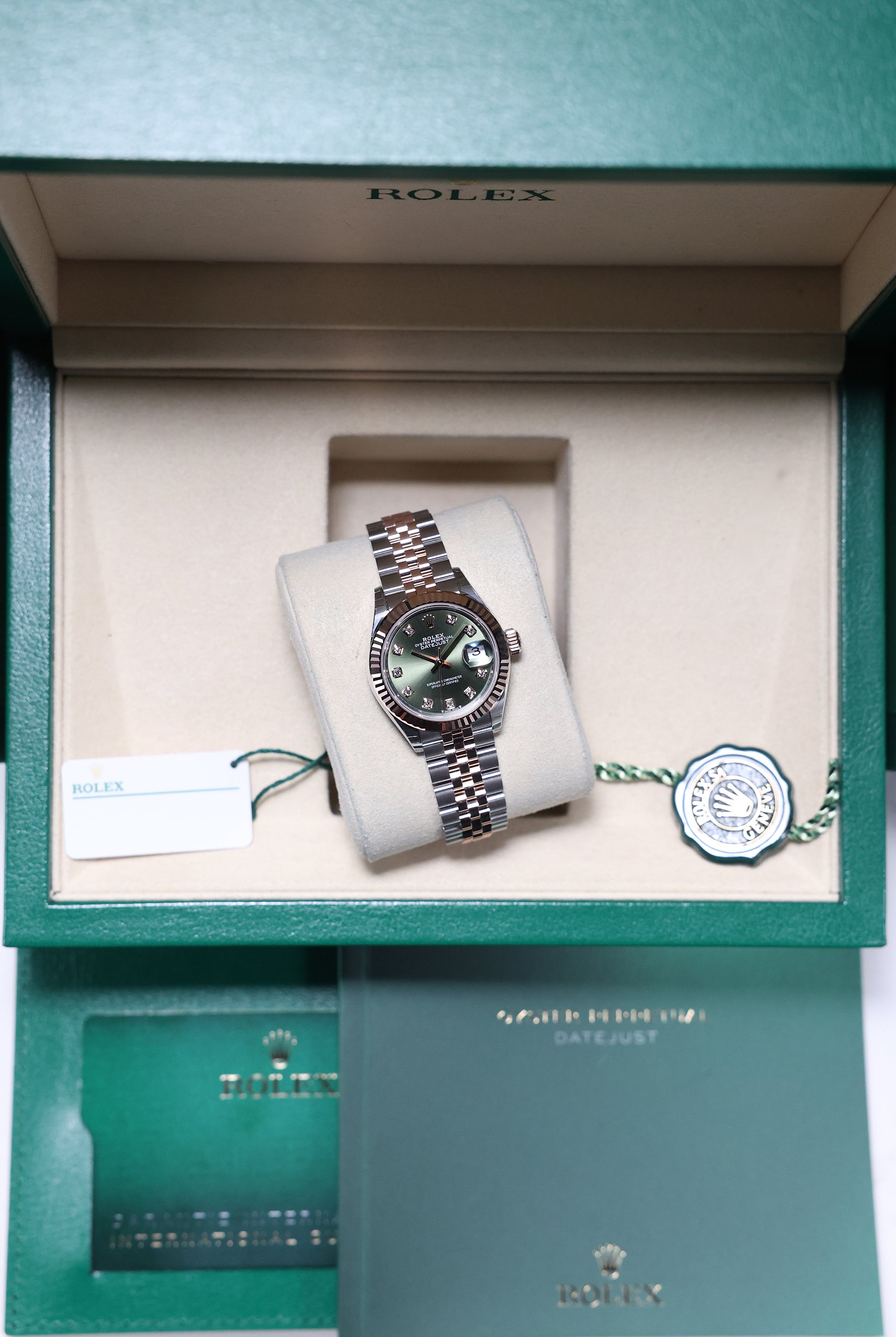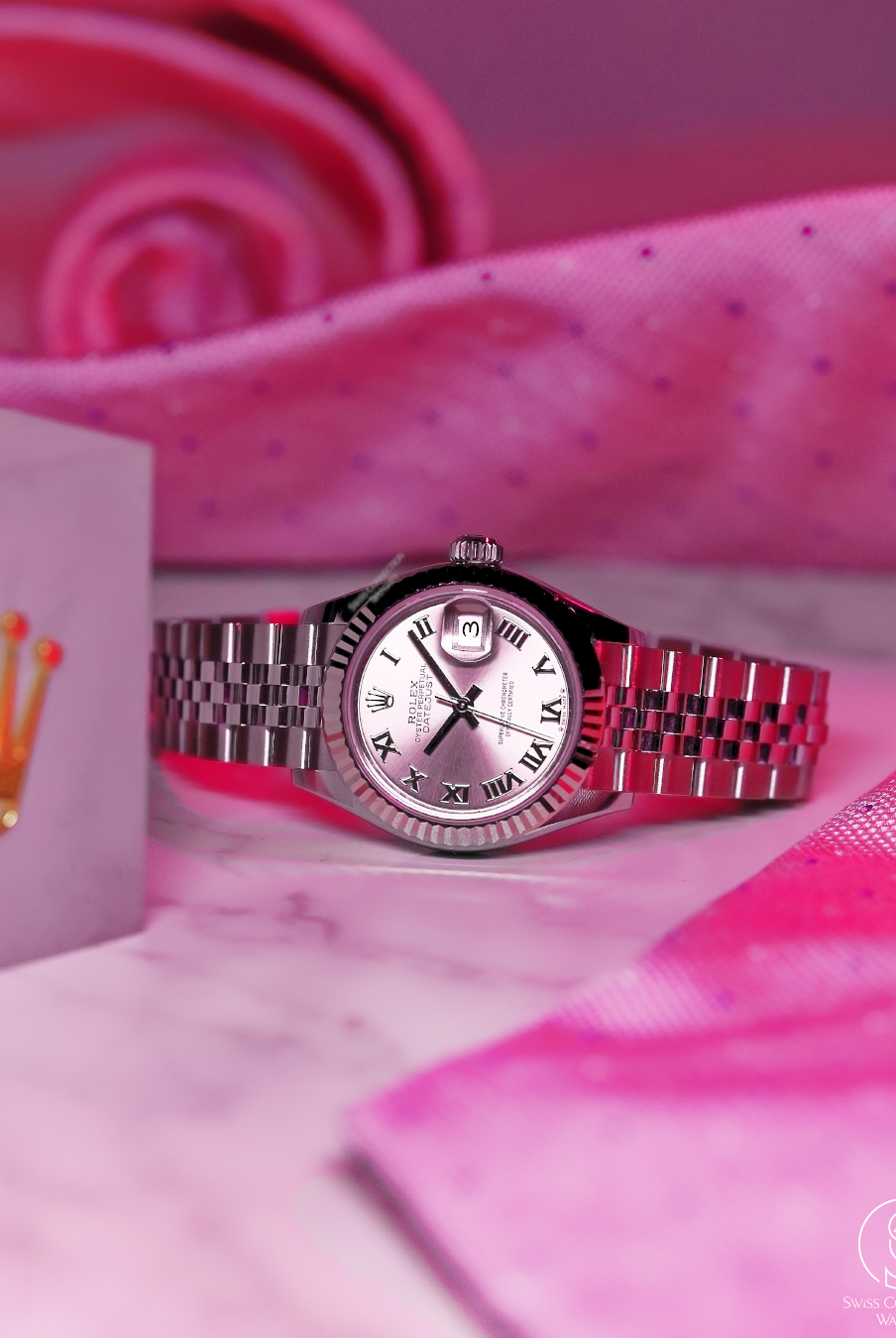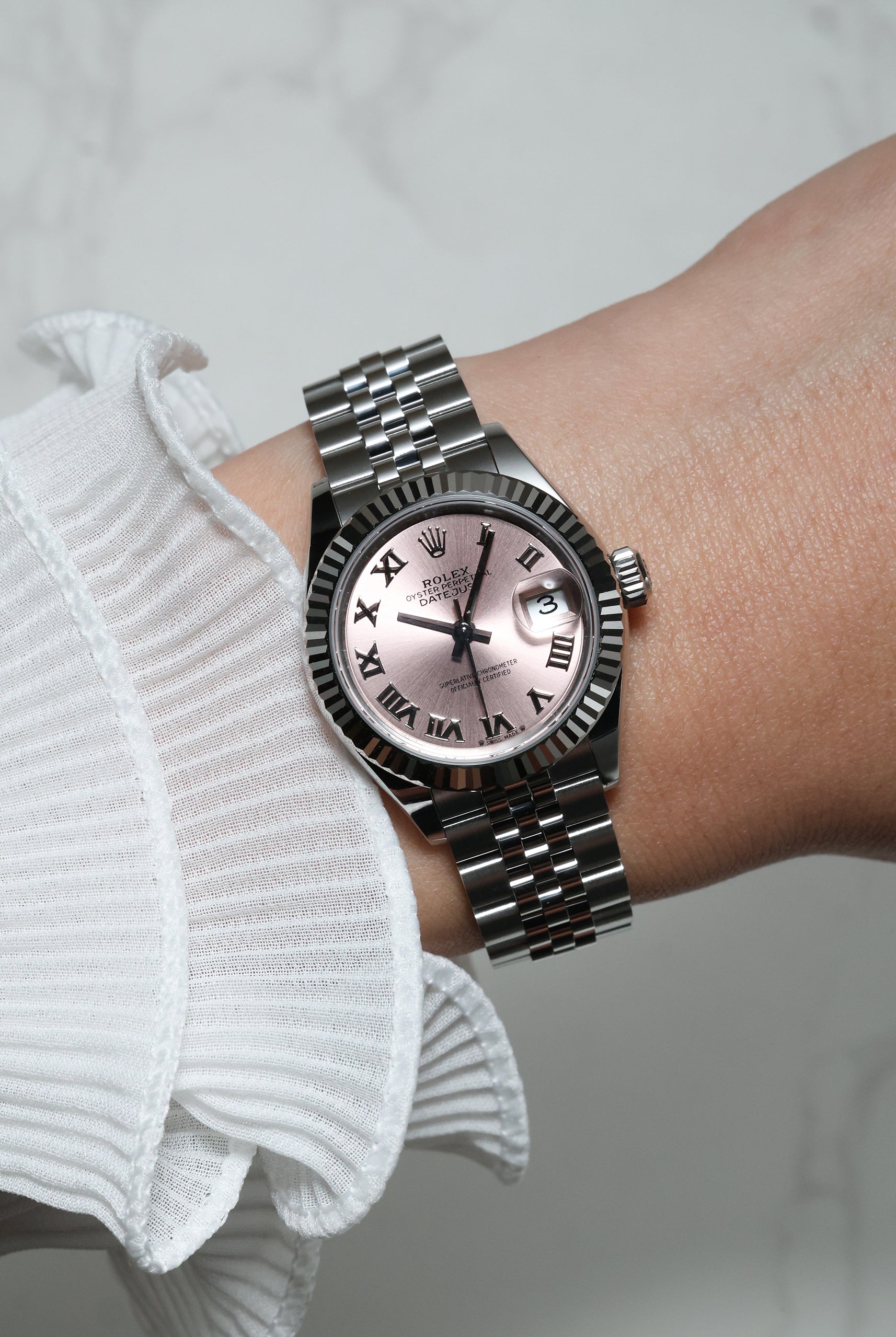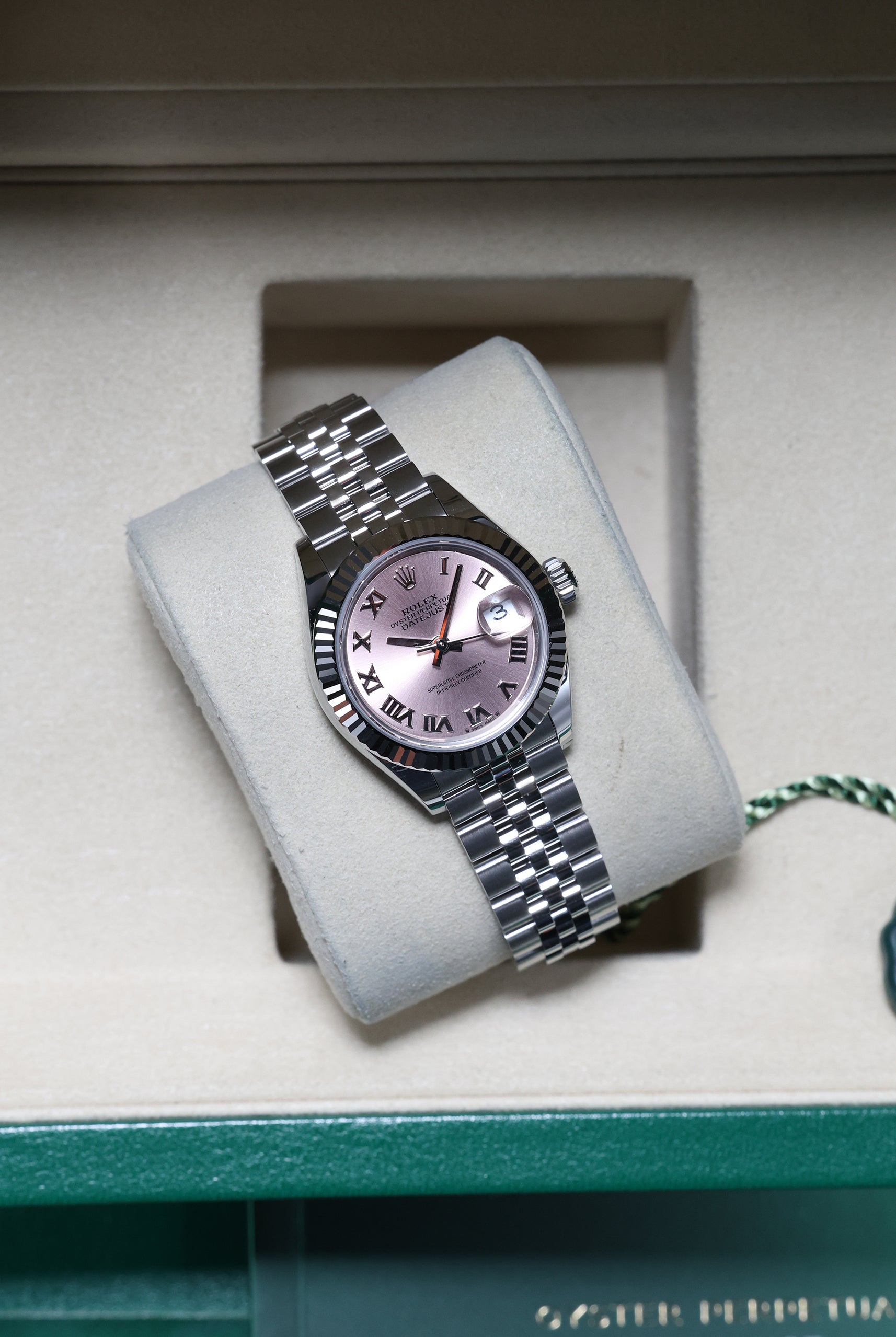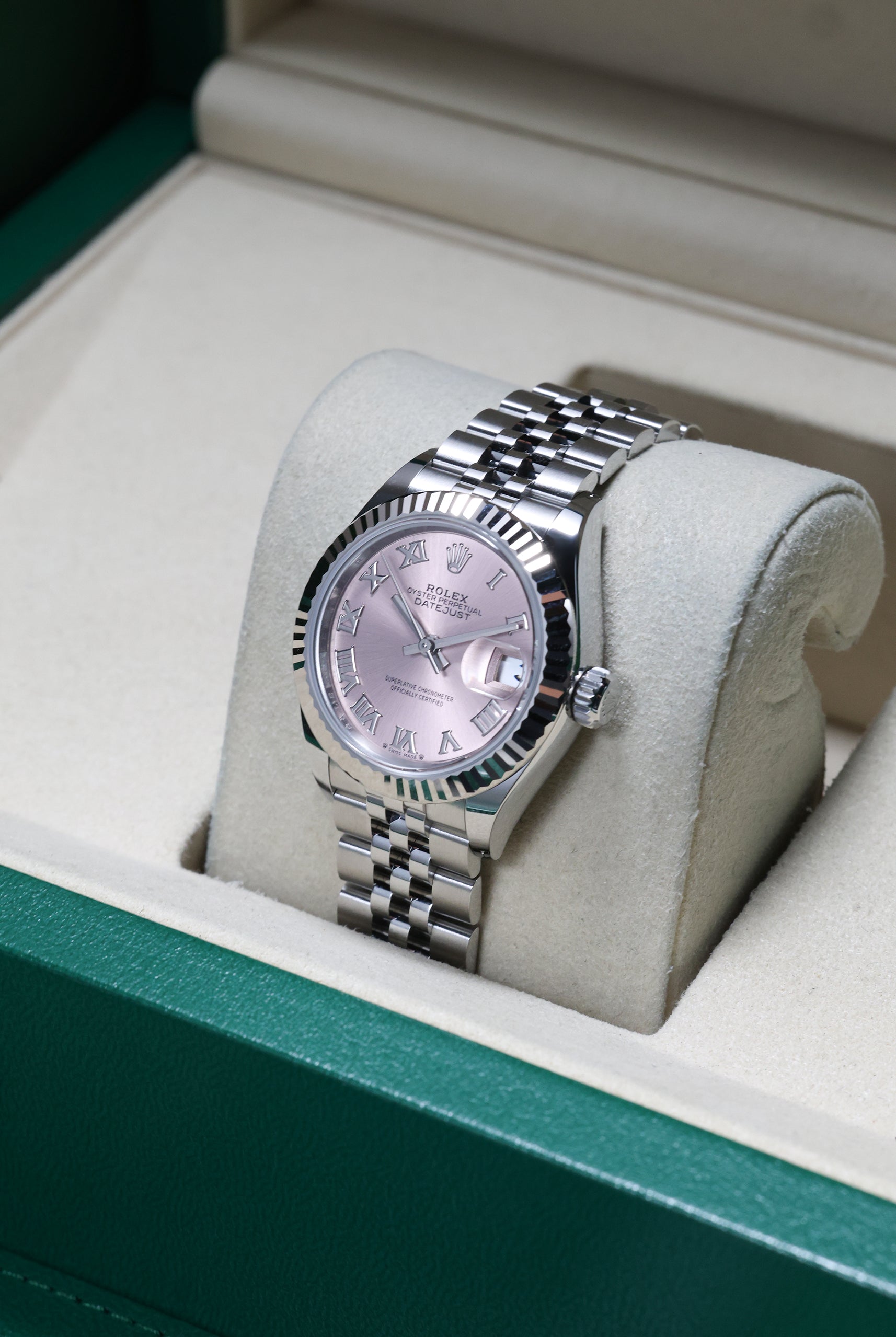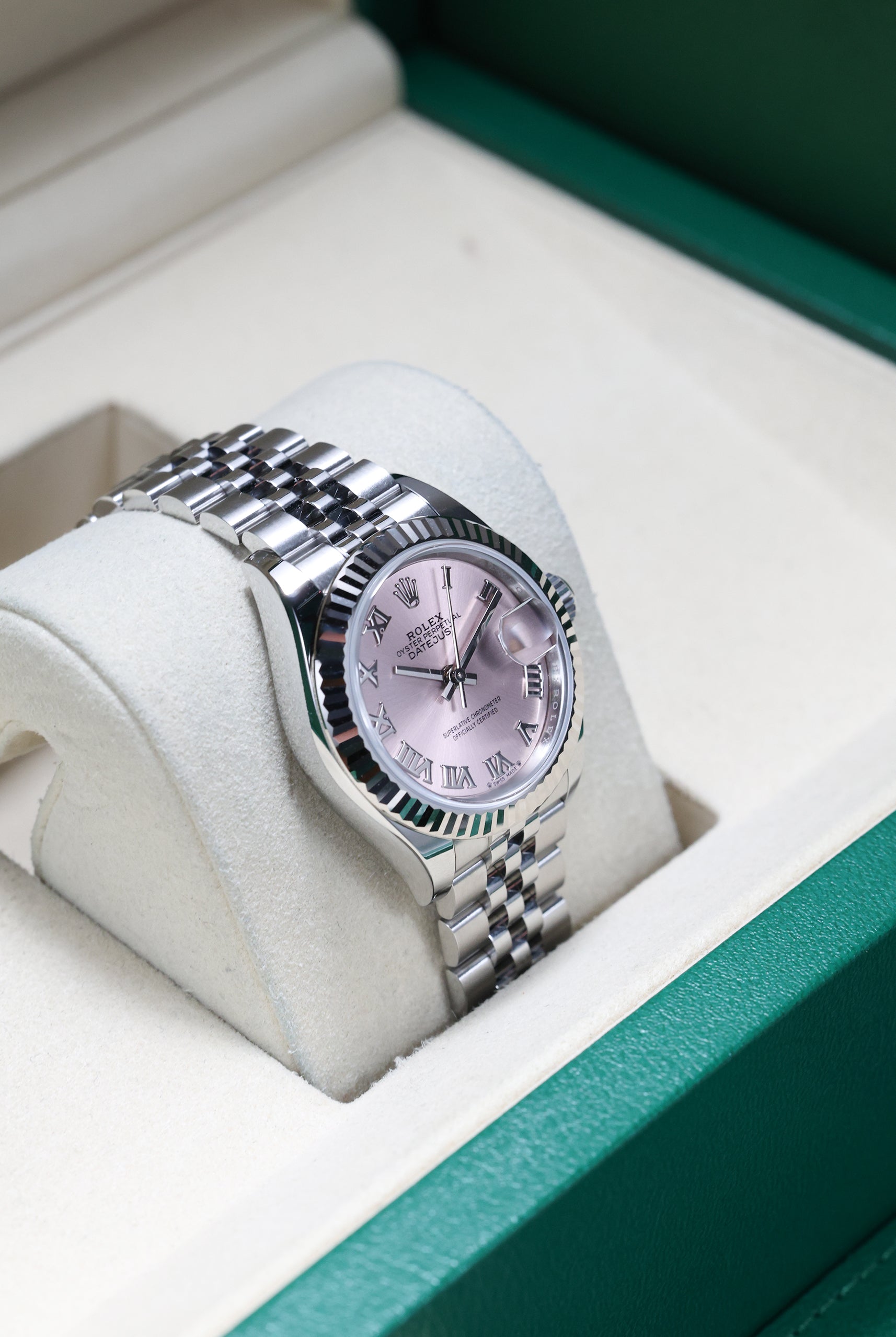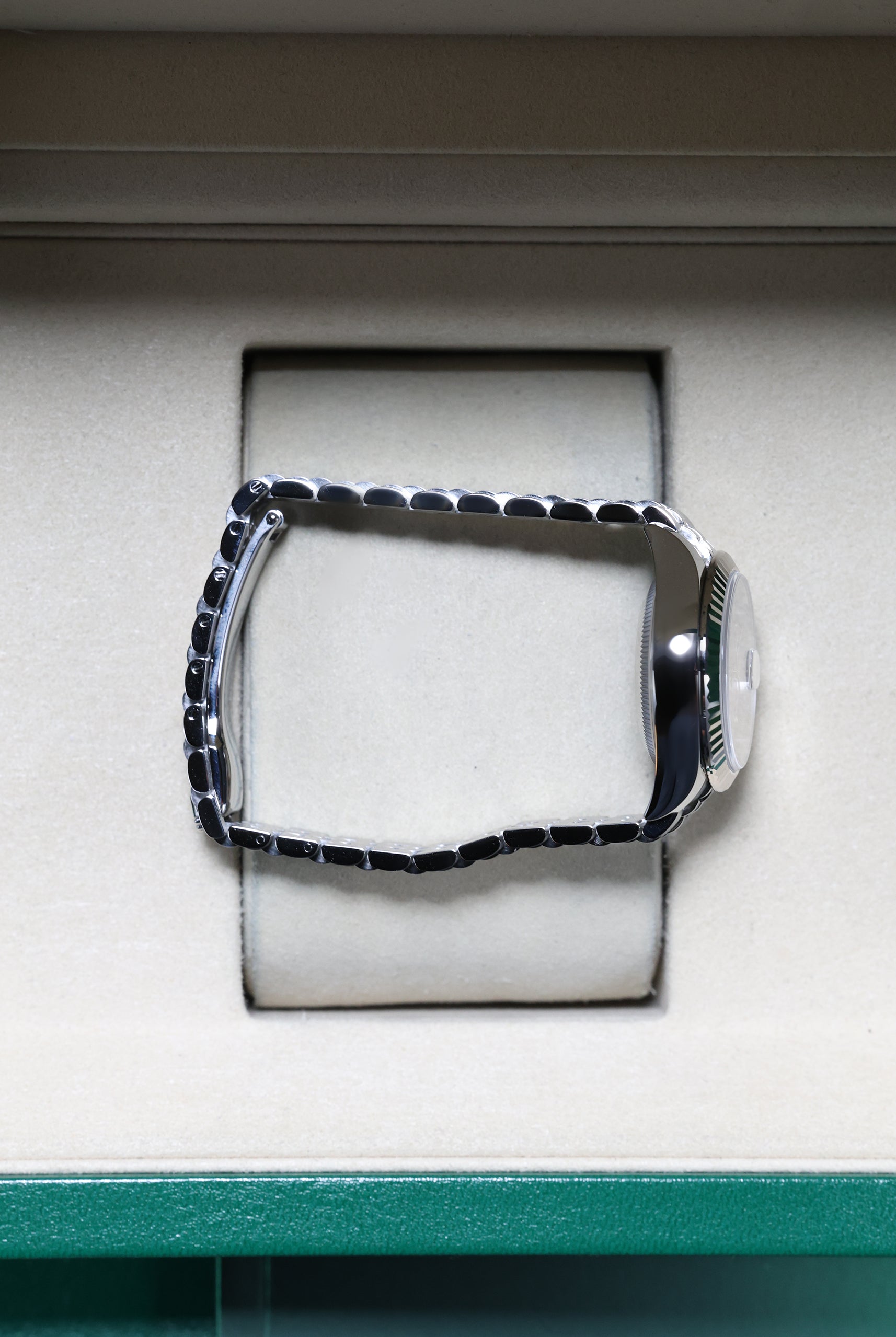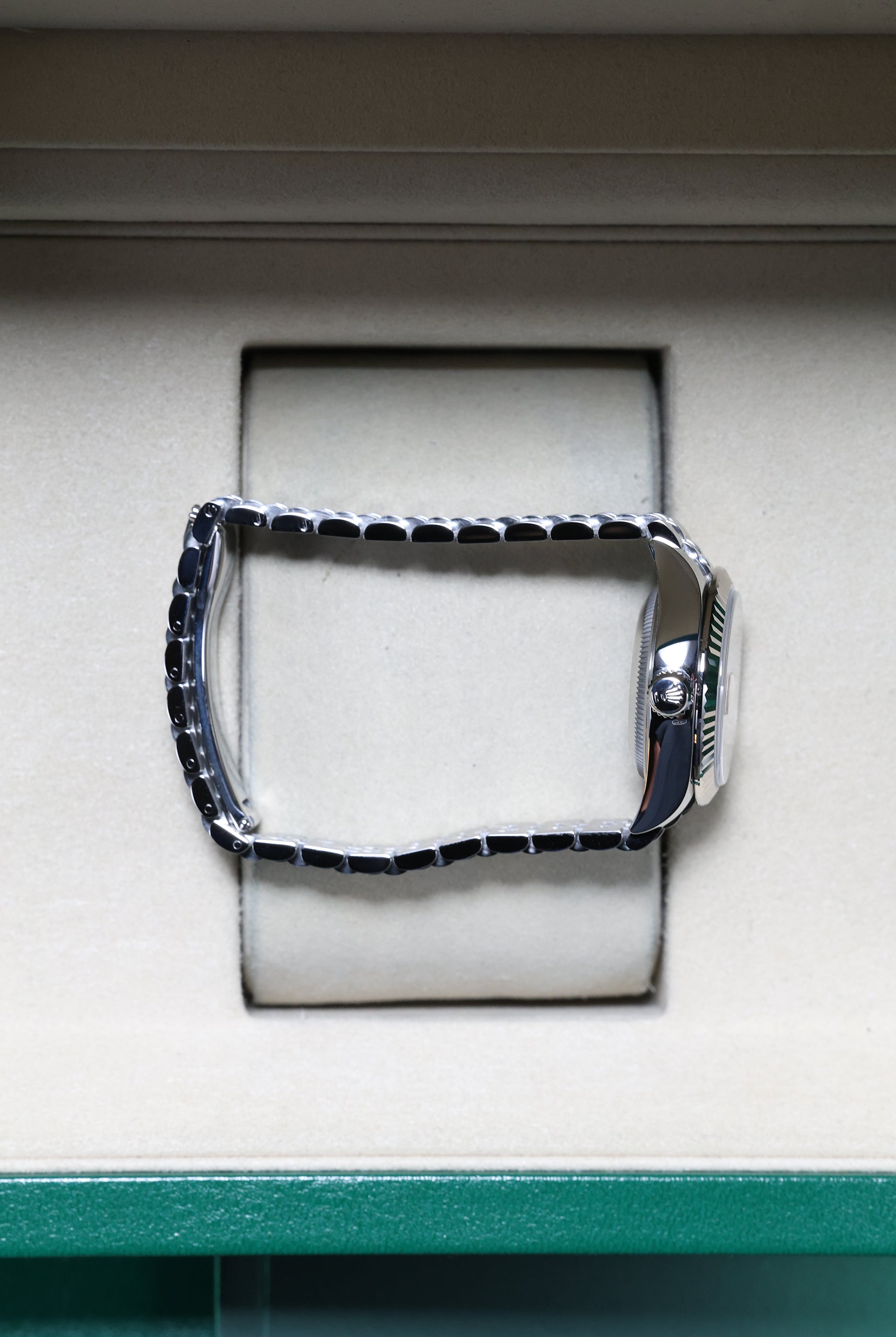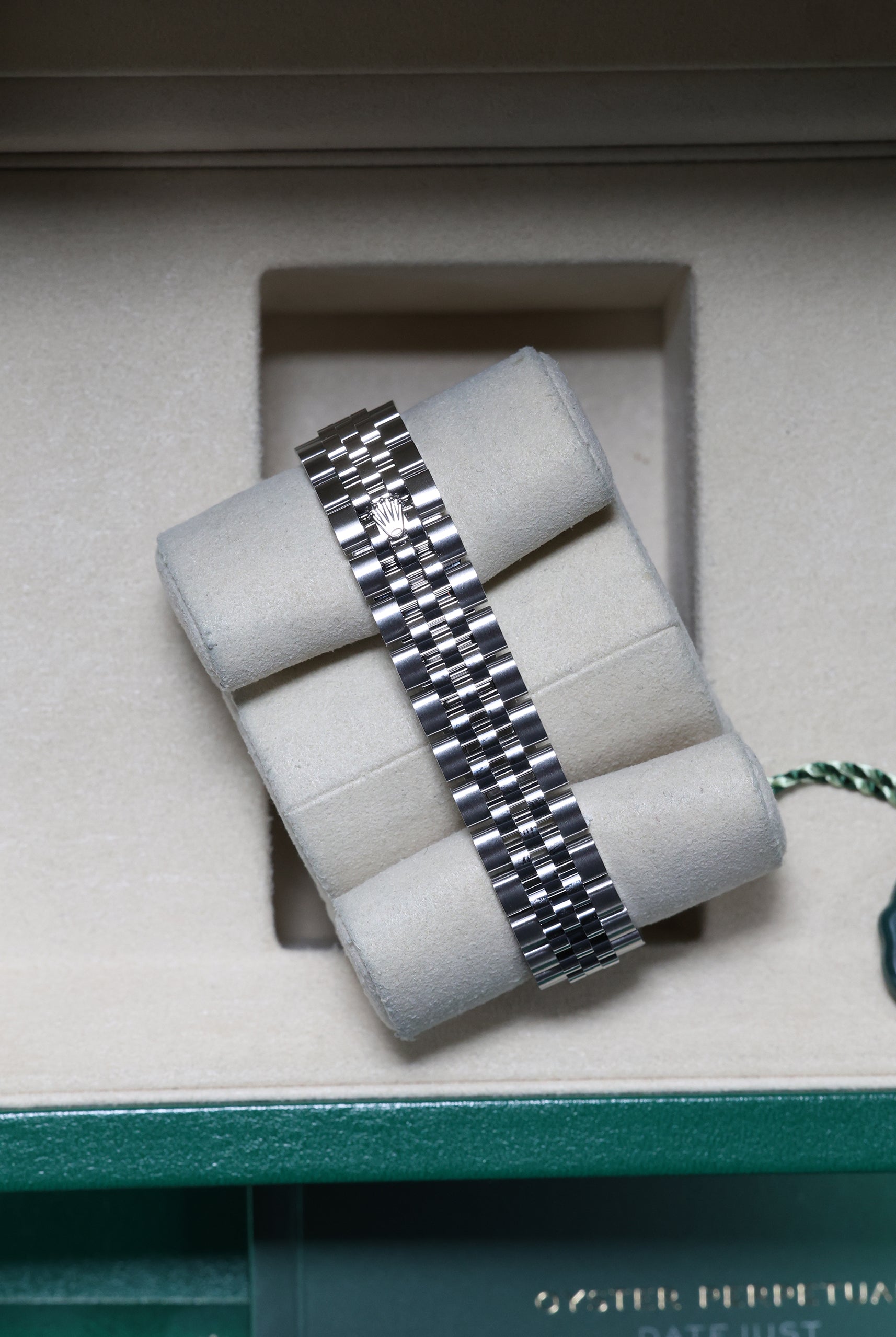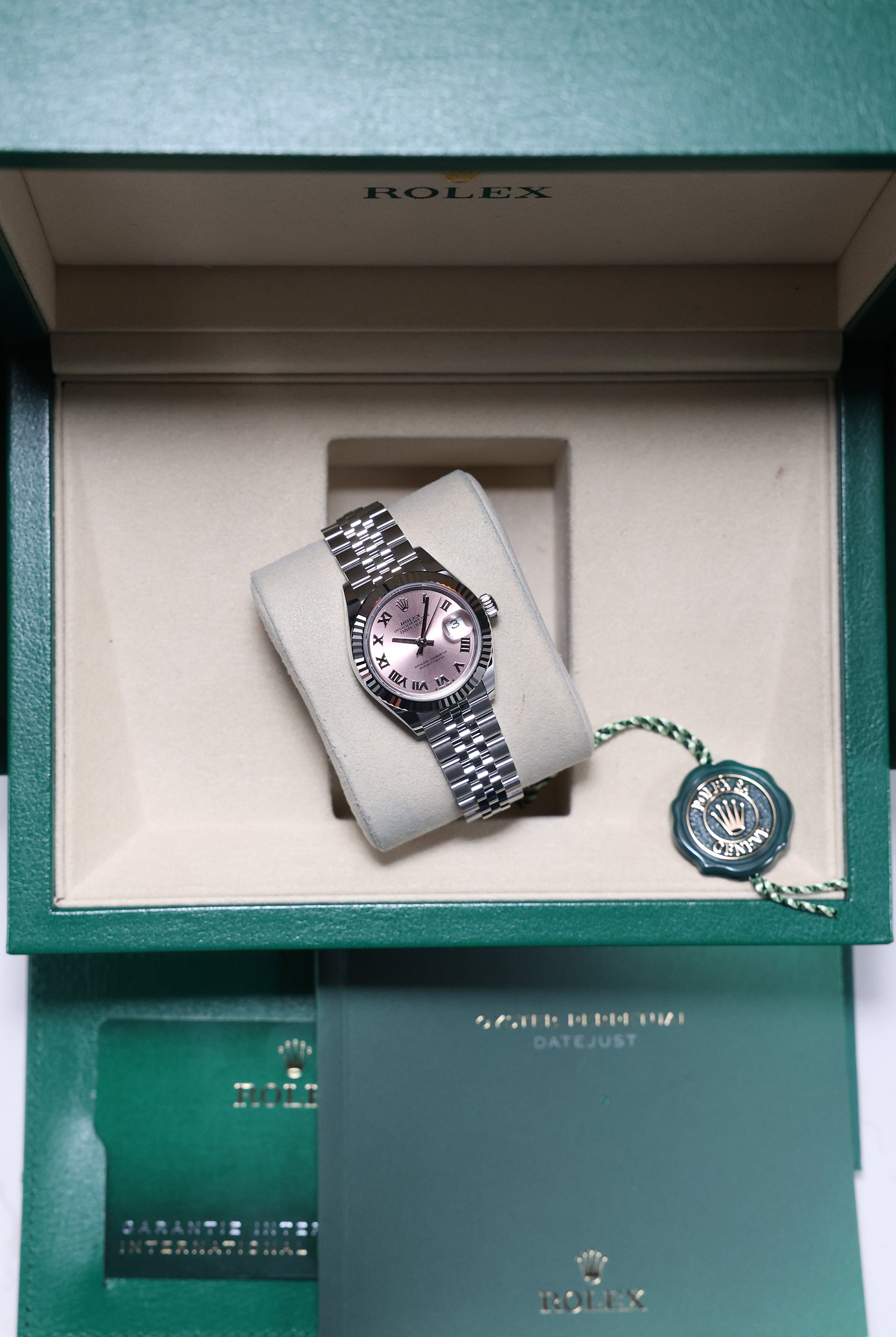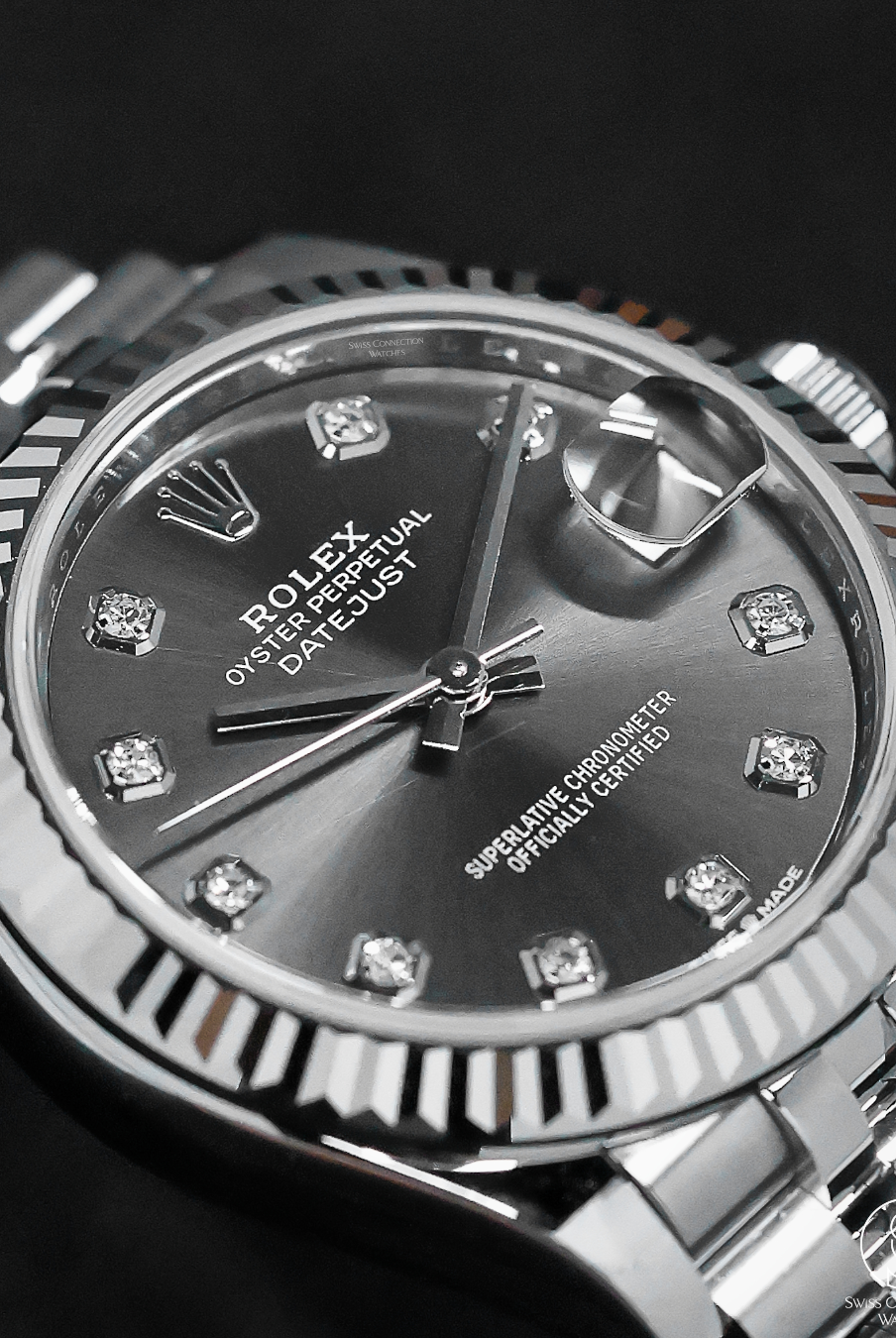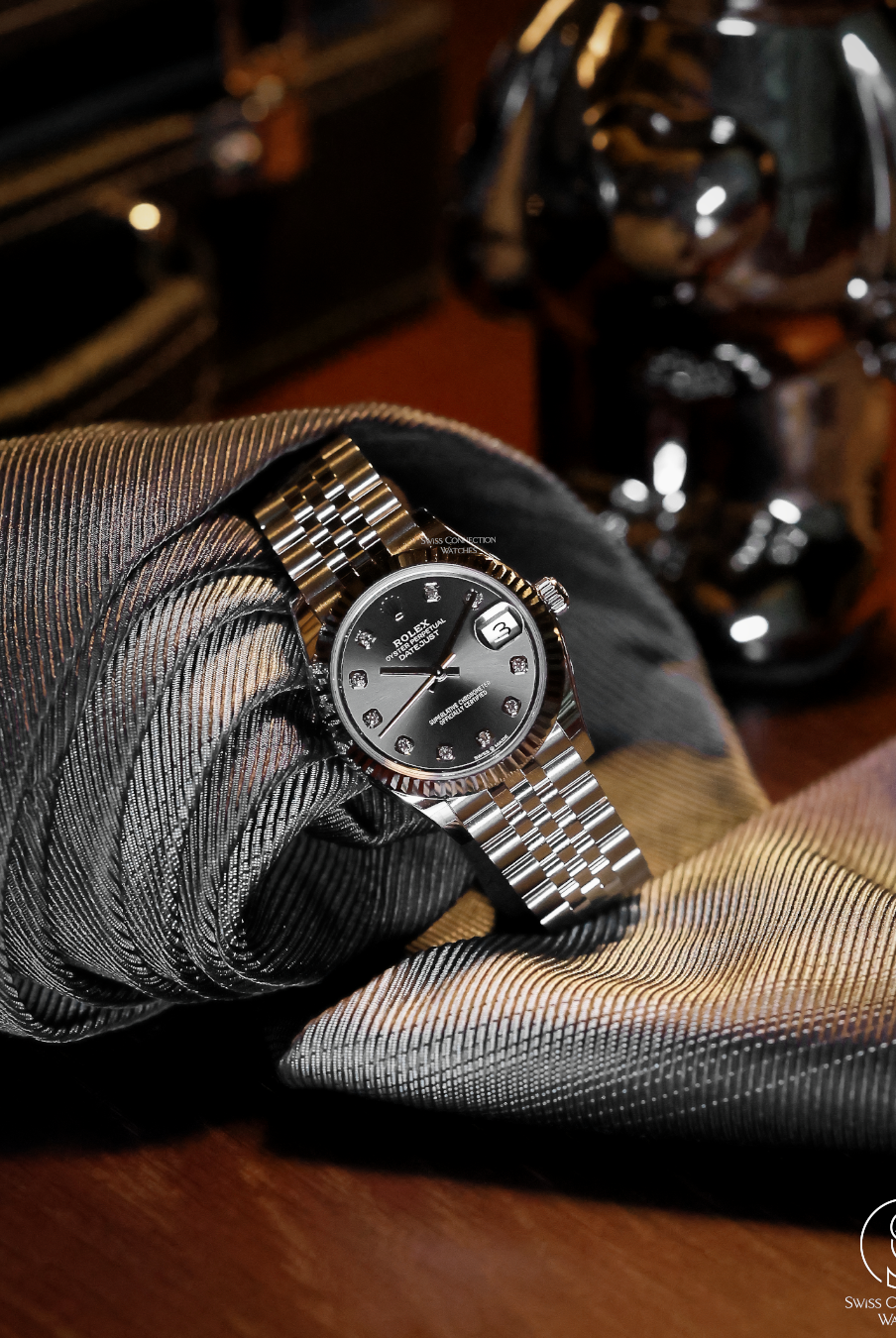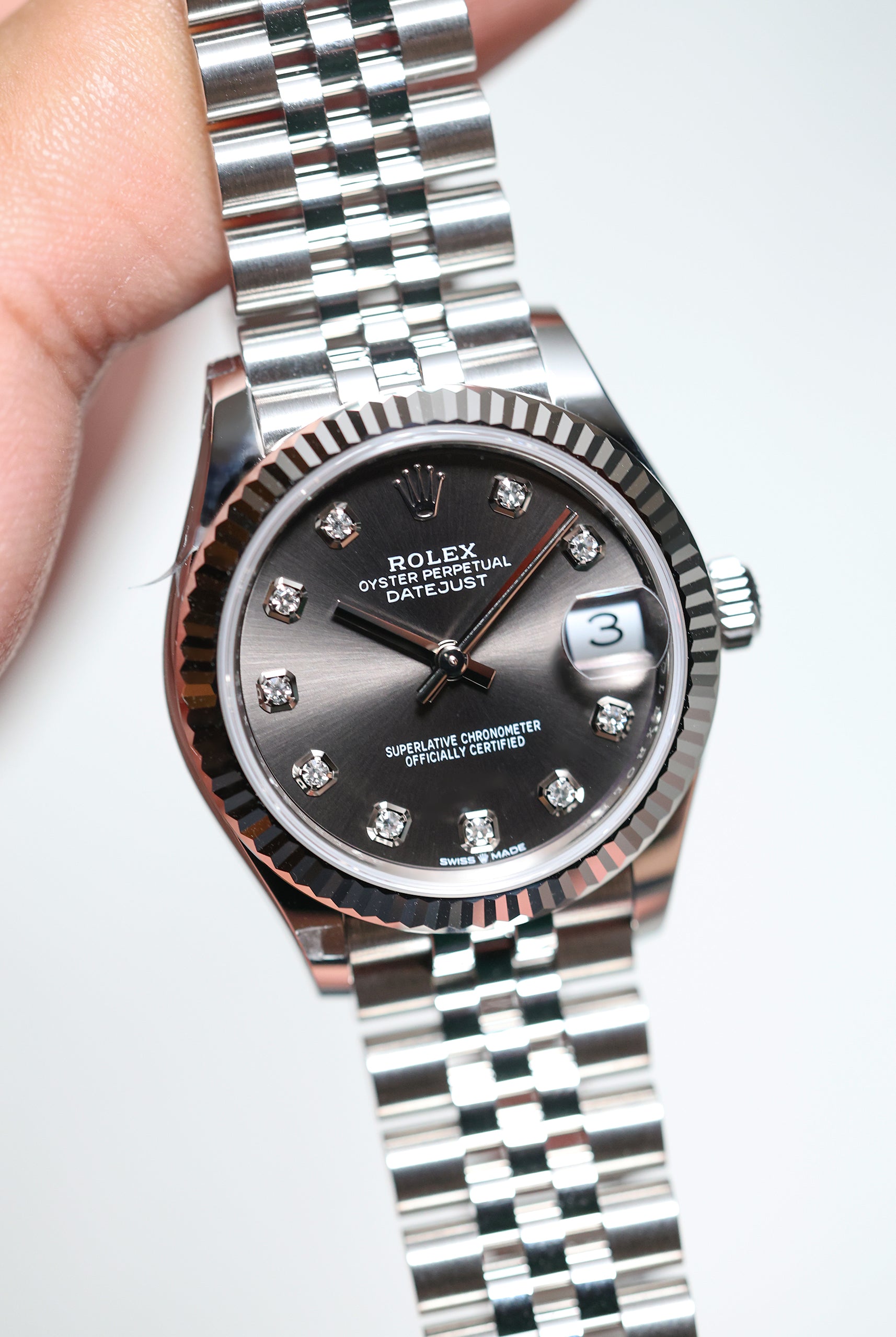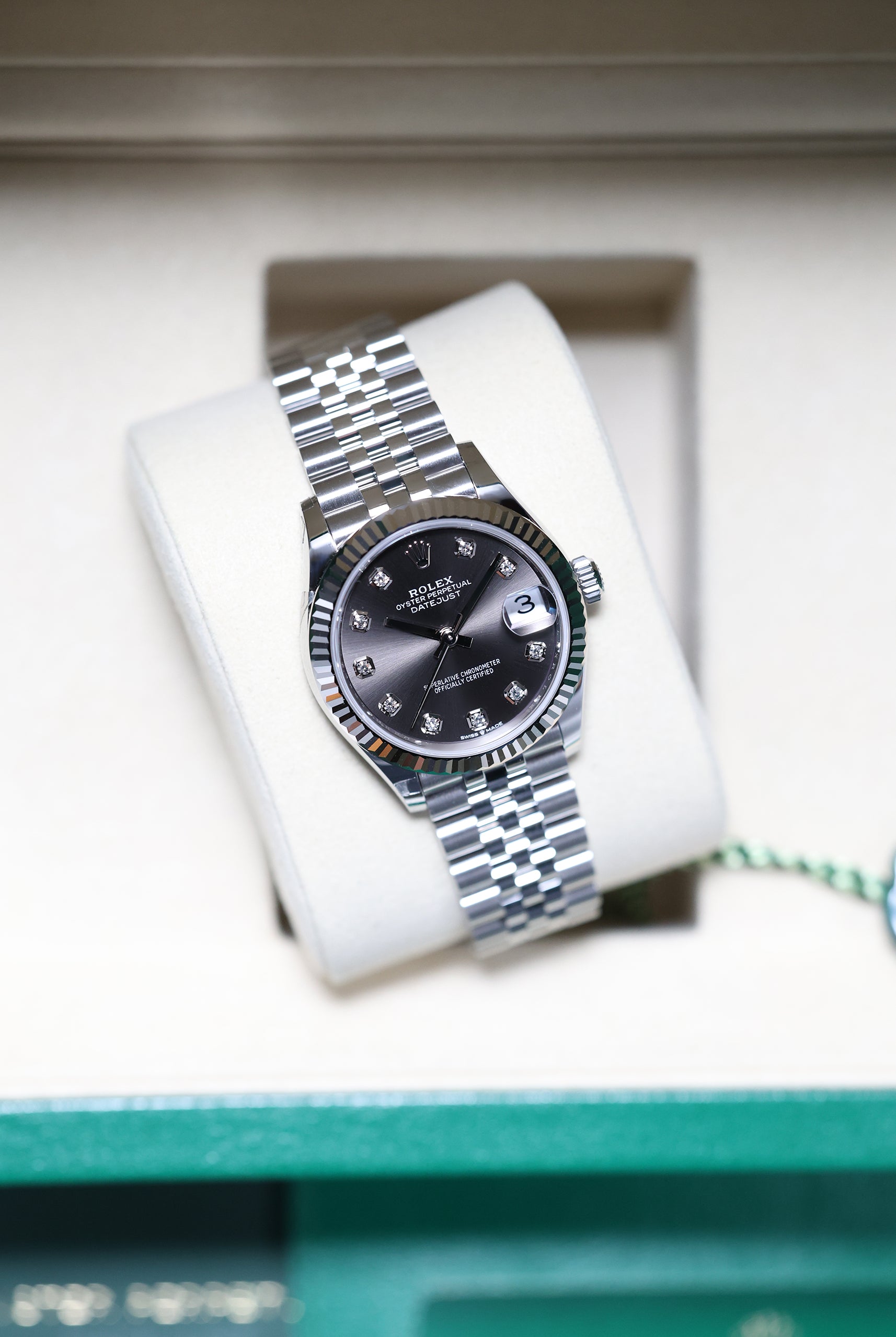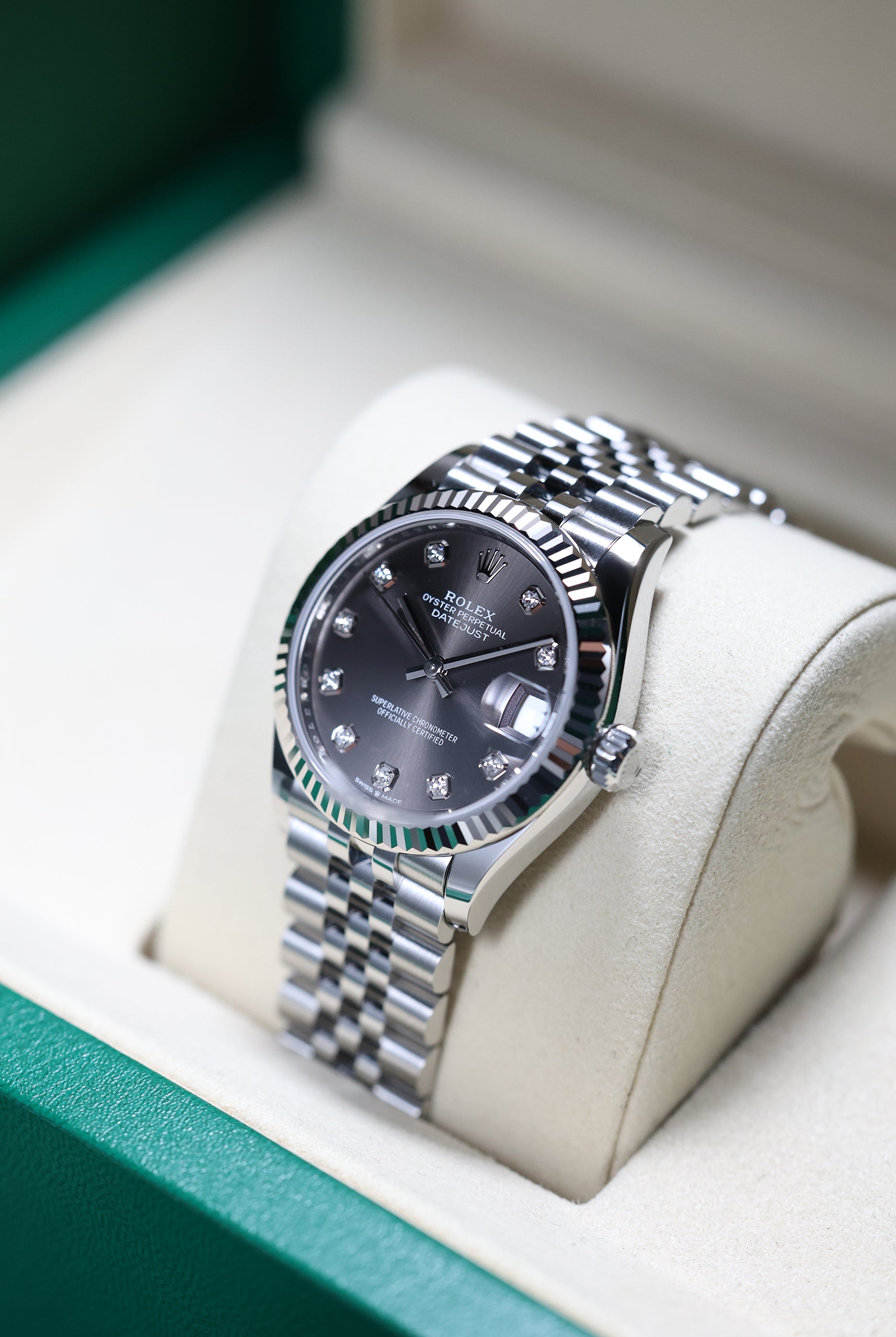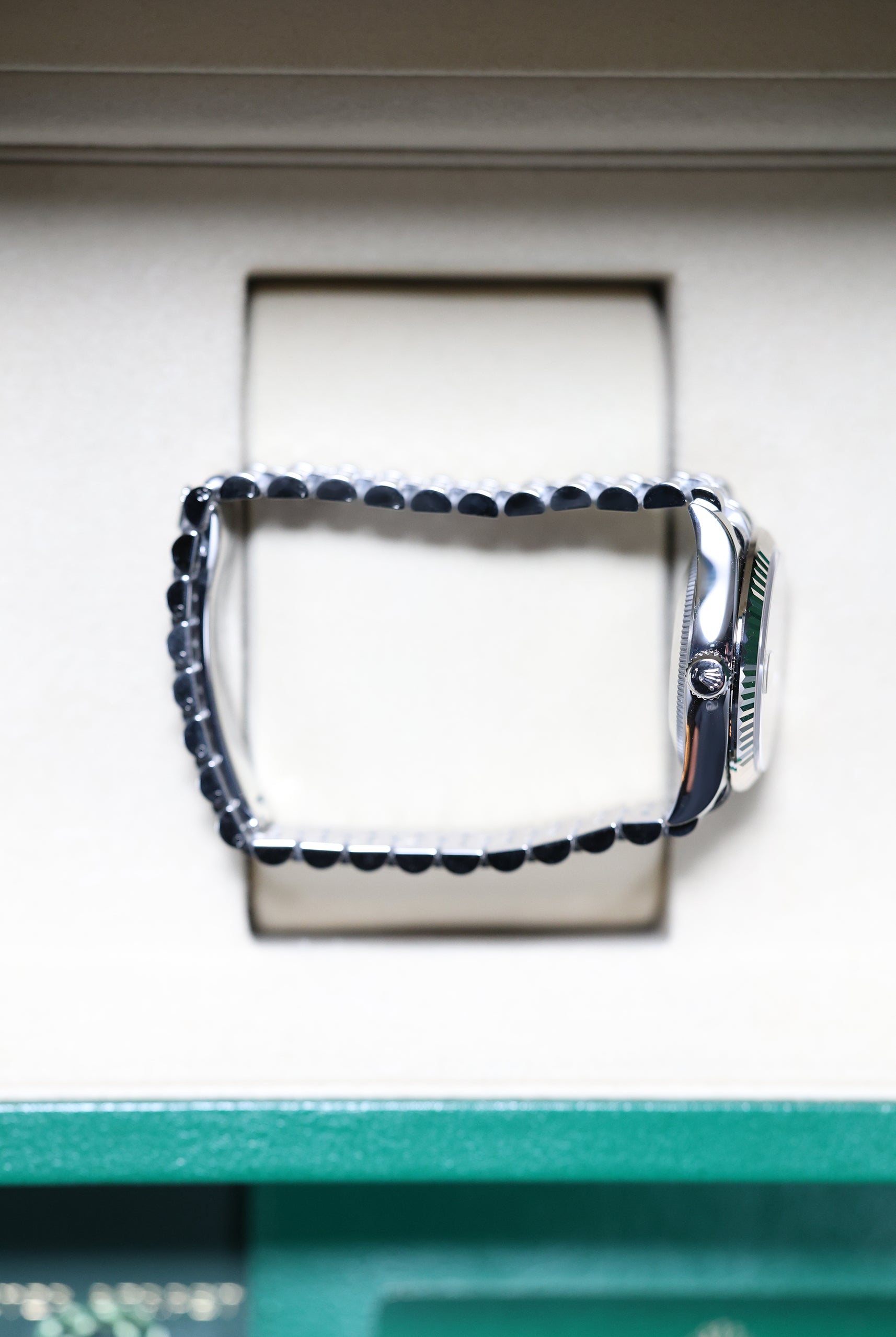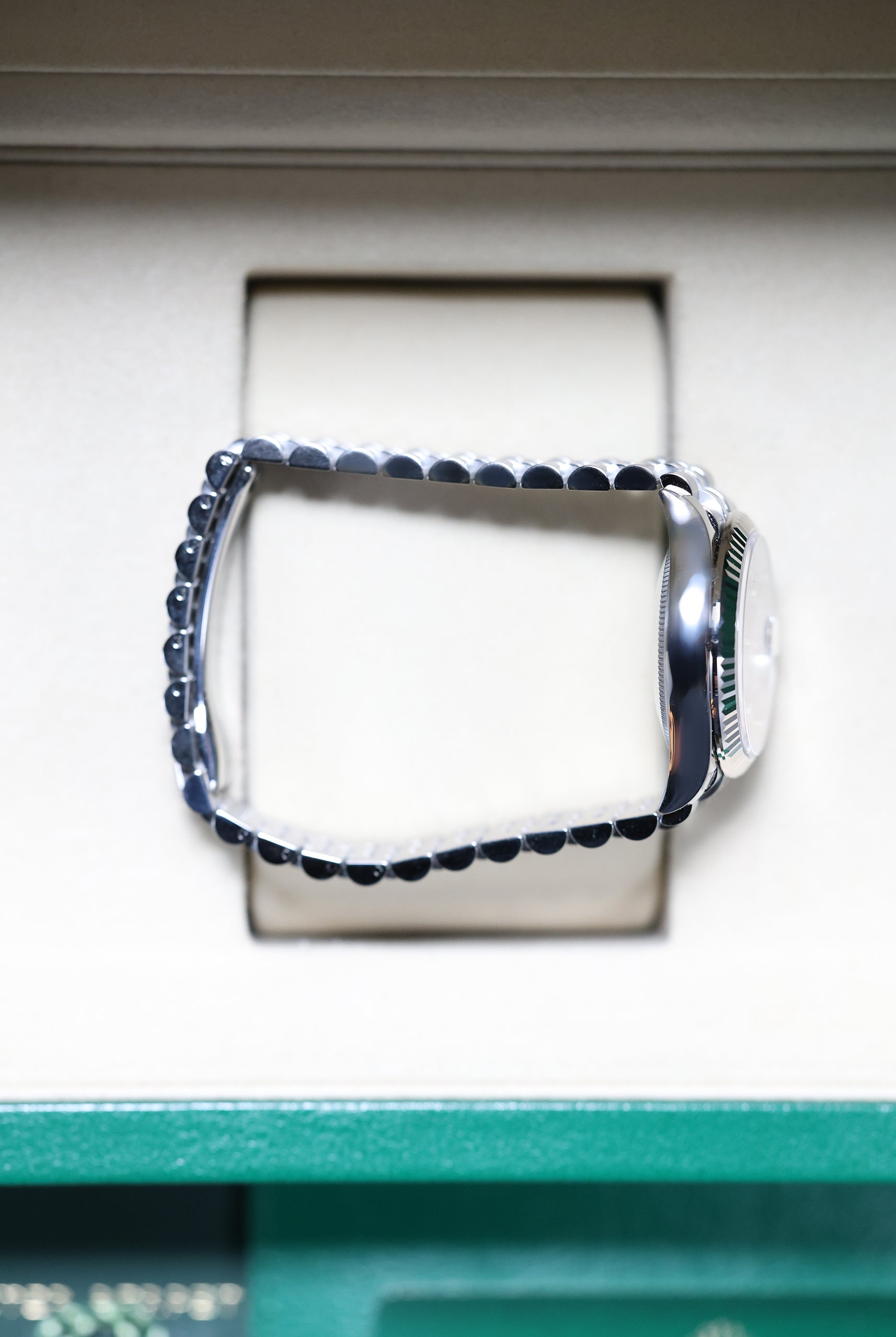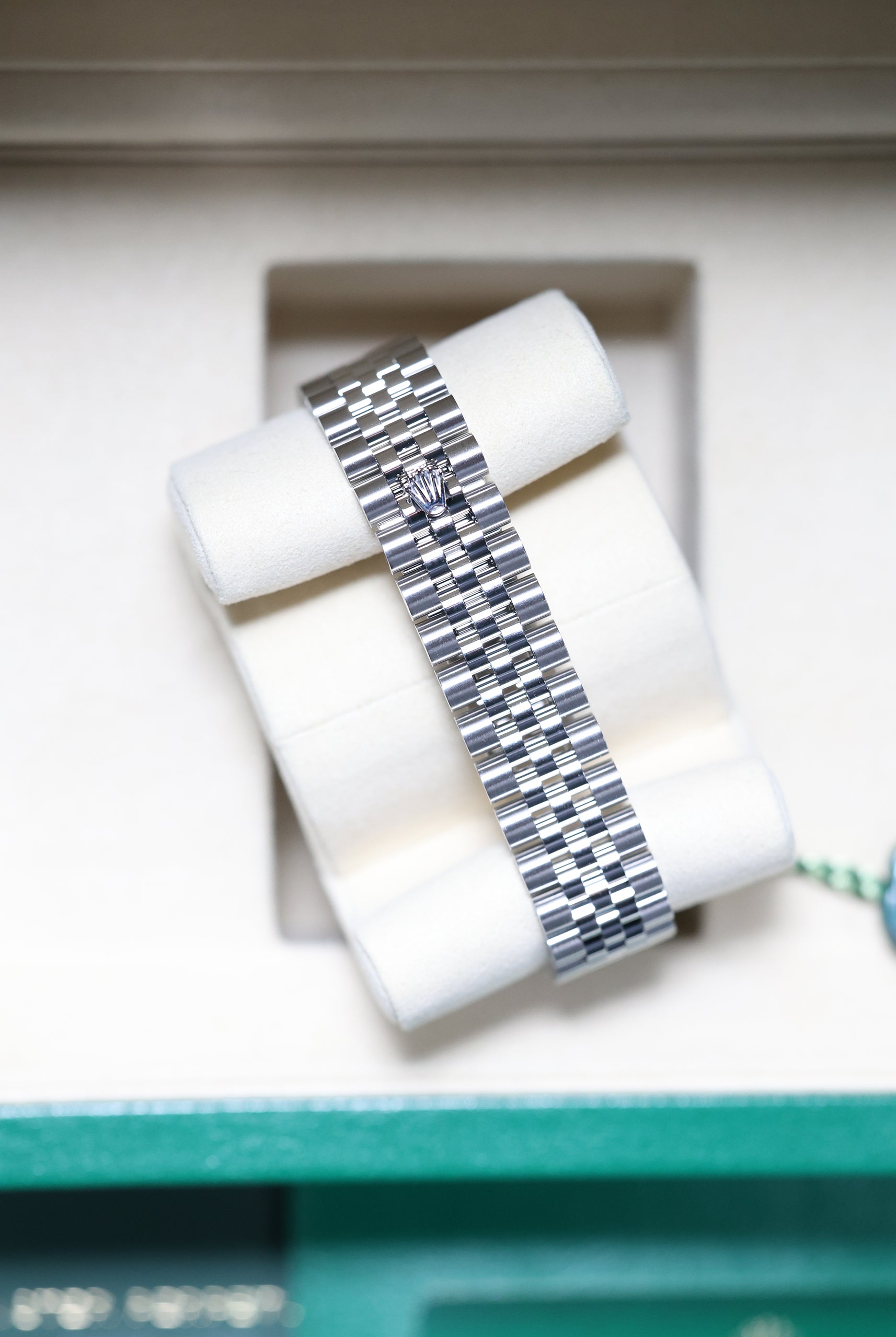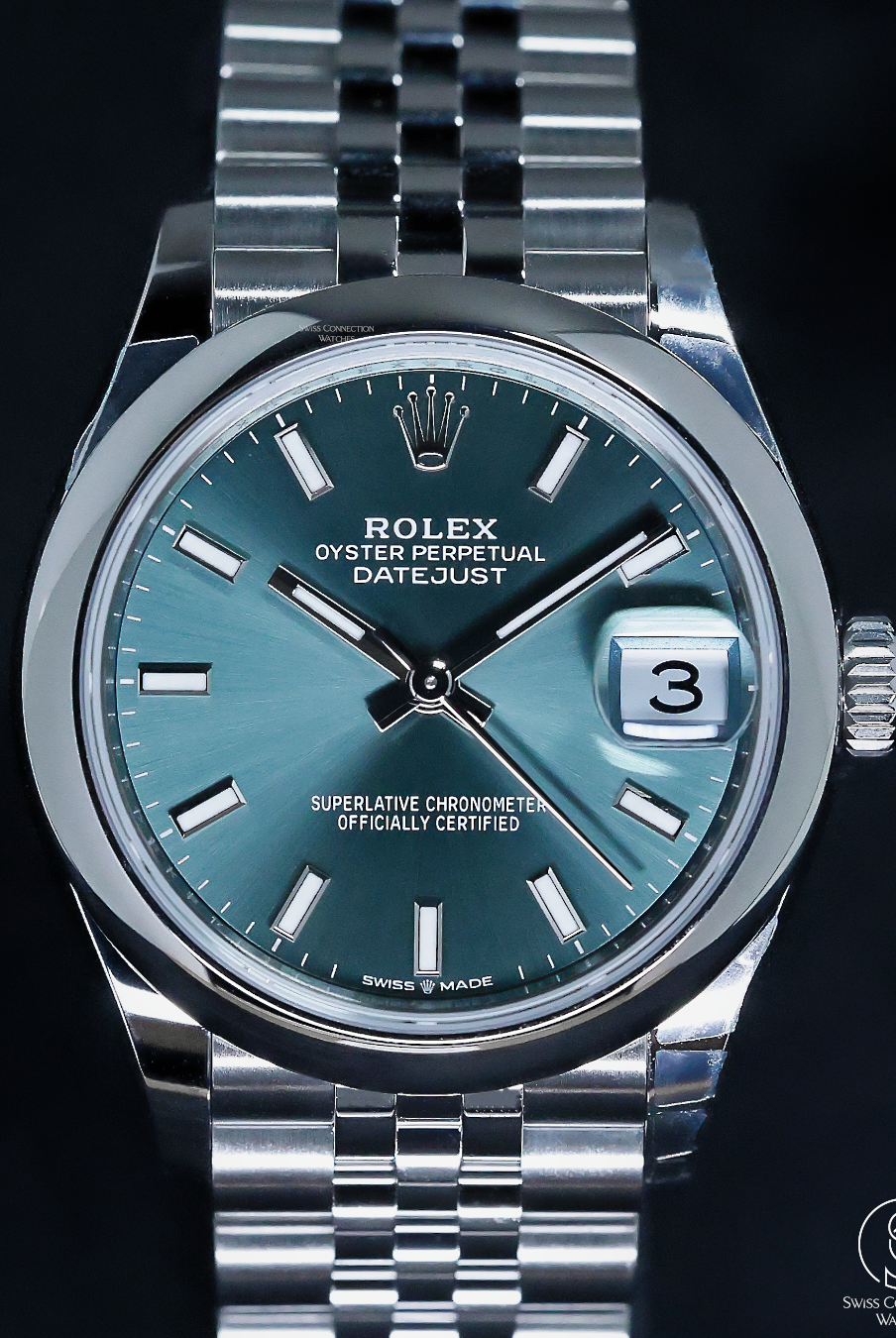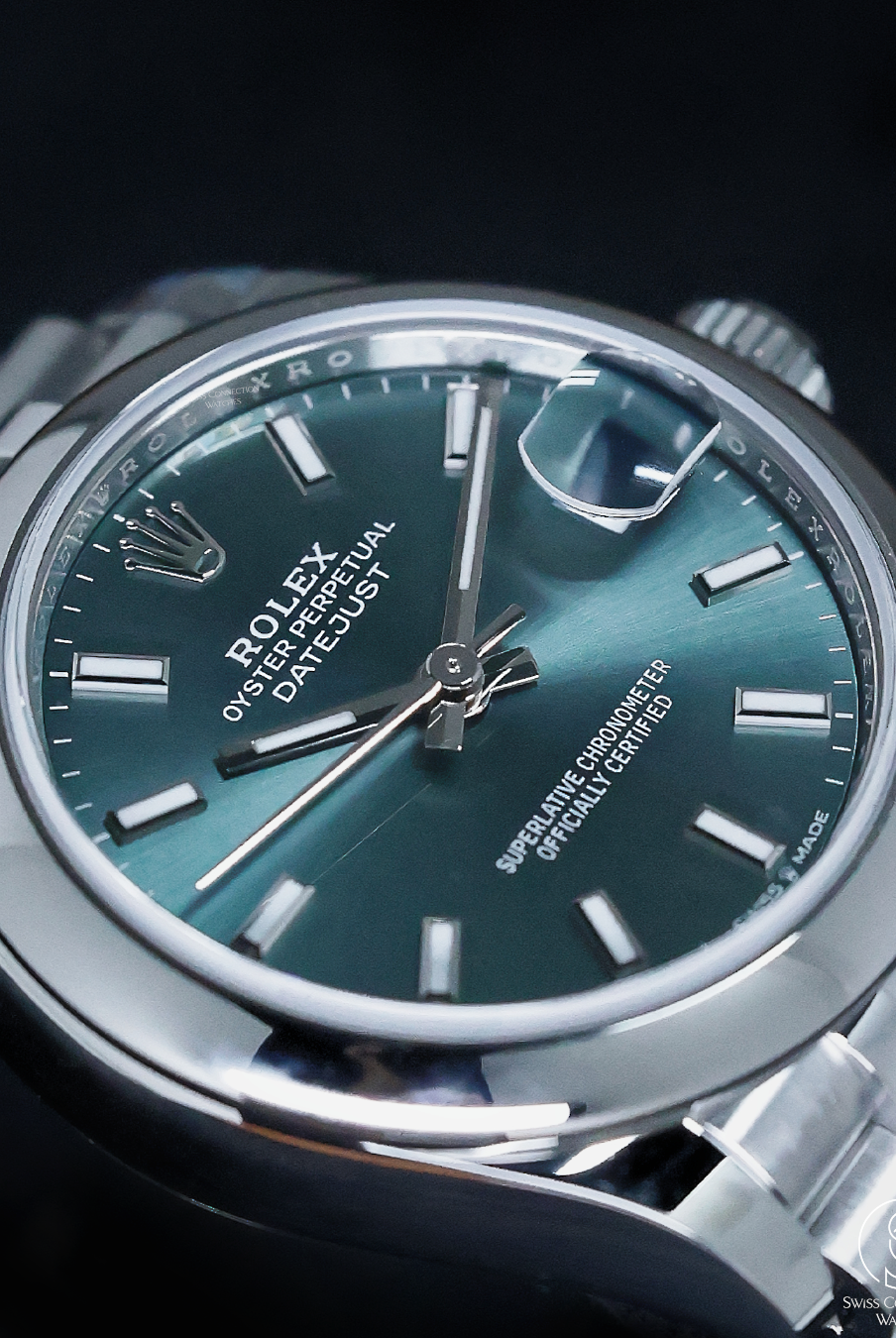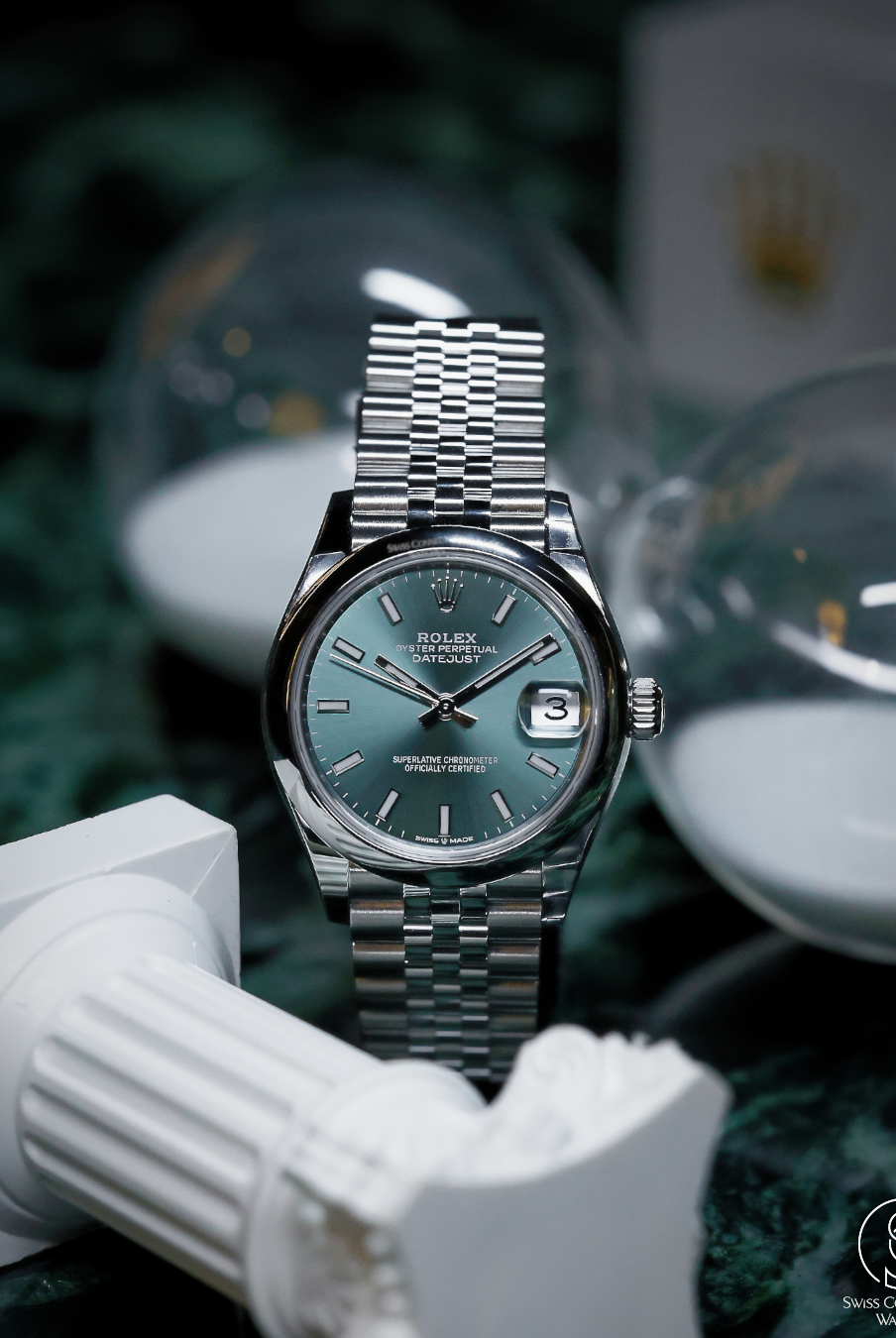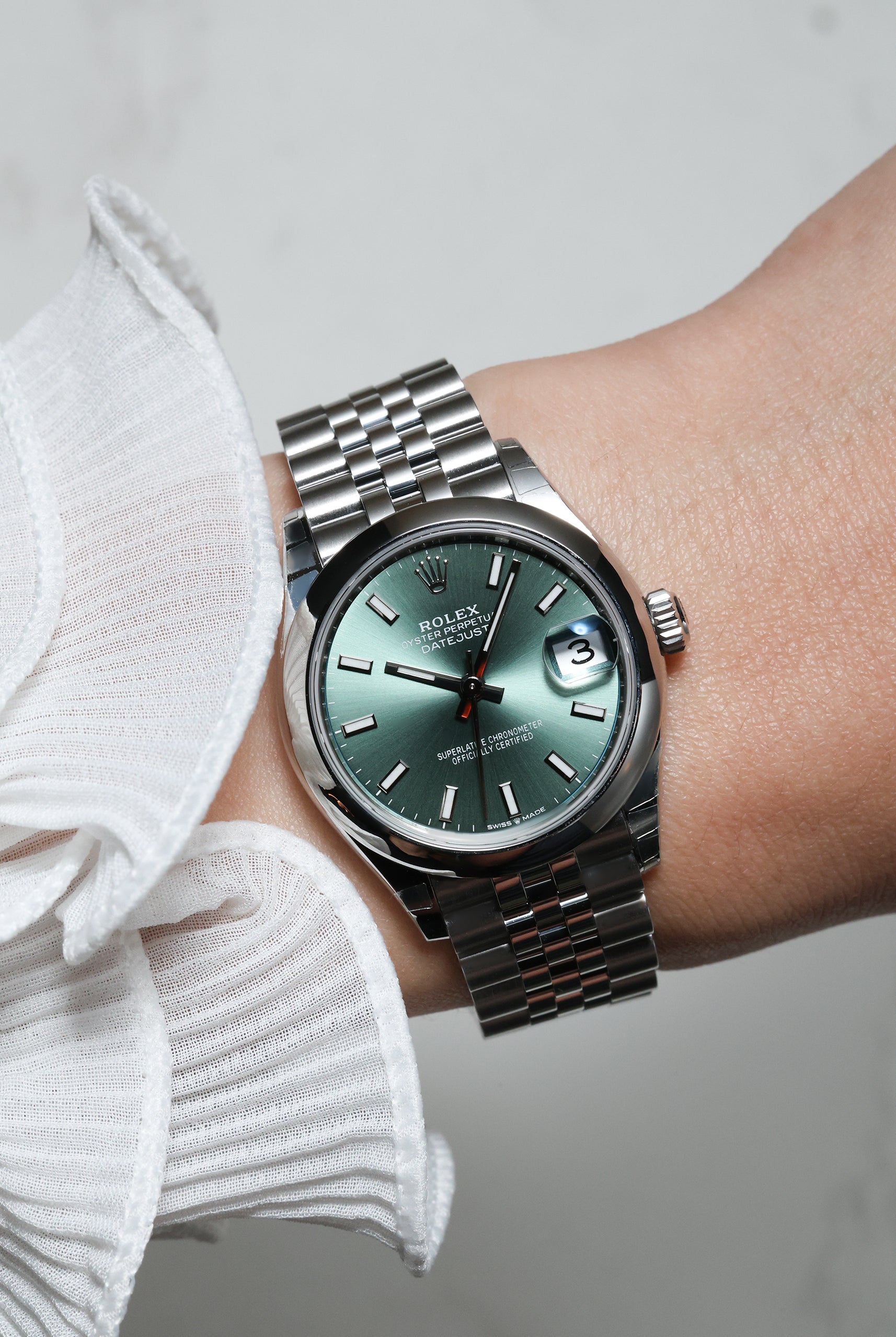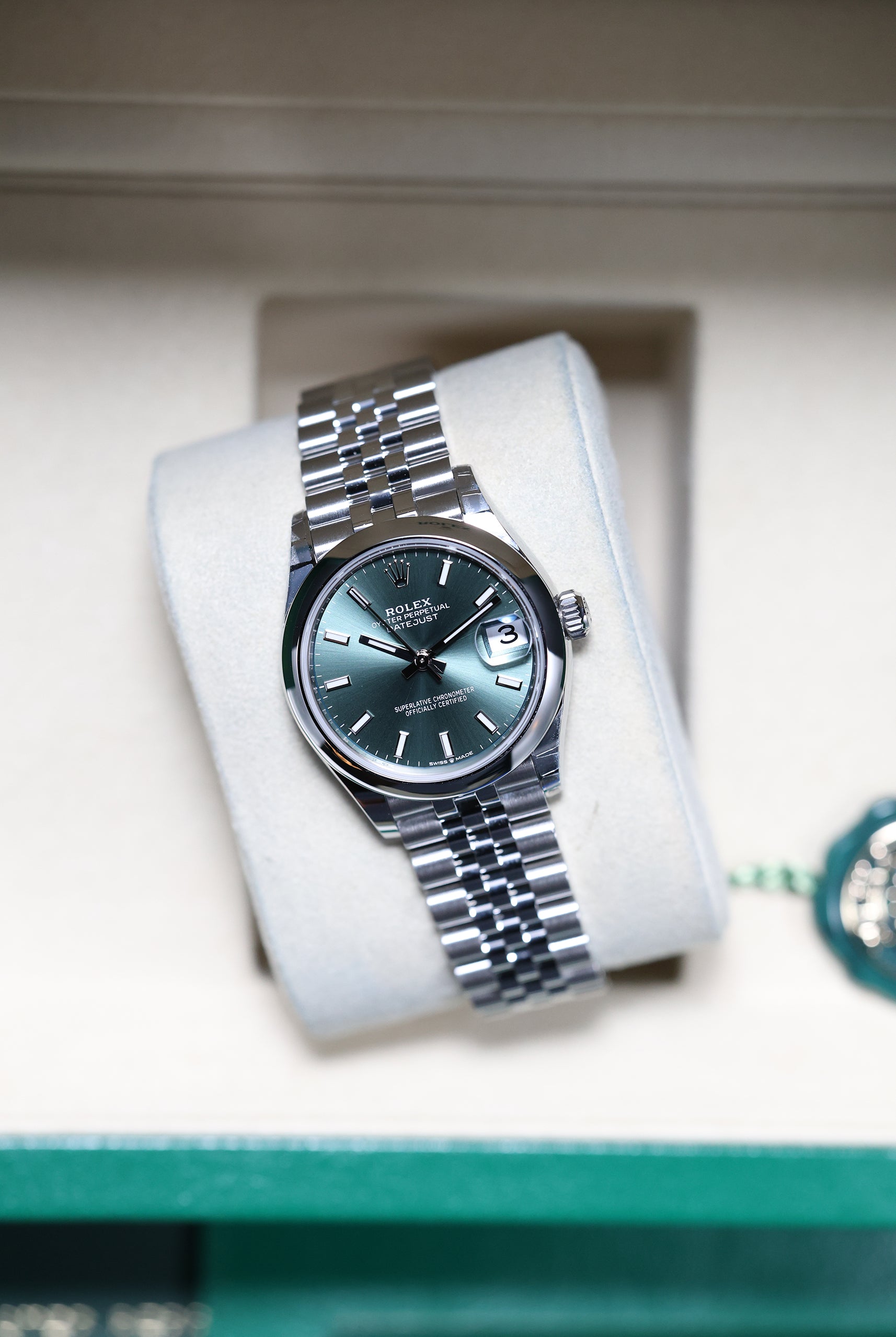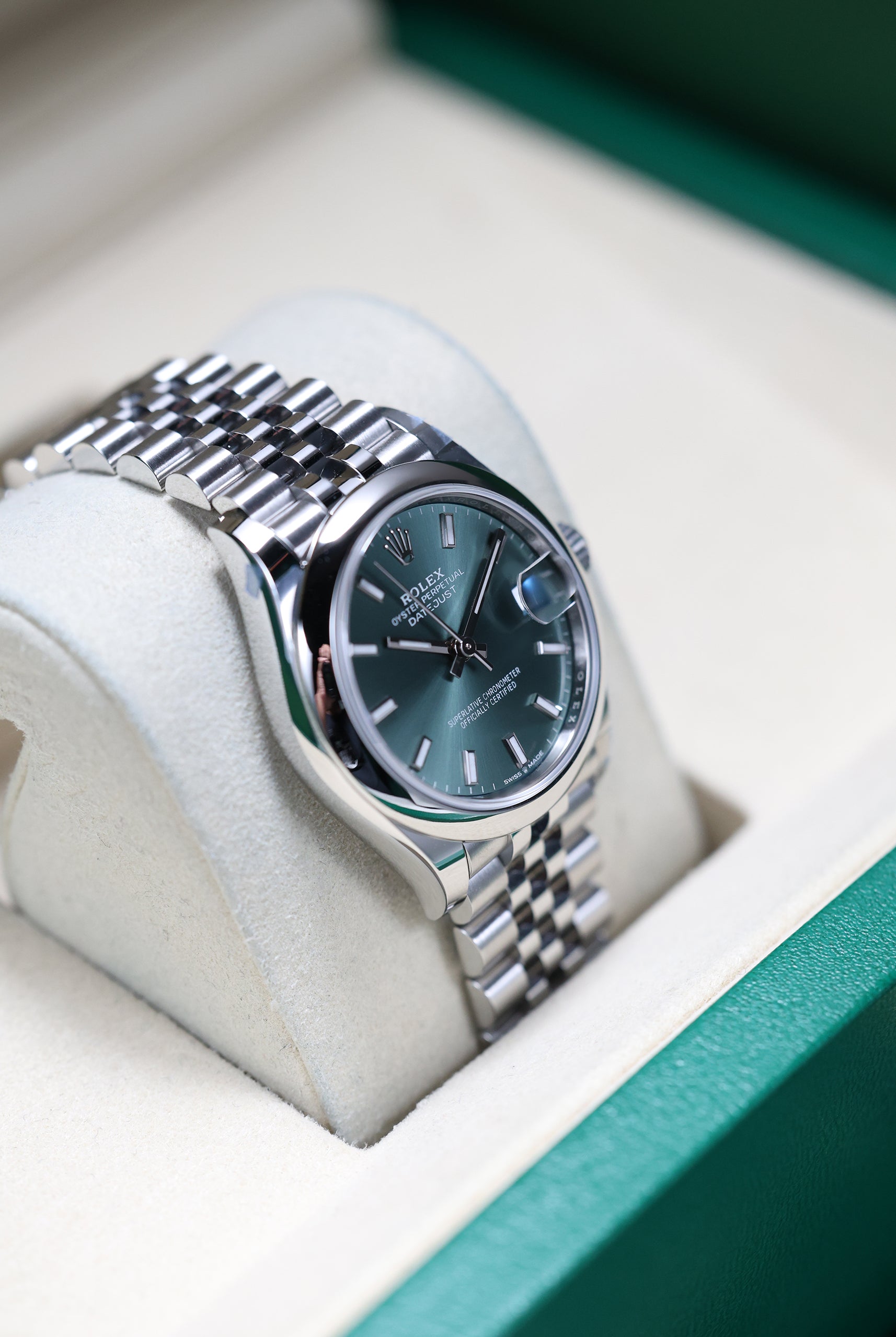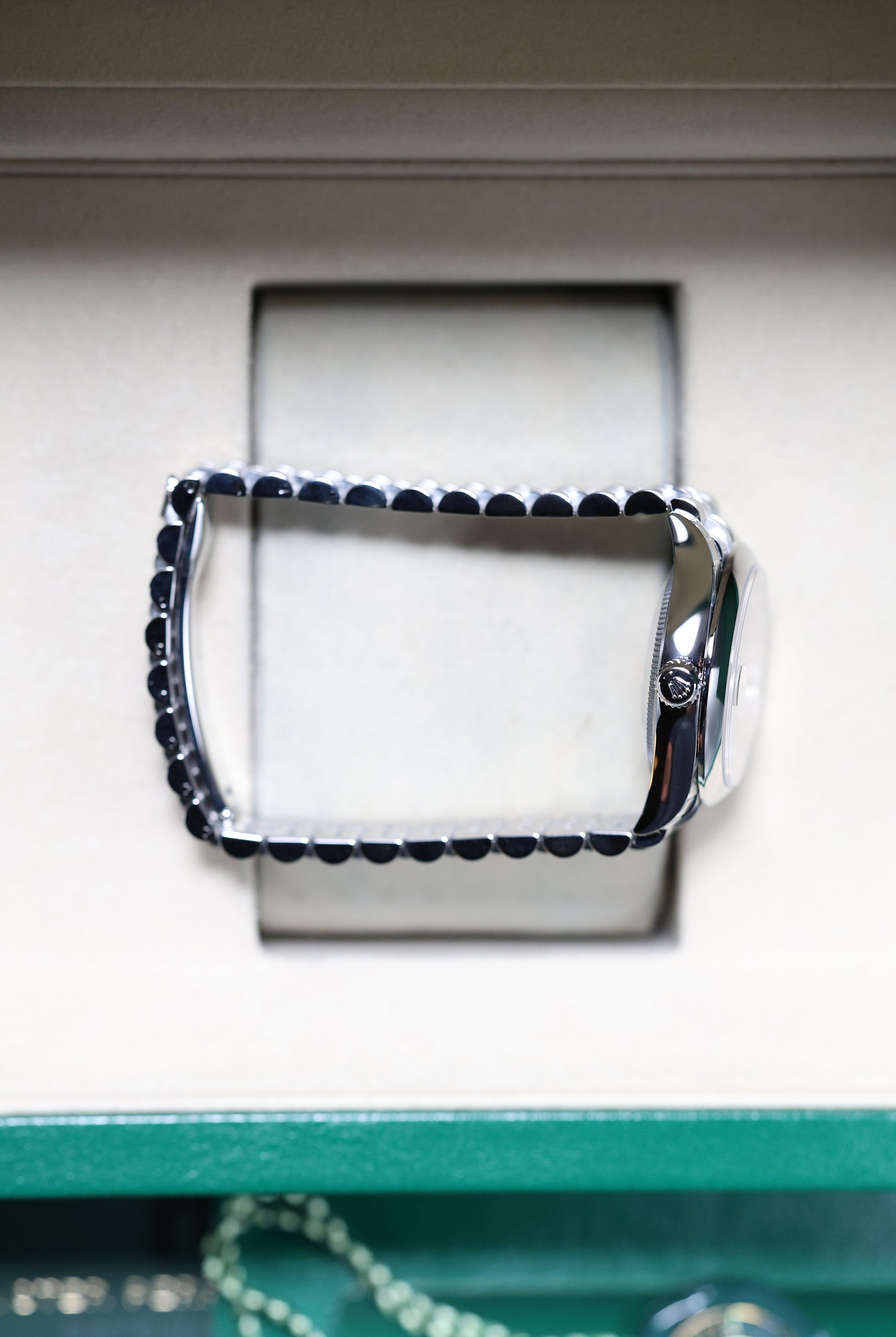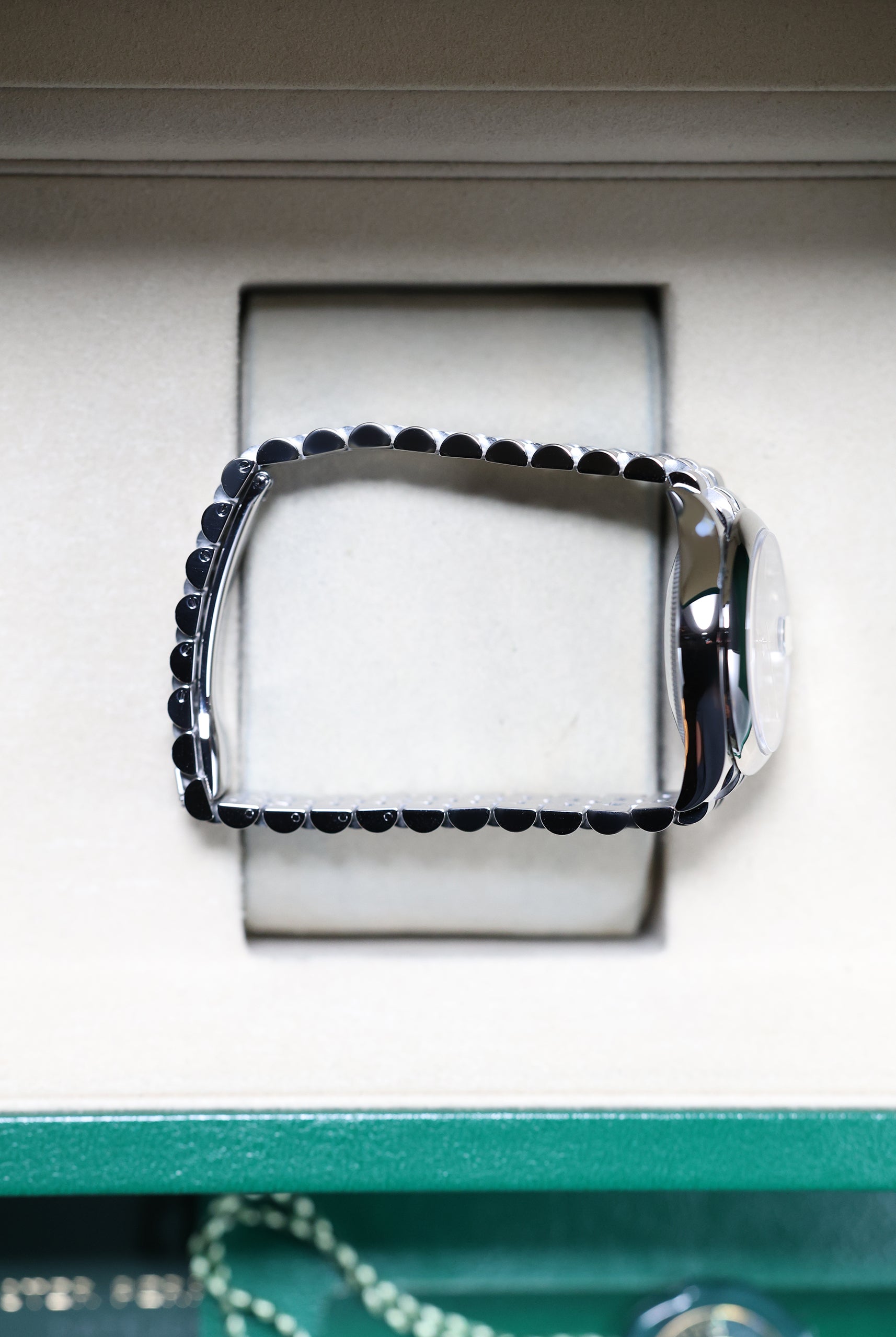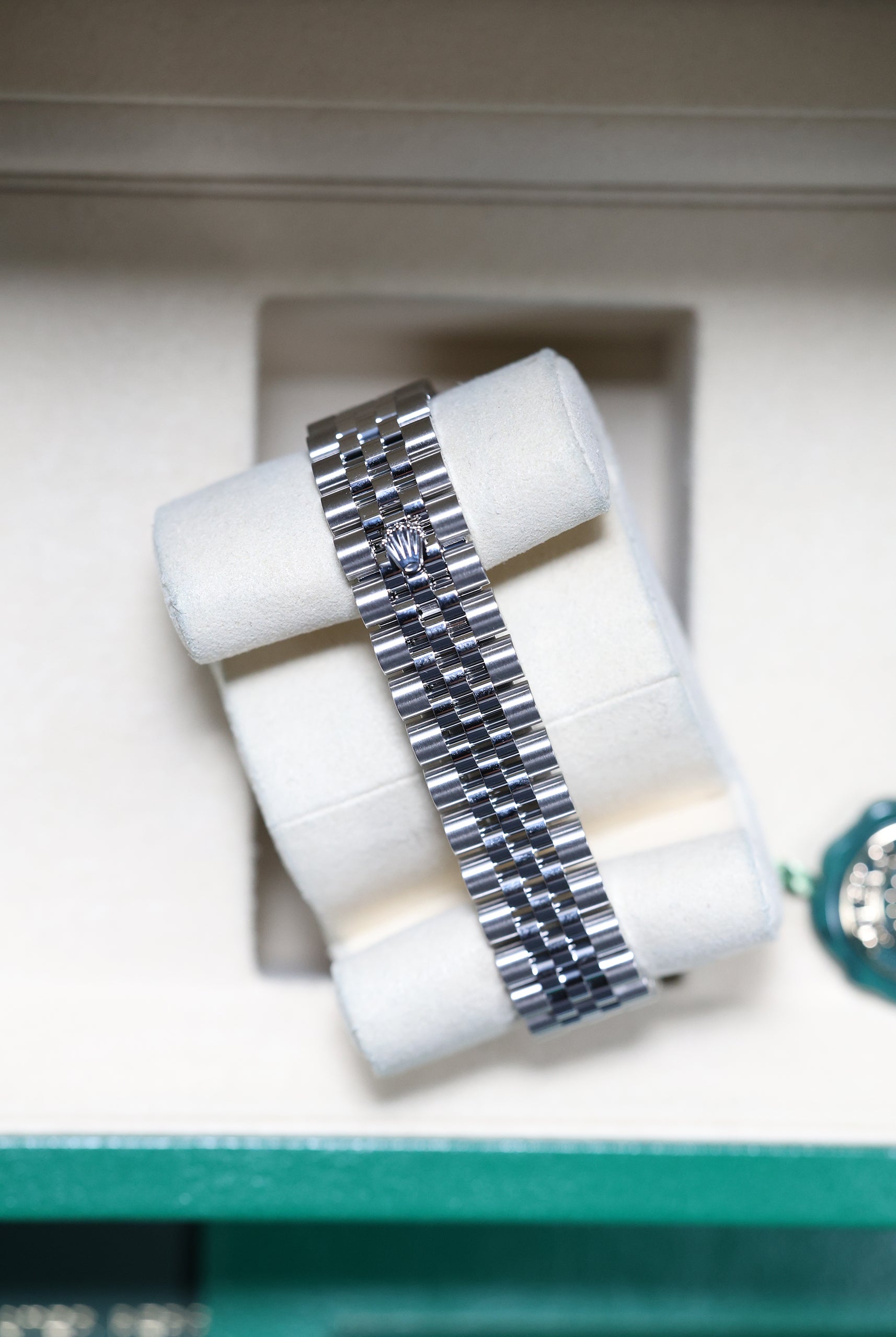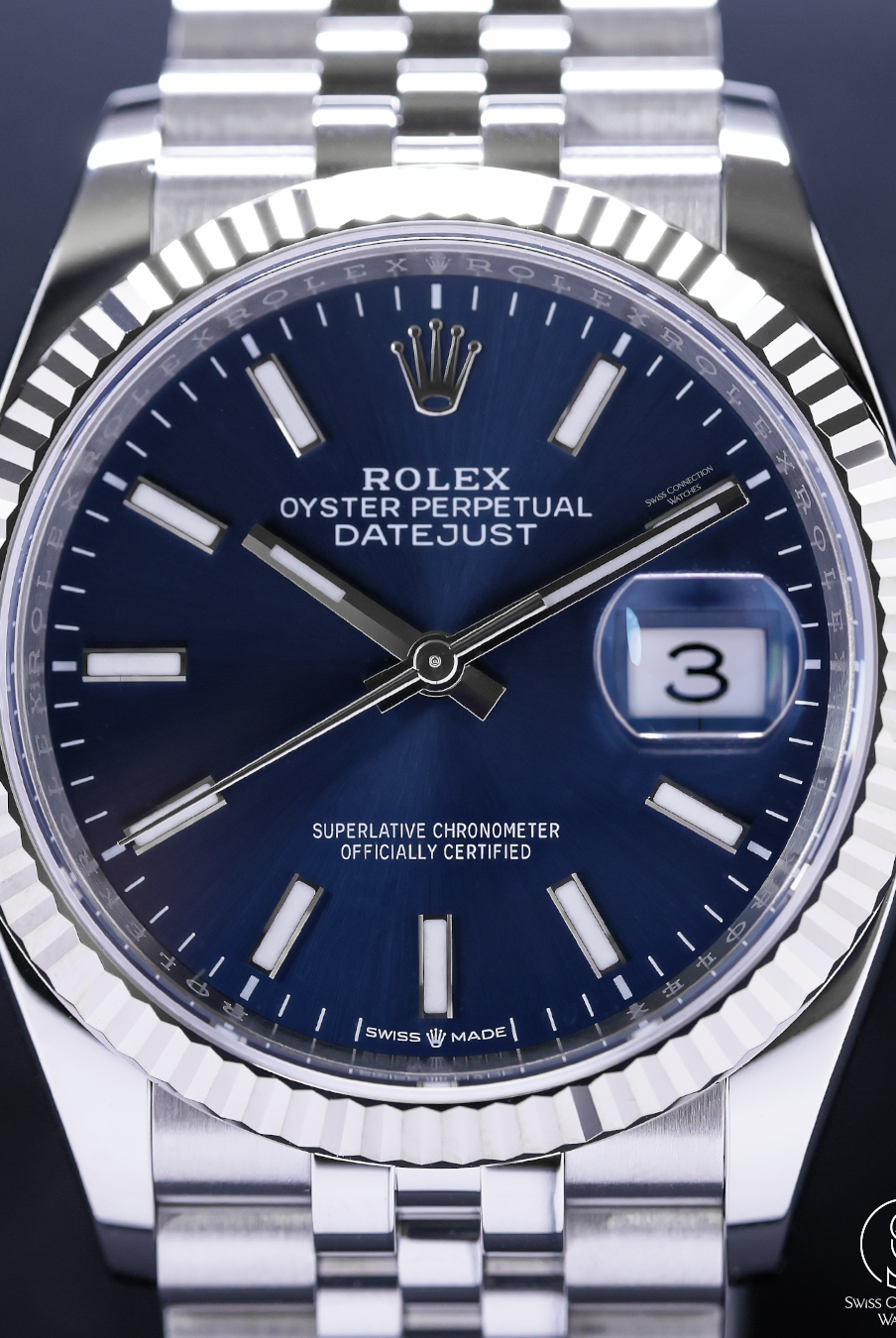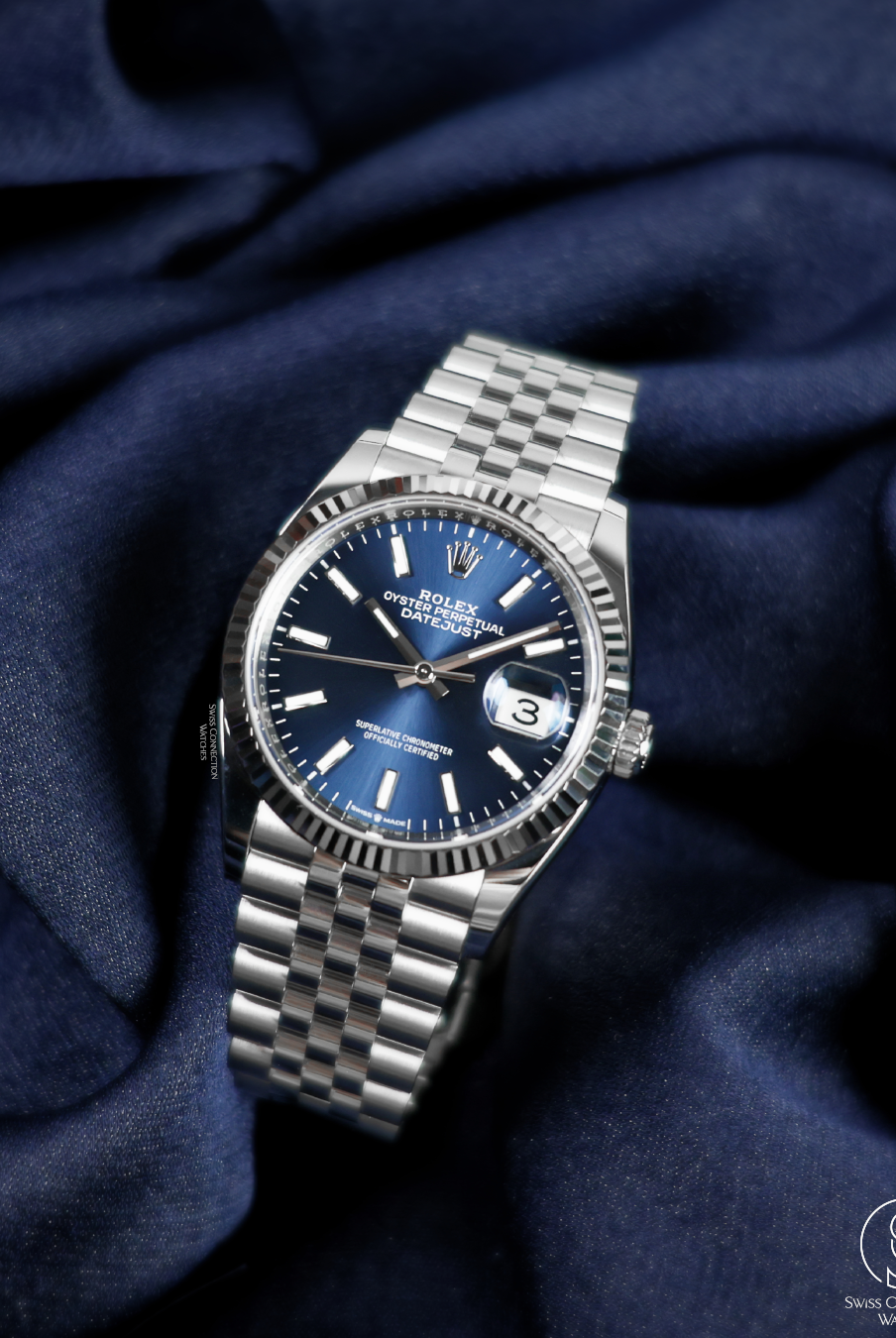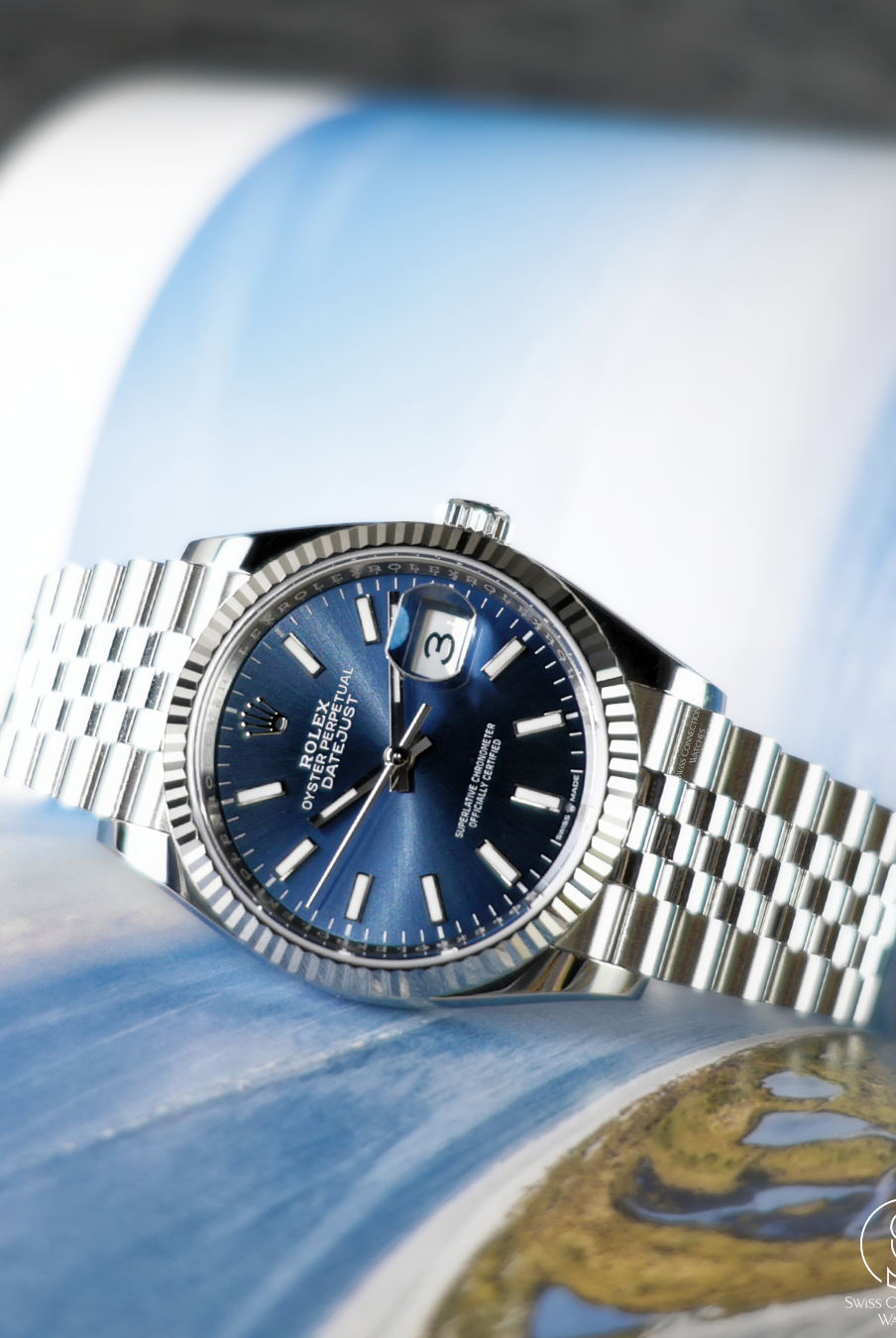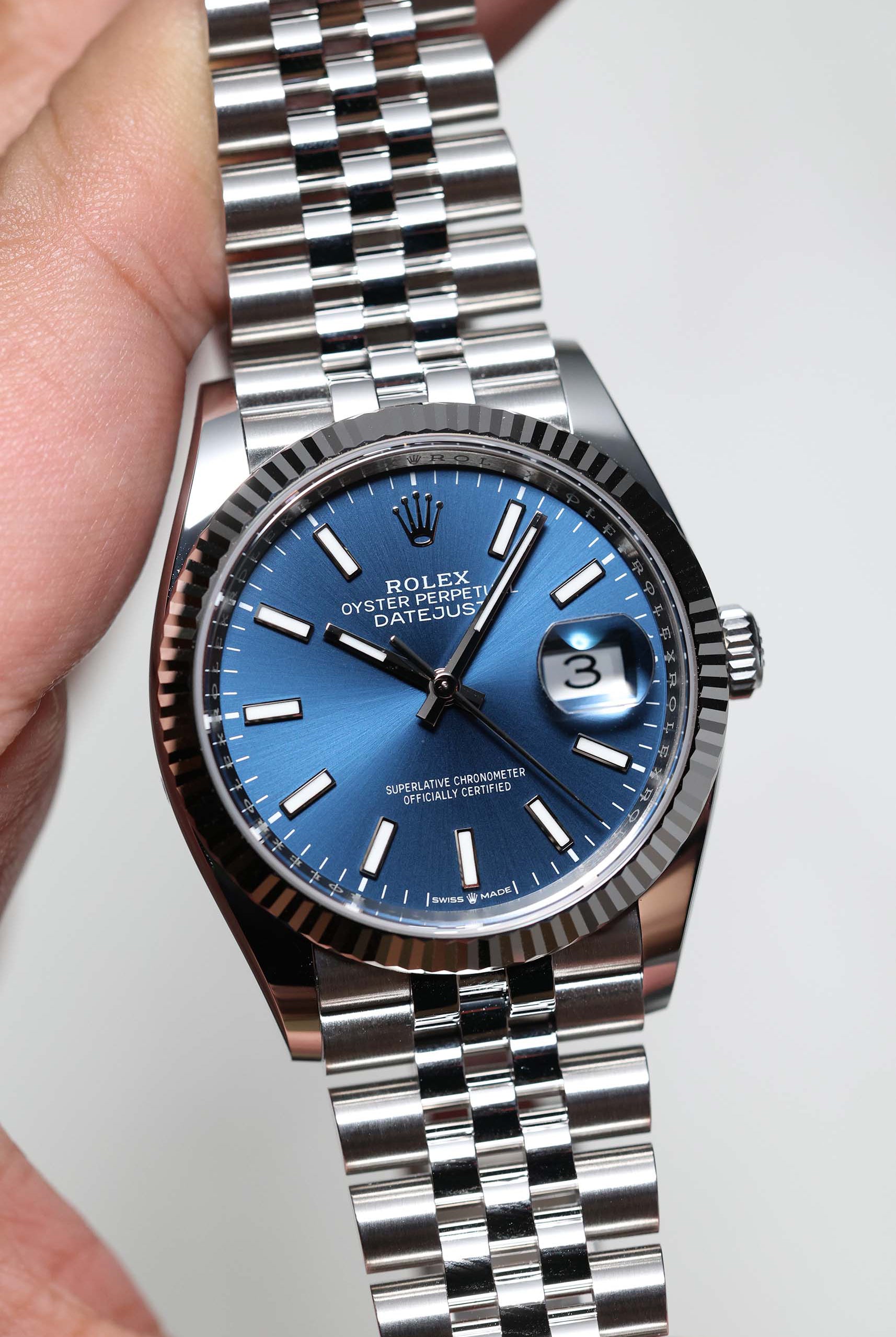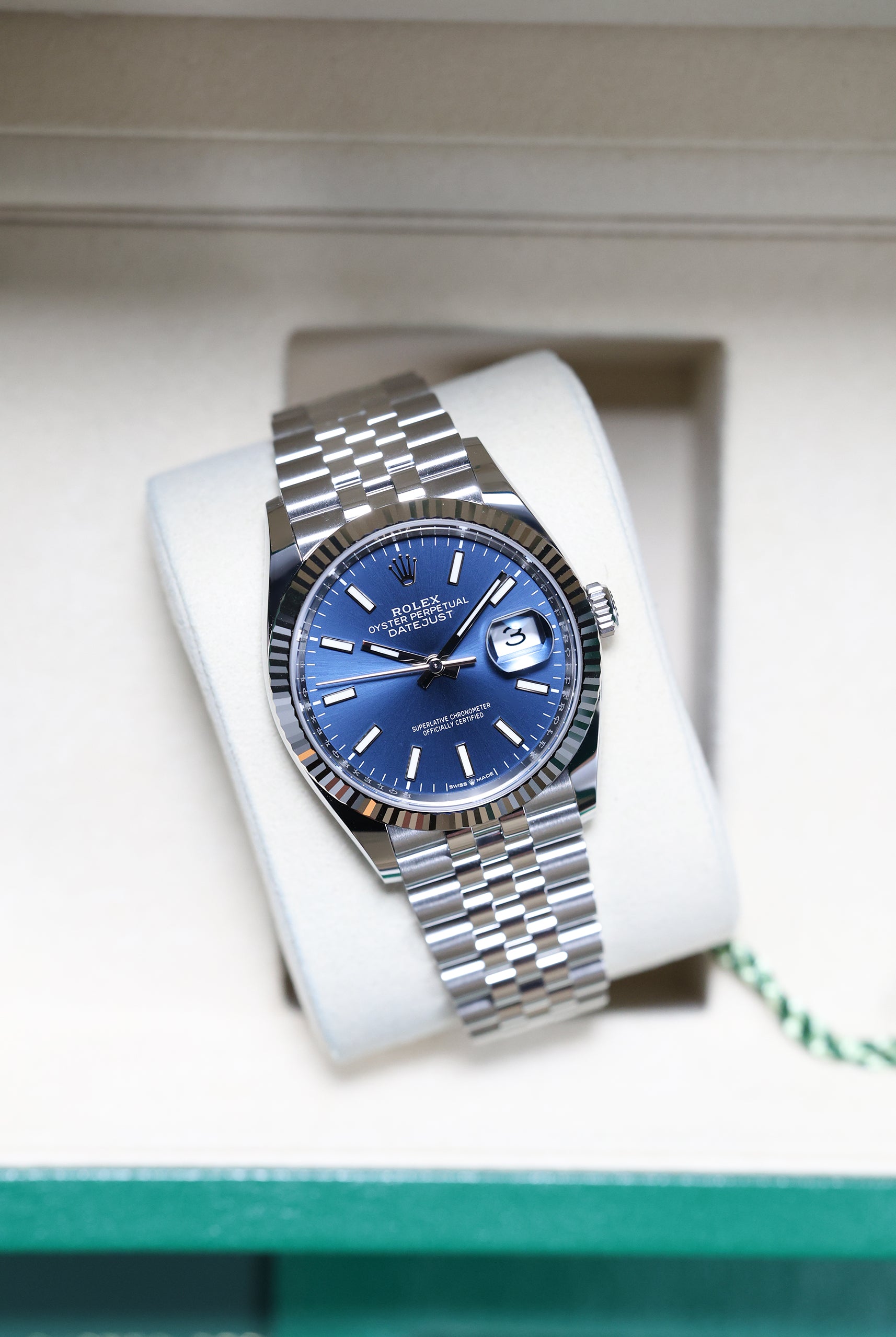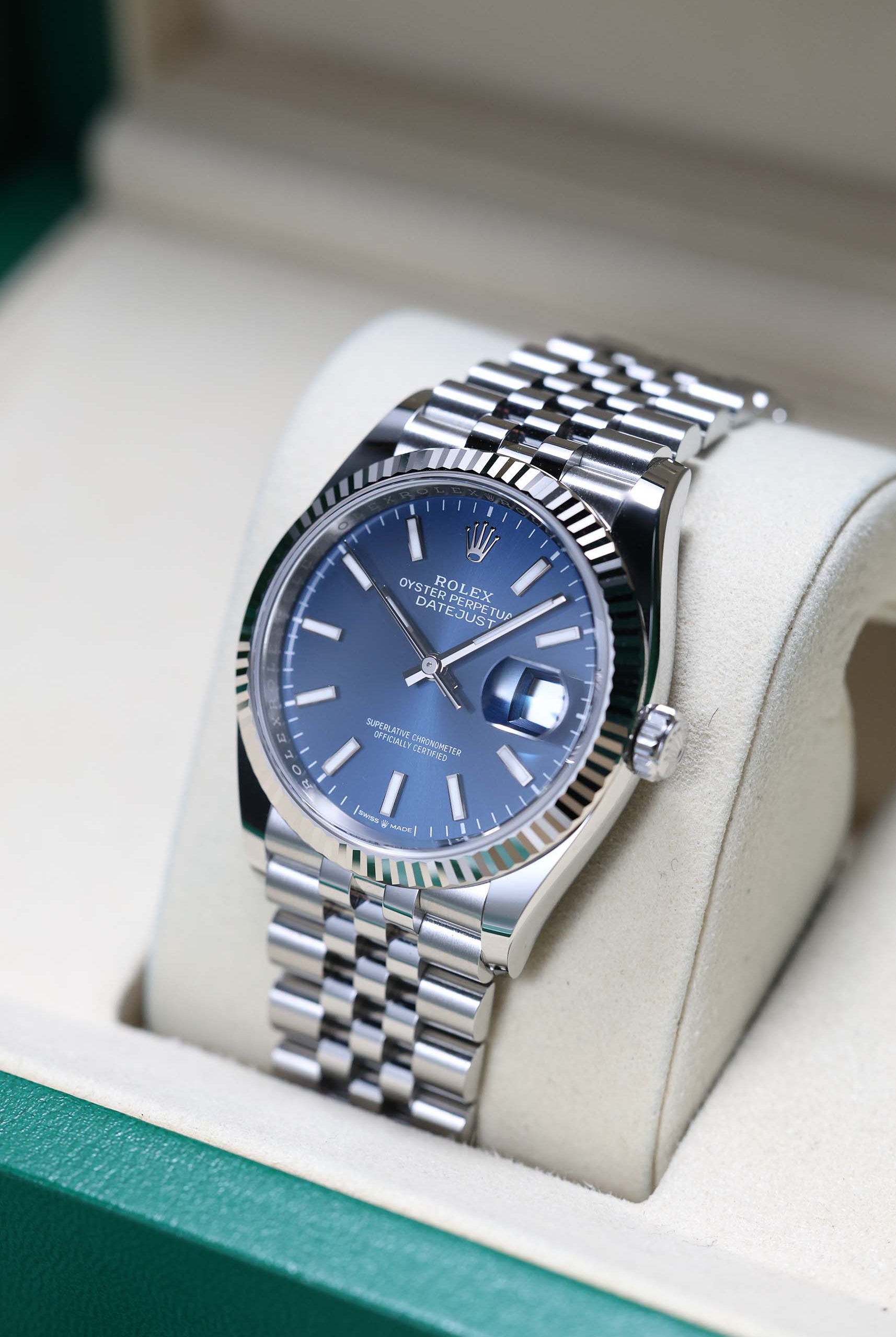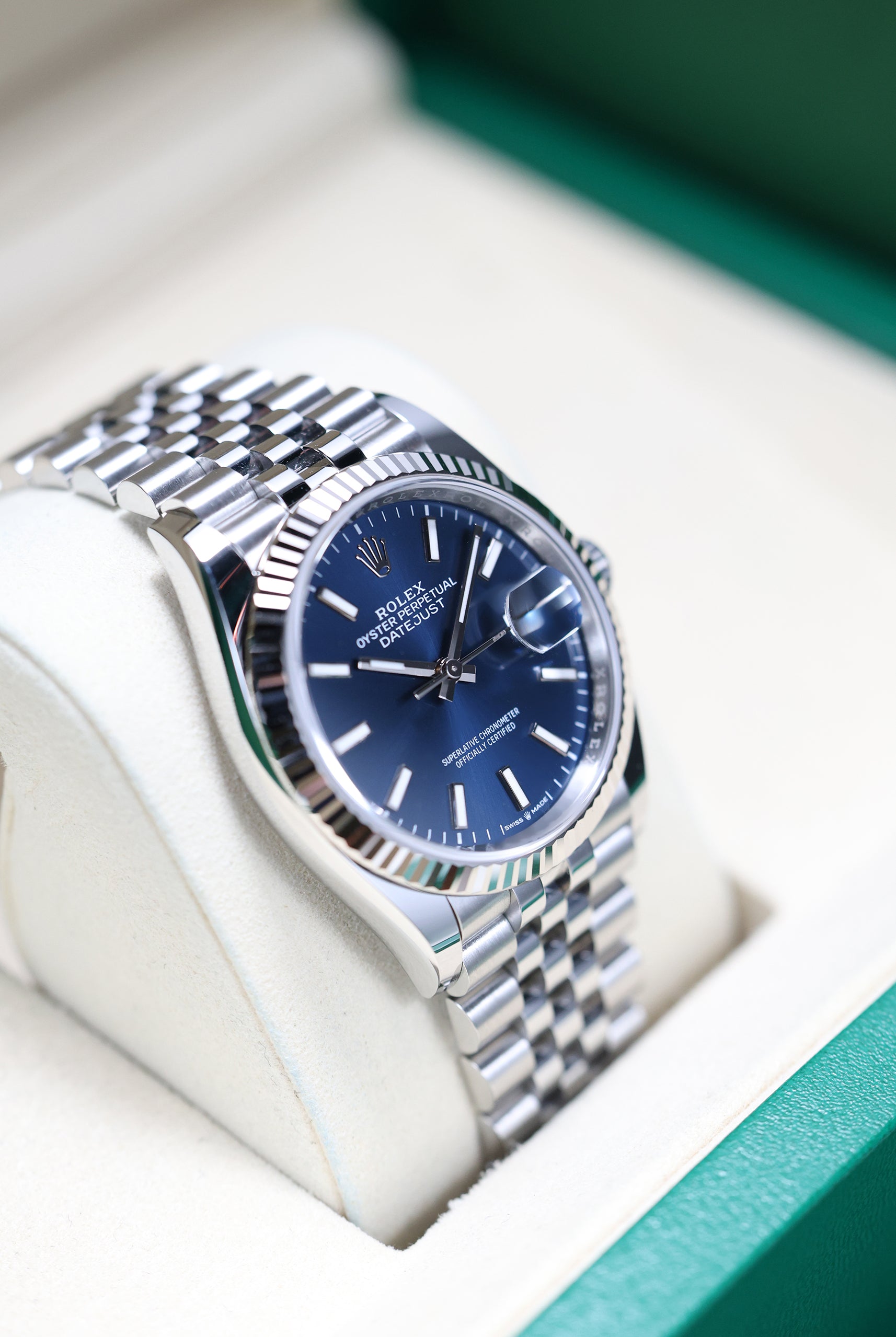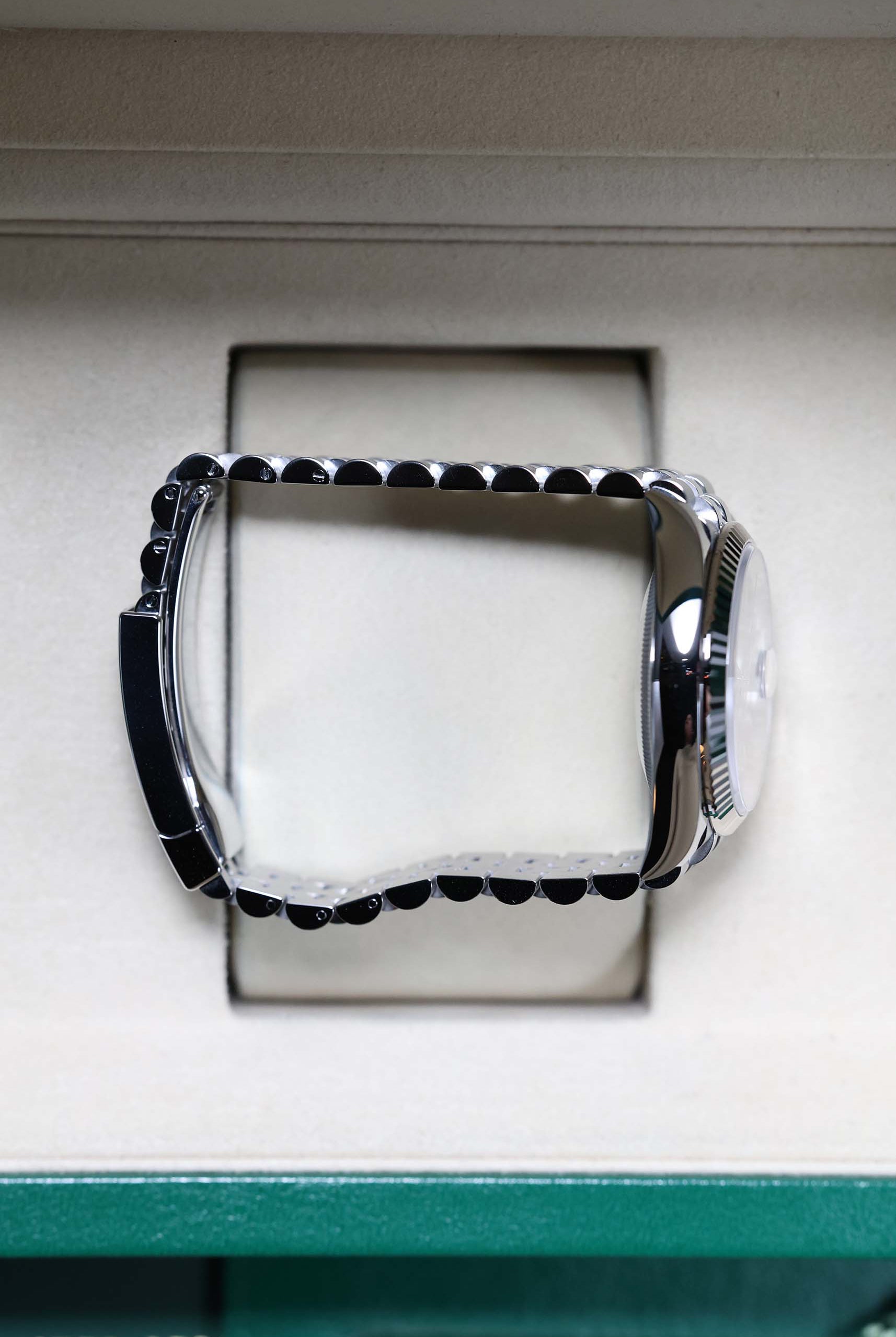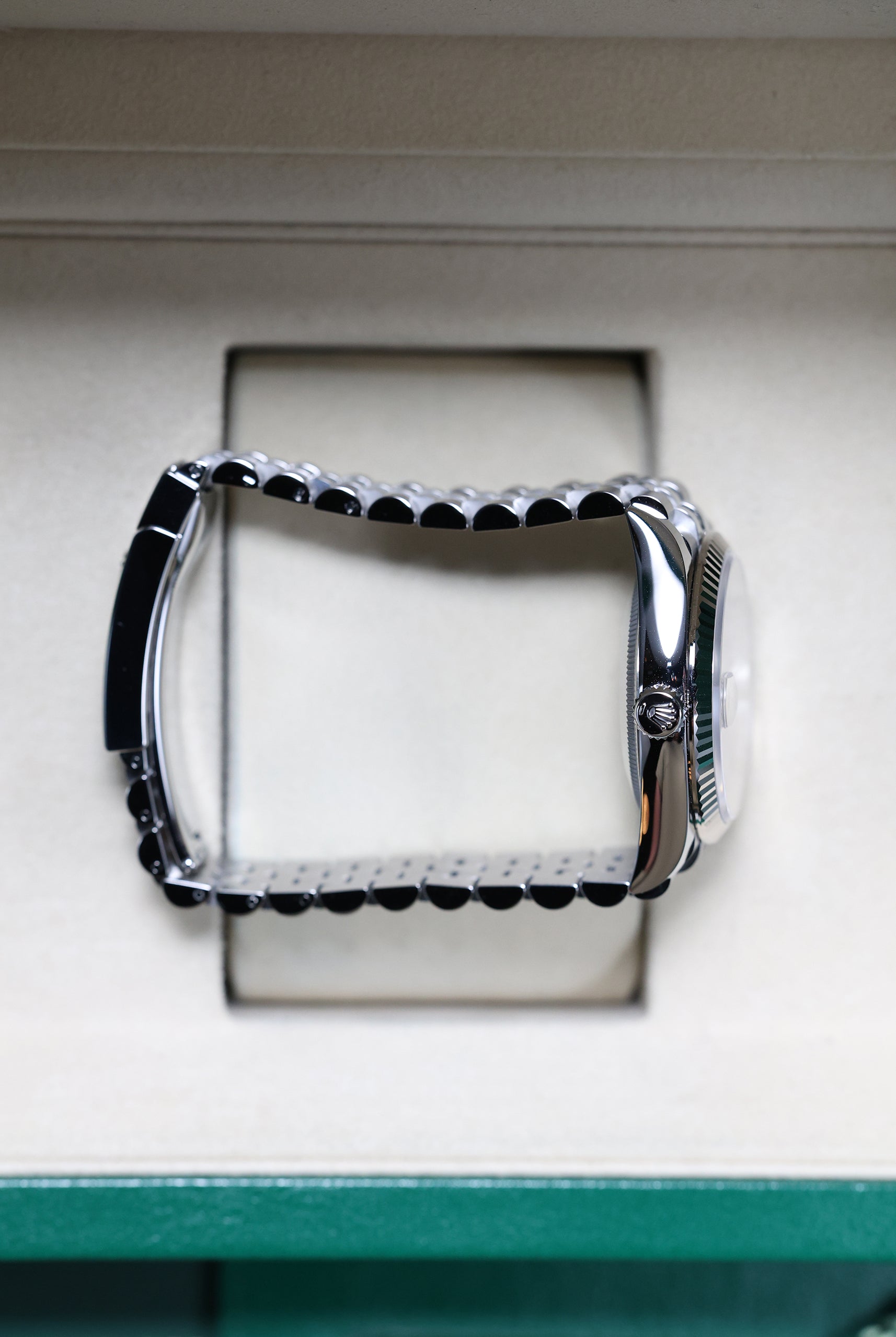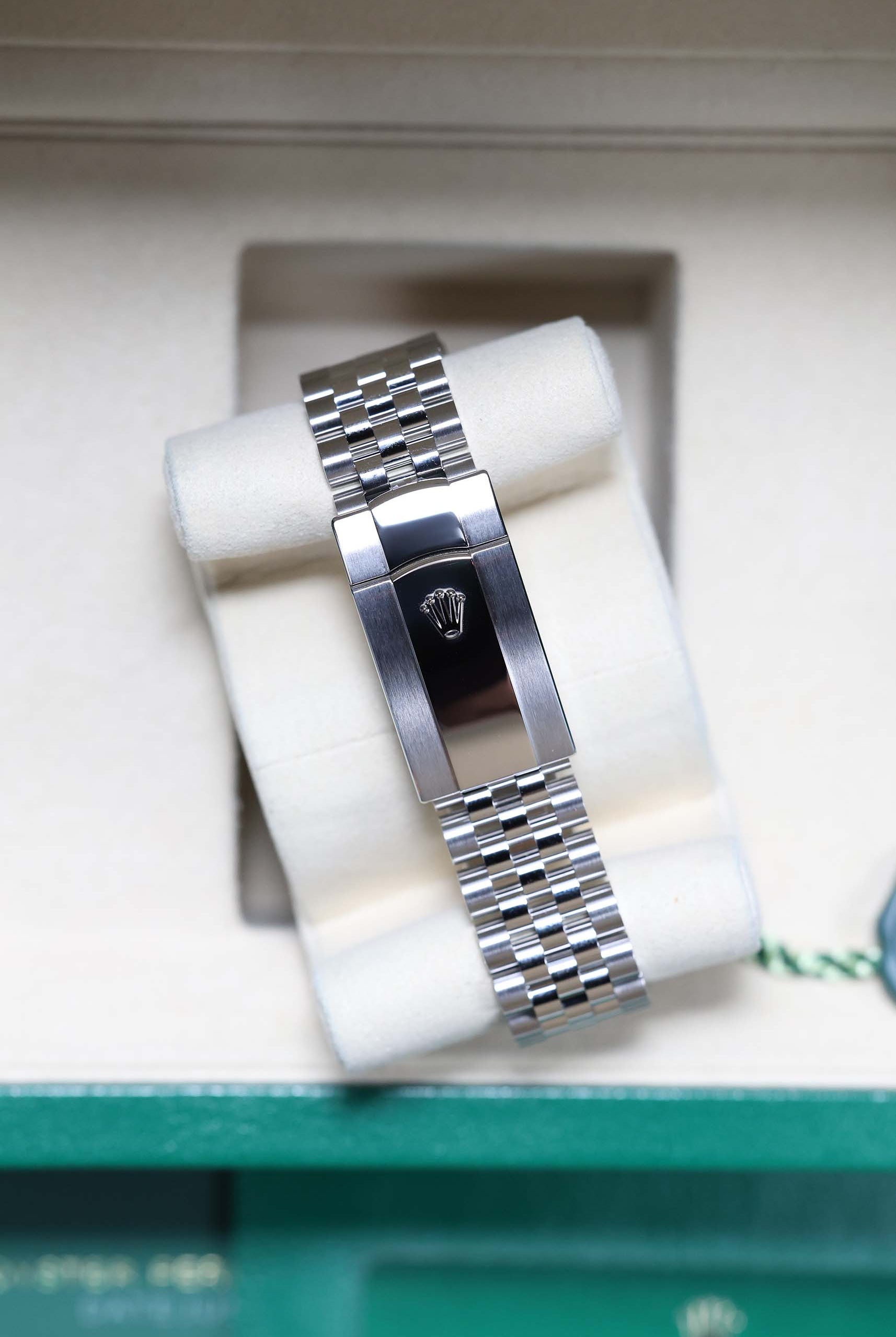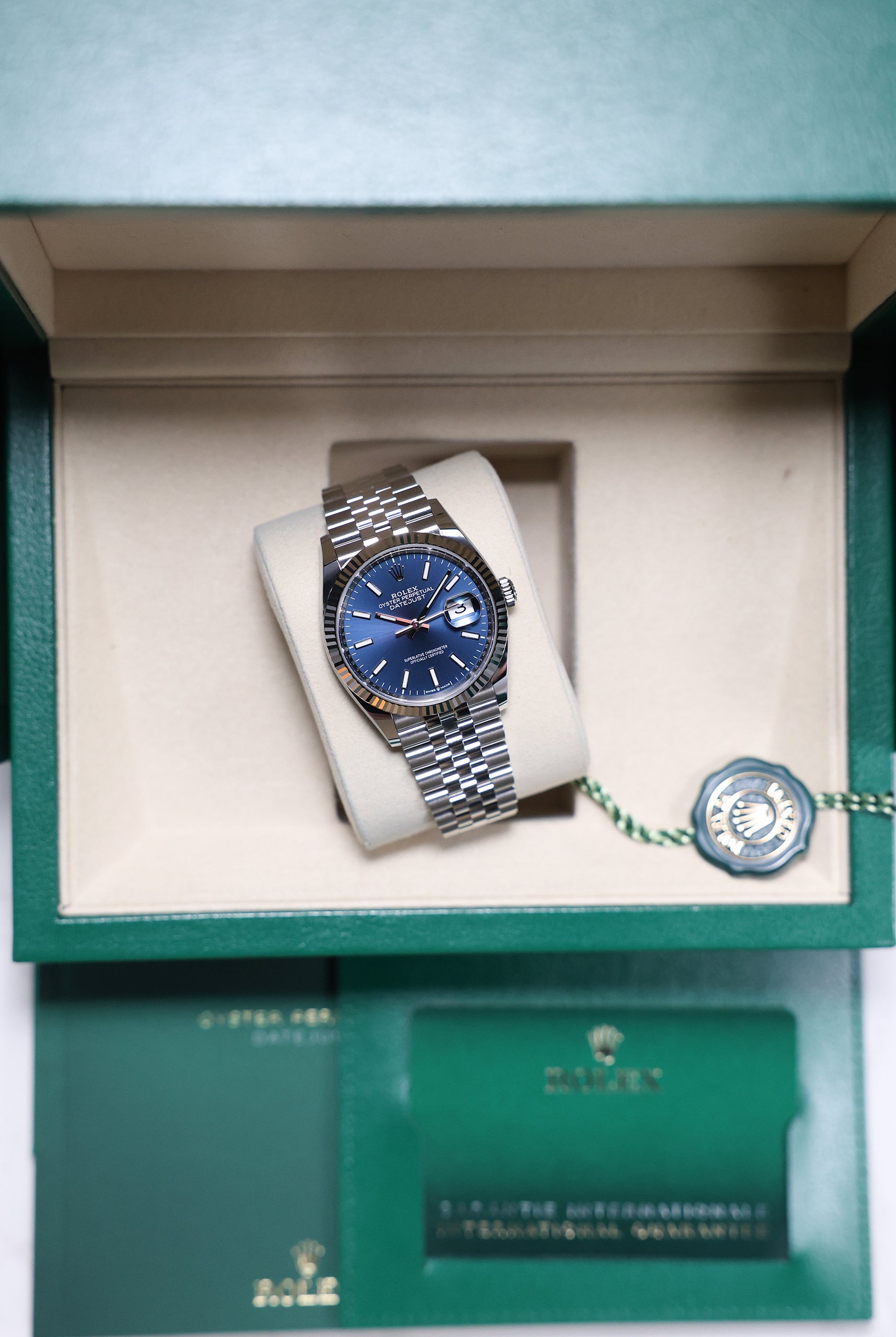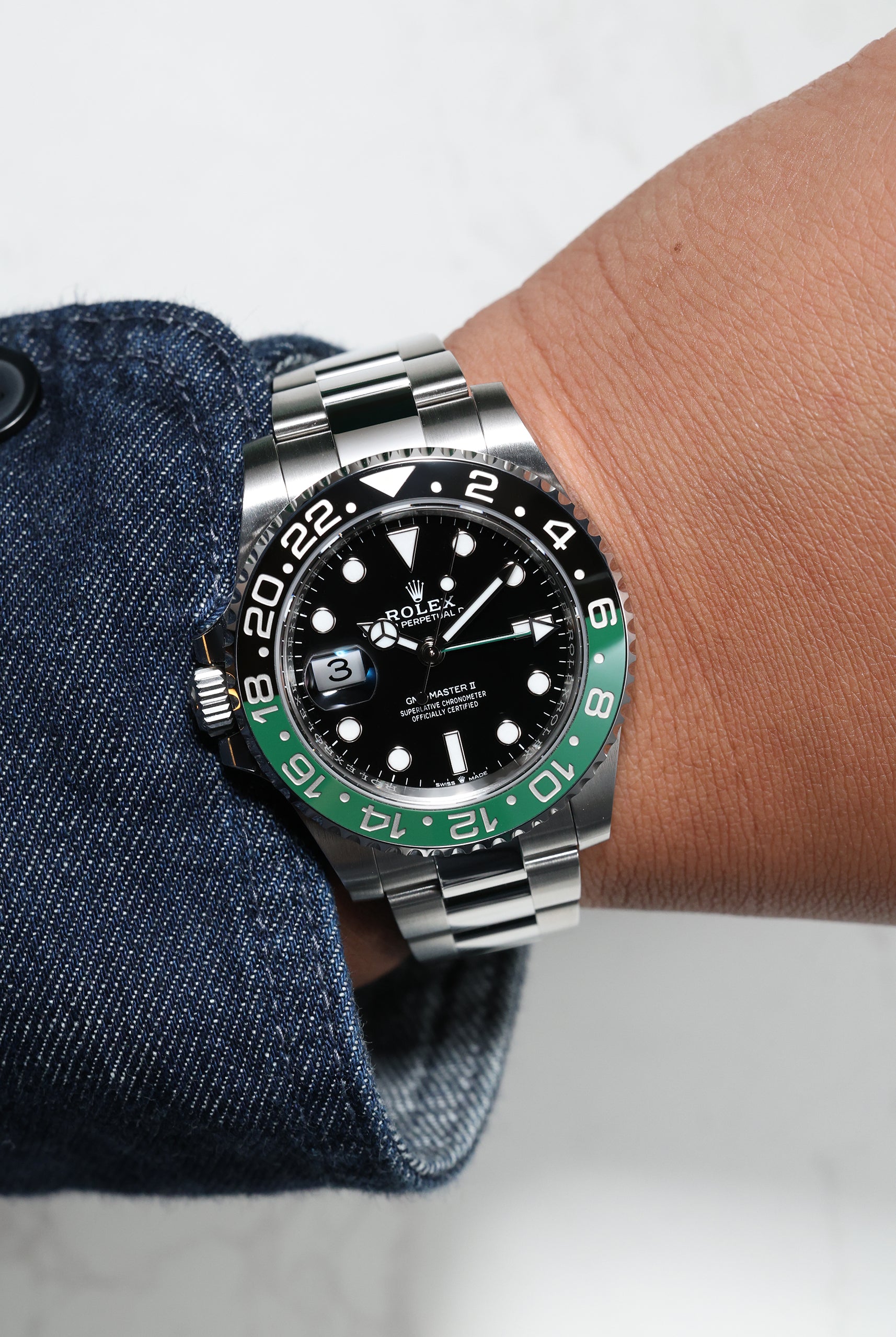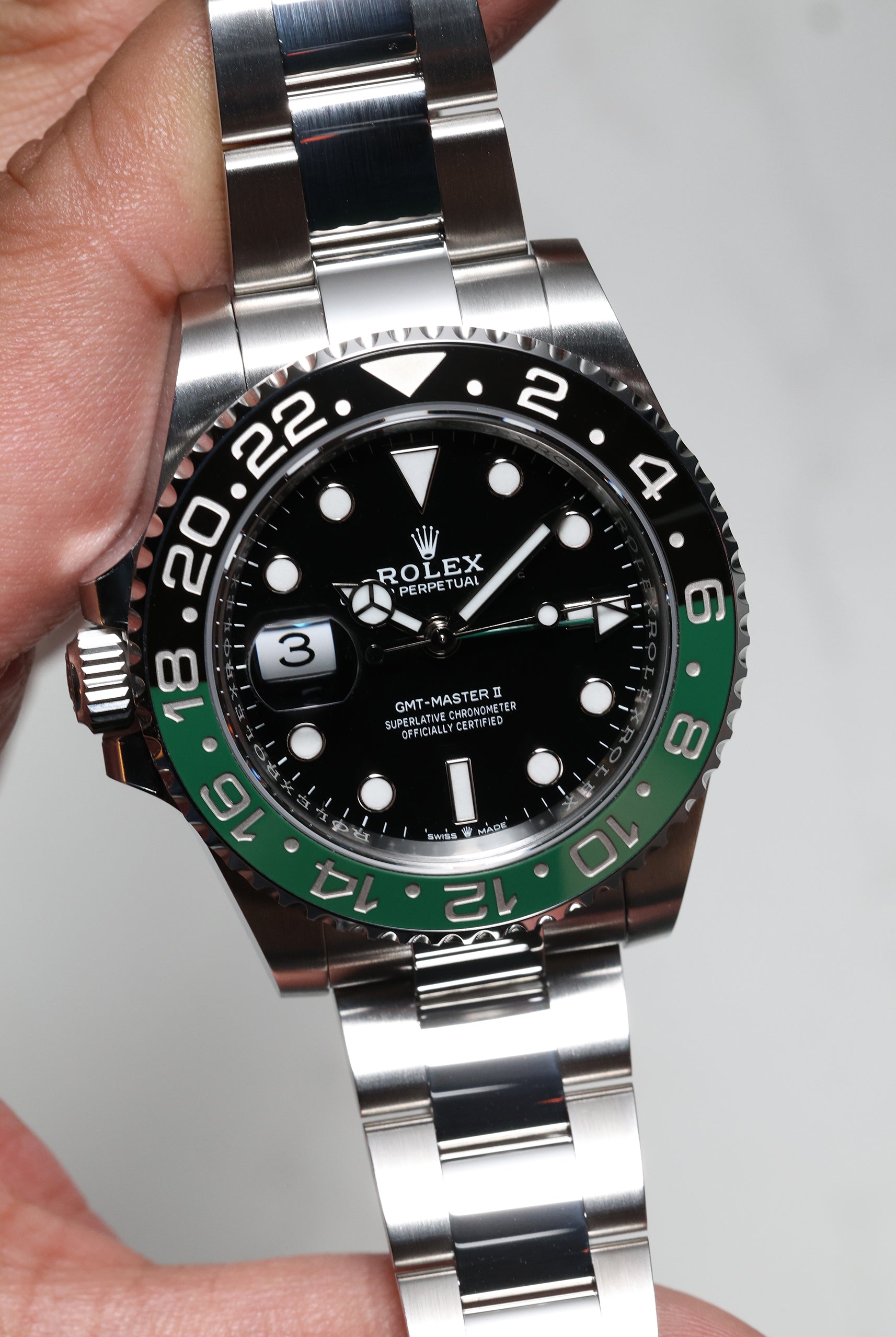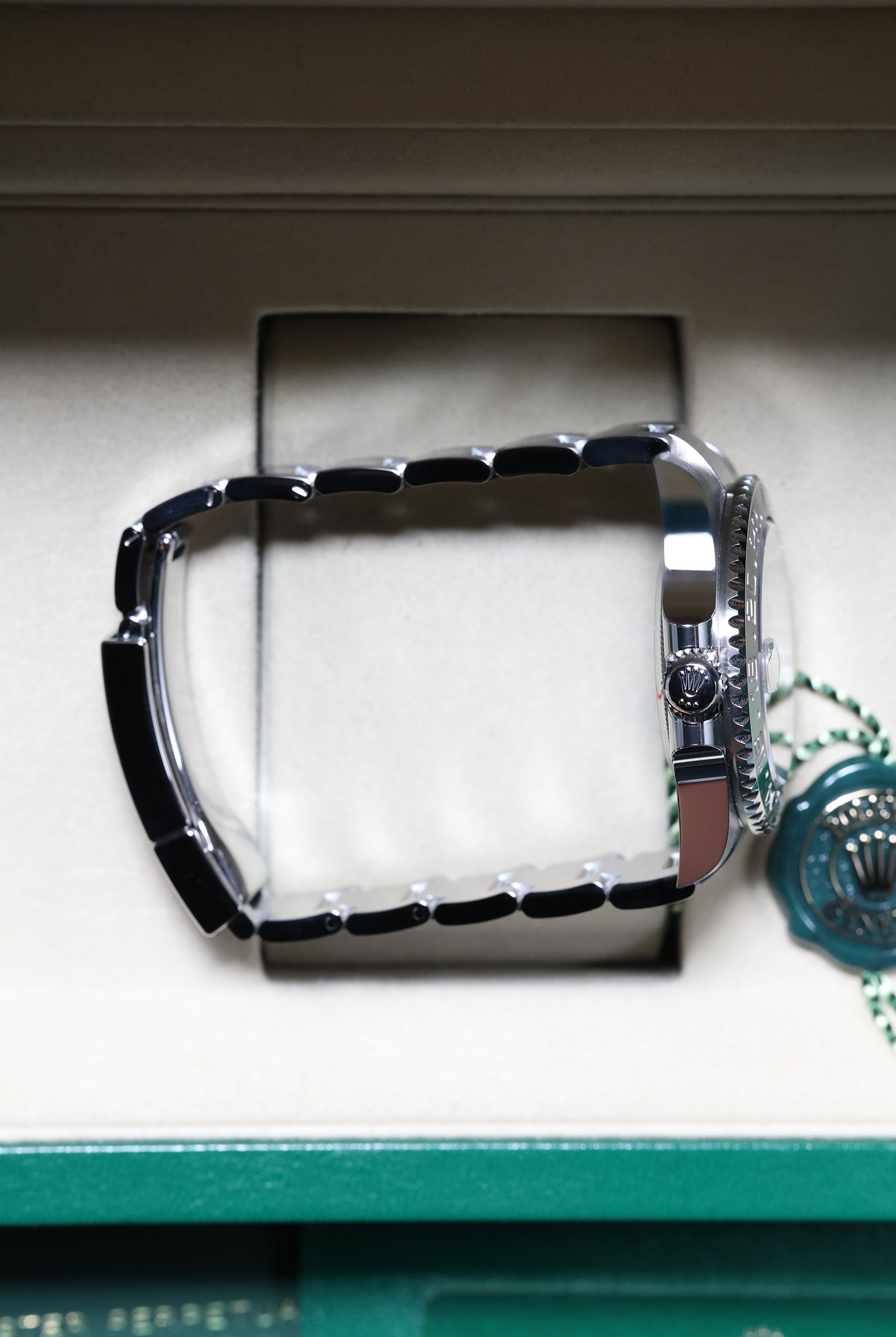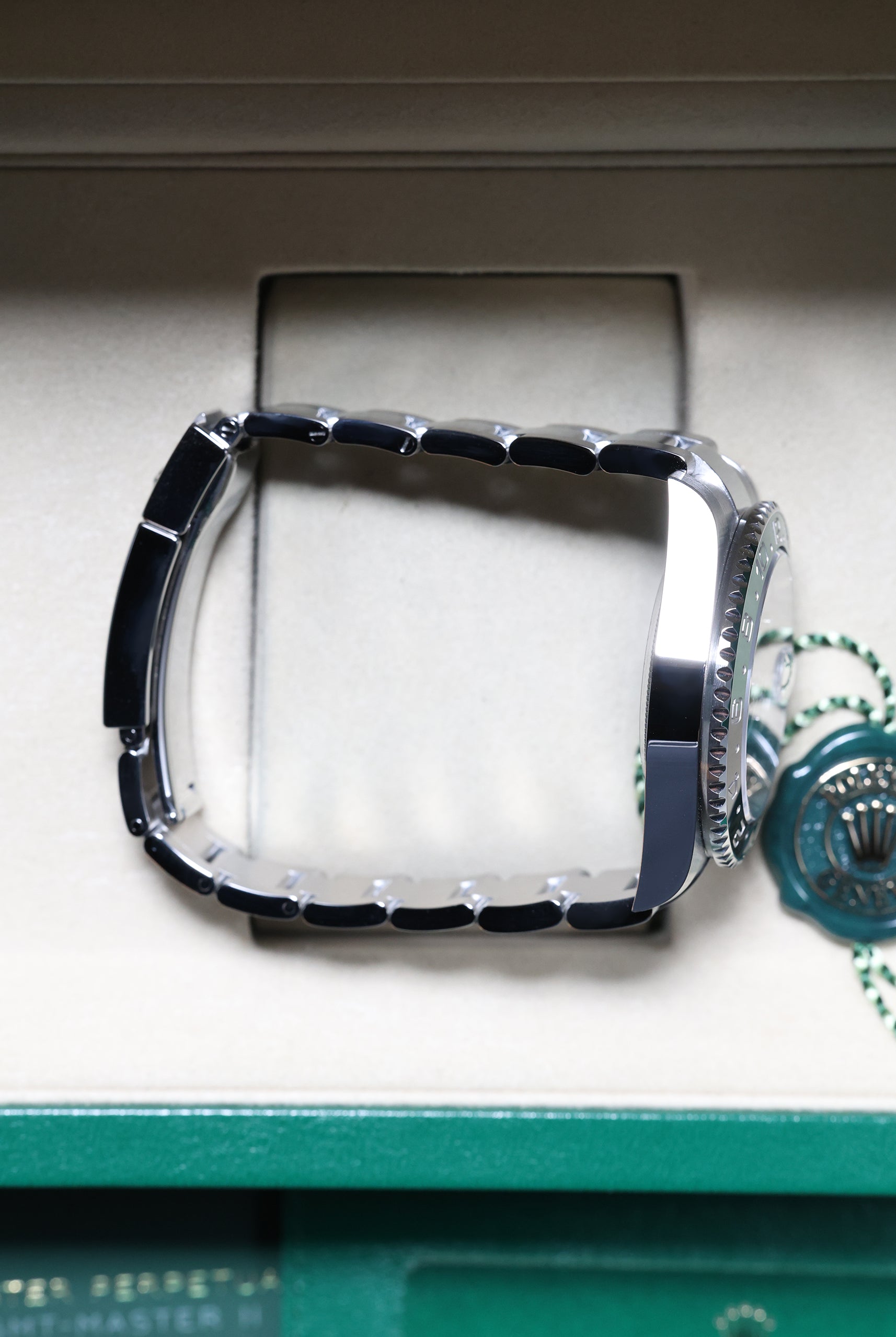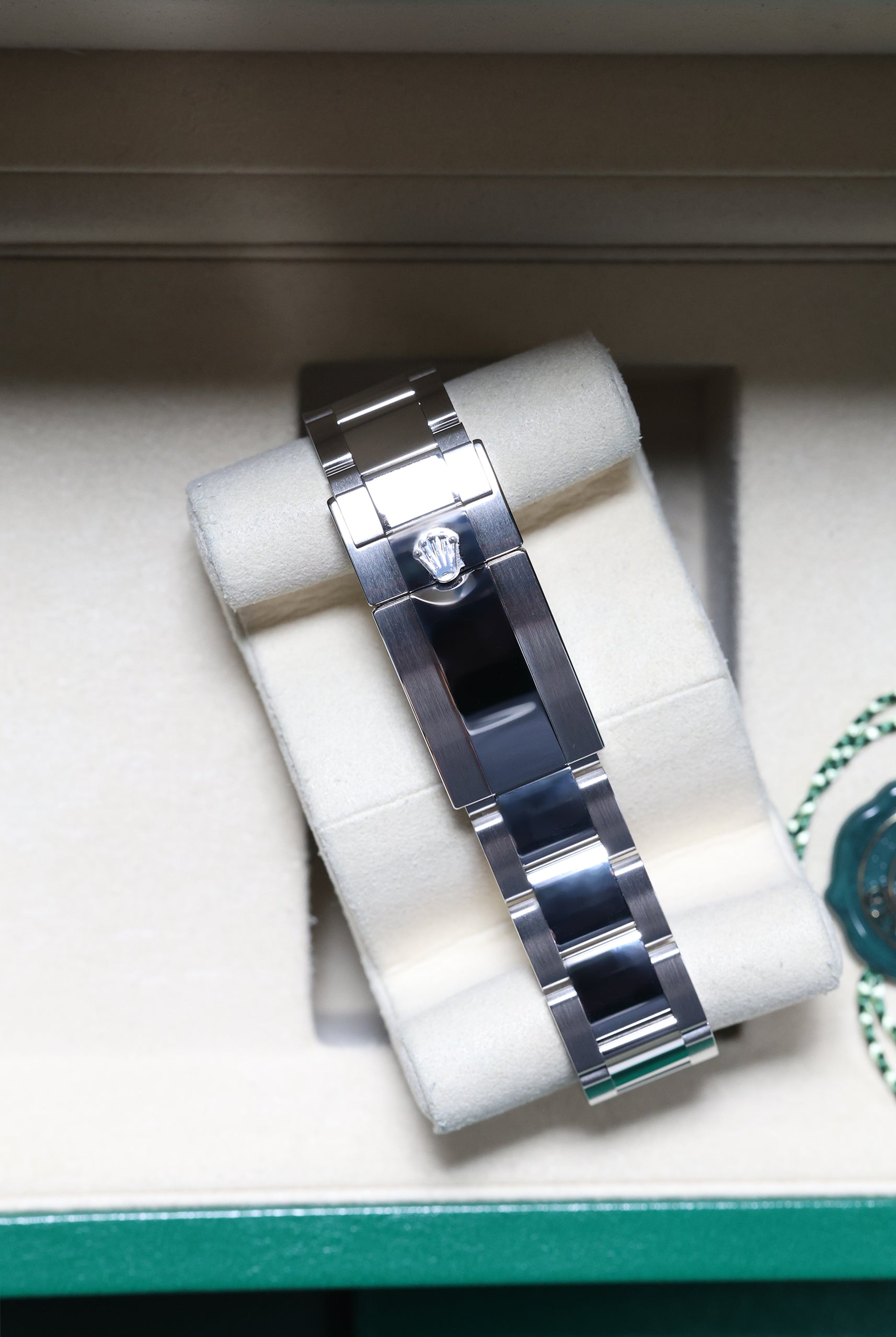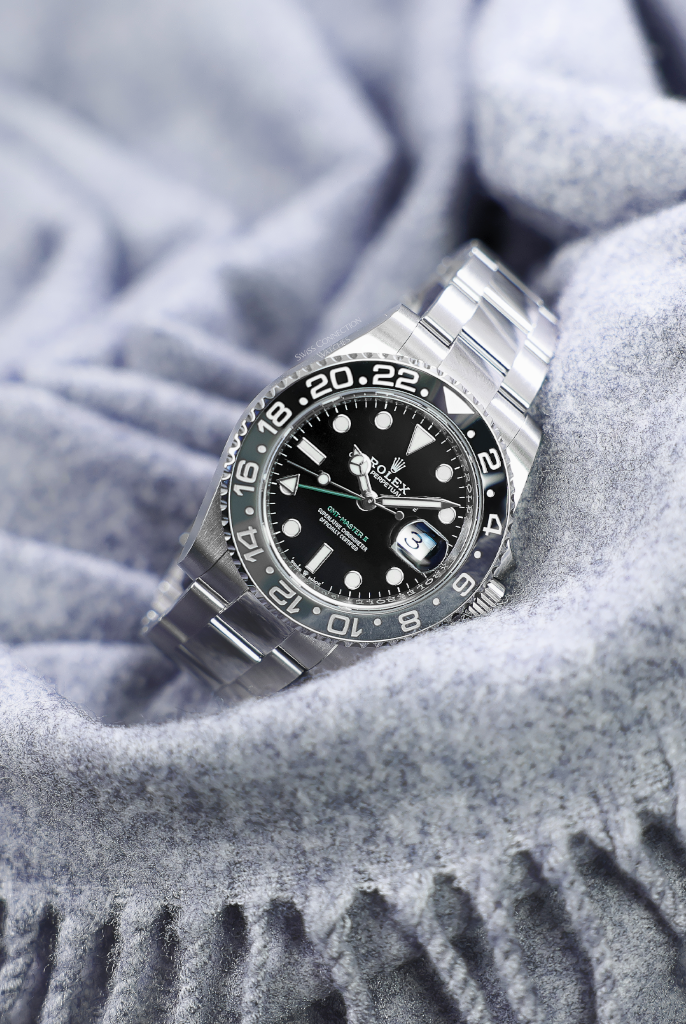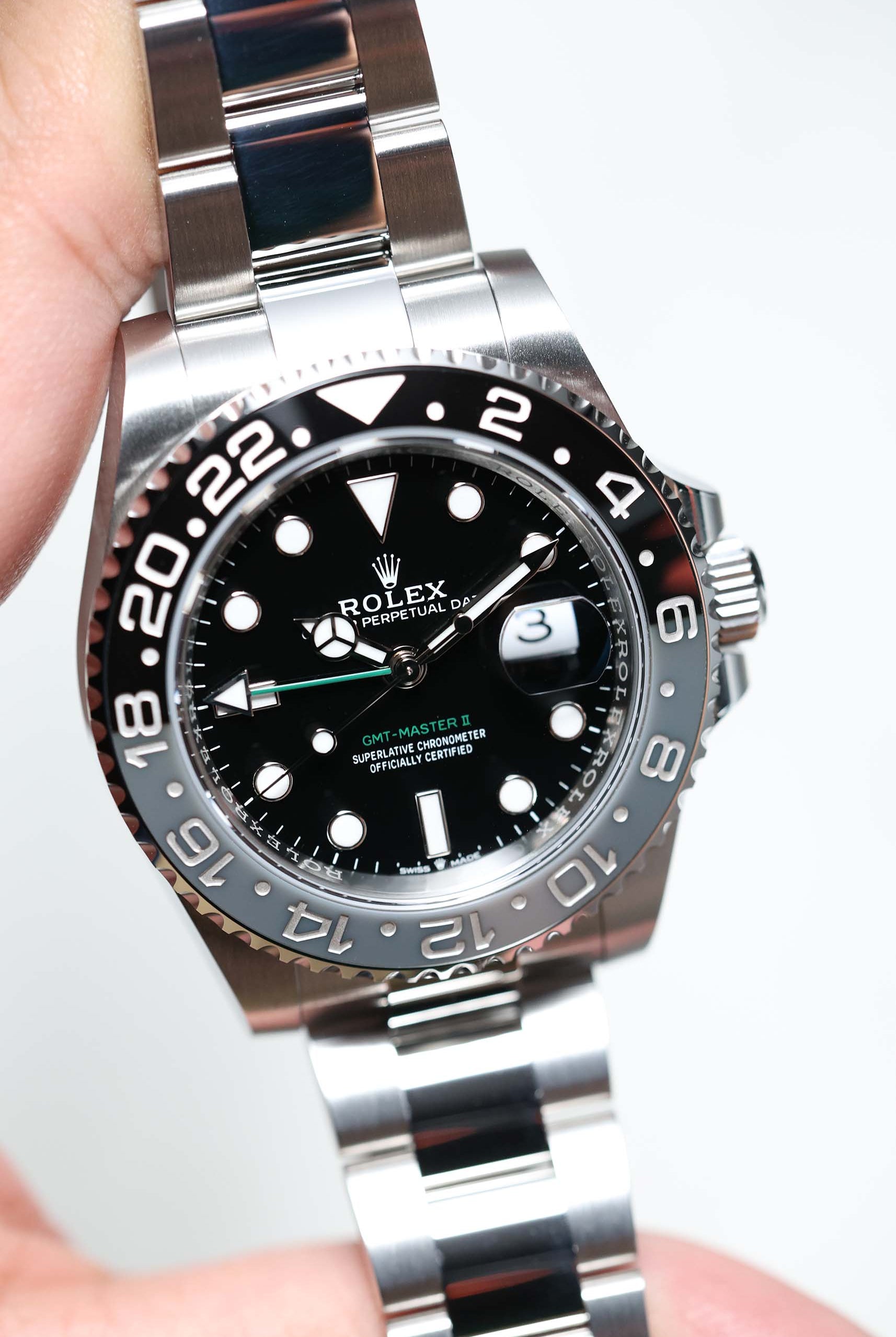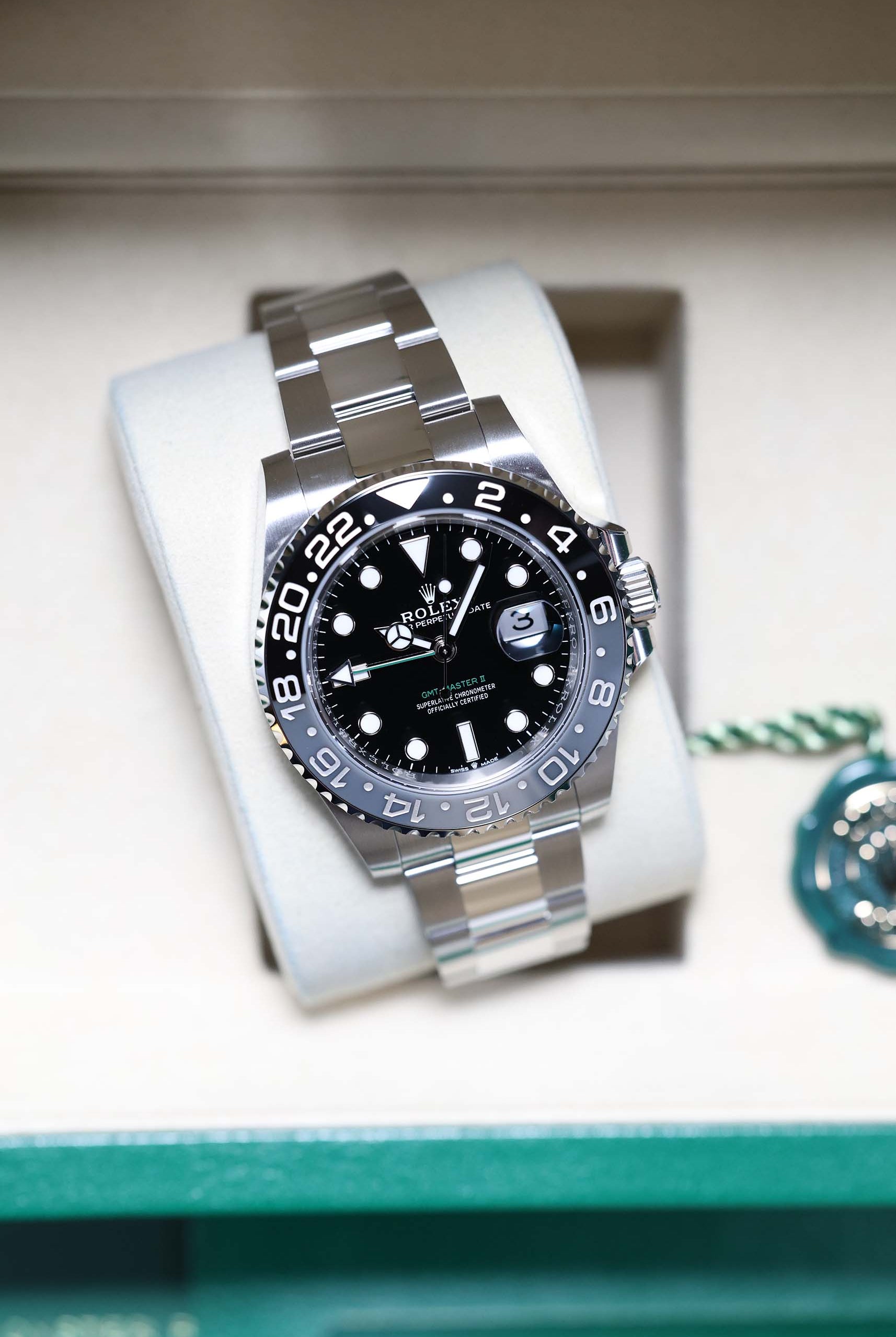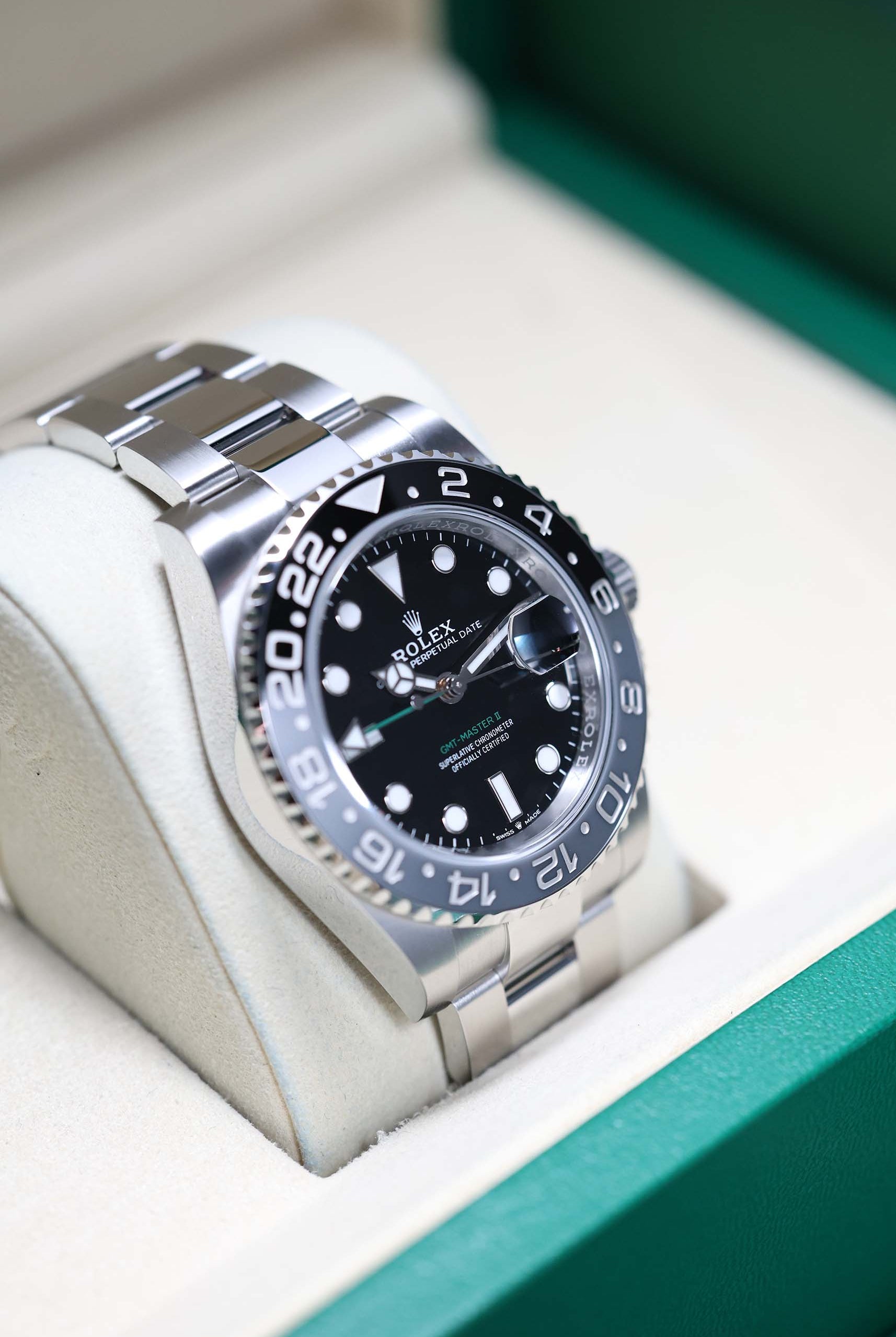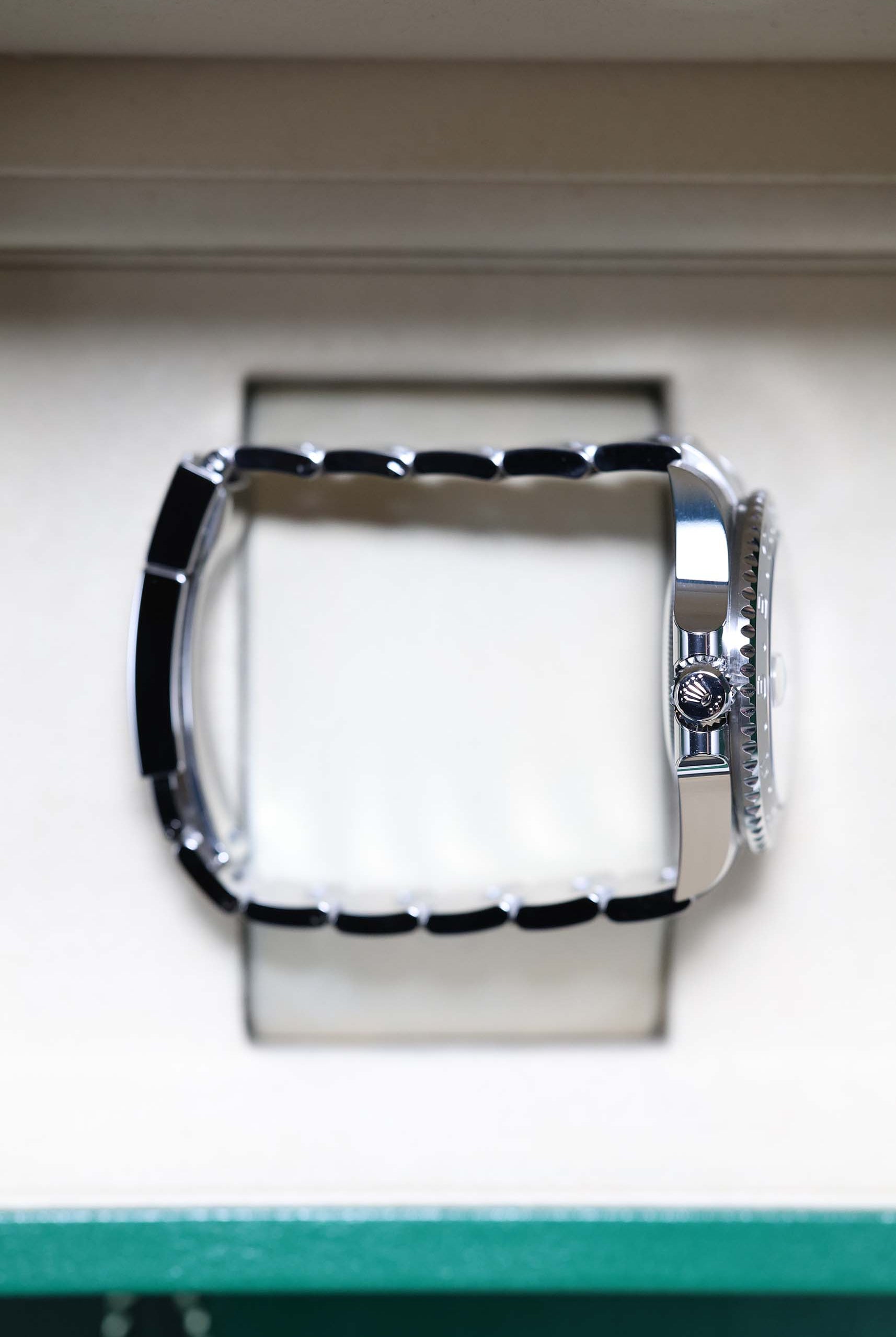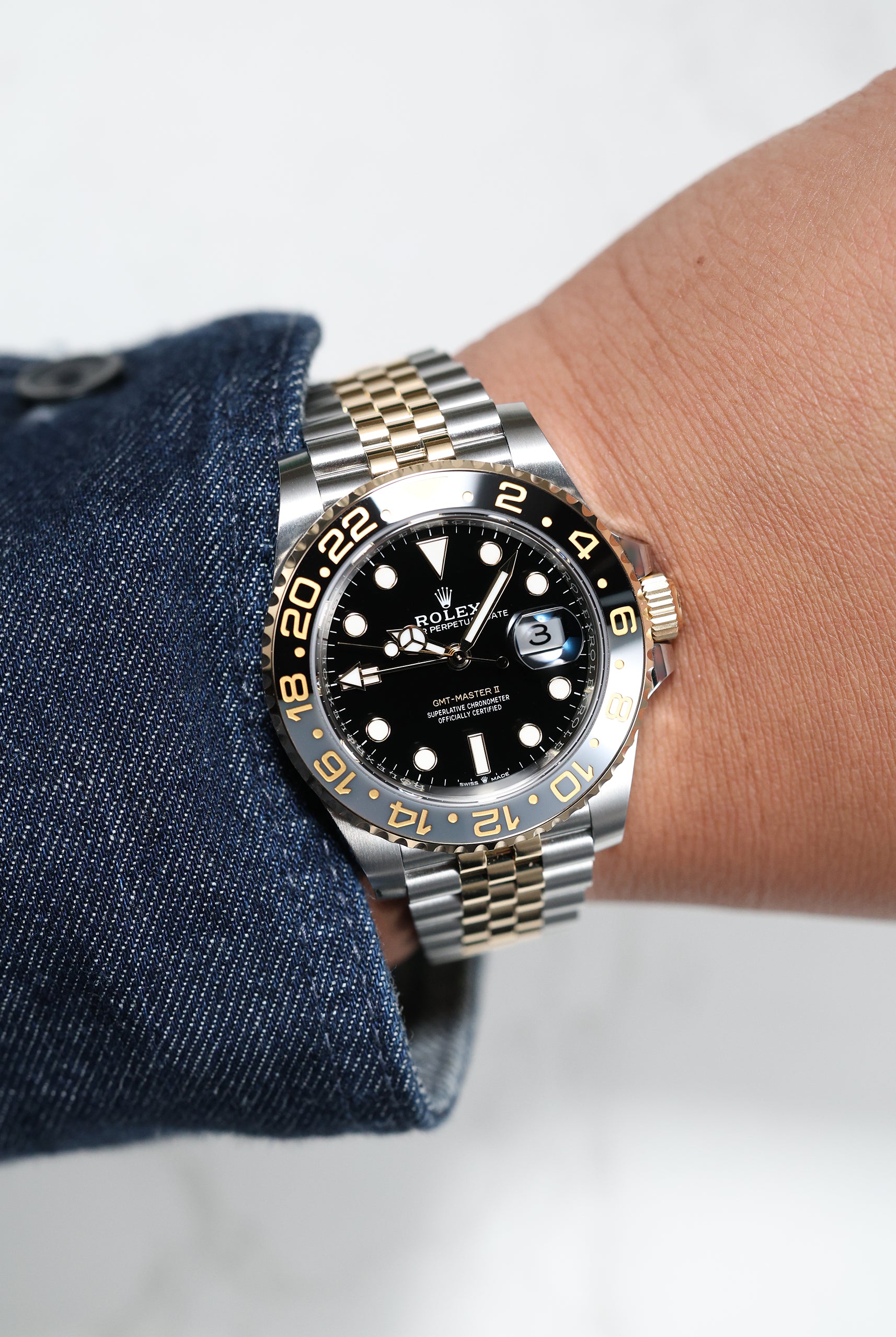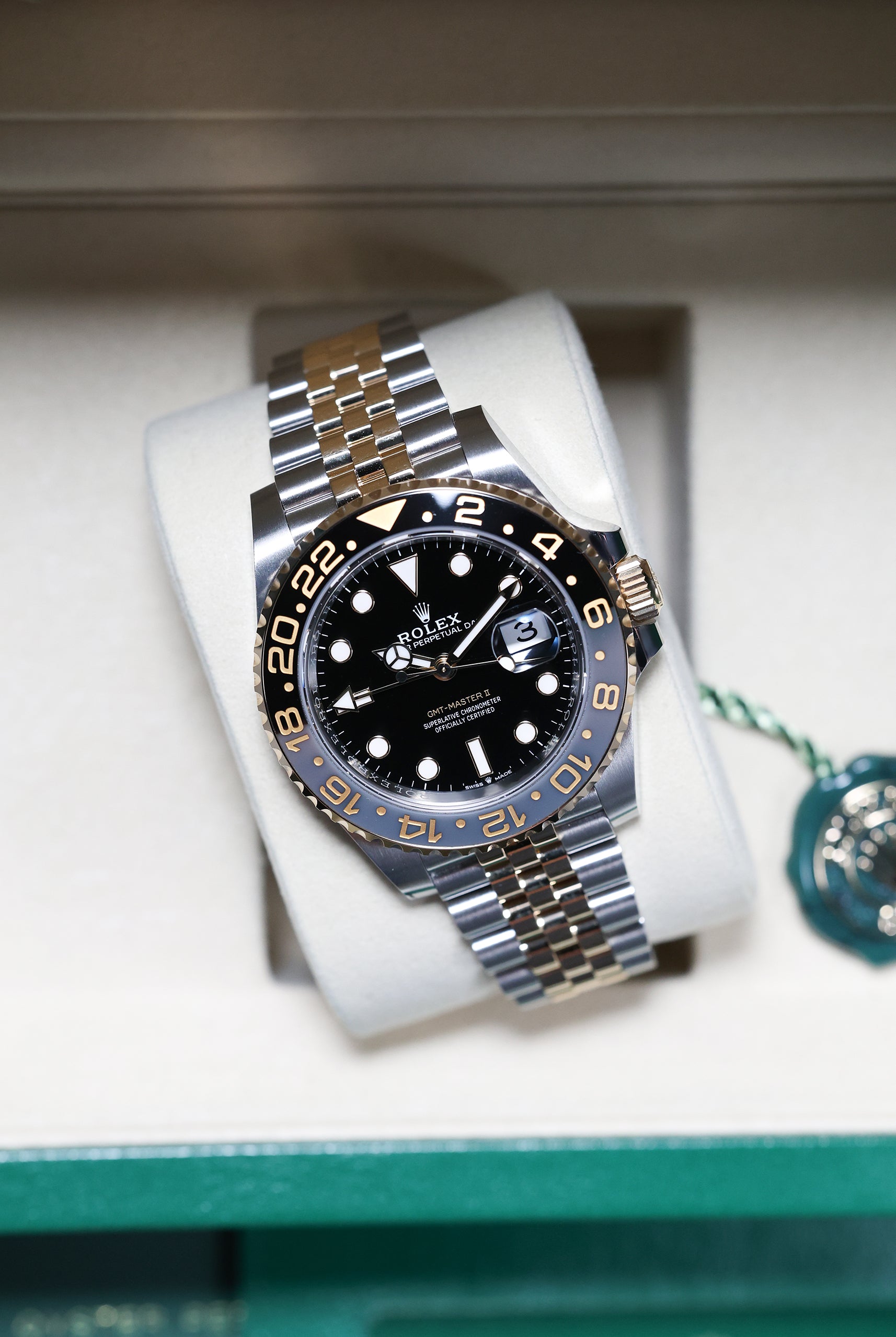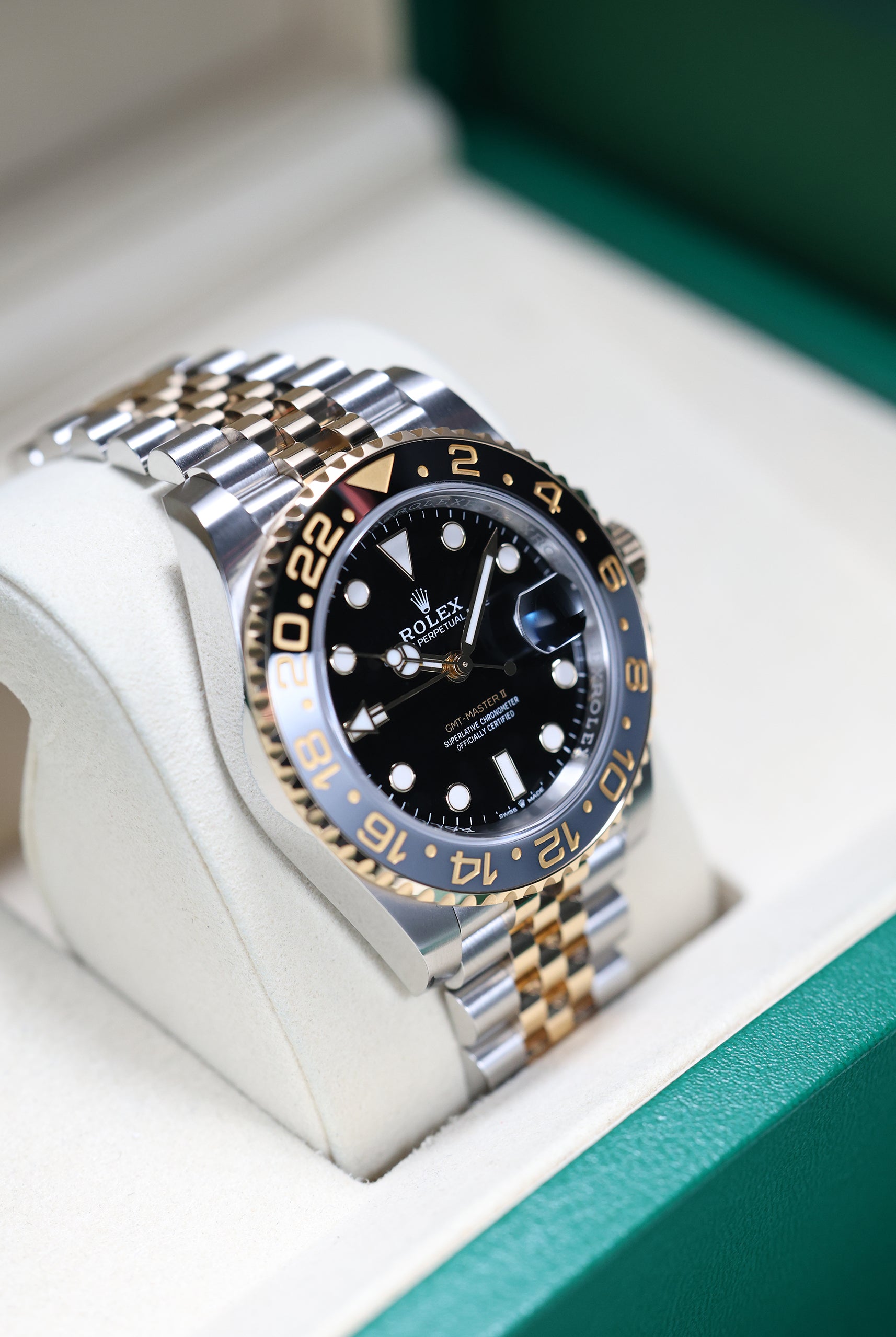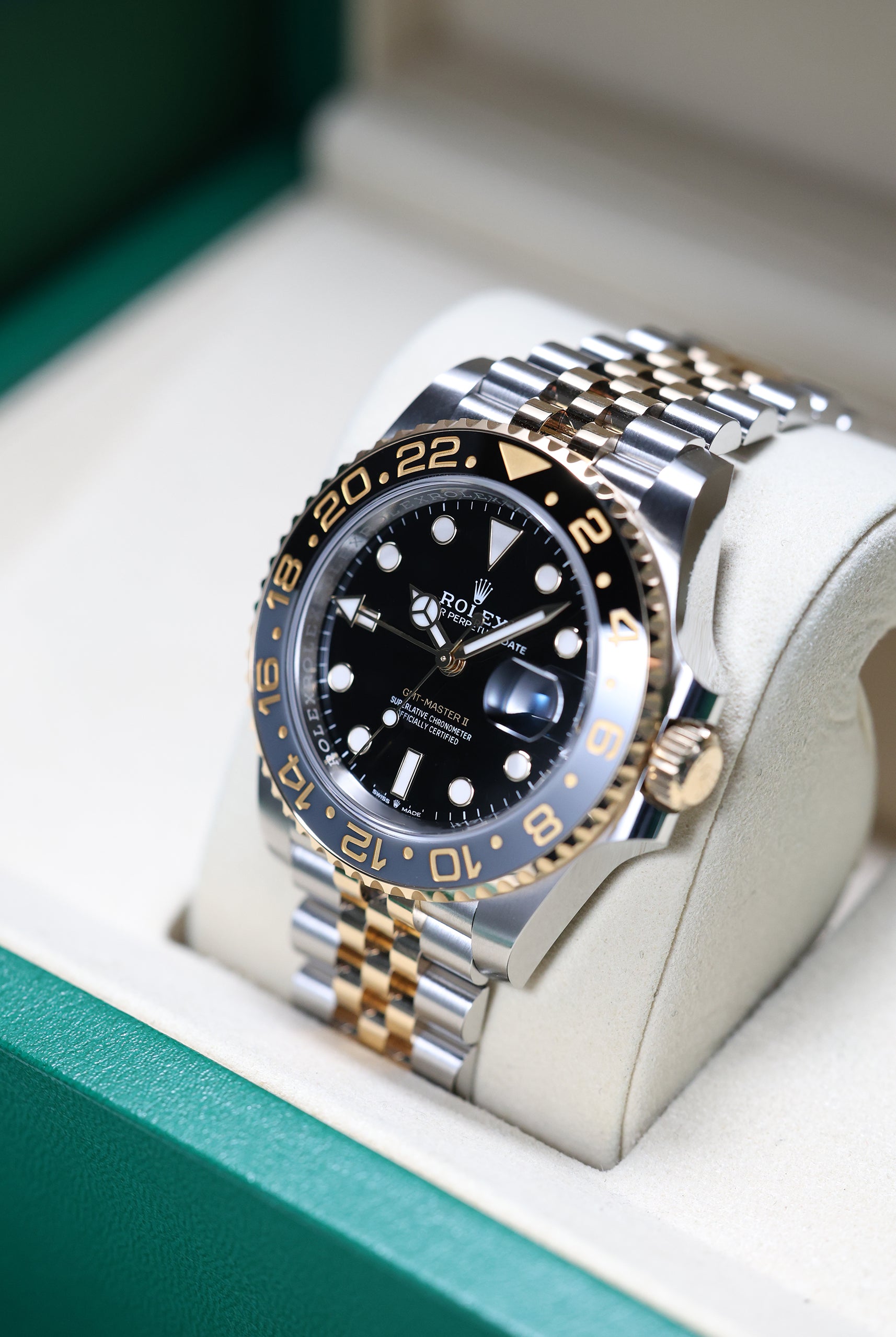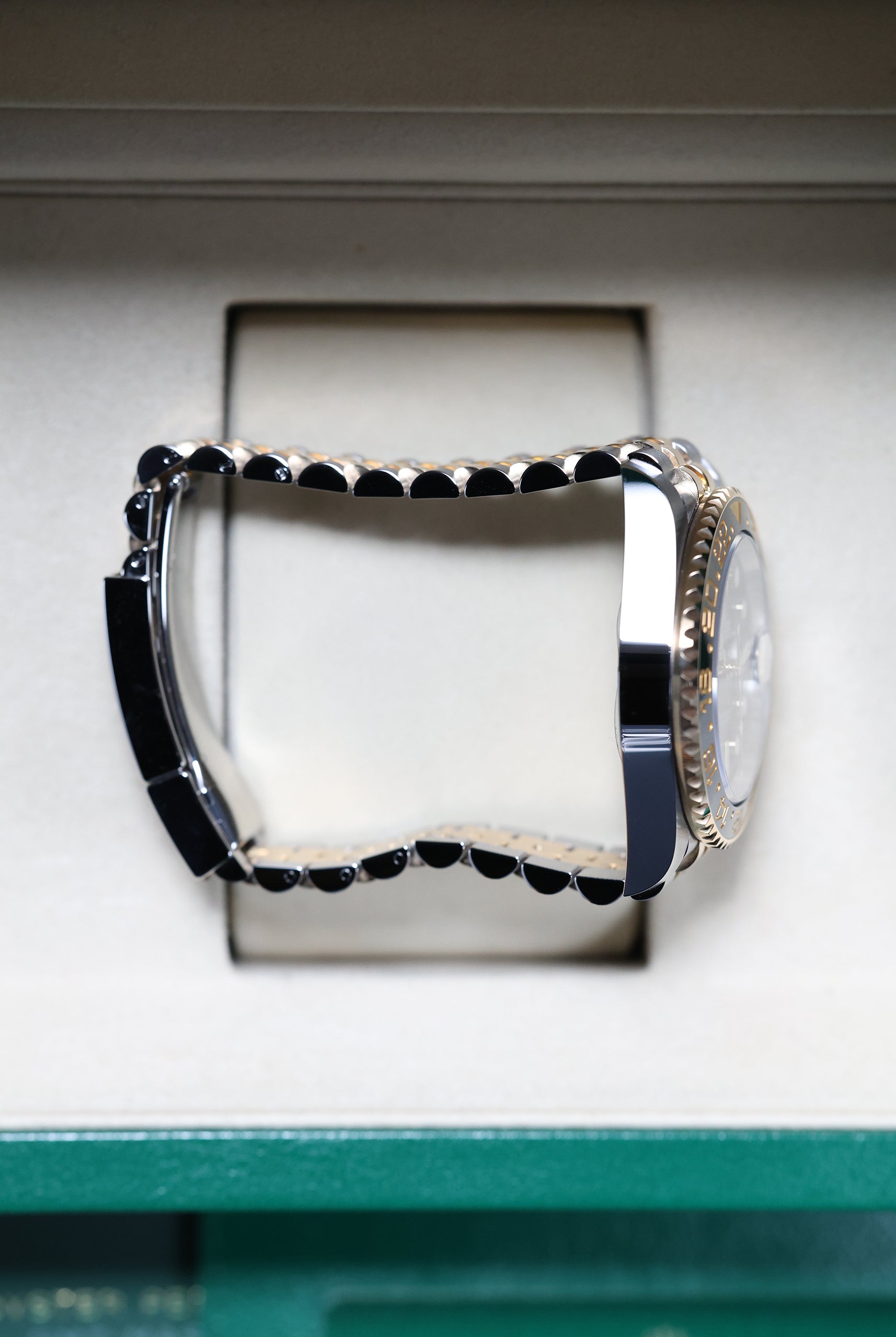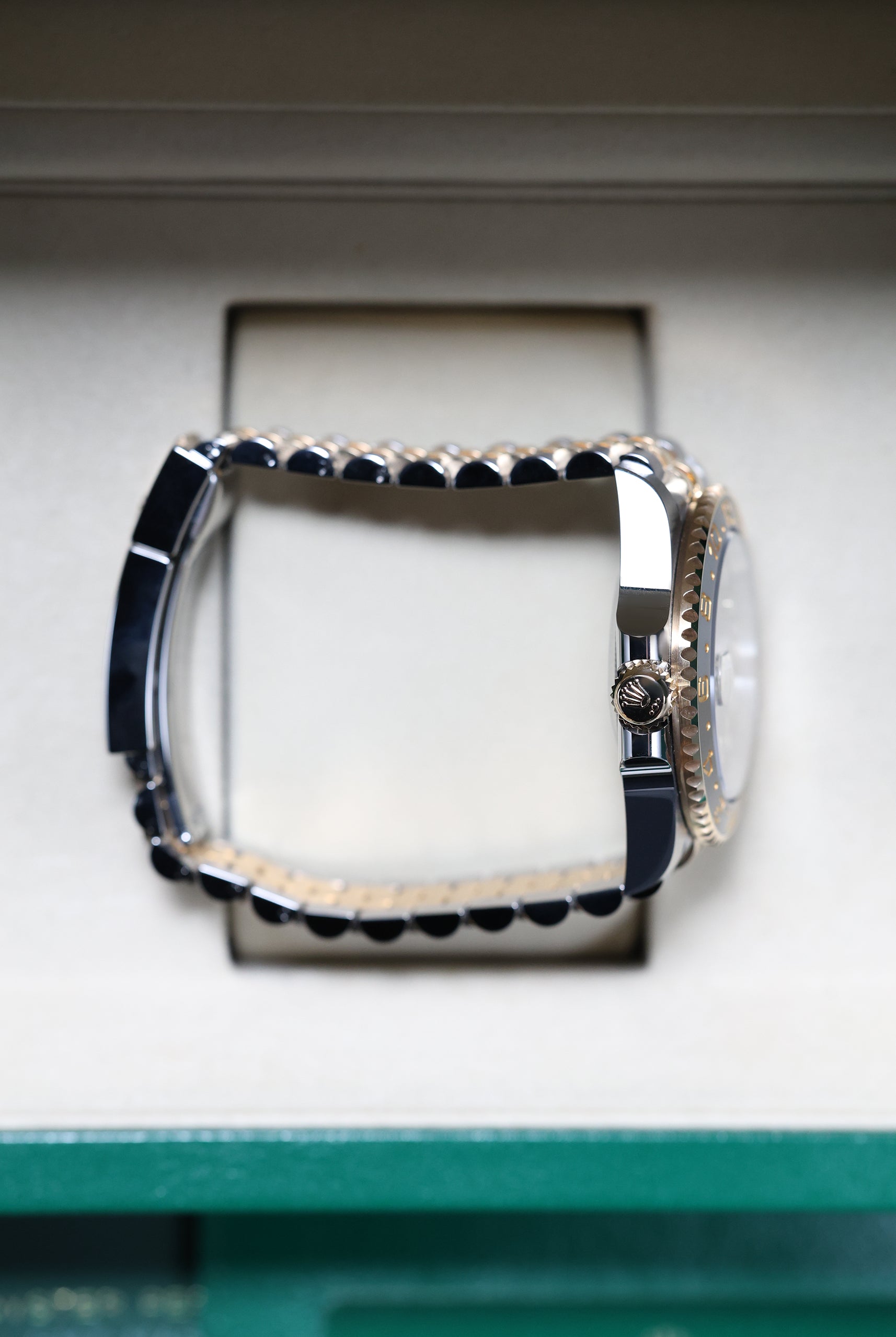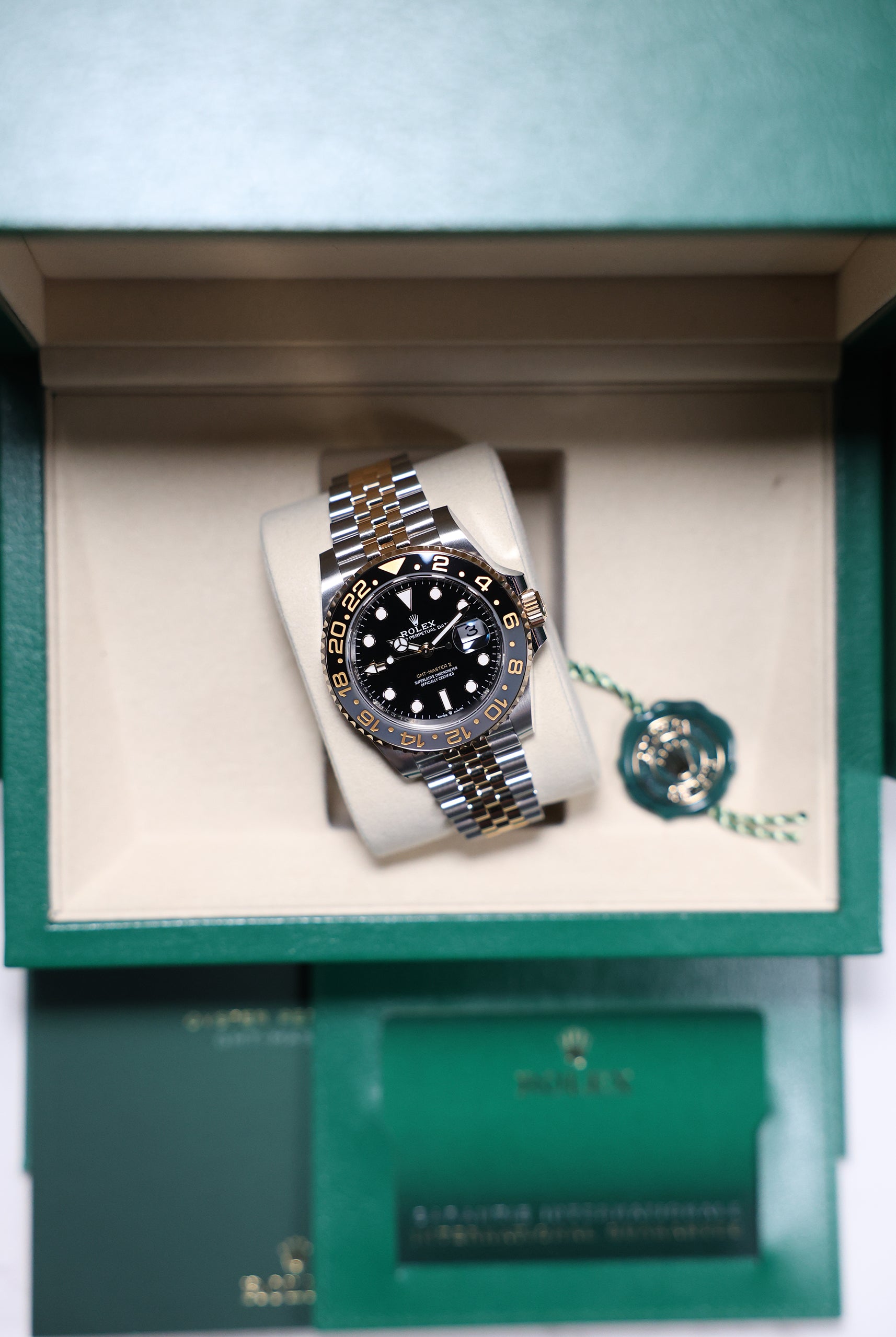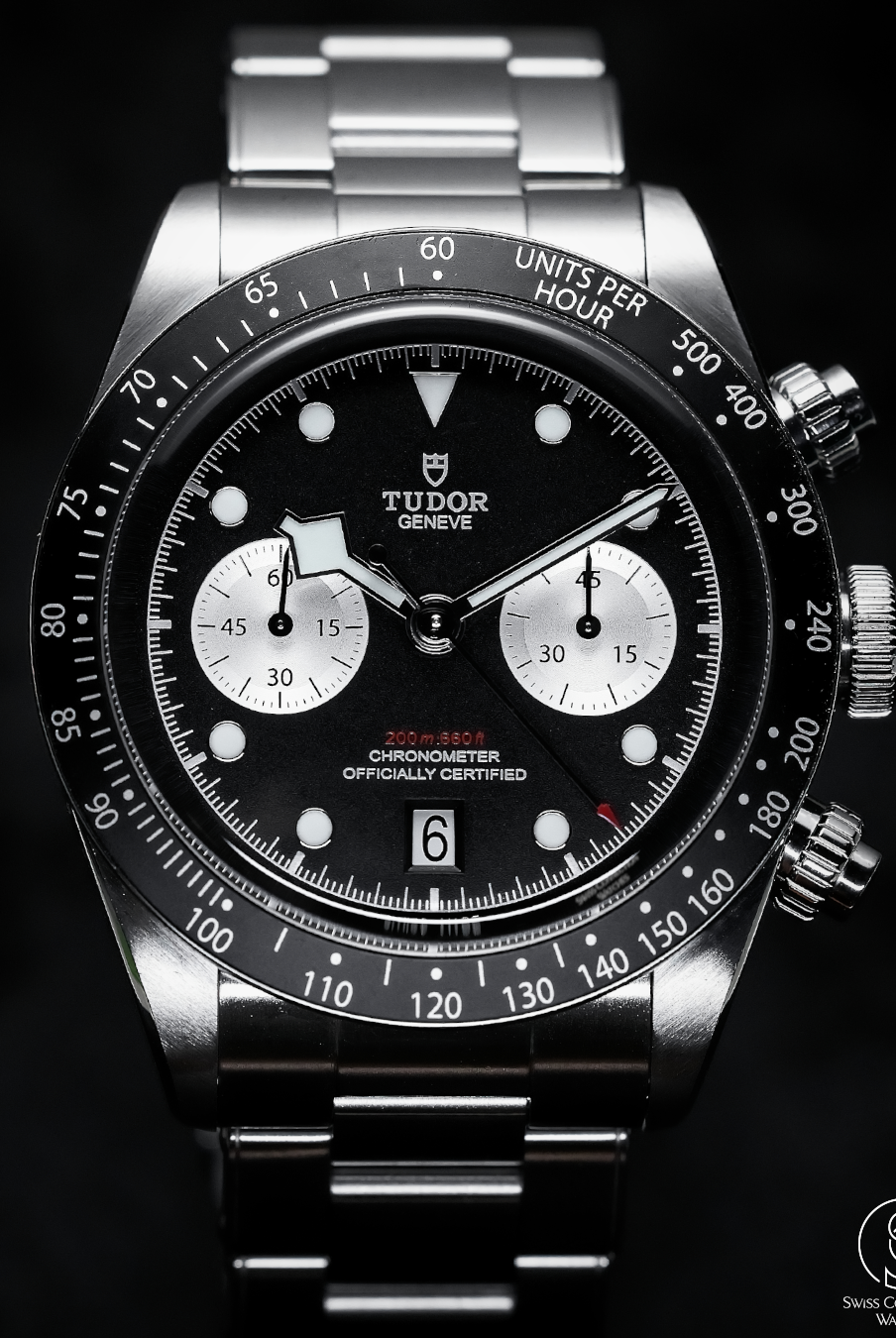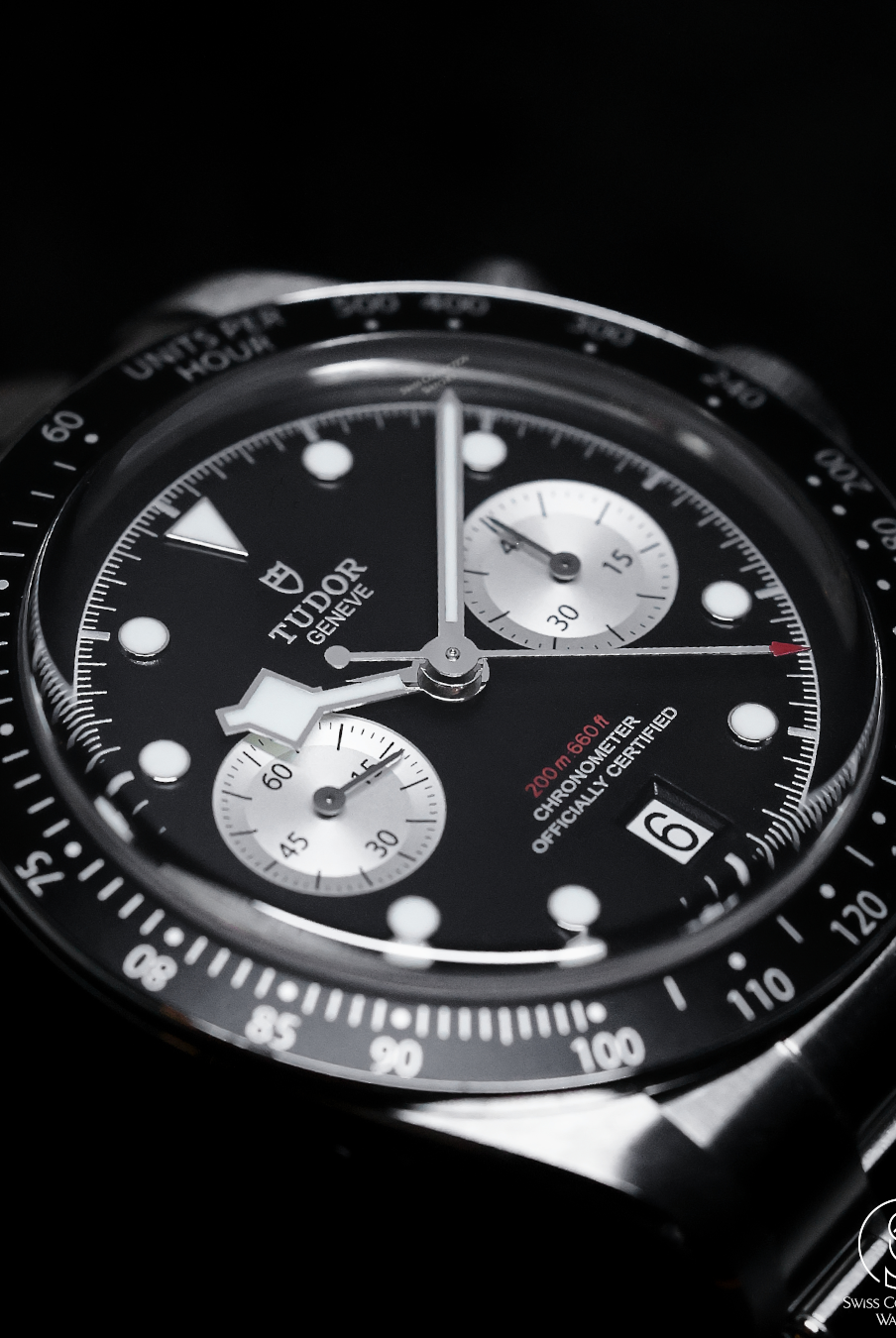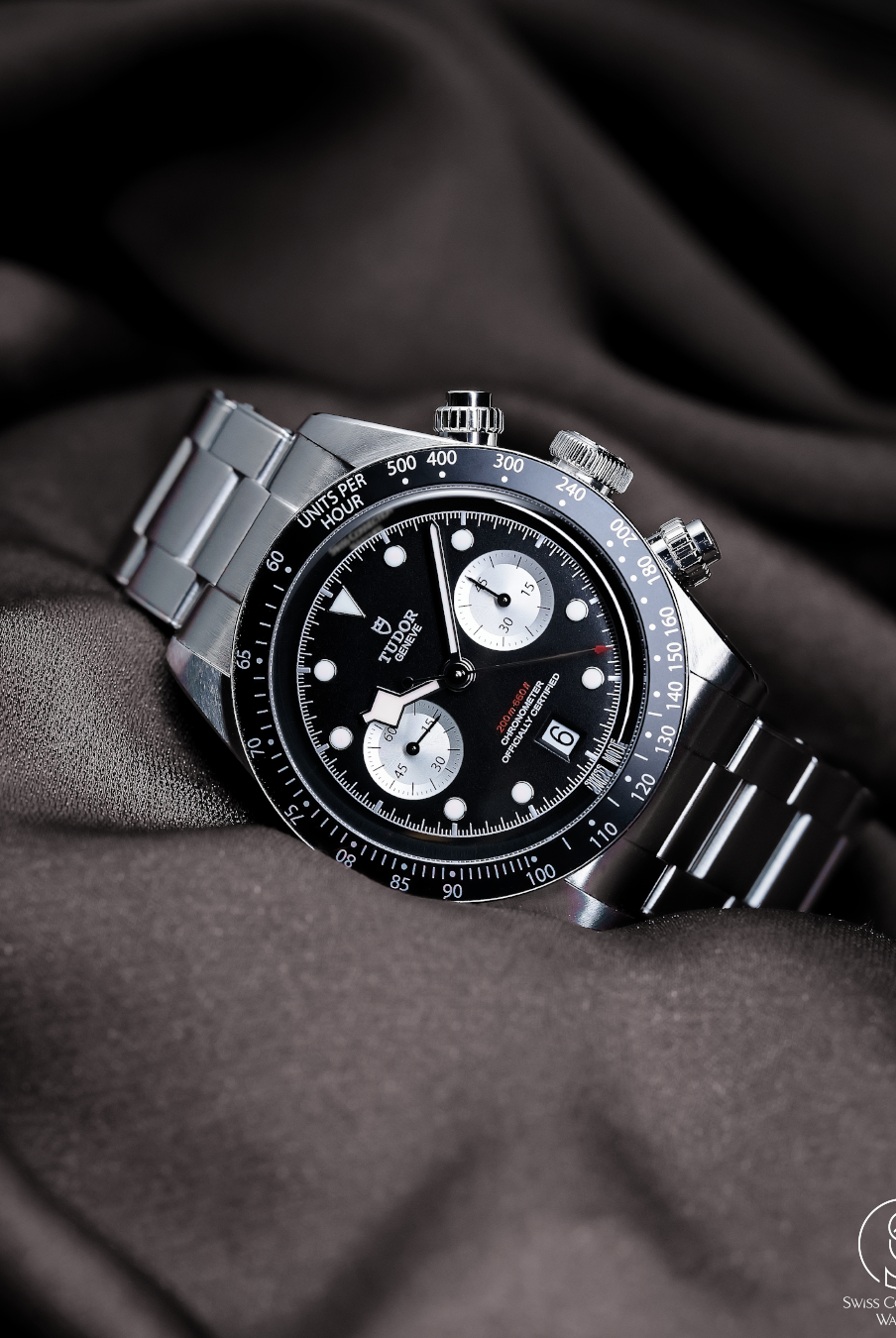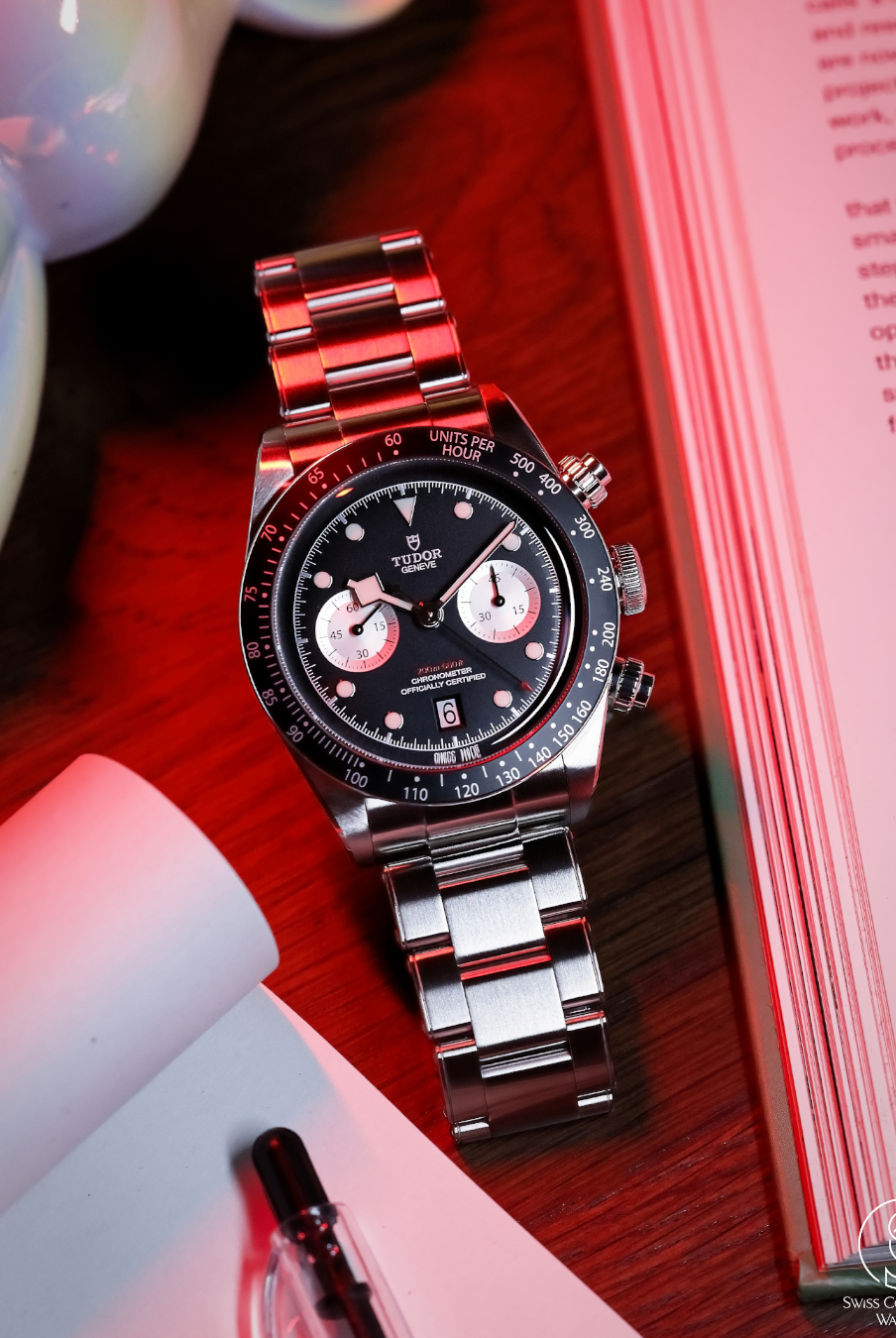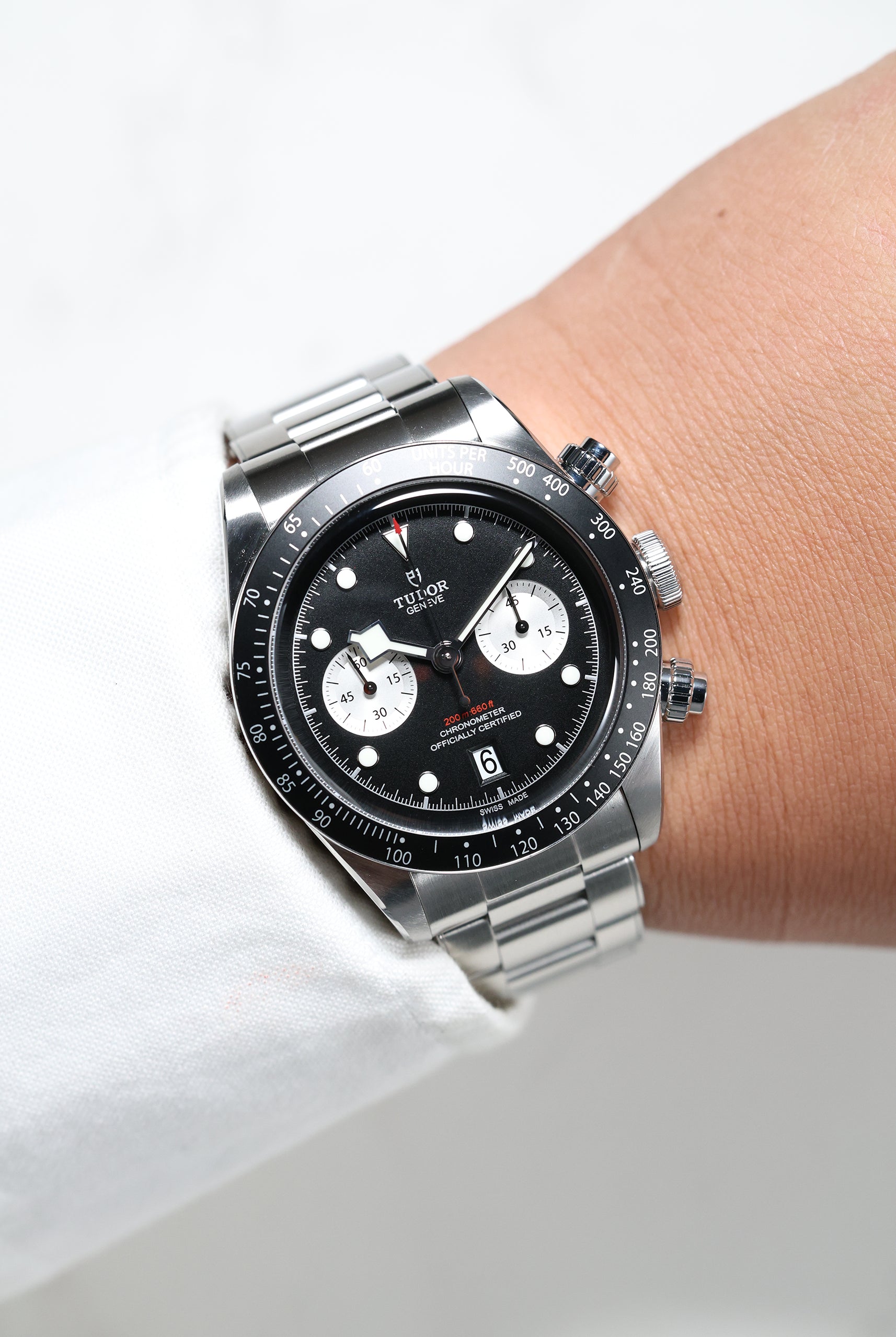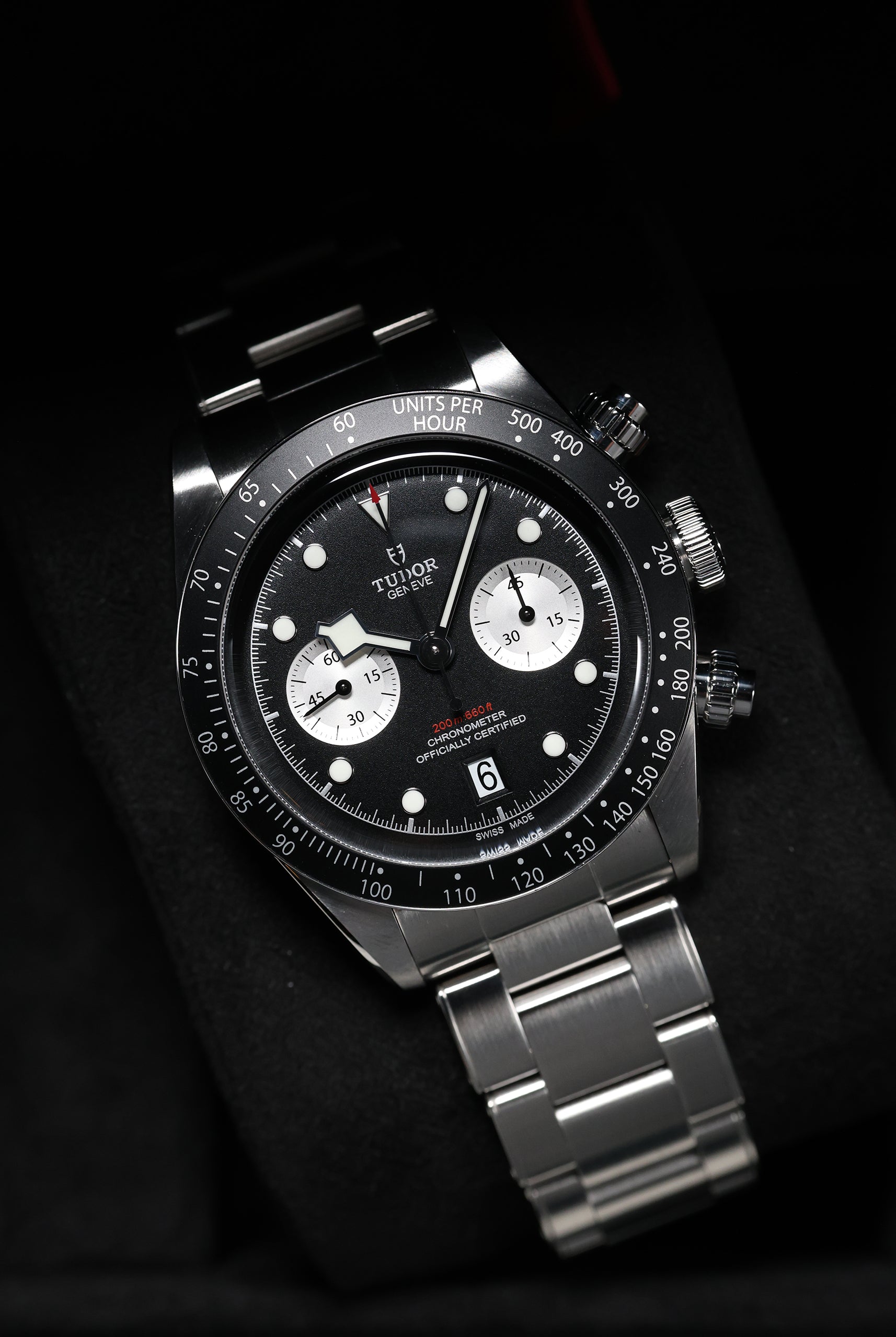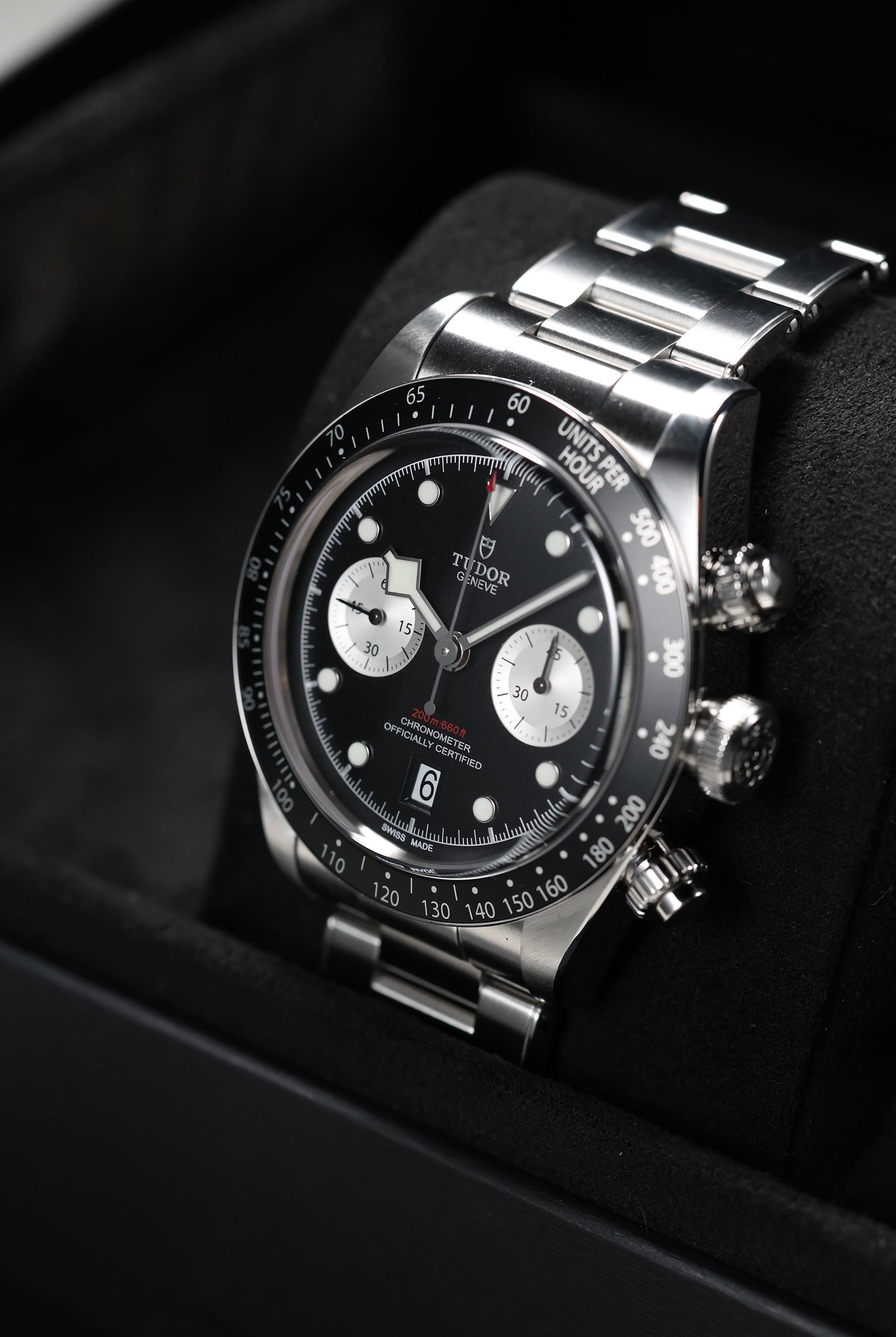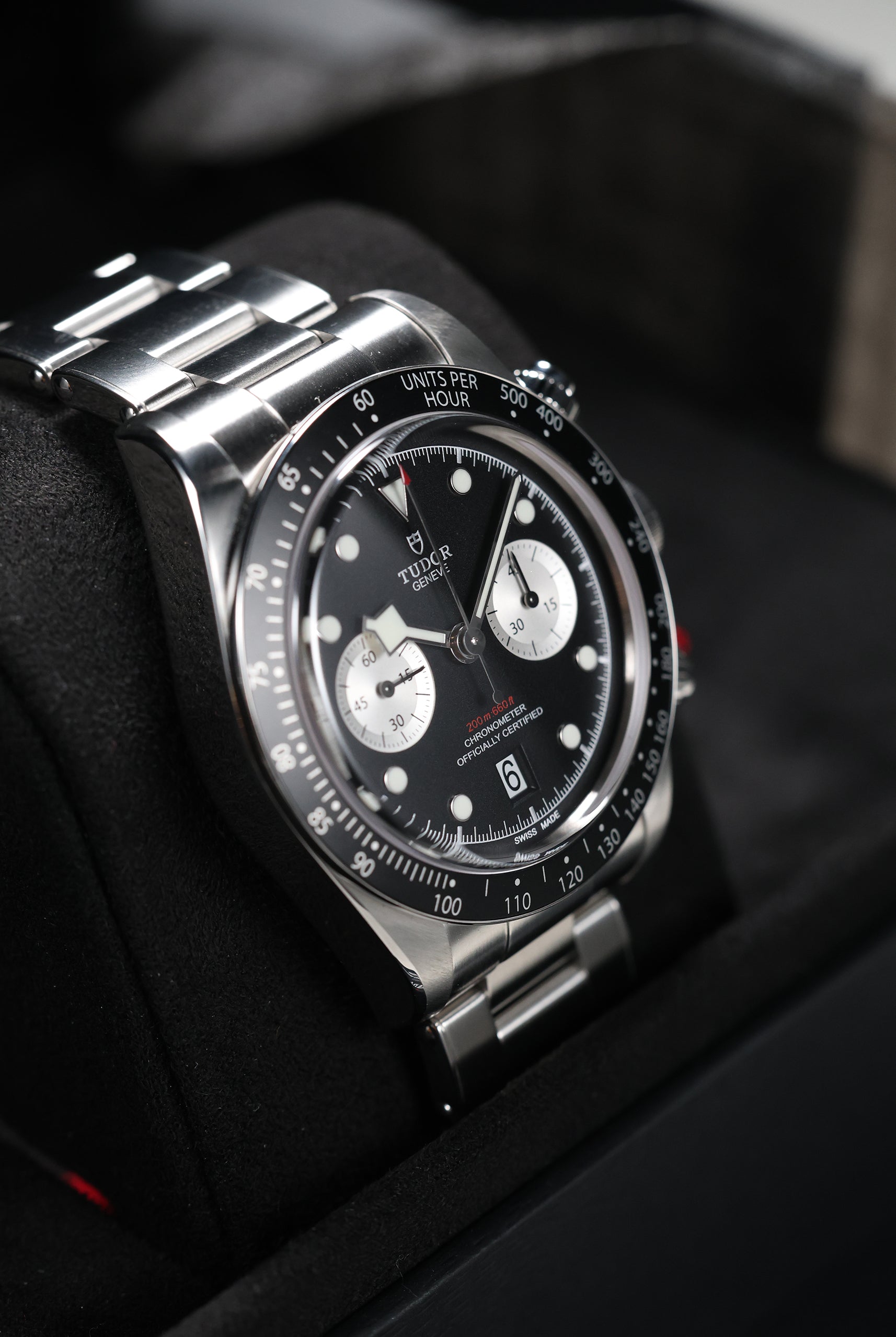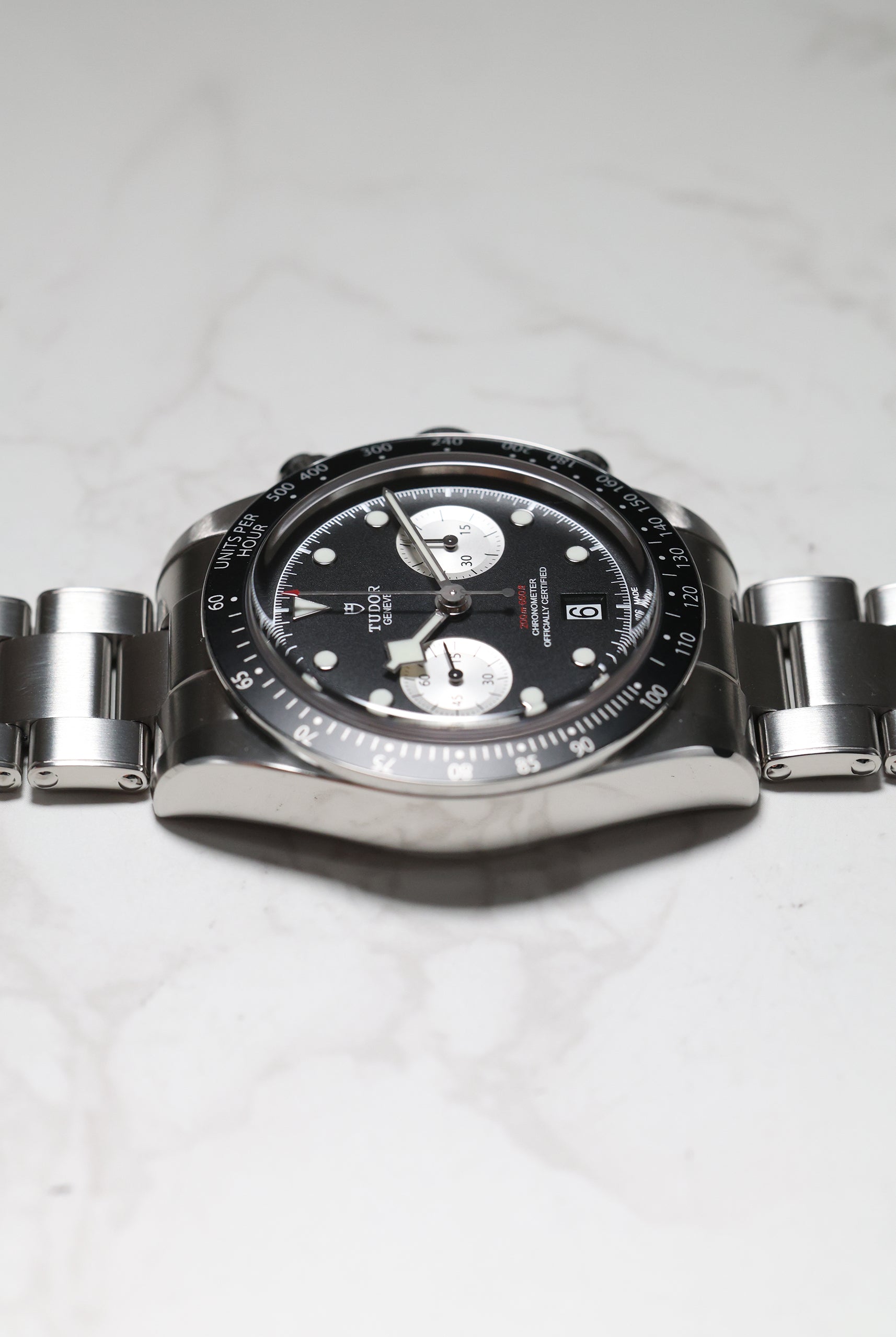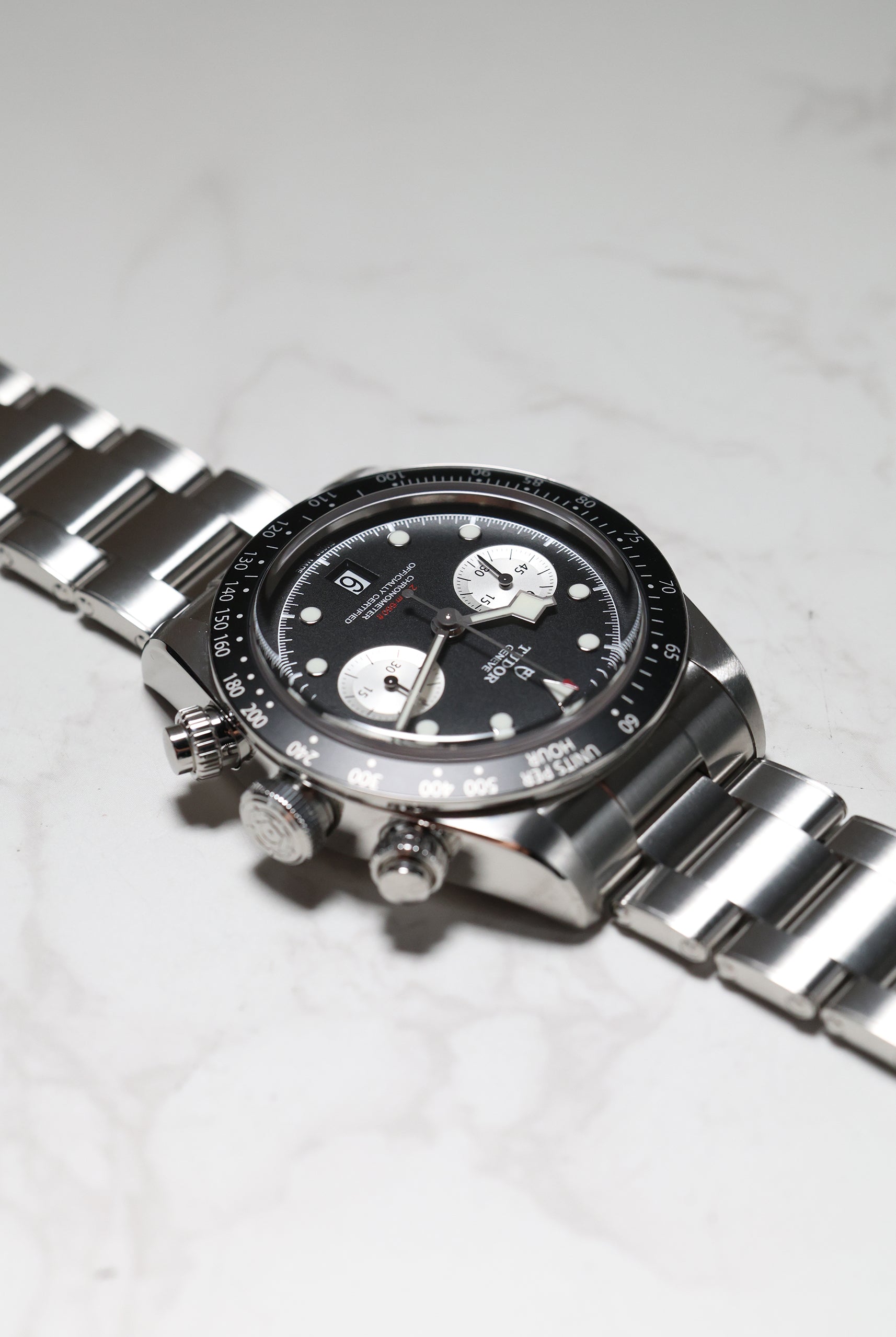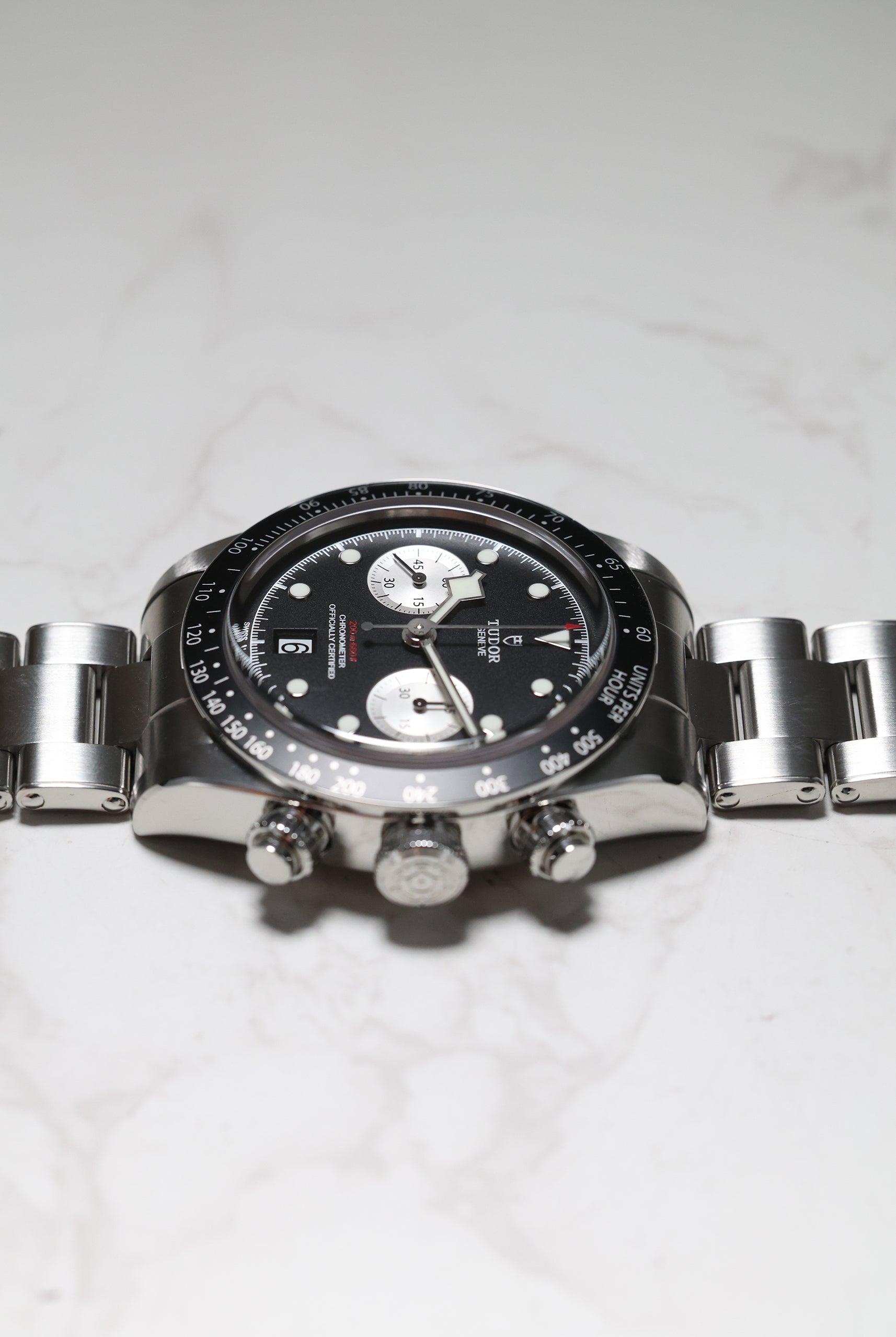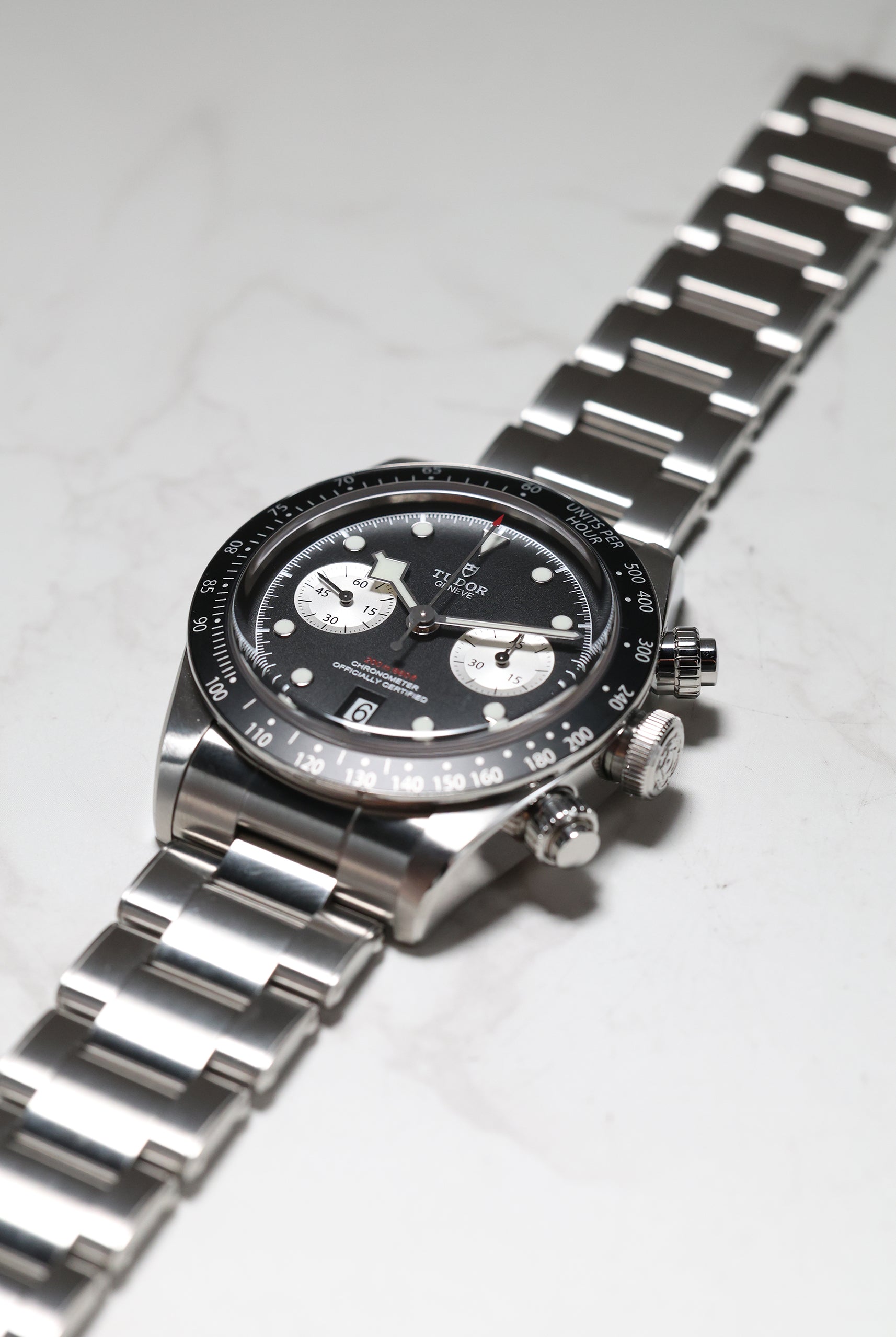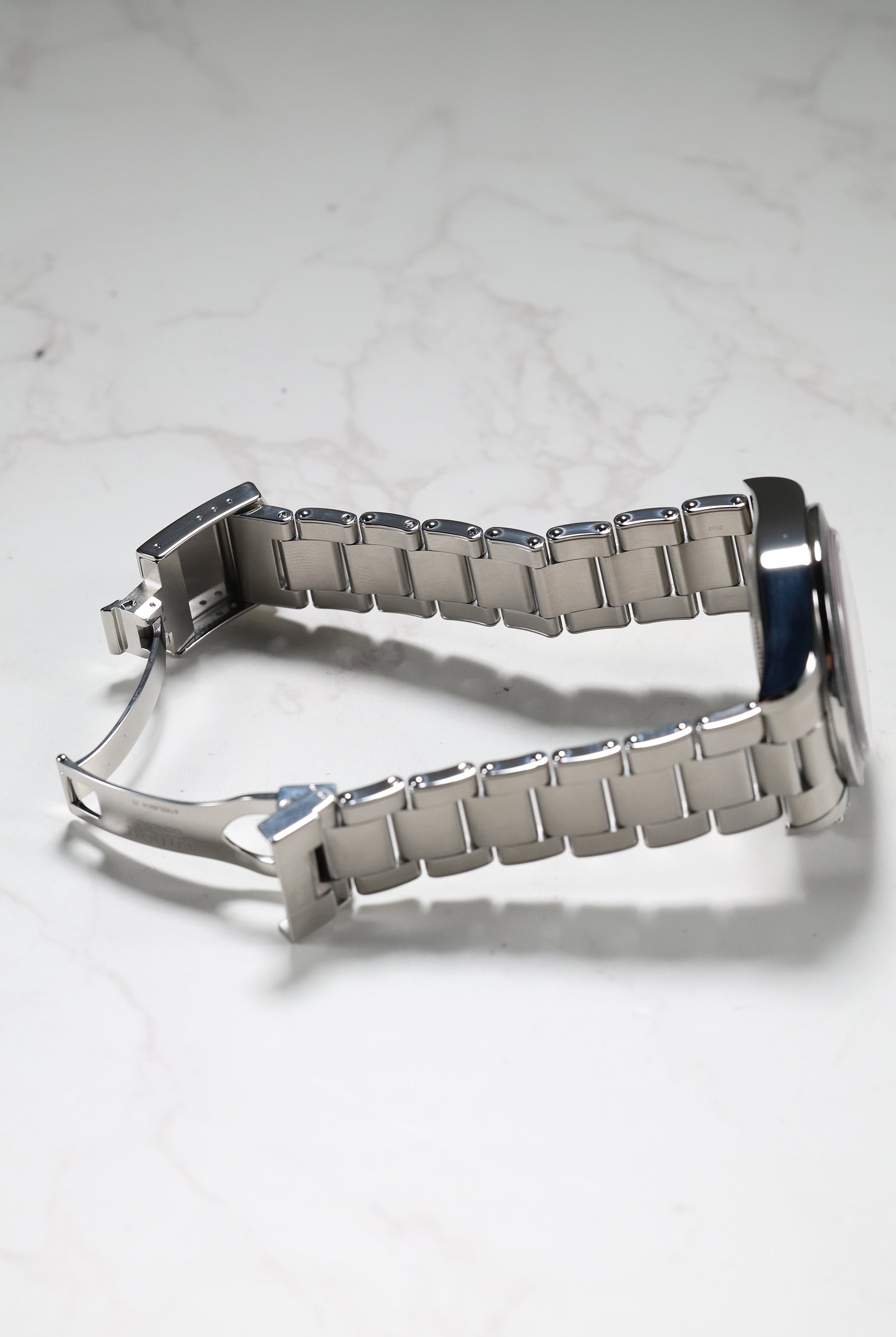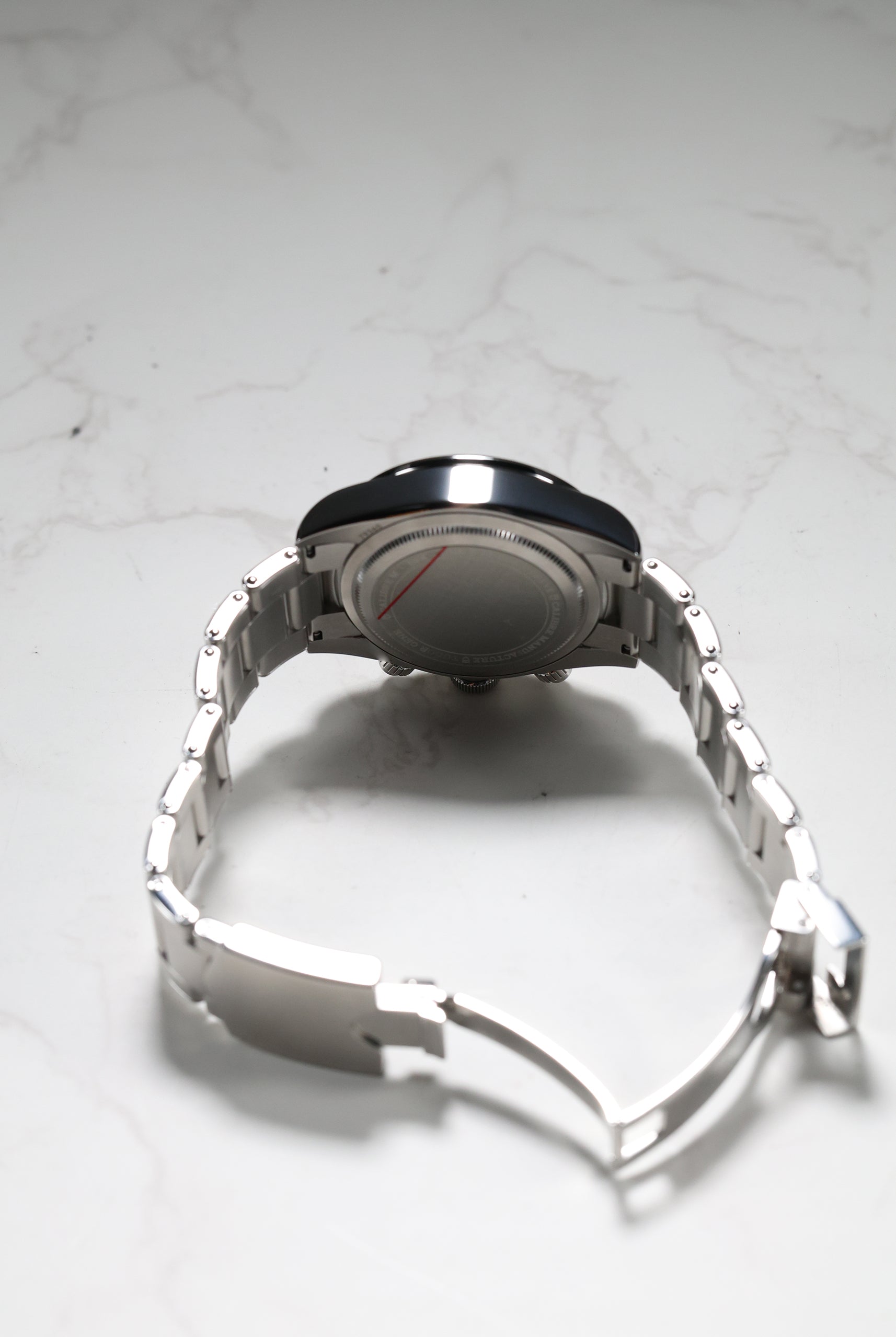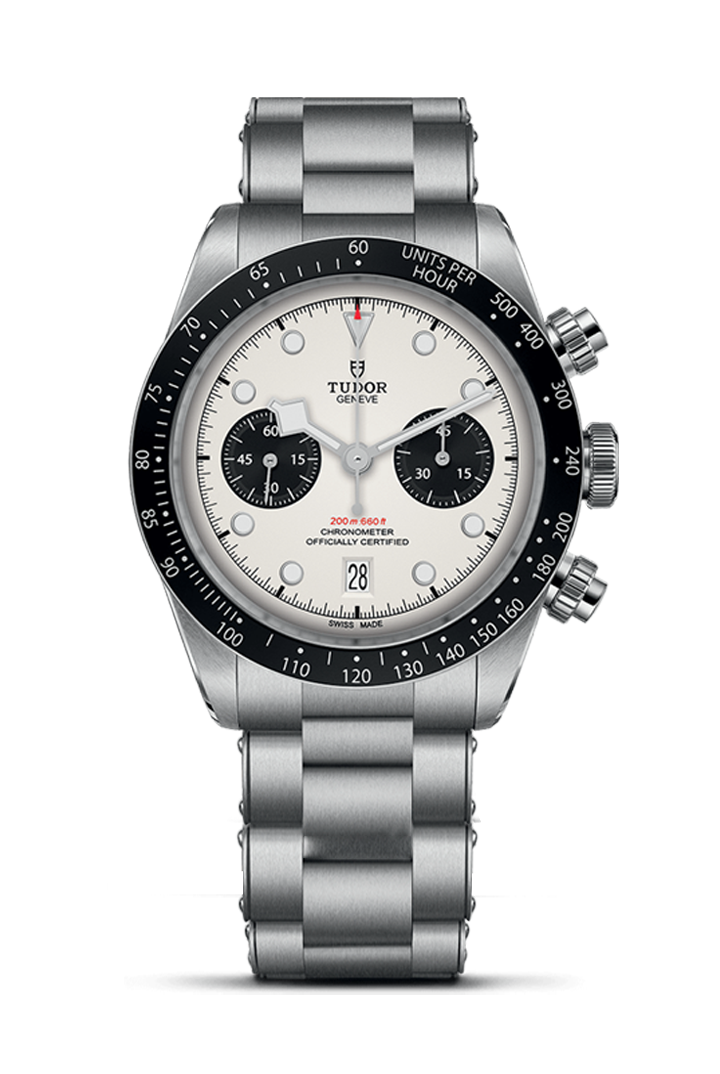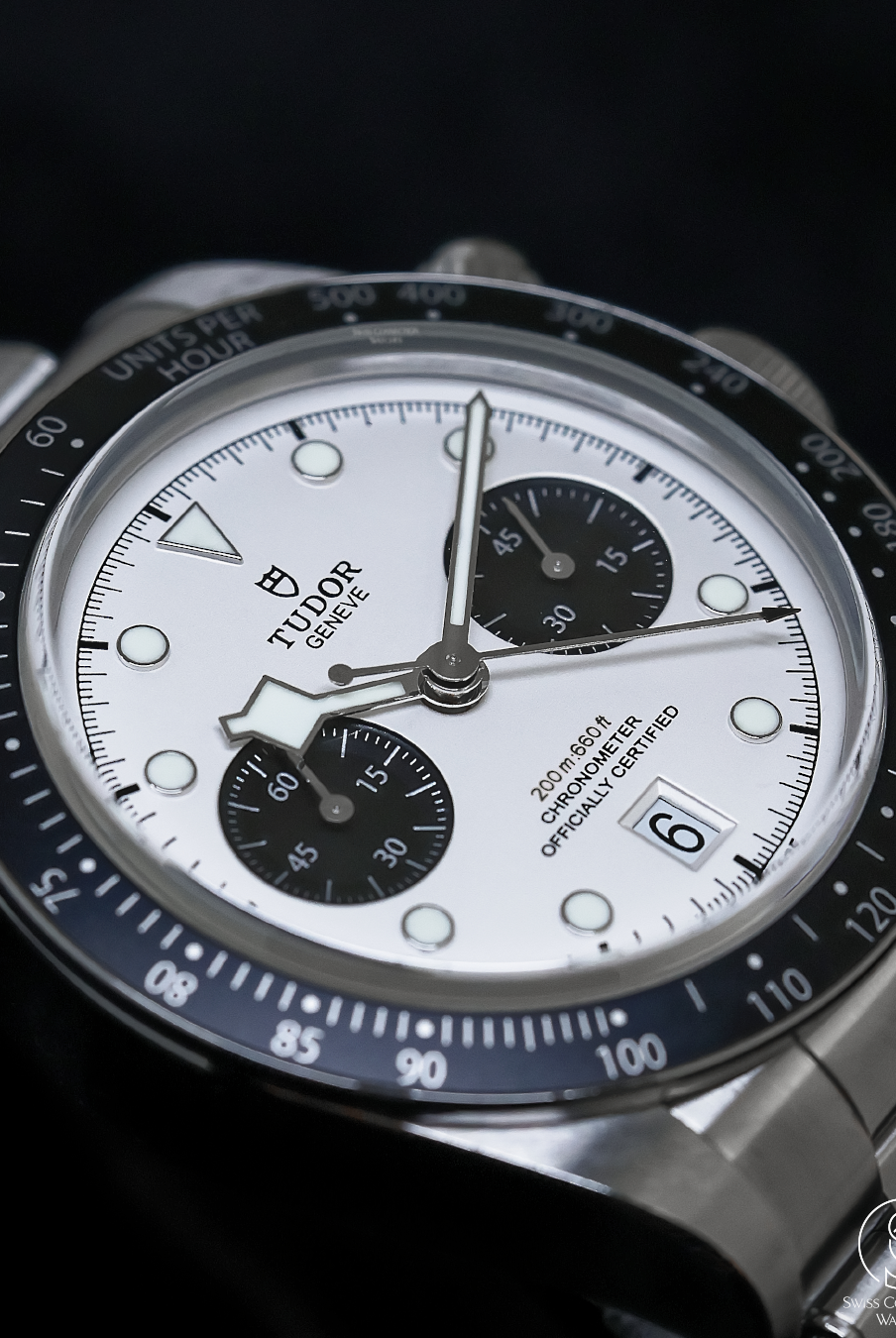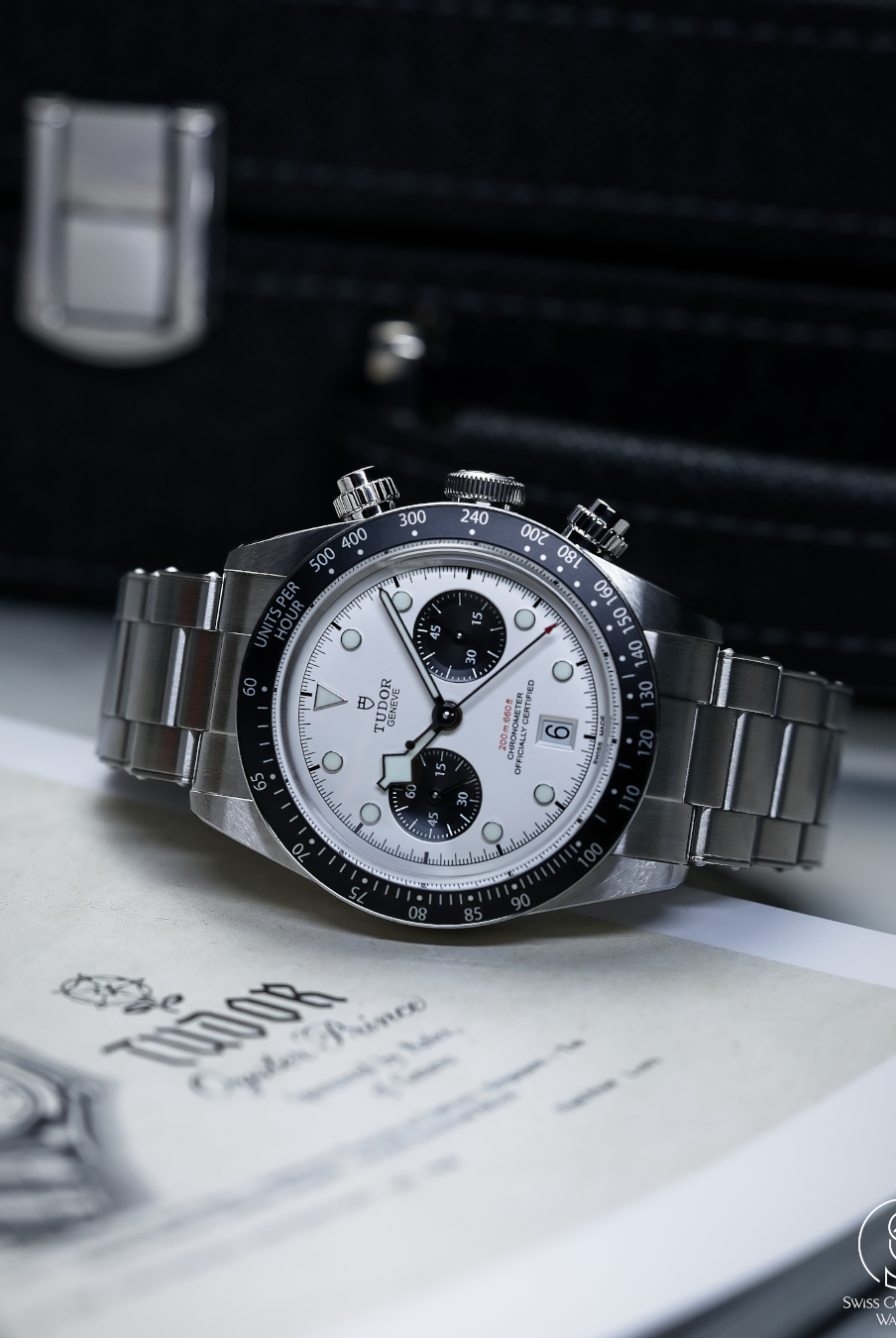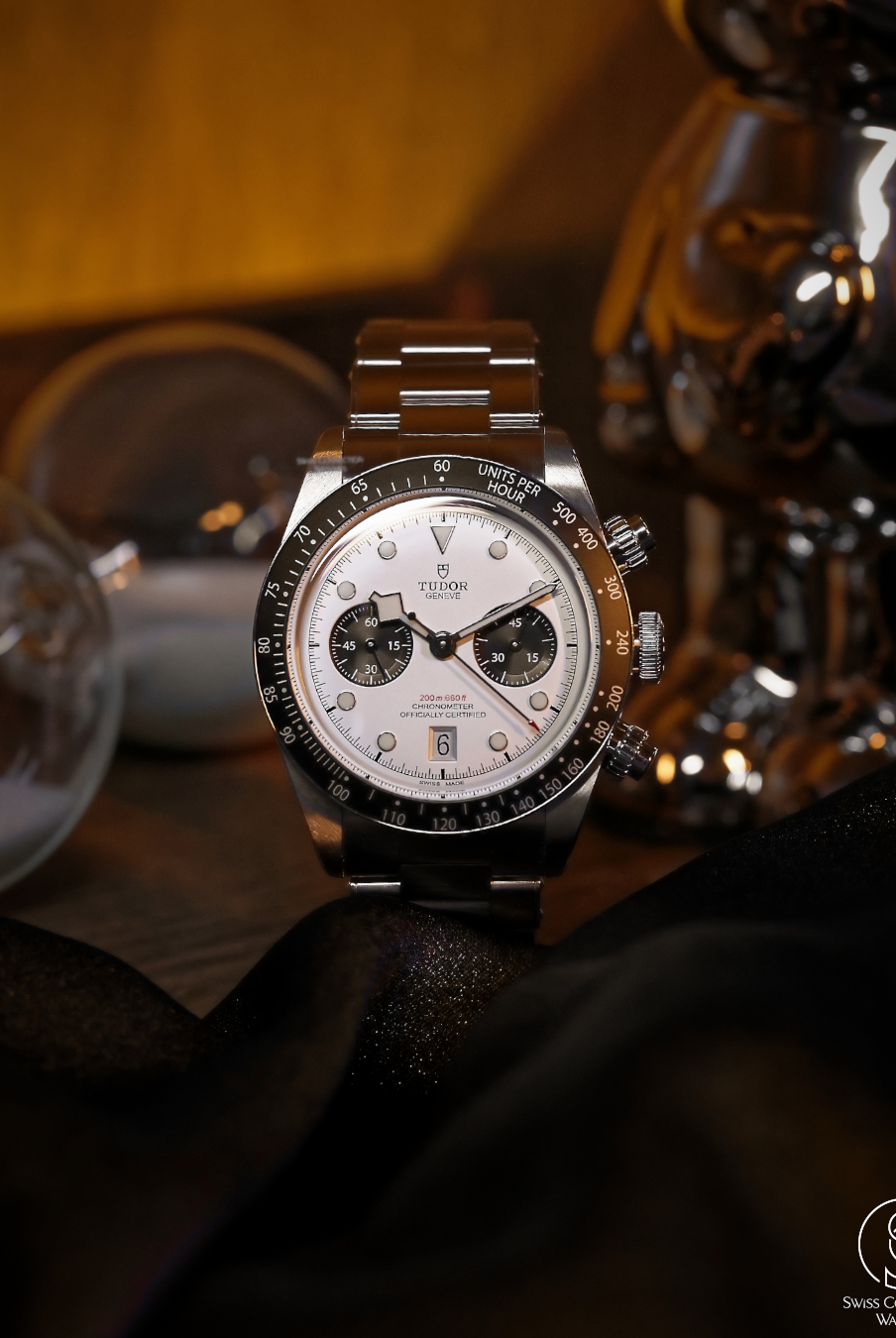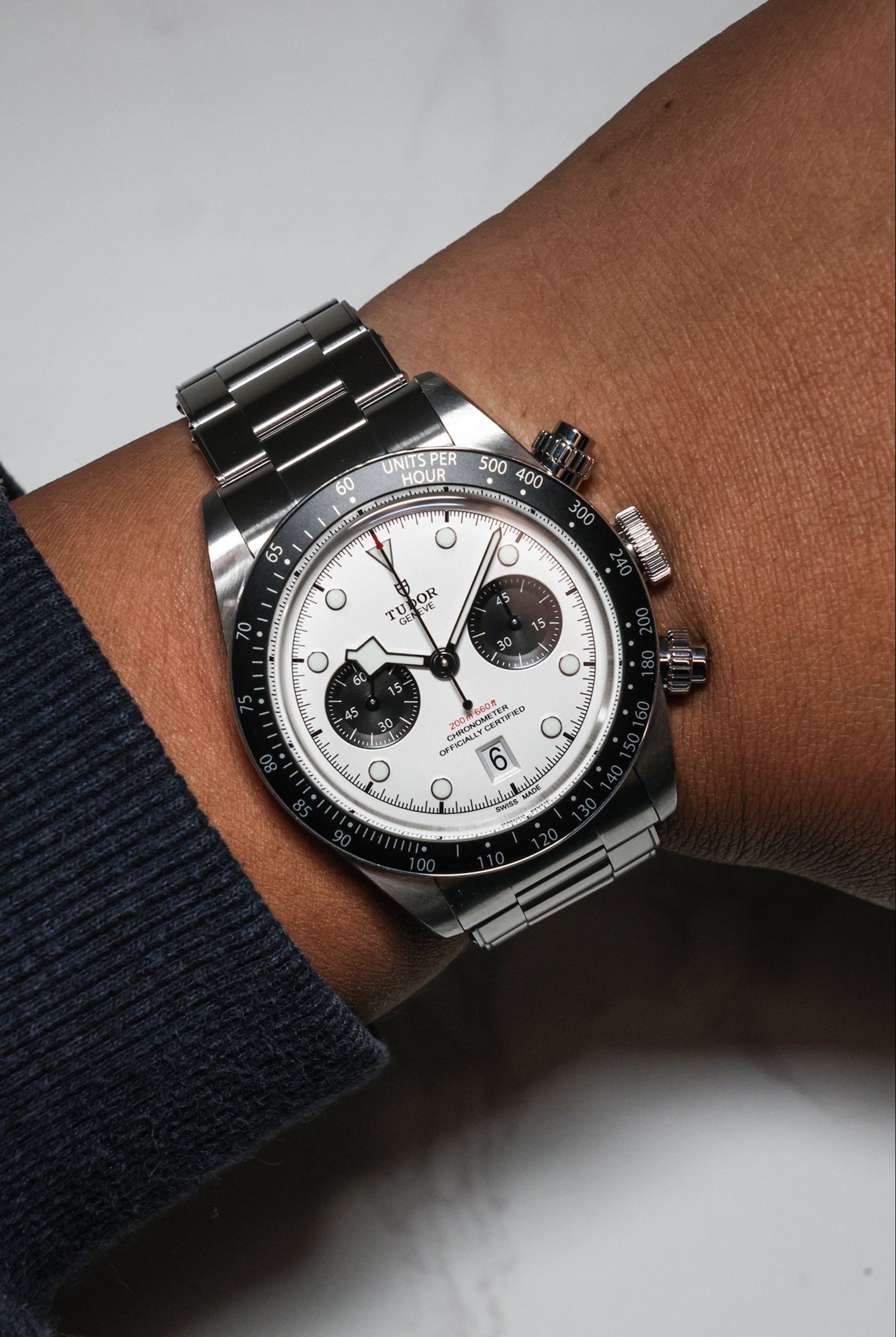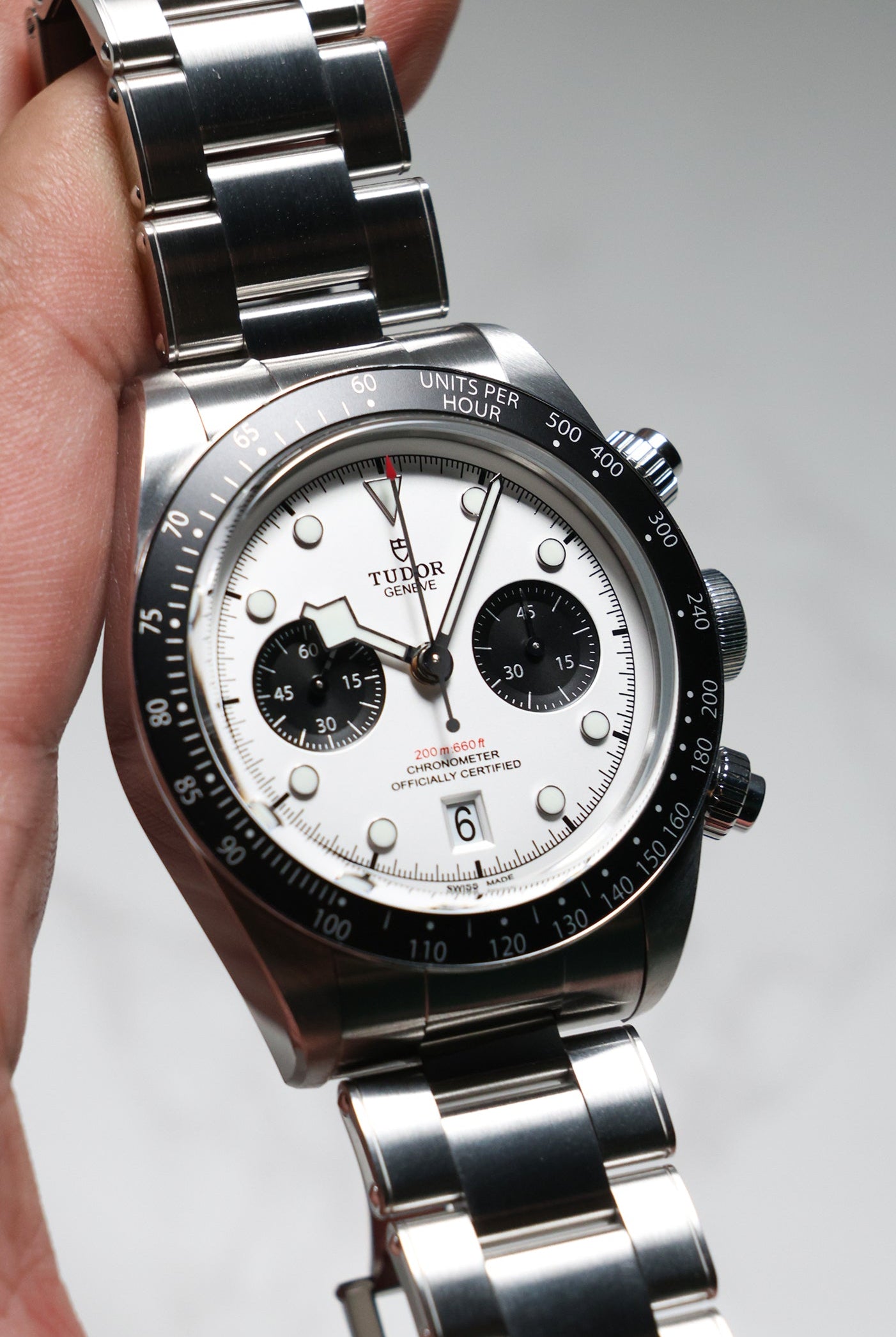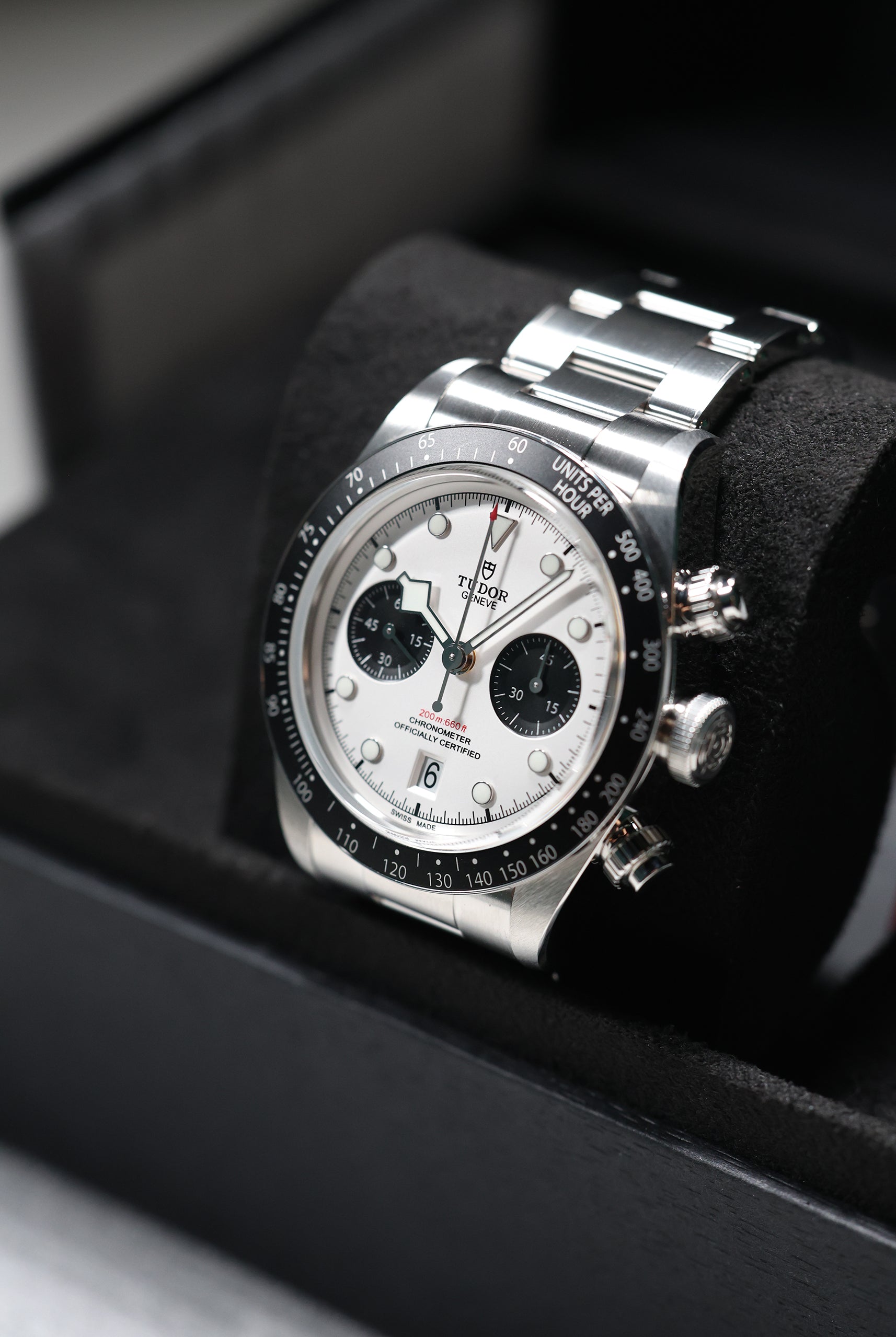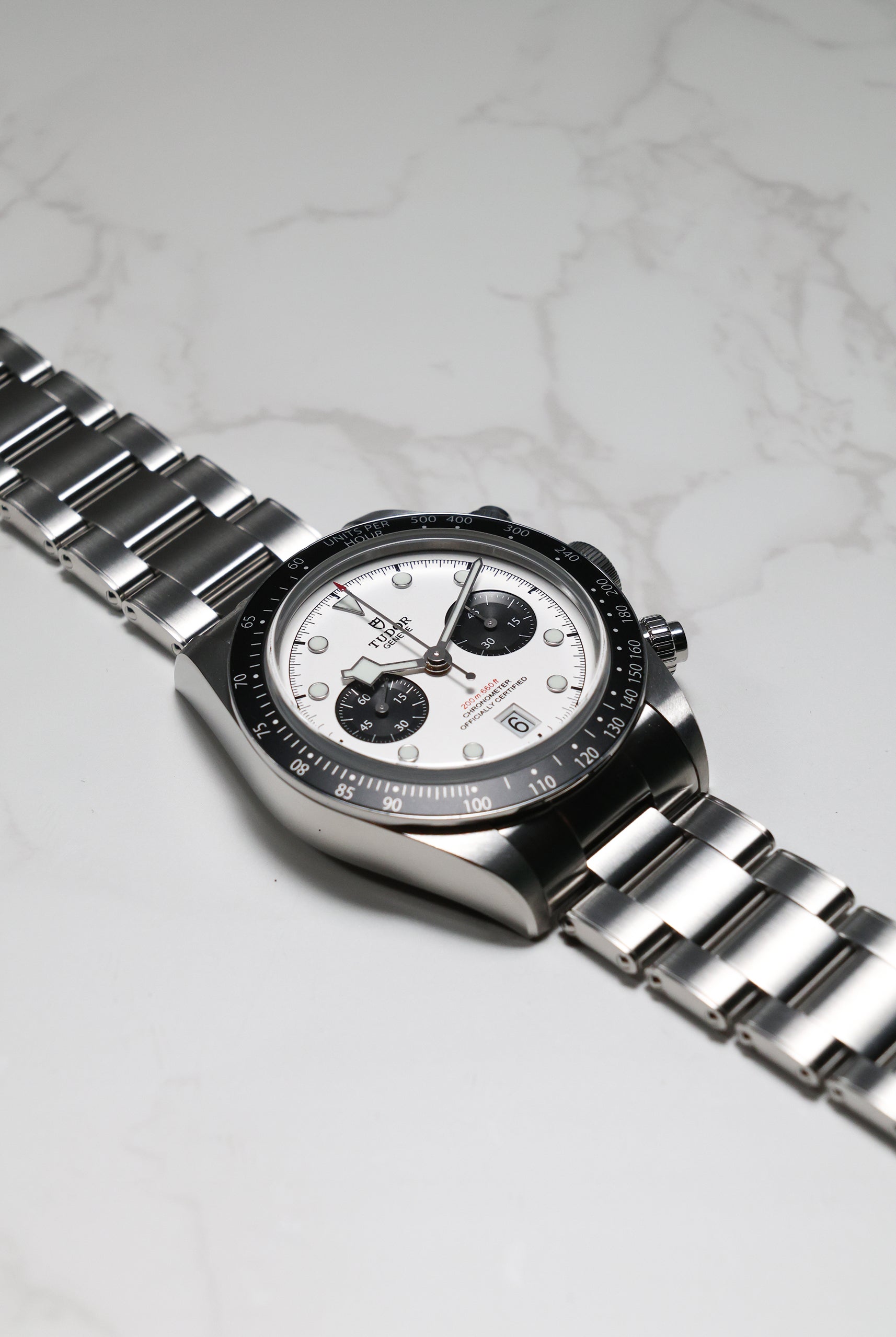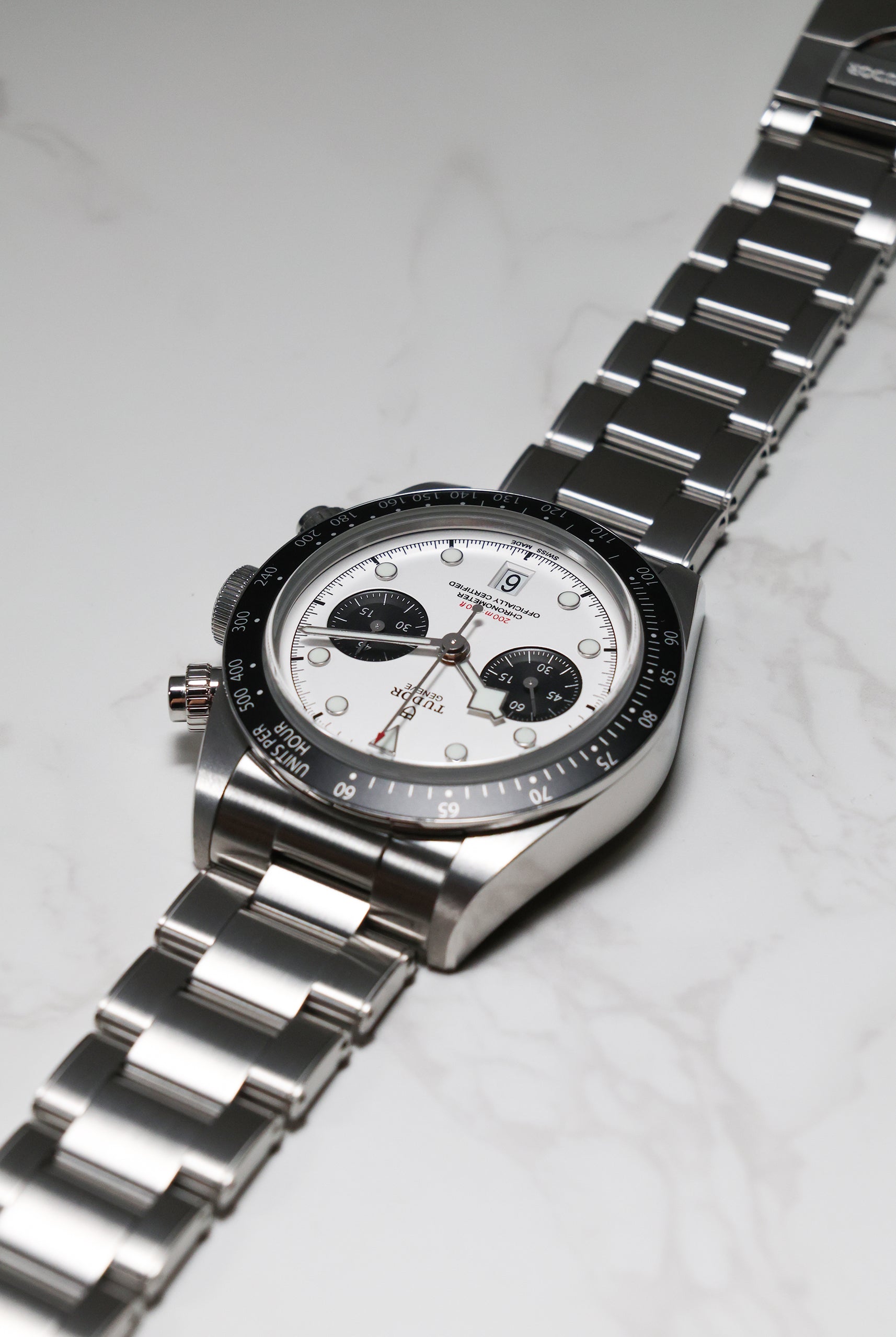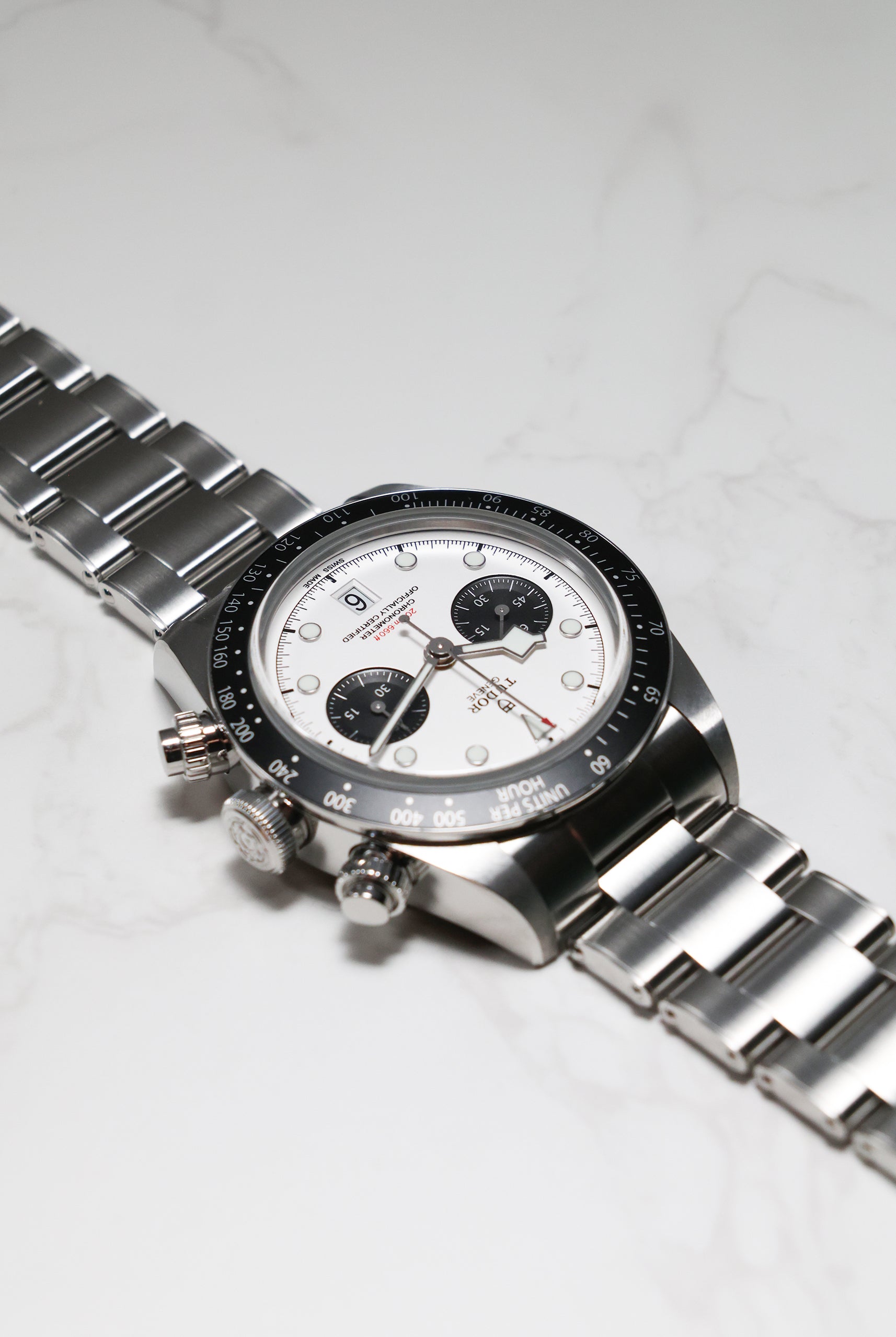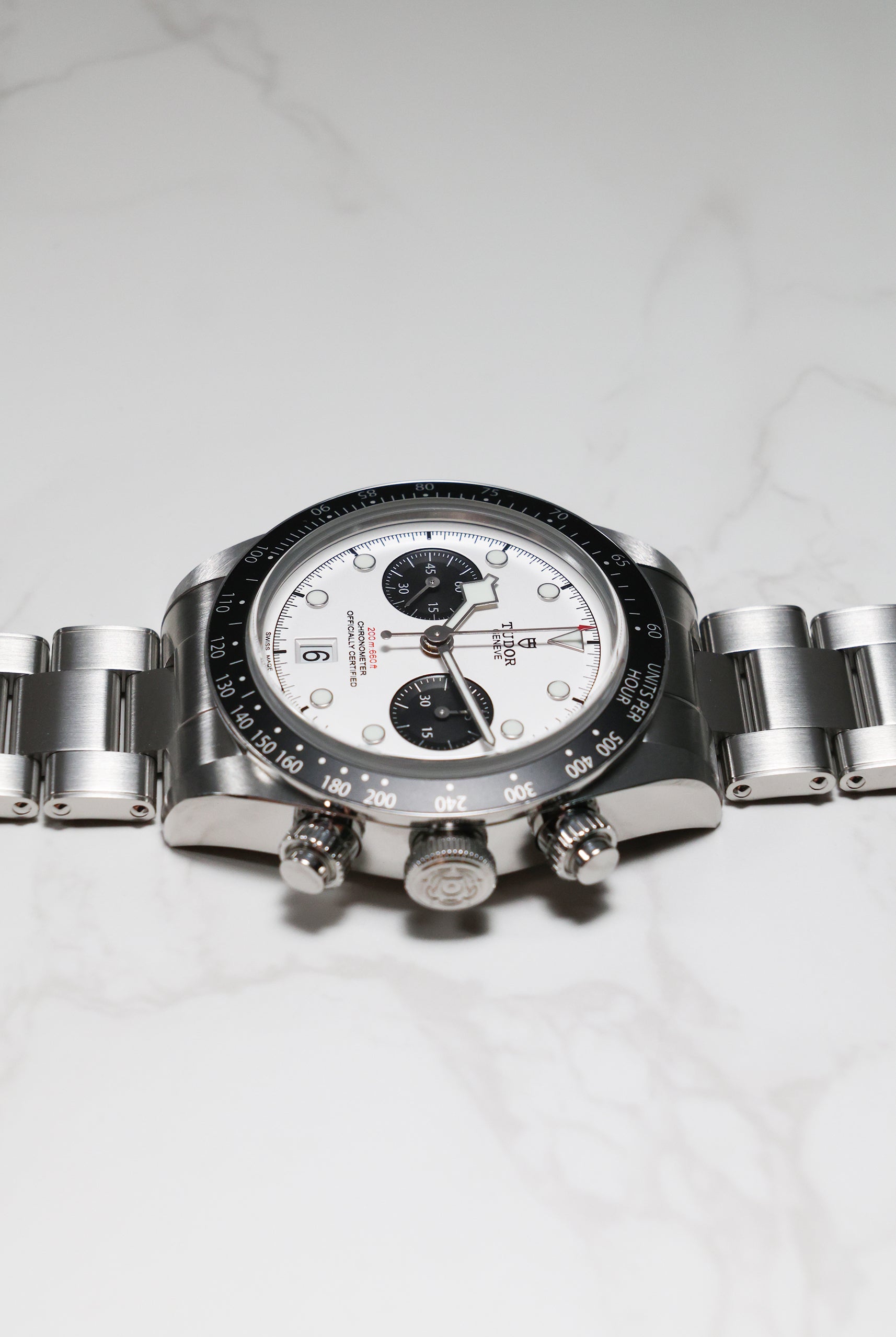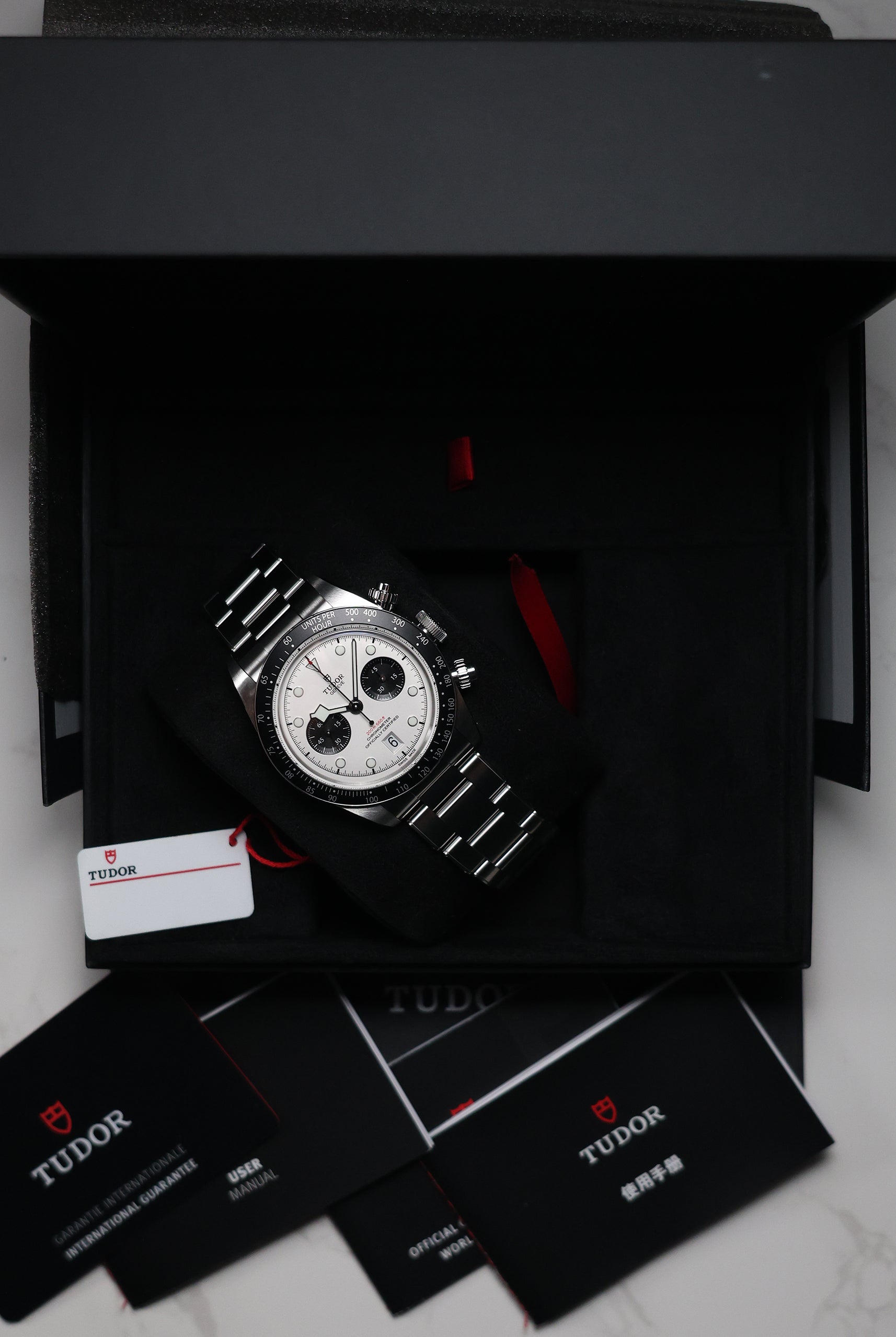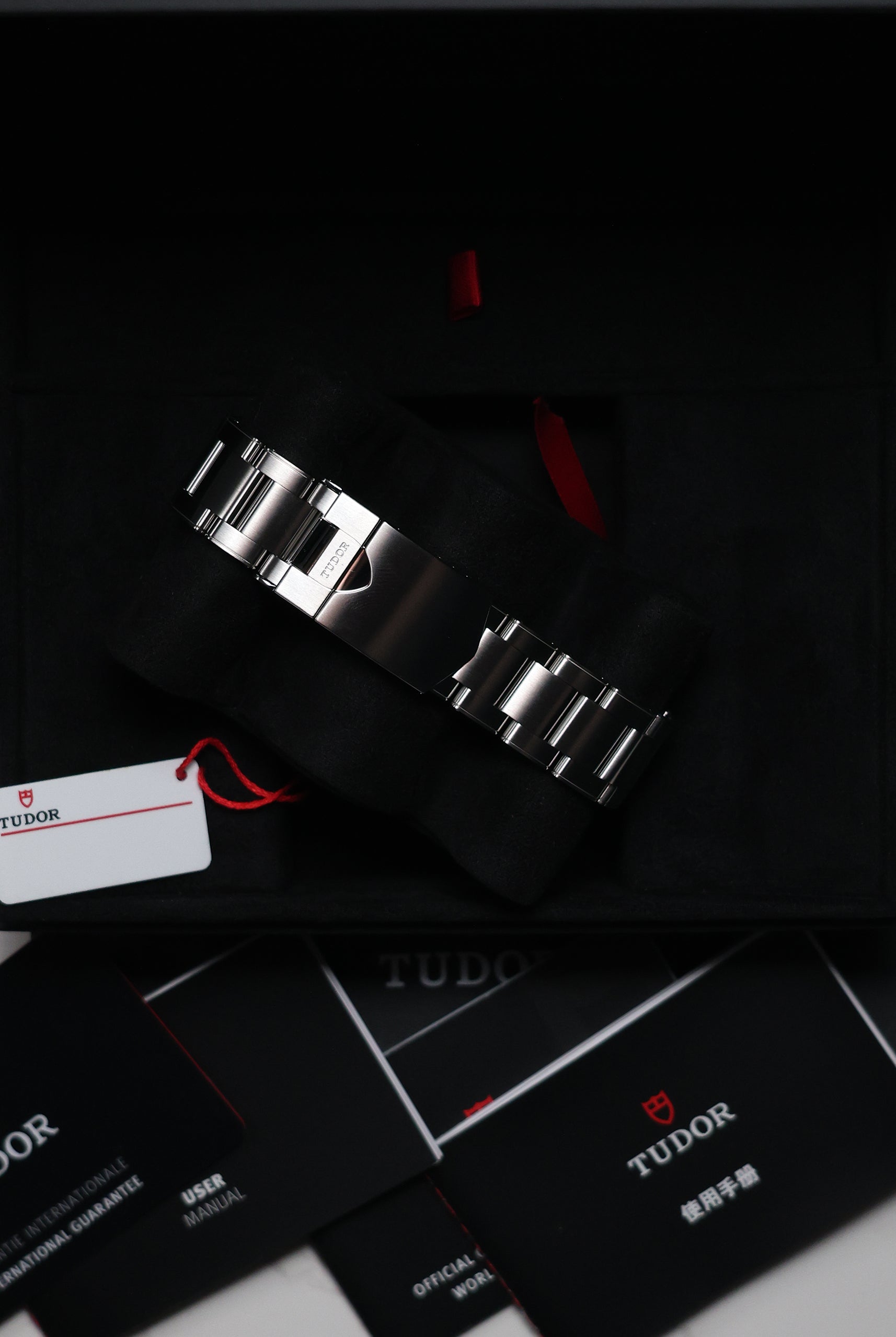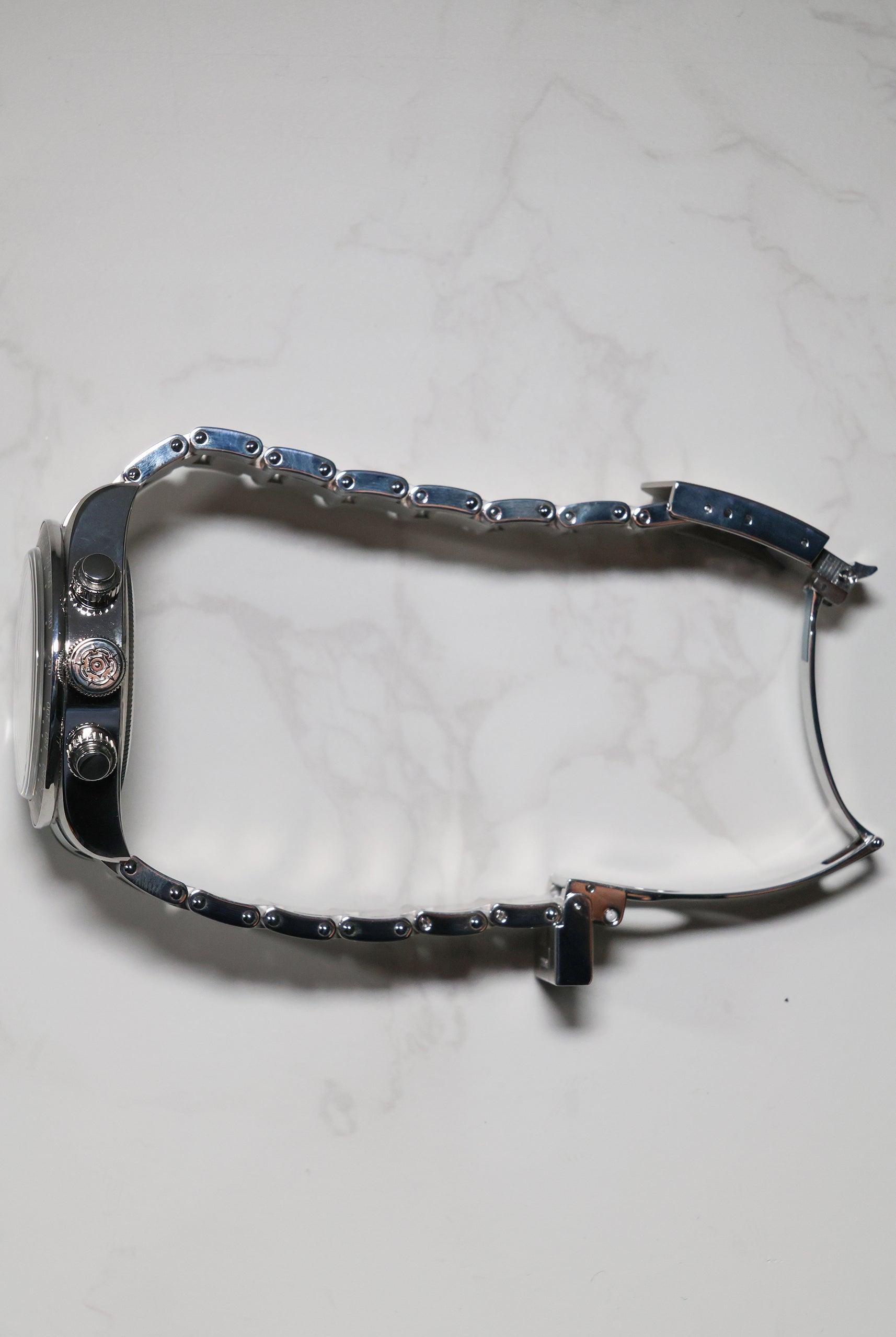Few watches have challenged convention quite like the Audemars Piguet Royal Oak. Amid a crisis that nearly ended Swiss watchmaking, it redefined what a luxury timepiece could be — bold, mechanical, and unapologetically modern. Yet, today, the widespread frenzy often overshadows its genuine, rule-breaking history.
The true meaning of the Royal Oak is much deeper than its luxury status. Its value is built on nearly 150 years of high horology and the 1972 decision that irrevocably changed the watch world.
Our focus today is on the most recent iteration of the model, the Royal Oak Self-Winding Chronograph, Ref. 26240ST. We argue that its technical brilliance and surgical finishing far outweigh the status-driven hype.
I. The Genesis of Rebellion: Gerald Genta and the Punk Rock Watch
Audemars Piguet was founded in 1875 in the Vallée de Joux, specializing in complicated movements, particularly minute repeaters. By the 1970, however, the brand, along with the rest of the Swiss industry, was under siege by the Quartz Crisis.
In a desperate bid for survival, AP commissioned the legendary designer Gérald Genta to create something entirely new. The resulting design was the Royal Oak, launched in 1972.
(Source: Christie's)
This launch was the defining moment for the entire luxury sports watch category. Genta’s signature was the bold, yet refined, integrated bracelet aesthetic—a style he would later refine for other icons like the Patek Philippe Nautilus (1976) and the redesigned IWC Ingenieur SL (1976). The Royal Oak was his first and most radical expression of this concept.
The watch featured a radically bold 39mm steel case with a visible octagonal bezel secured by exposed screws. Most shockingly, it was priced at CHF 4,200 (Swiss Francs). To put that figure in context: this steel watch cost more than twice the price of most gold dress watches at the time. It was vastly more expensive than a steel Rolex Daytona, which retailed for around half that price. Adjusted for inflation, that 1972 price tag would be equivalent to over CHF30,000 today, demonstrating its truly high-luxury positioning from day one. This intentional act of rebellion made it a "punk rock watch," and a timeless icon.
The Royal Oak Chronograph, while perhaps less common than the core Jumbo, soon followed, and its versatility exemplified the strength of the original Royal Oak template.
II. Unmatched Finishing: The Art of the Bracelet
The first thing any serious collector notes about the Royal Oak isn’t the dial—it’s the bracelet. It is a piece of art and the single element that most justifies the watch’s price point, separating it from mass-produced competitors. The bracelet feels like a hundred individual, perfectly weighted components working in seamless harmony on the wrist.
The finishing is defined by a meticulous hybrid of pronounced satin brushing and brilliant mirror polishing. The brushed surfaces are deep and even, while each edge is beveled to a razor-sharp mirror polish — transitions so precise, ensuring beautiful light play.
This level of detail, executed by master watchmakers, is the true benchmark for steel watch finishing. It honors the original rebellious spirit by proving that steel, when treated with the necessary craft, can be more luxurious than gold.
III. The Defining Texture: The Tapisserie Dial
While the case architecture is Genta’s industrial canvas, the dial is the tactile heart of the Royal Oak.
The distinct "Tapisserie" pattern—a signature motif of small, repeated squares—was chosen to complement the watch's rugged, tool-like case, providing depth and texture that differentiated it from the smooth, traditional dials of the era. It ensures that the dial itself is never flat or boring, but constantly interacting with light.
Crucially, the Tapisserie pattern is not merely stamped. It is created using a complex, centuries-old engine-turning machine called a pantograph. This machine meticulously reproduces a large, guiding template onto the small dial blank. This process is intensely manual, requires immense precision, and is now so specialized that only a handful of artisans can execute the Grande Tapisserie finish correctly, resulting in the distinct pyramid shape of each small square. This high-craft technique, hidden in plain sight, underscores the watch’s commitment to haute horlogerie far more than its steel casing suggests.
(Source : Audemars Piguet Chronicles)
IV. The Engine Room: The Calibre 4401 Upgrade
The current generation, including the Ref. 26240ST, introduced a substantial technical upgrade—the new in-house self-winding Calibre 4401—a major advancement over the previous modular movement. This is where the technical brilliance truly shines.
The Calibre 4401 is a robust, integrated chronograph caliber that includes several high-end innovations:
-
70-Hour Power Reserve: Providing almost three days of autonomy.
-
Column Wheel and Flyback Function: The column wheel ensures a smooth, crisp pusher feel, while the flyback function allows the chronograph to be instantly reset and restarted with a single push.
-
Transversal Balance Bridge: Used for enhanced stability and shock resistance, maintaining precision at its 4-hertz beat rate.
-
Patented Correction System: A detail often missed, this system eliminates the "slightest backlash of the hands when pushing in the crown," showcasing a commitment to mechanical perfection that is rare even at this level.
Engaging the pushers, you sense the precision immediately — the column wheel’s click is crisp, the reset is instant.
Furthermore, the movement is a visual spectacle, featuring incredible decoration and a signature 22-karat gold open-worked rotor visible through the sapphire caseback—a constant reminder that the engine within is as beautiful as the architecture on the outside.

V. The Evergreen Icon: A Constant in a Changing World
The most remarkable aspect of the Royal Oak is its sustained relevance. A 50-year-old design, virtually unchanged, shouldn't still define modern luxury watchmaking—yet it does.
AP achieves this through two key strategies: technical evolution and cultural integration.
First, the core design’s structural integrity allows AP to continuously experiment with cutting-edge materials. While the Royal Oak is now offered in high-tech ceramic, titanium, and gold, the original stainless steel combination remains the most desired and historically faithful execution.
Second, the line acts as a testbed for extreme horology. It hosts innovations like the RD2 Ultra-Thin Perpetual Calendar and the Supersonnerie minute repeater technology, alongside more traditional Openworked models. This proves the brand’s technical capability, but most clients still overwhelmingly gravitate toward the original time-only Jumbo or the Chronograph—the watches that most closely adhere to the 1972 blueprint.
Finally, the watch is culturally cemented by its calculated celebrity status and collaborations with relevant artists and designers. These partnerships ensure that the Royal Oak remains a part of the modern cultural dialogue, capturing new generations while maintaining its classic appeal. This combination of material innovation, horological diversity, and cultural visibility allows the iconoclast to remain an evergreen, sought-after staple.
Conclusion: Honoring the Iconoclast
The Audemars Piguet Royal Oak Chronograph 26240ST is often discussed in terms of exclusivity and status. But to focus on that is to miss the entire point.
The watch is a true pinnacle of technical execution and finishing, honoring the rebellious, iconoclastic origins that Gérald Genta designed into its DNA. Every single component—from the 70-hour integrated Calibre 4401 chronograph movement, with its patented anti-backlash system, to the hand-finished bevels of the bracelet and the engine-turned Tapisserie dial—creates a value that transcends hype entirely.
Considering the meticulously-finished dial and the integrated Calibre 4401 movement, which technical aspect of the 26240ST do you think is the most compelling argument against it being just a status symbol?
Explore the Audemars Piguet Collection Here
Visit our Kuala Lumpur boutique for a private consultation and hands-on experience.
Watch Our Full Video
For a detailed look at the craftsmanship and feel of these exquisite watches, be sure to watch the full video review below.




